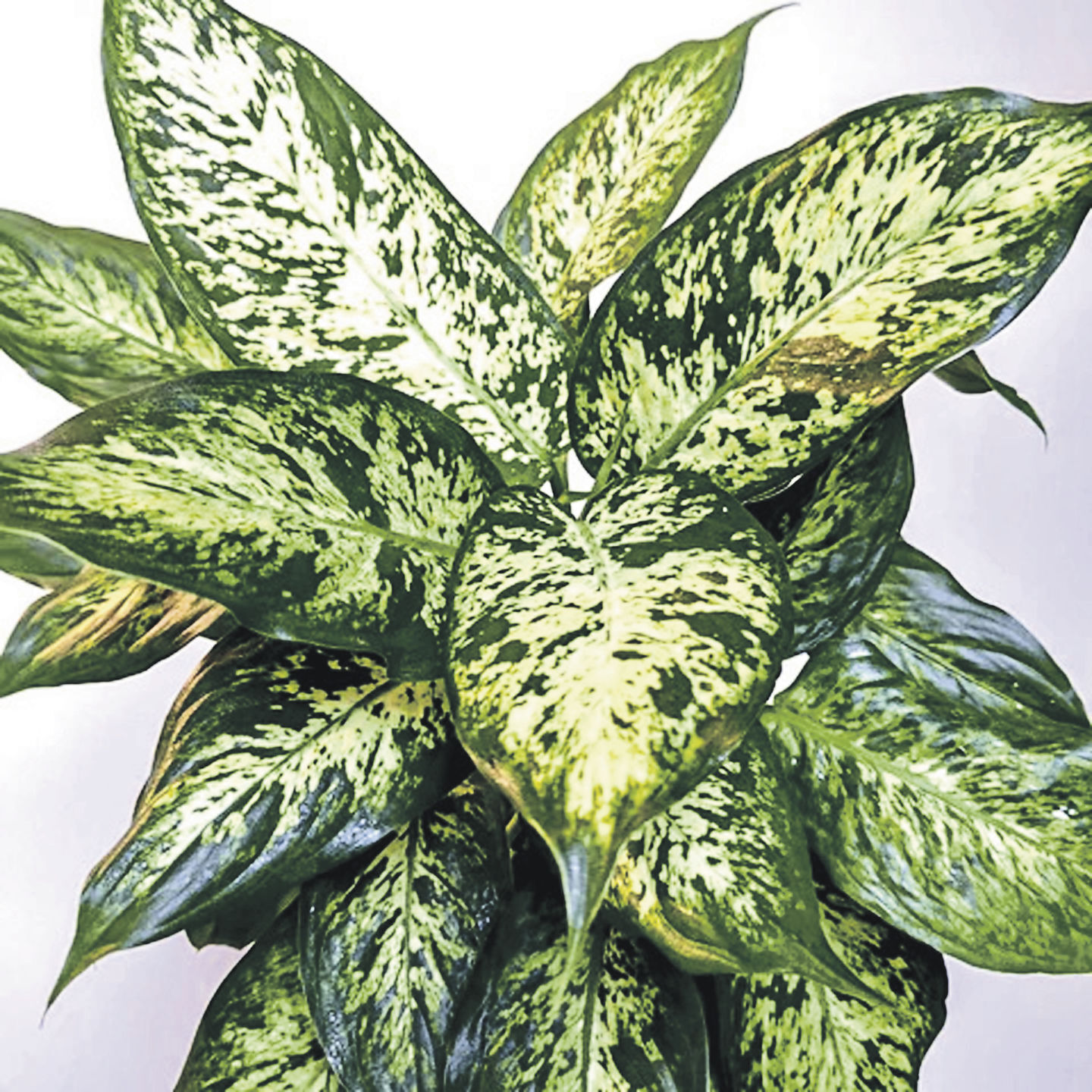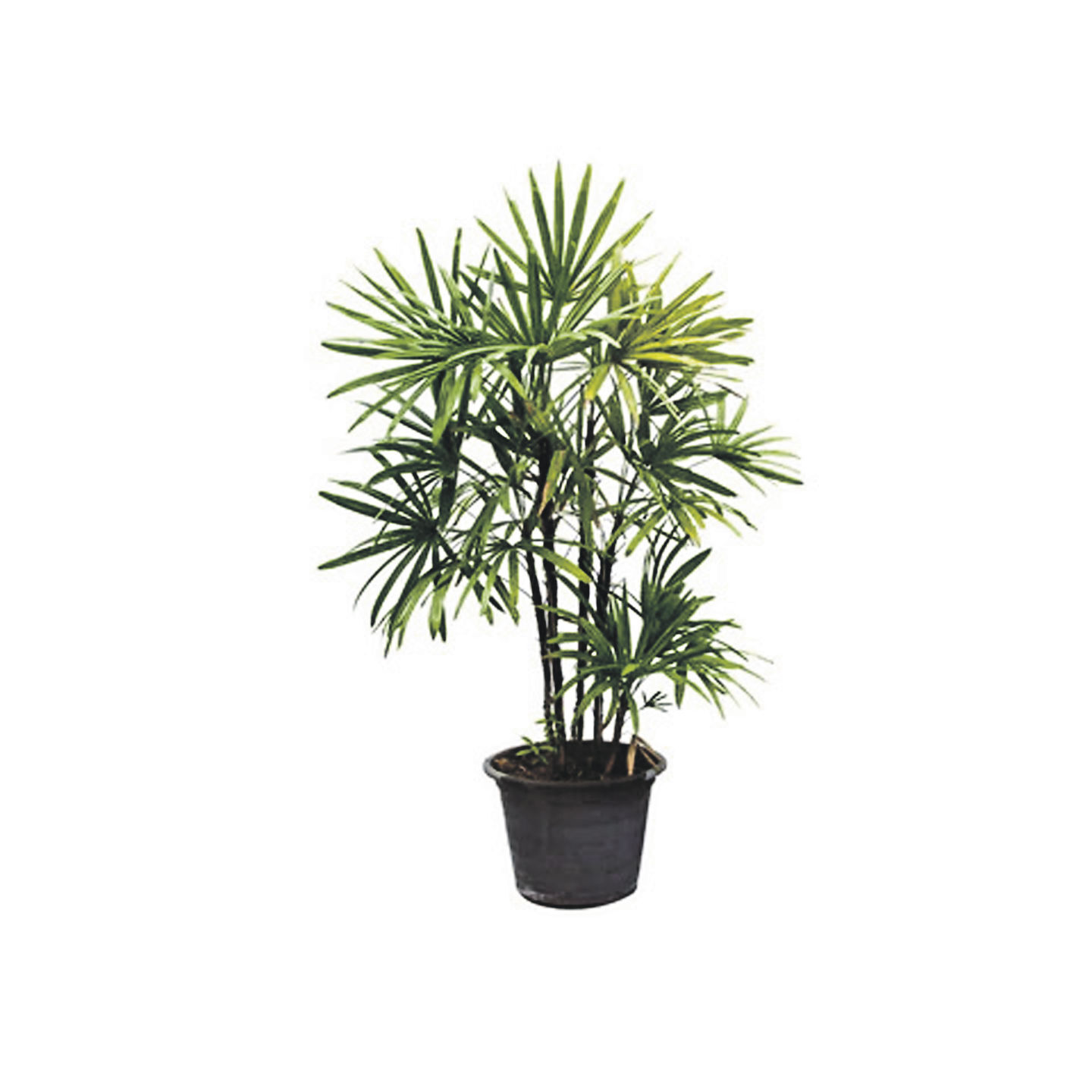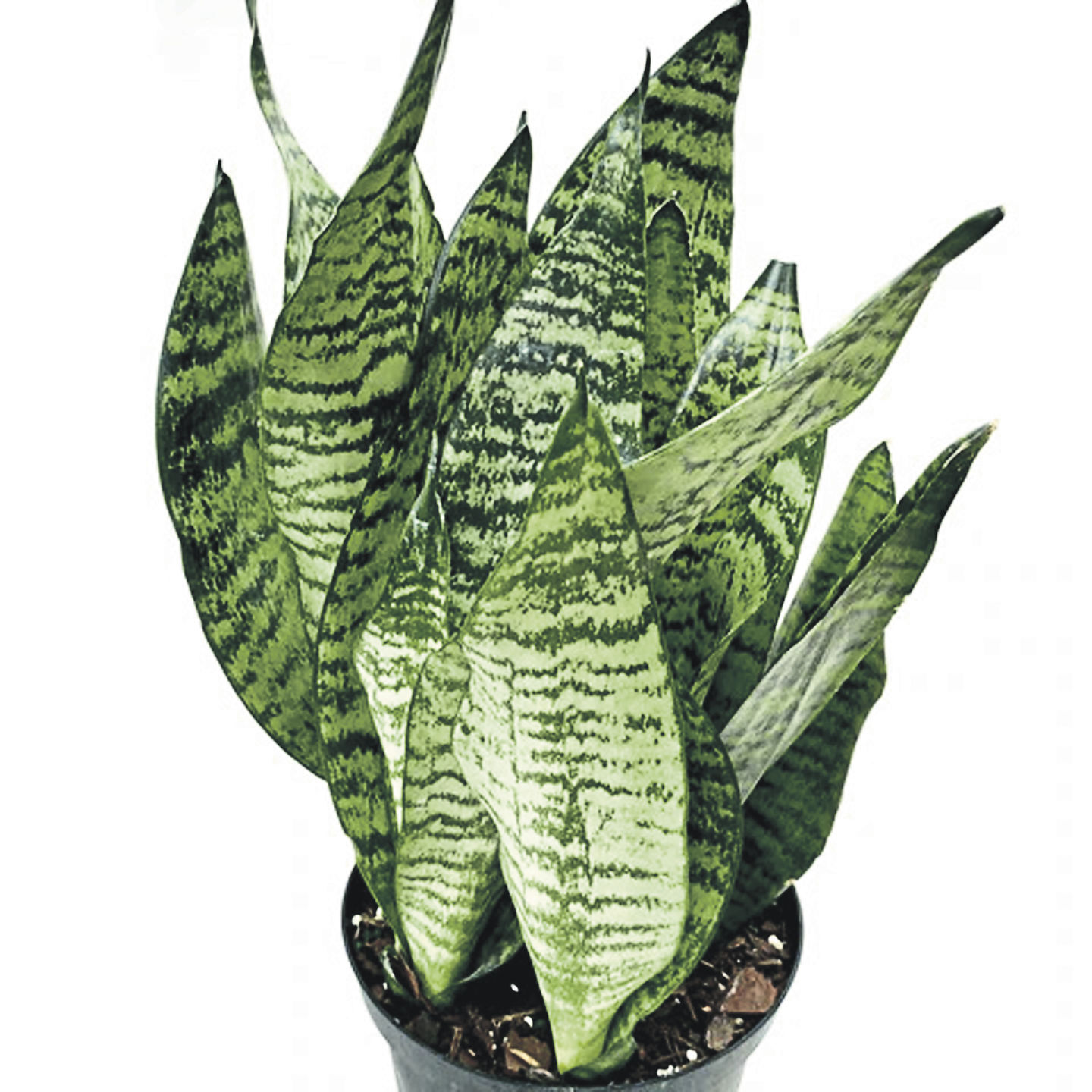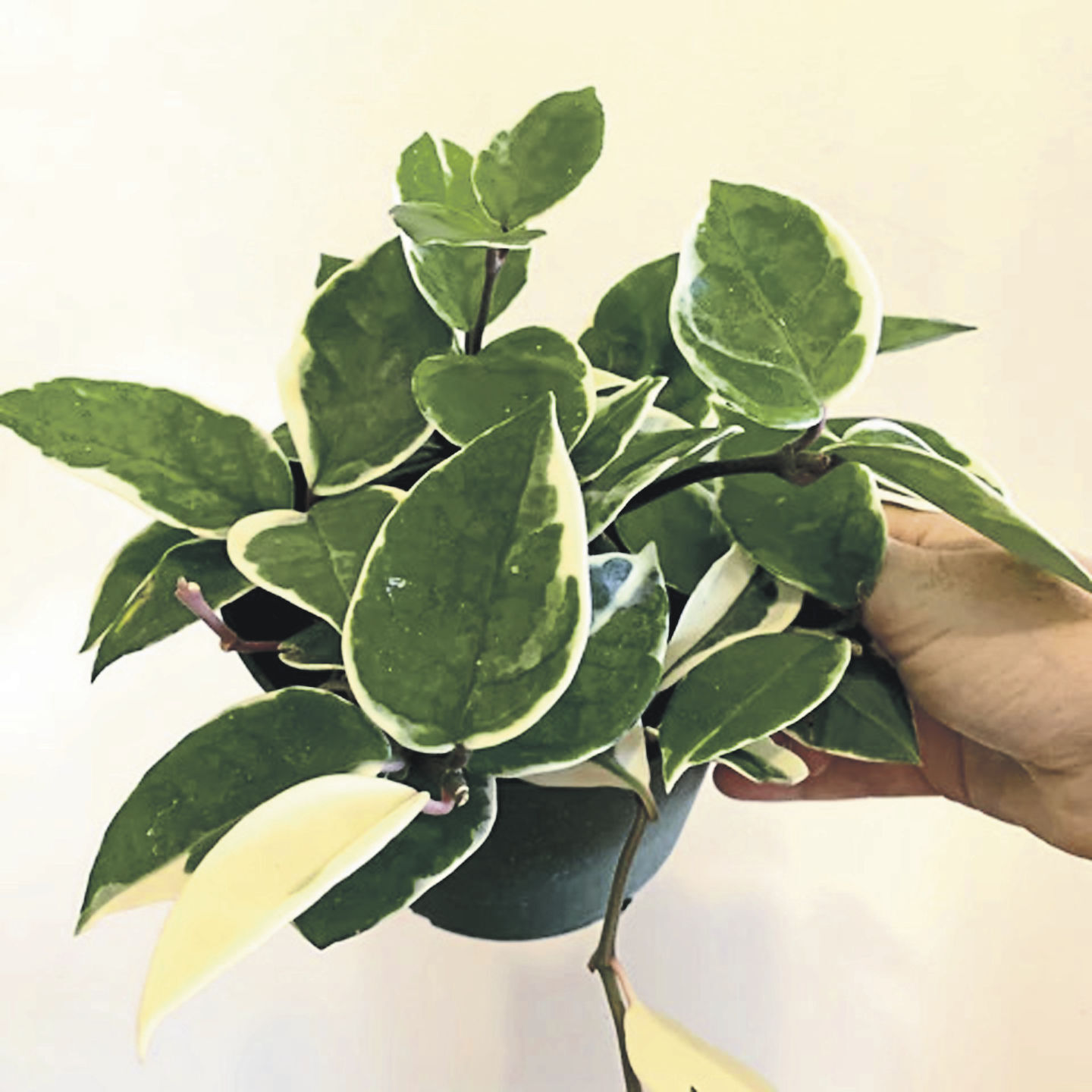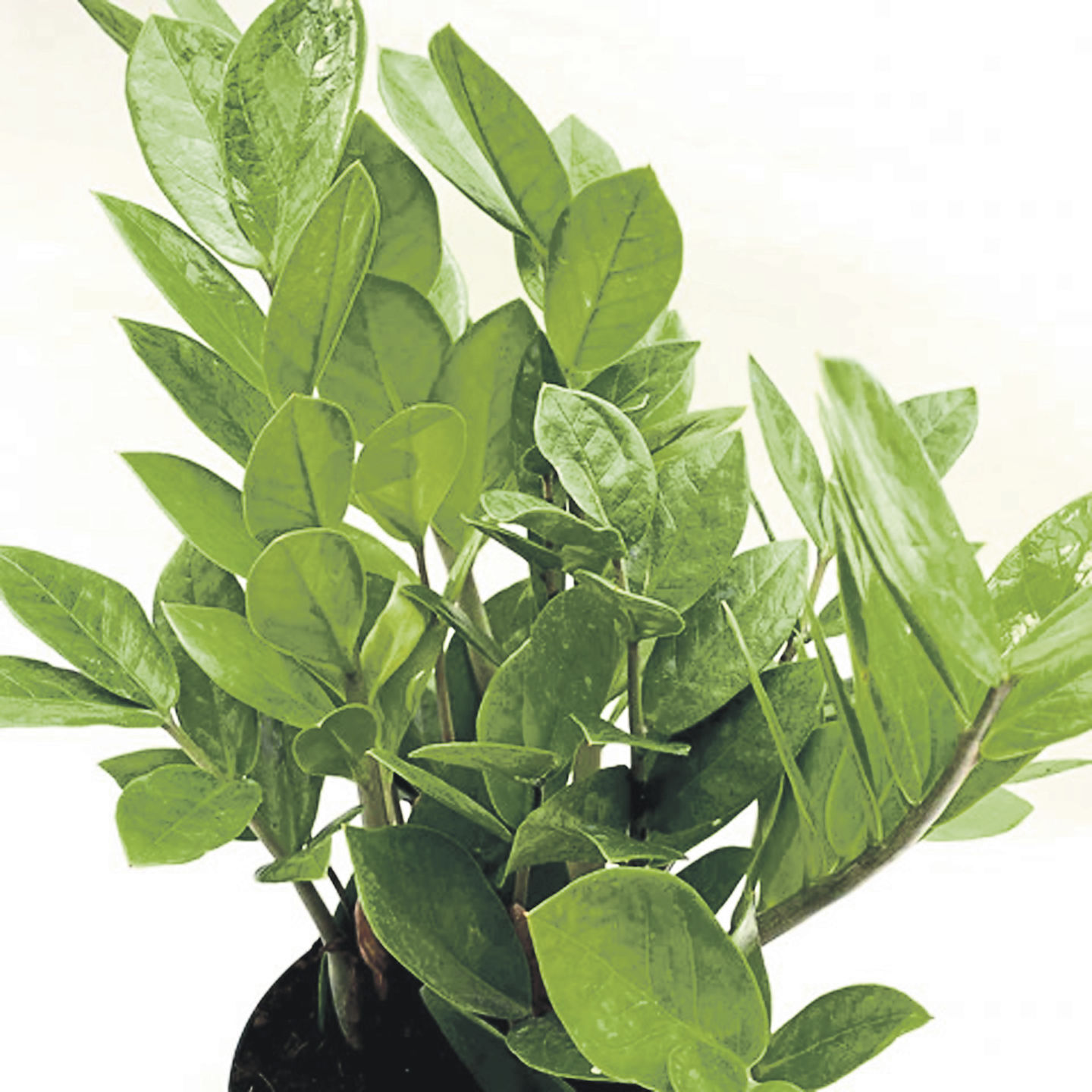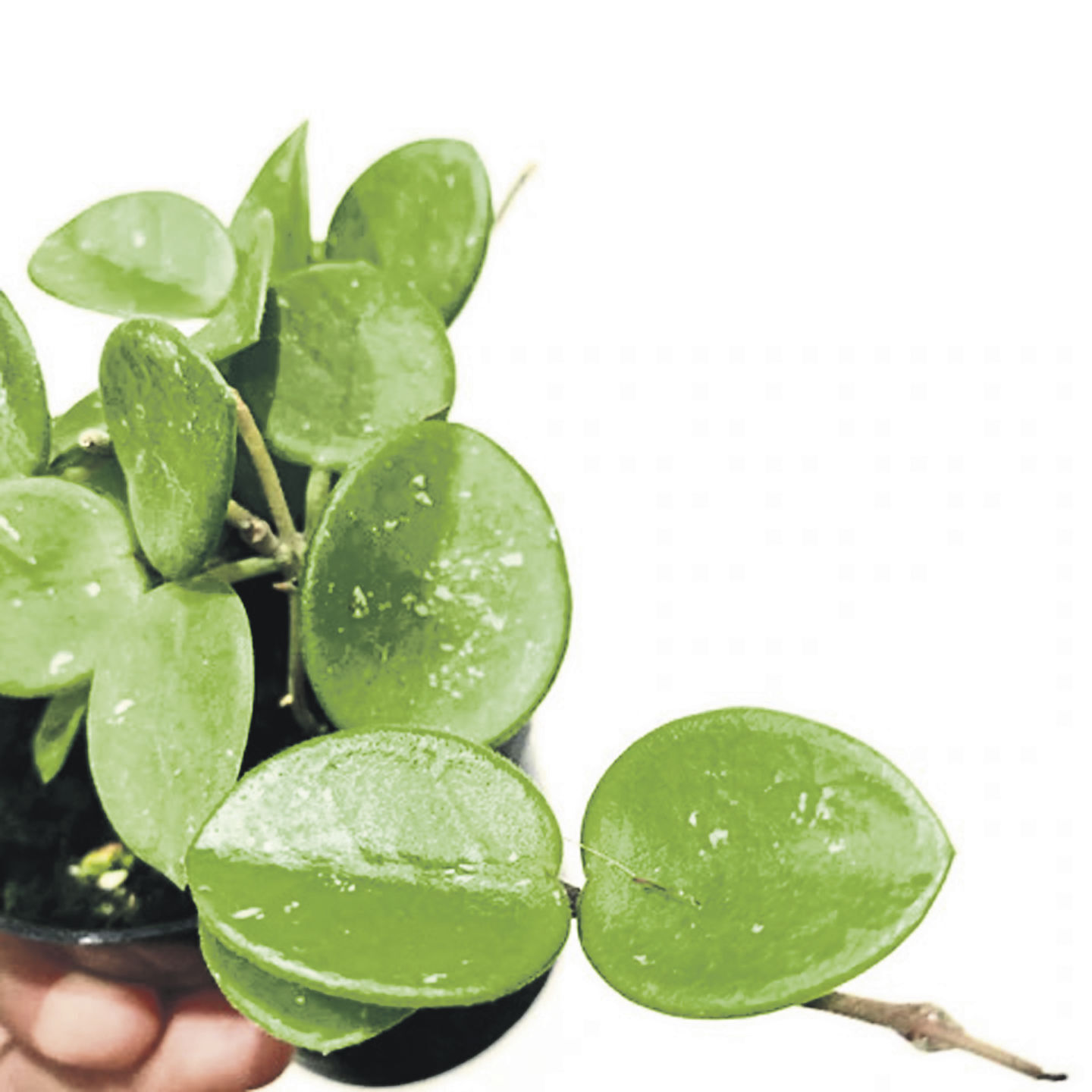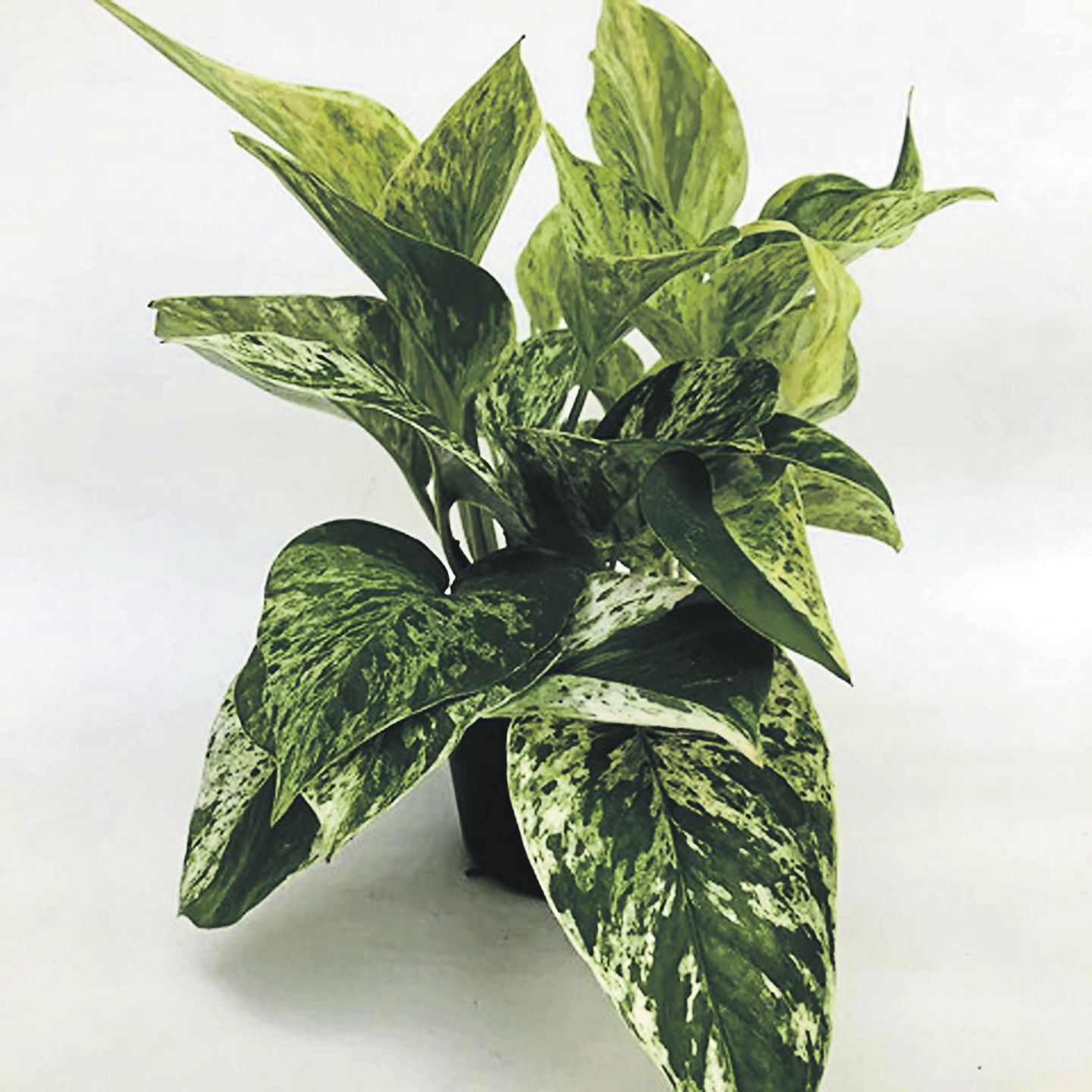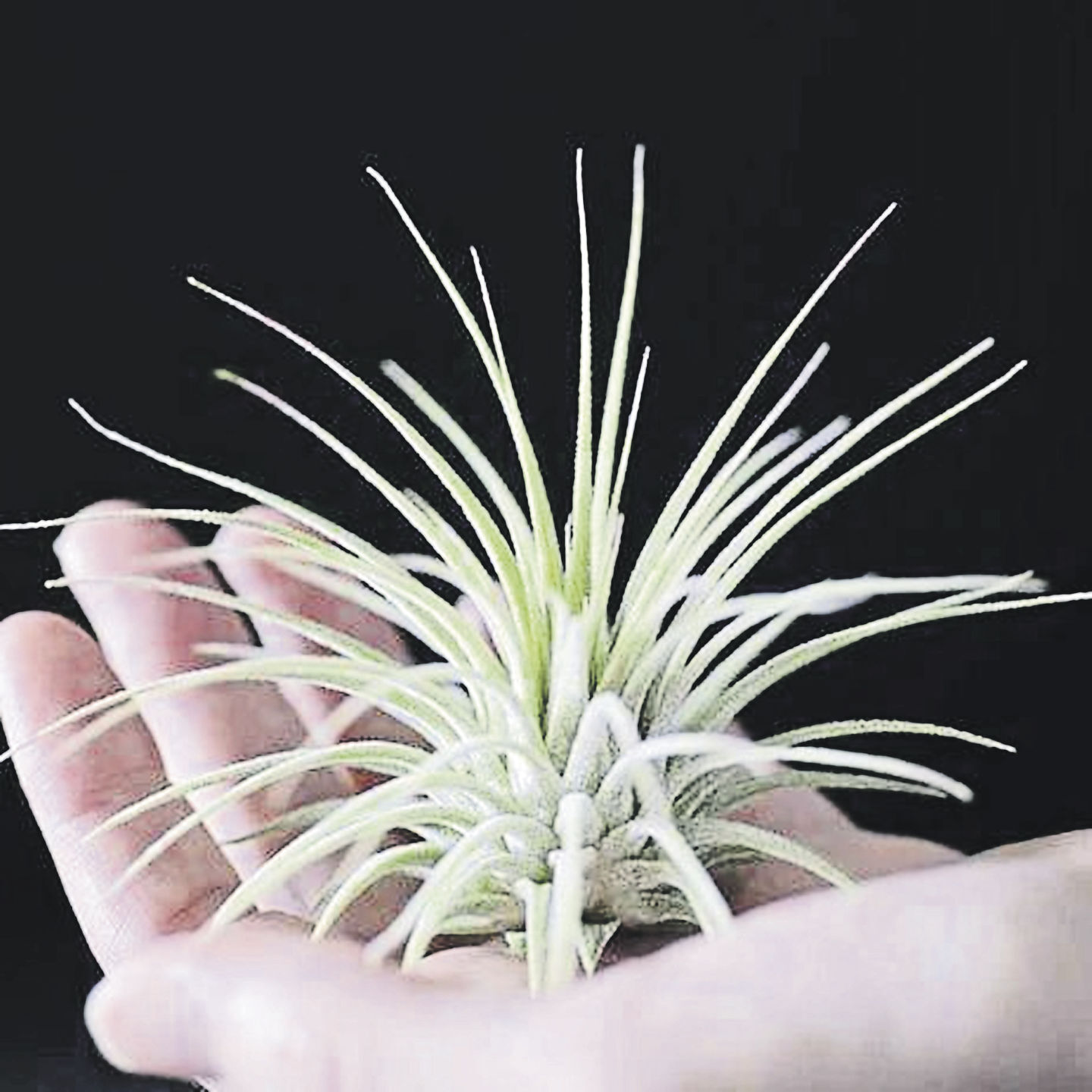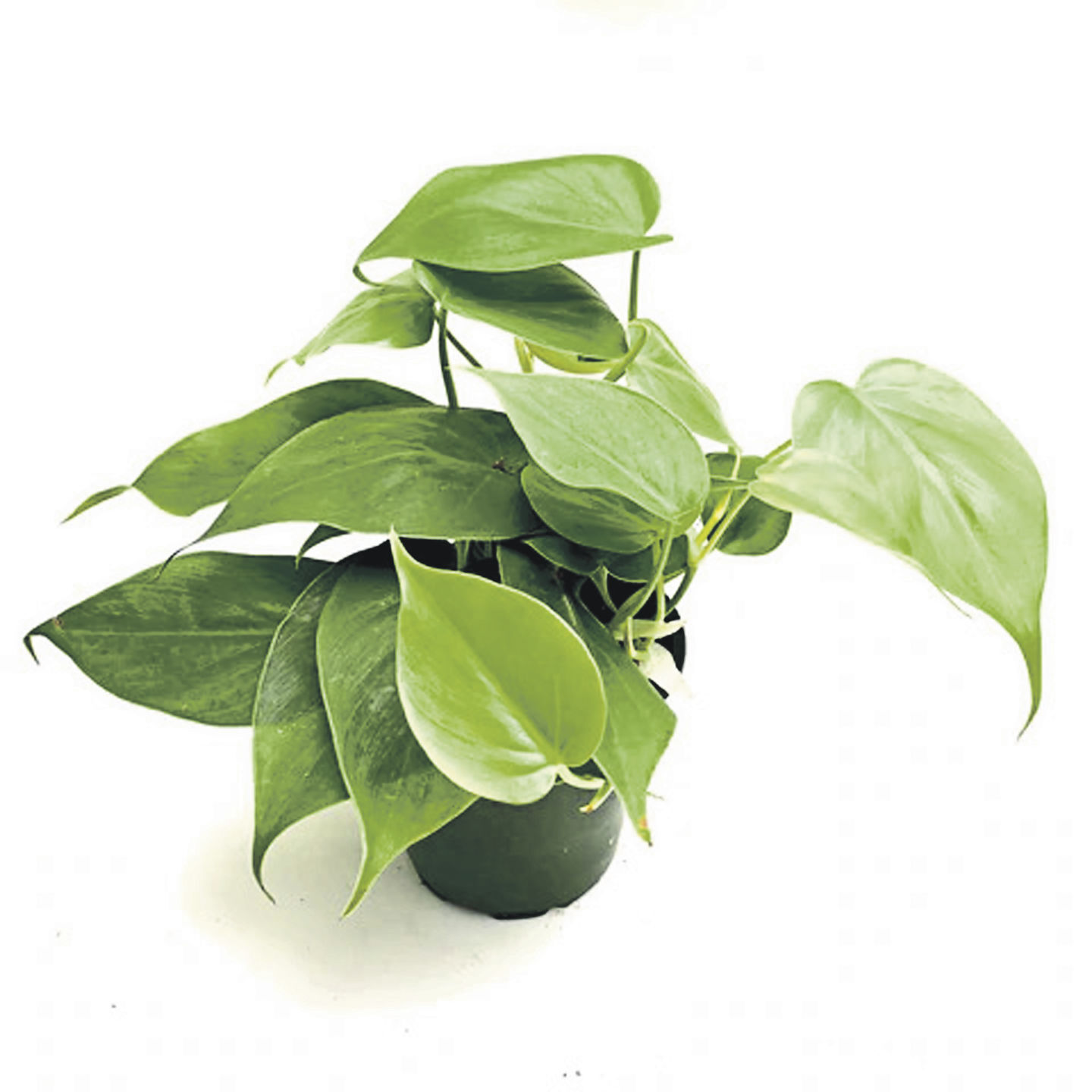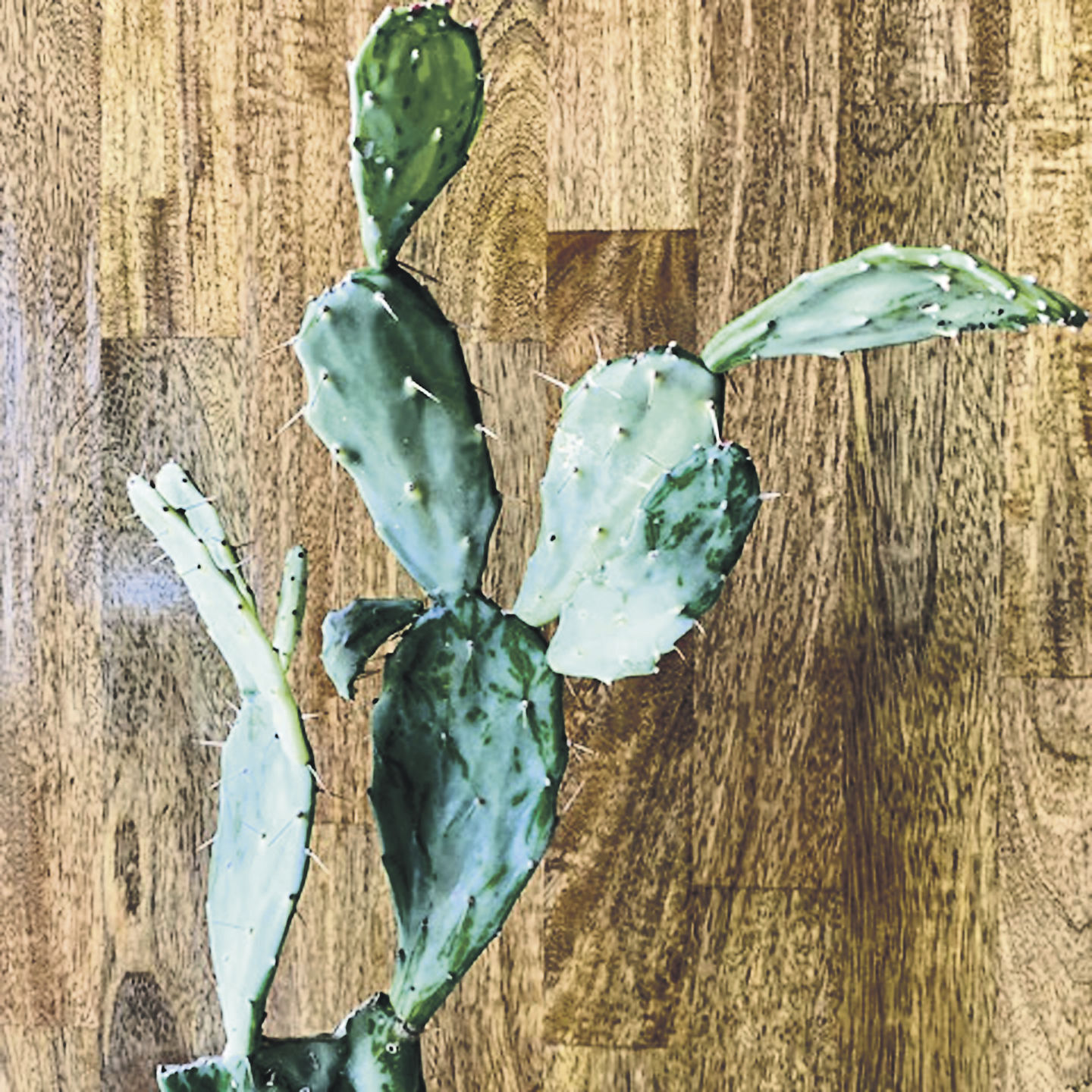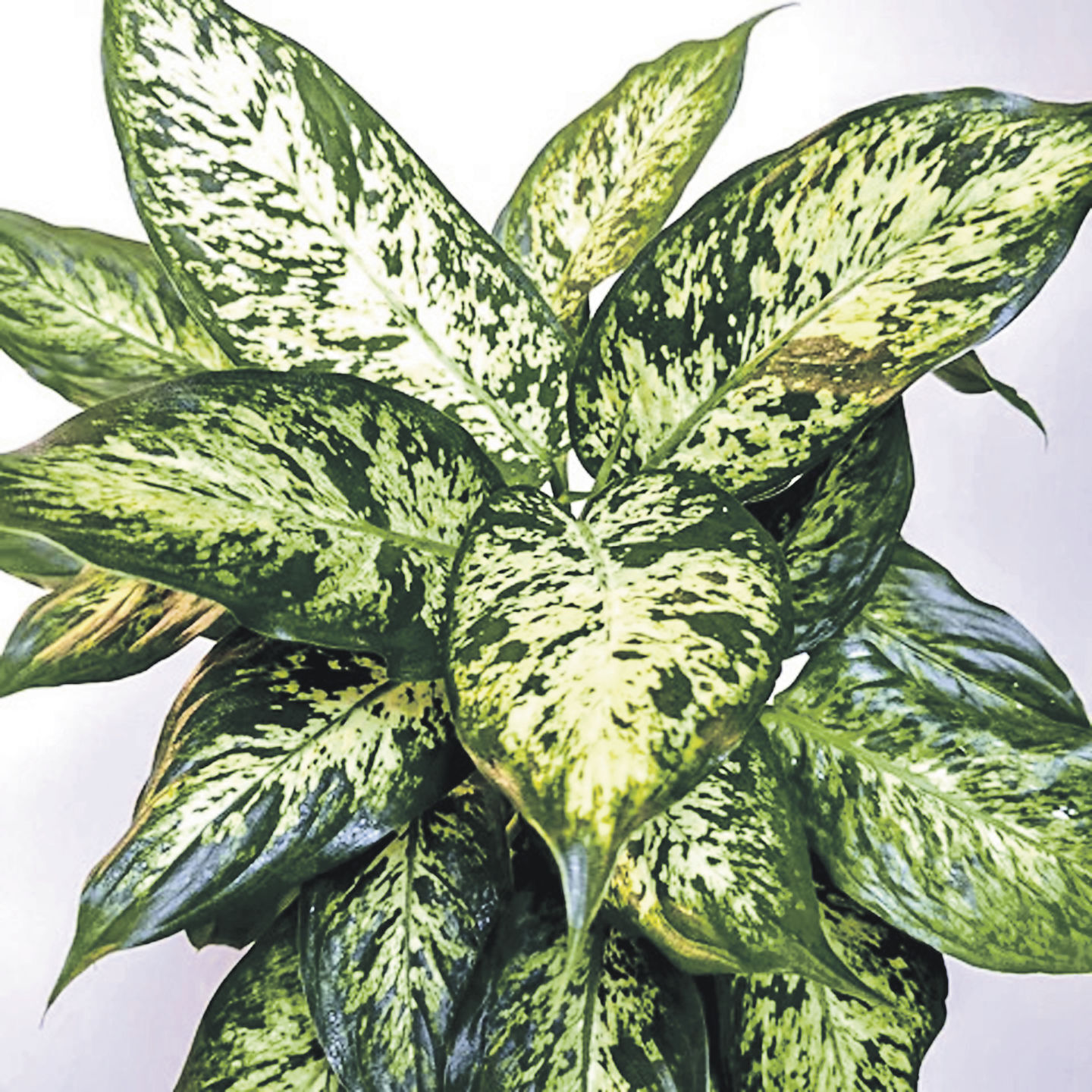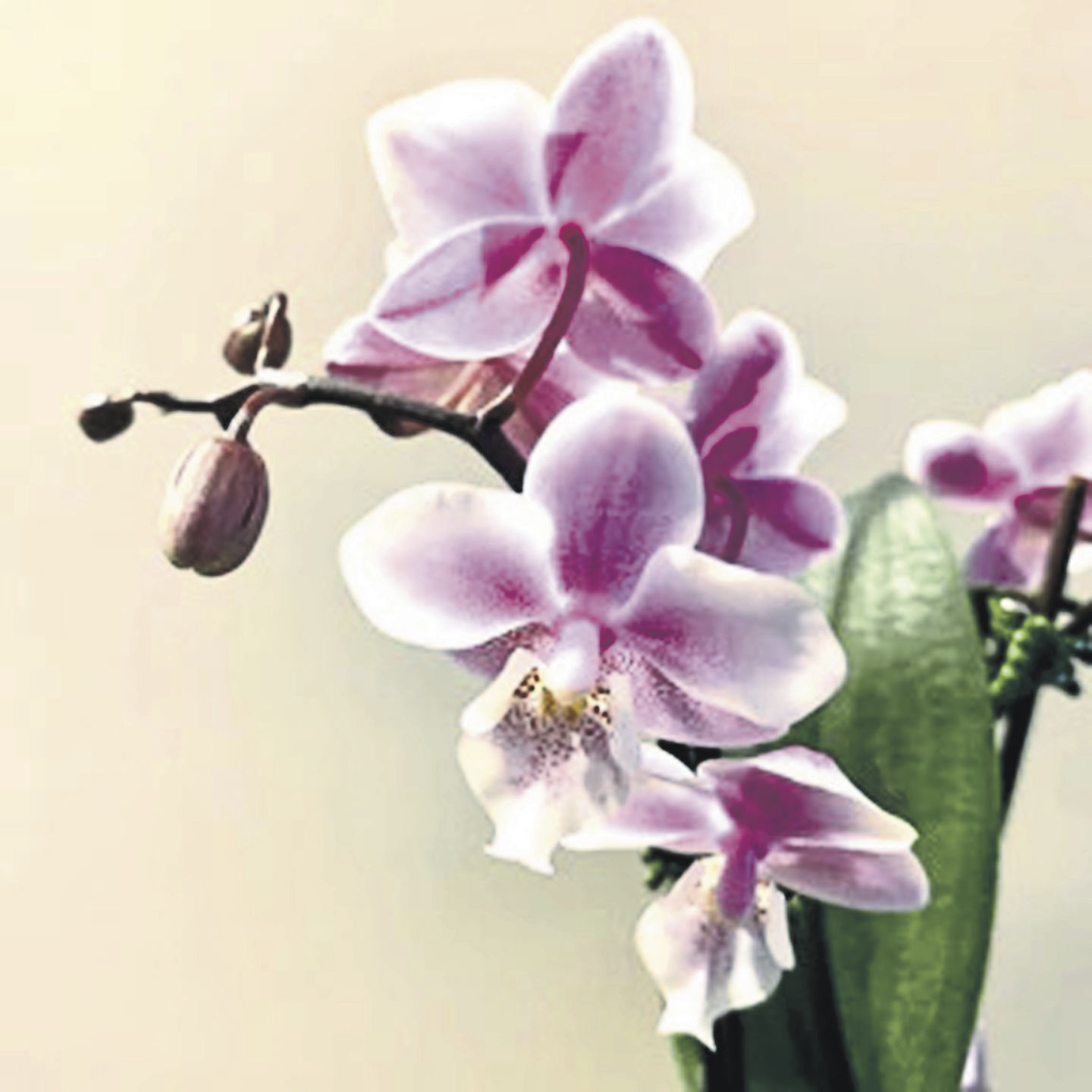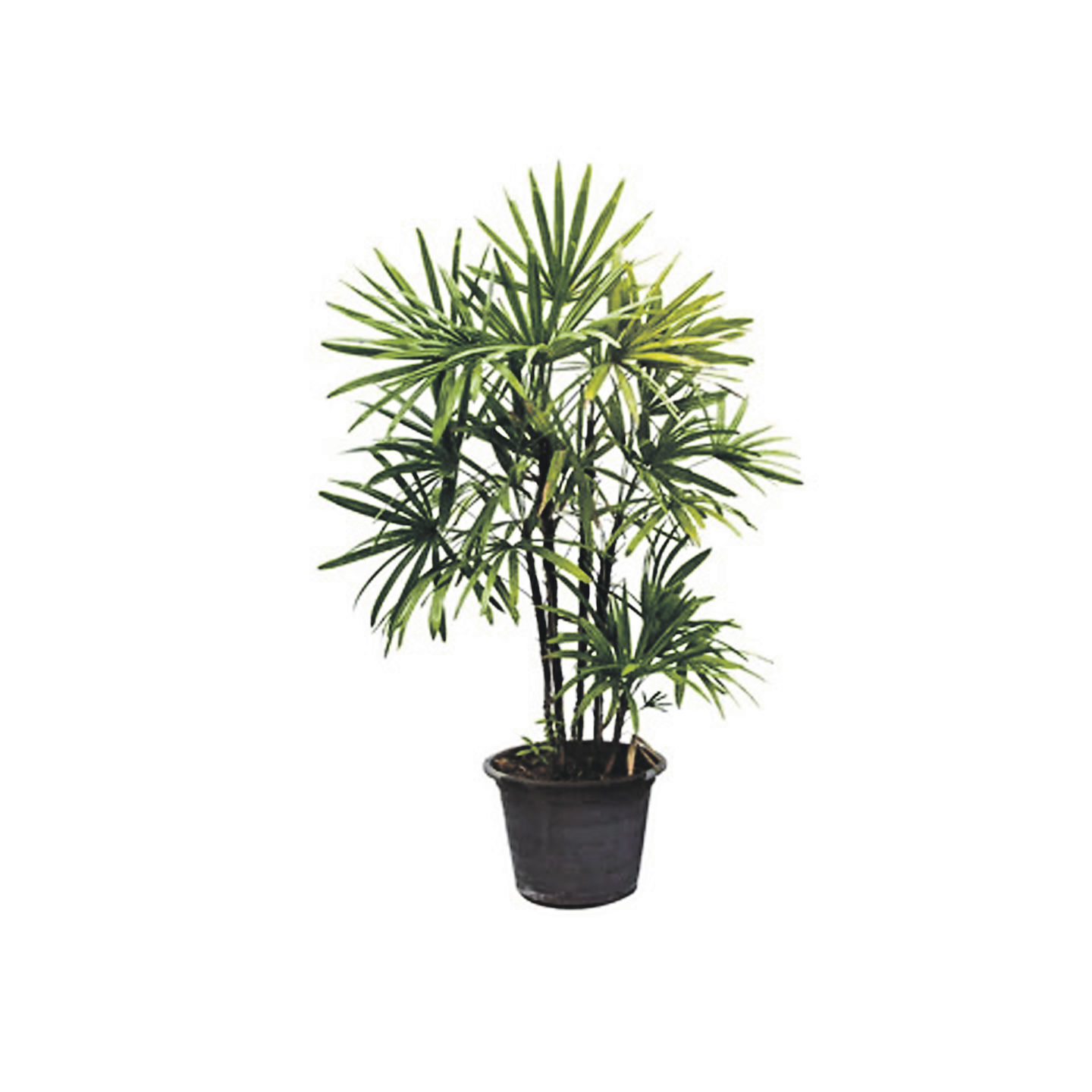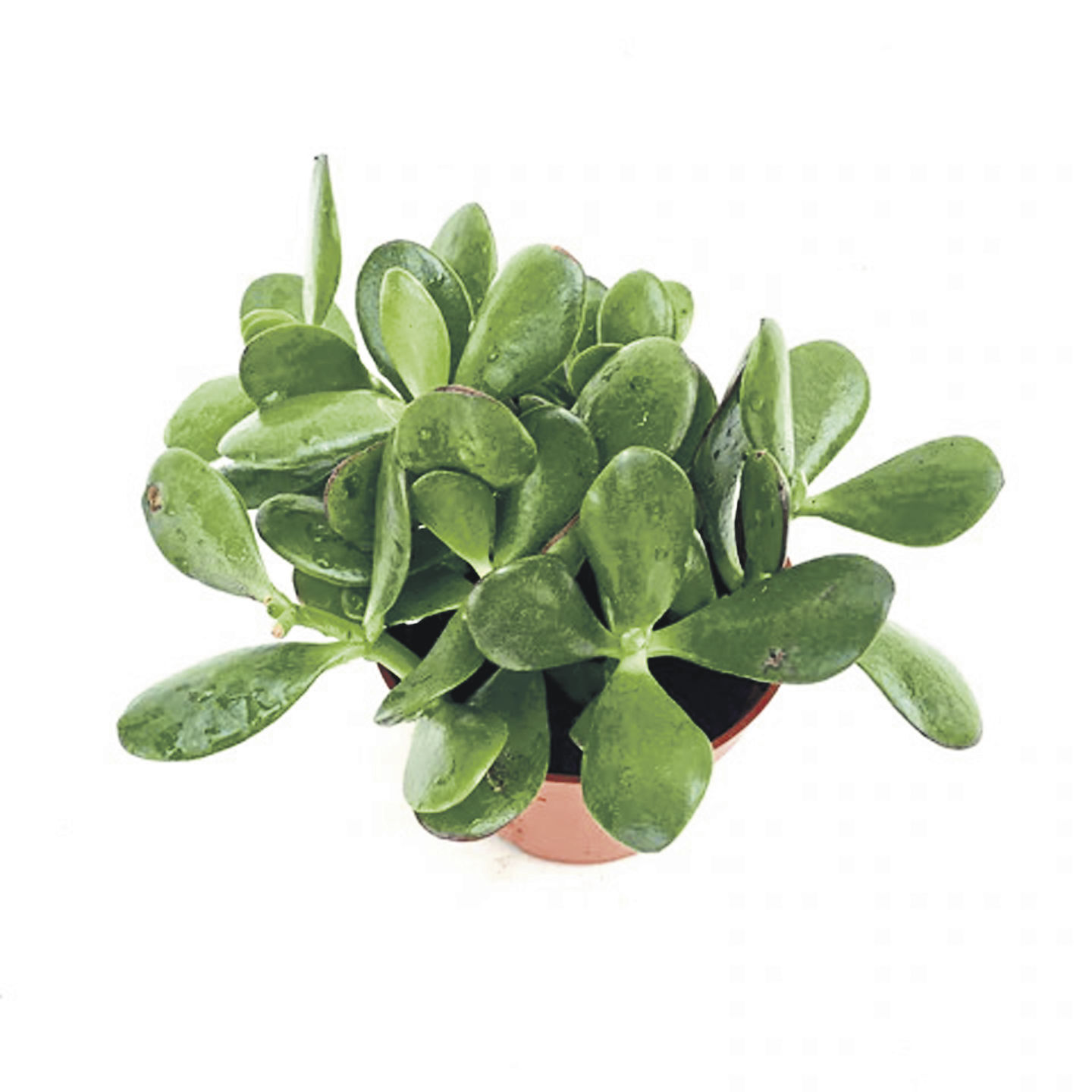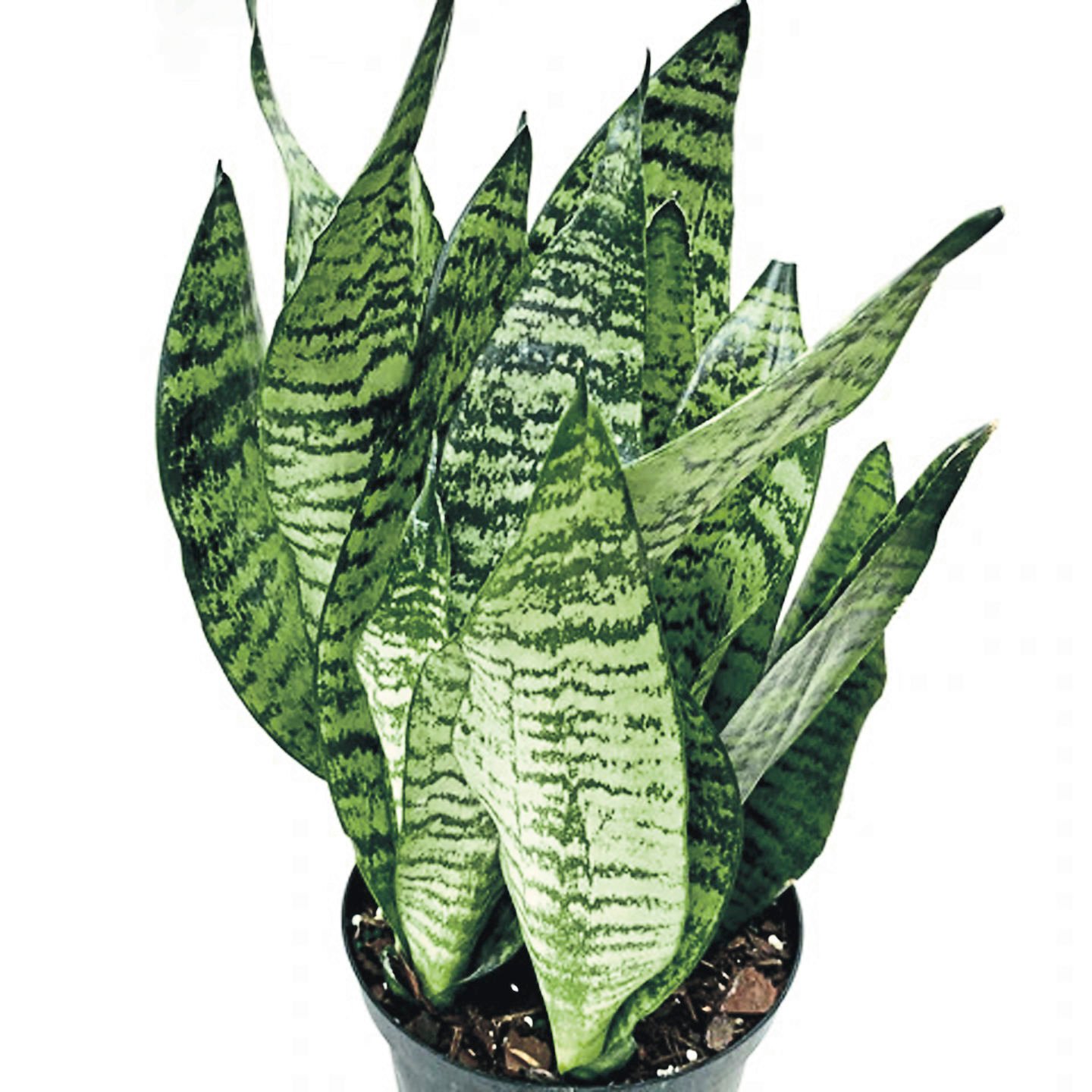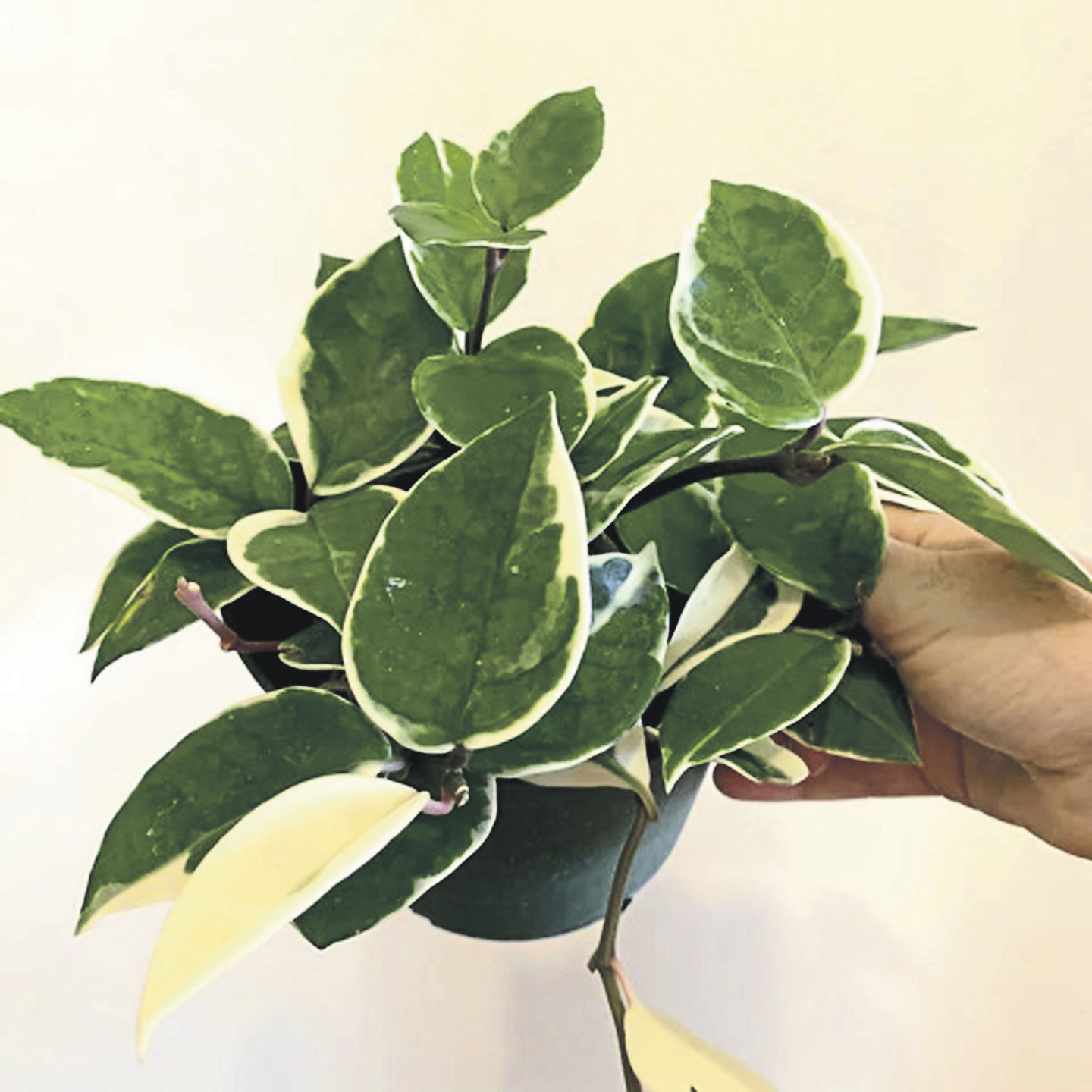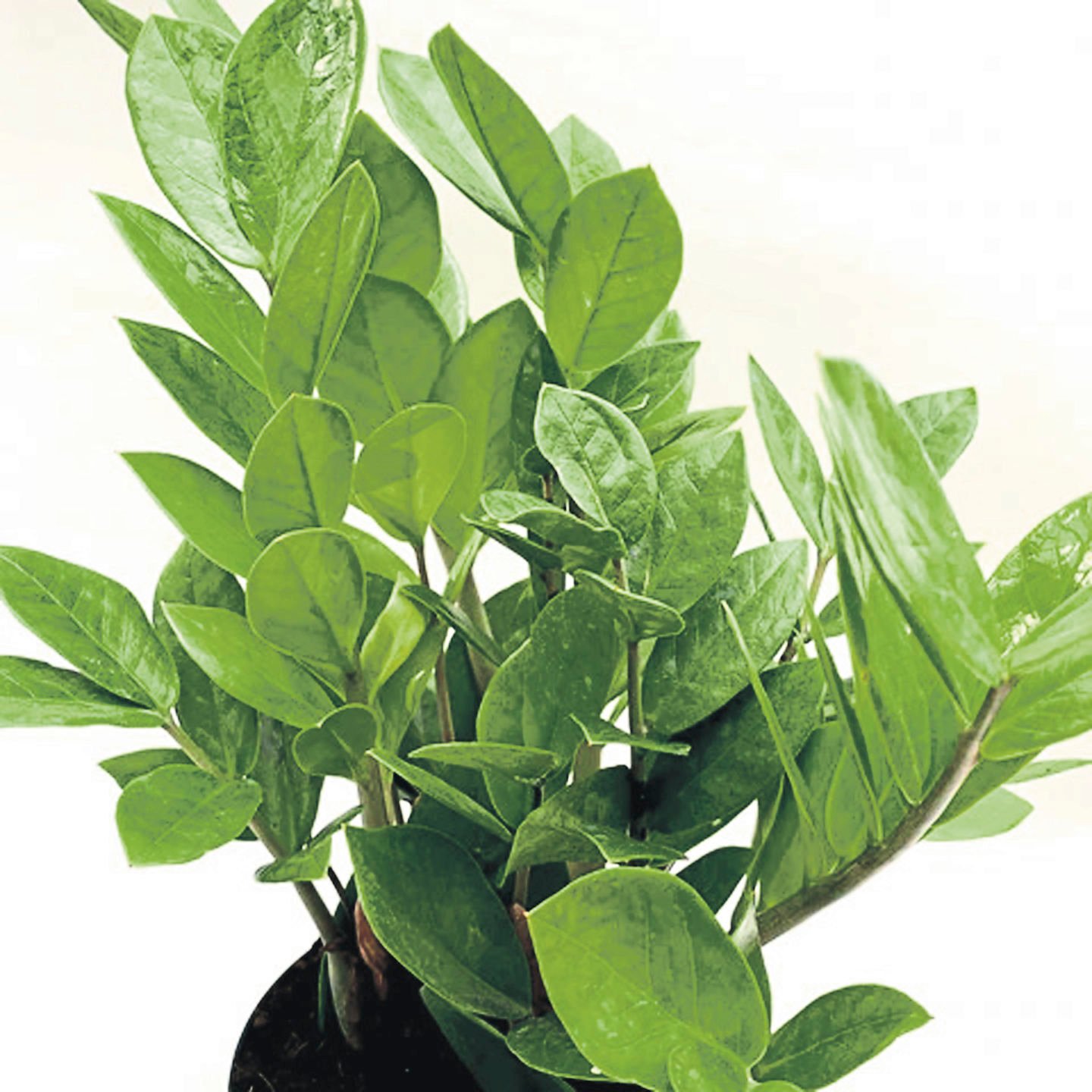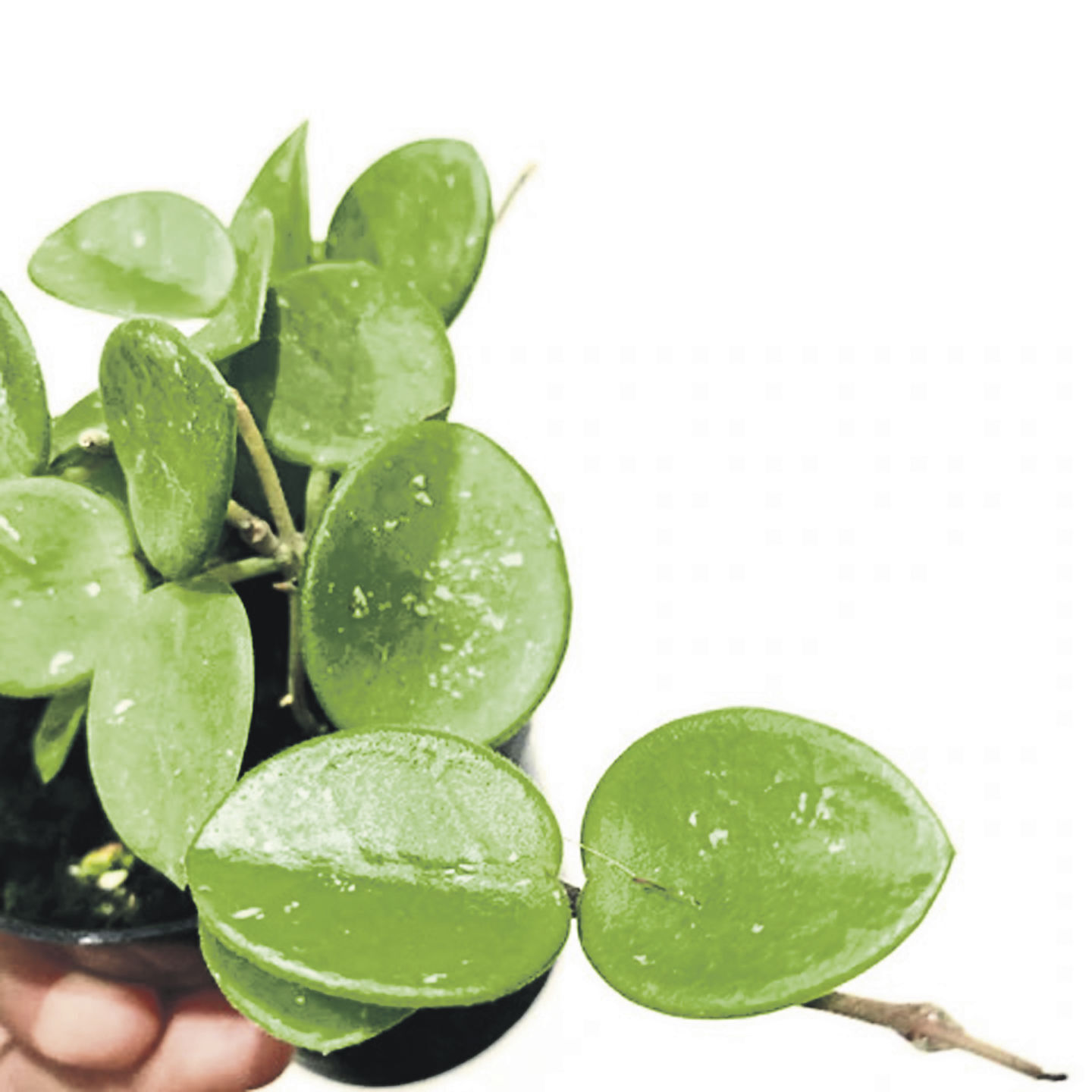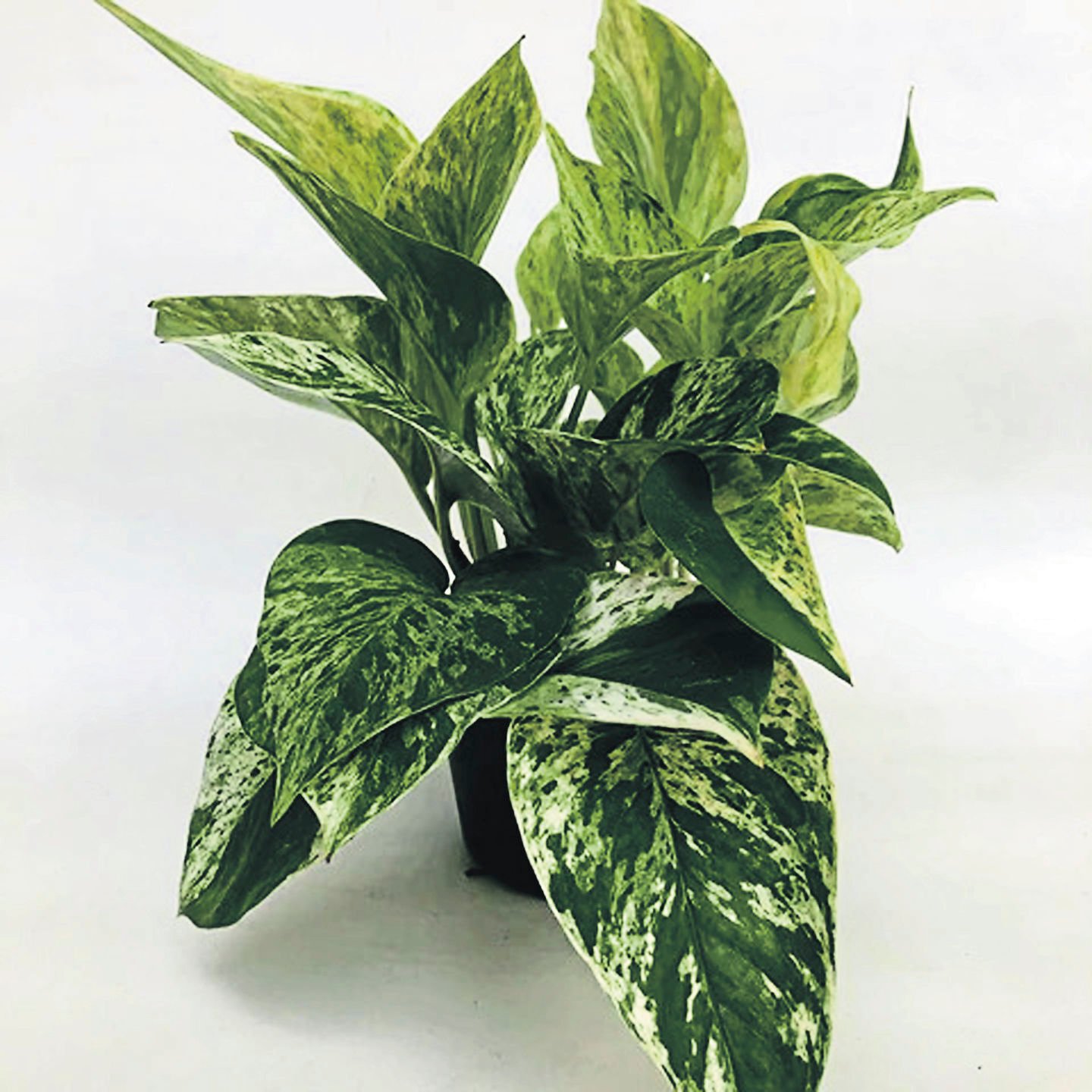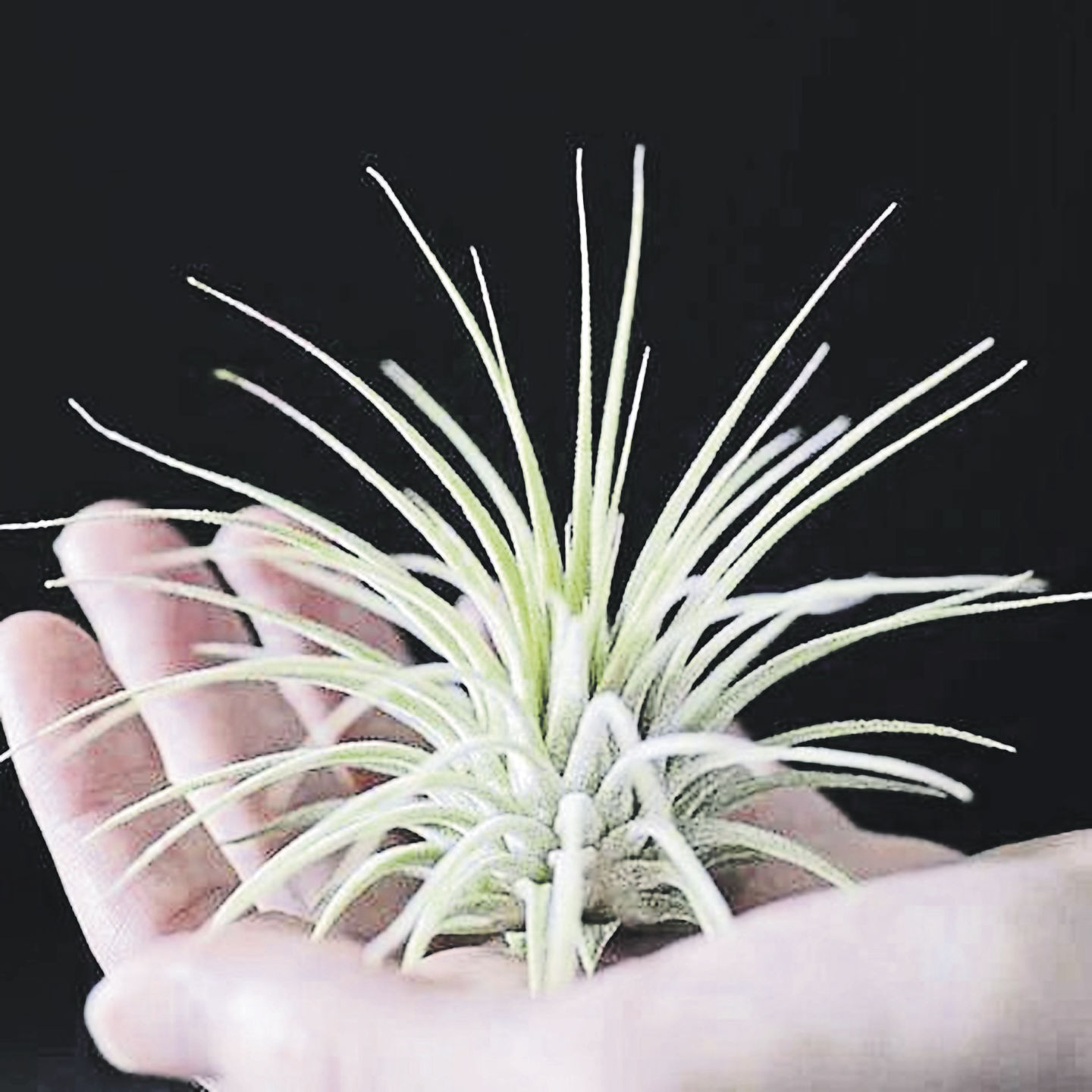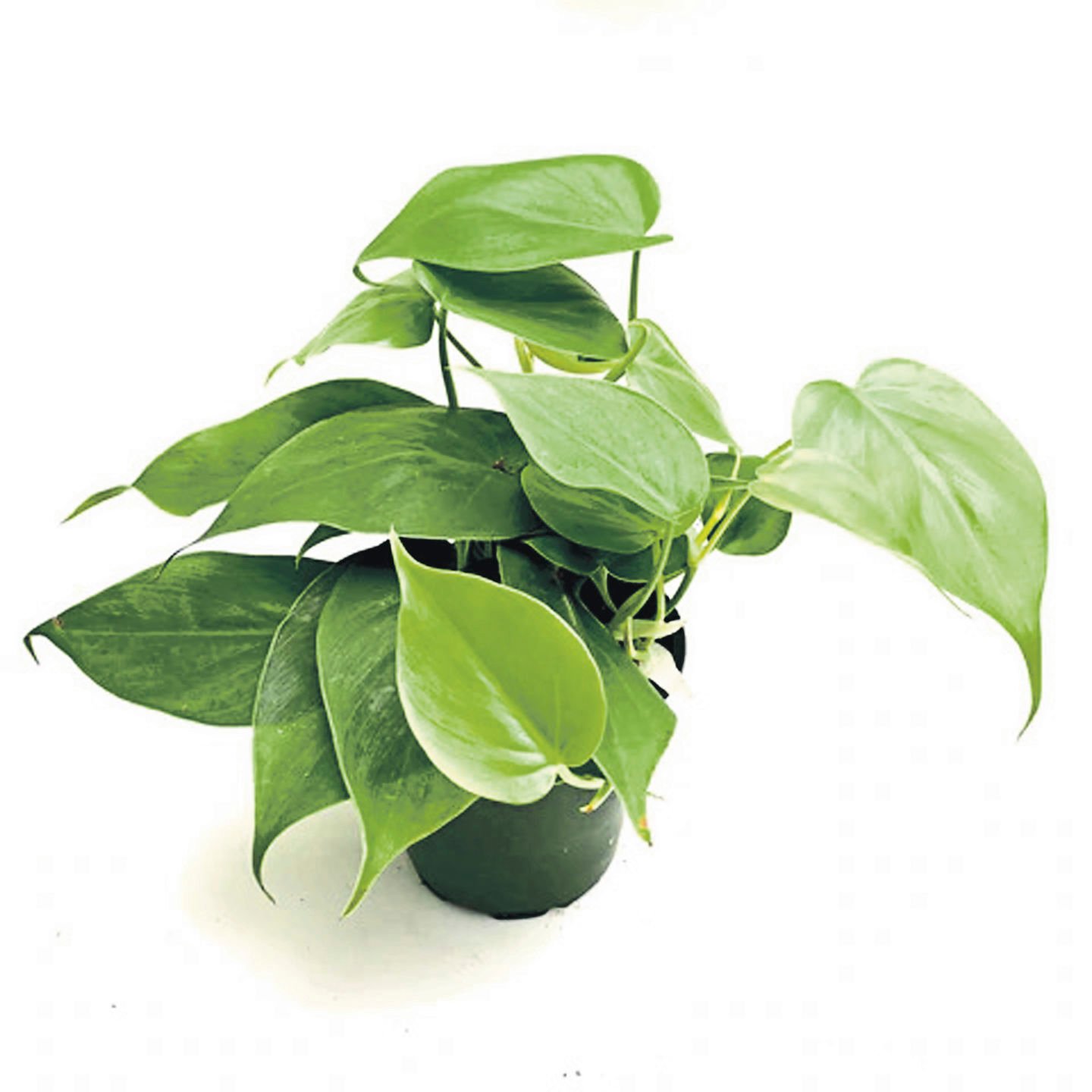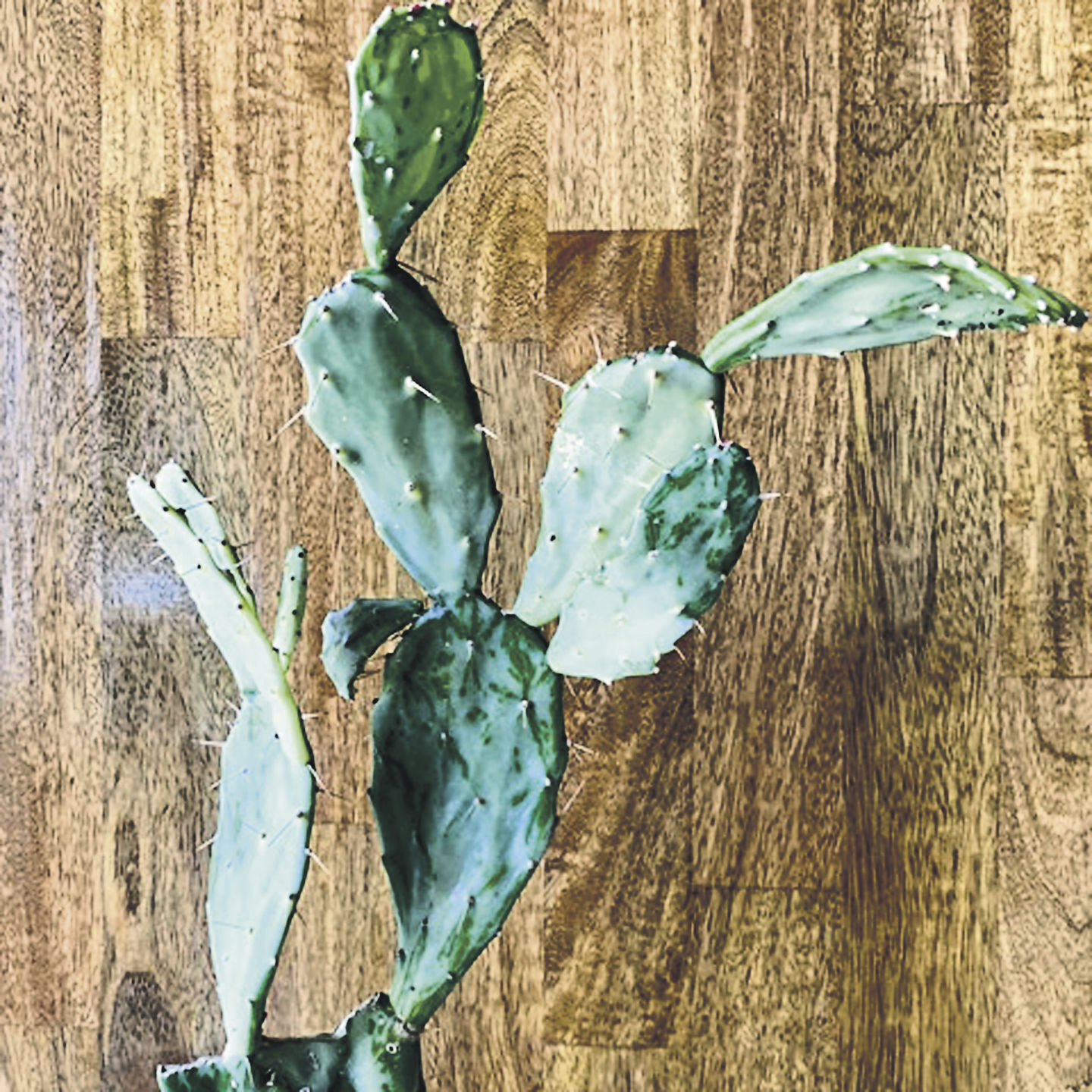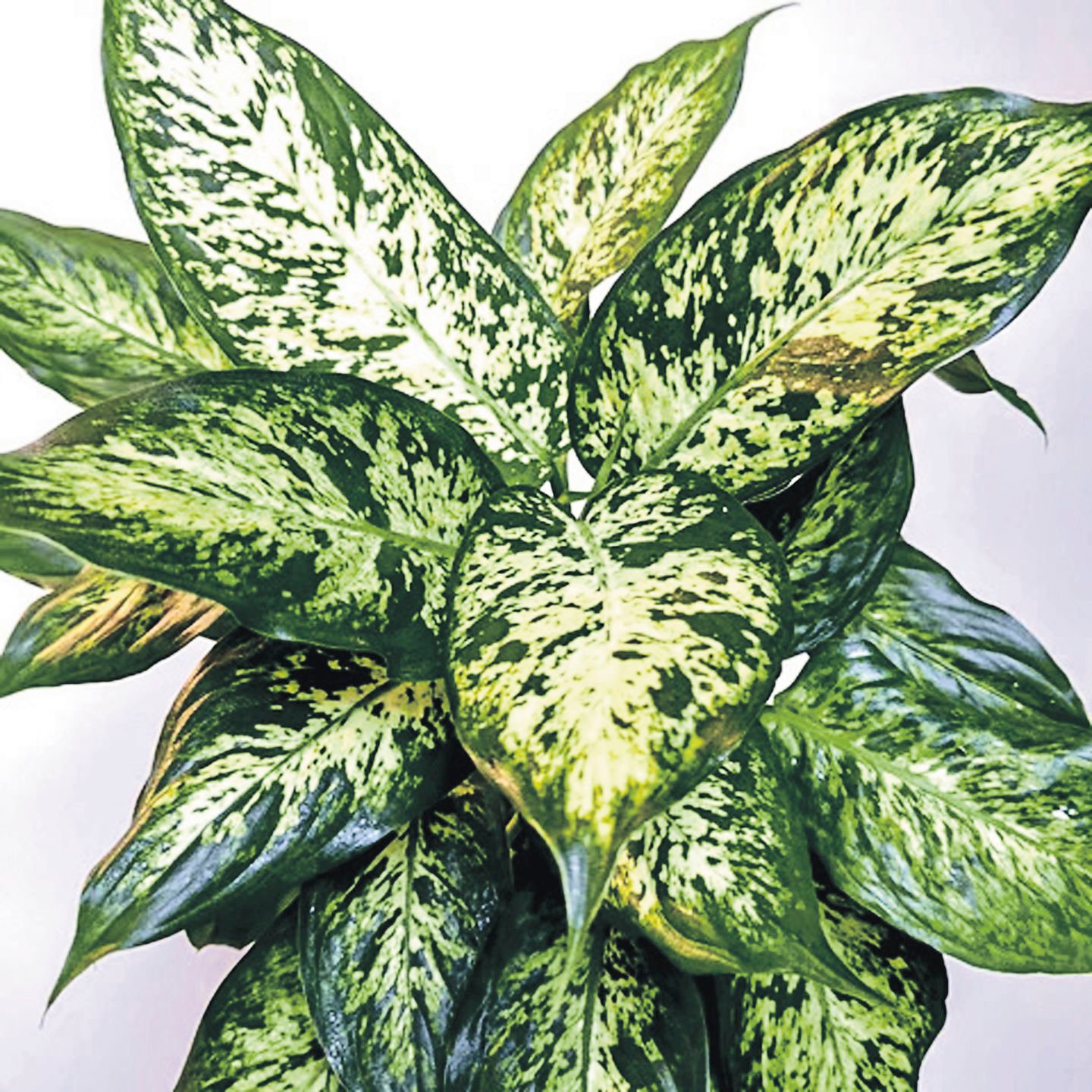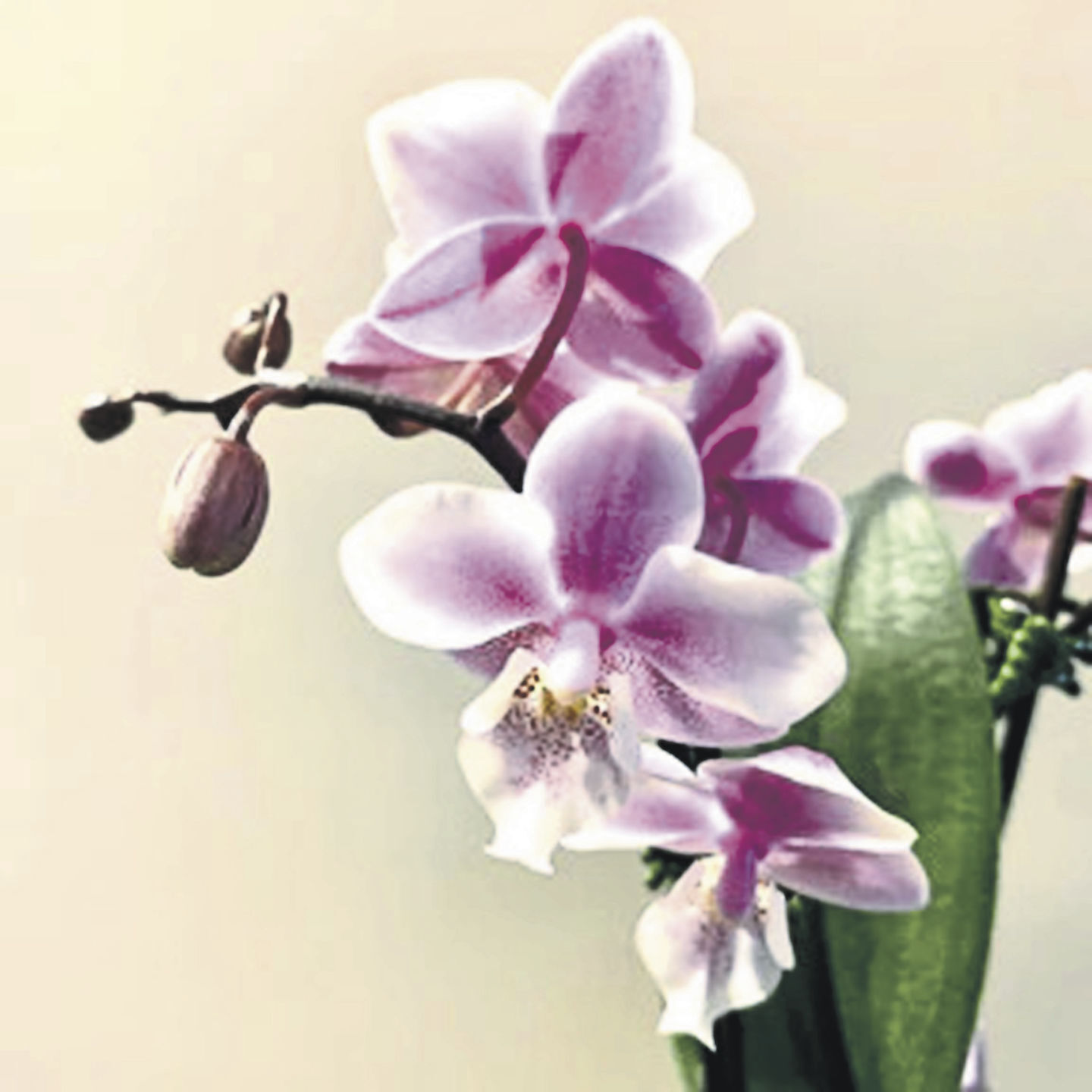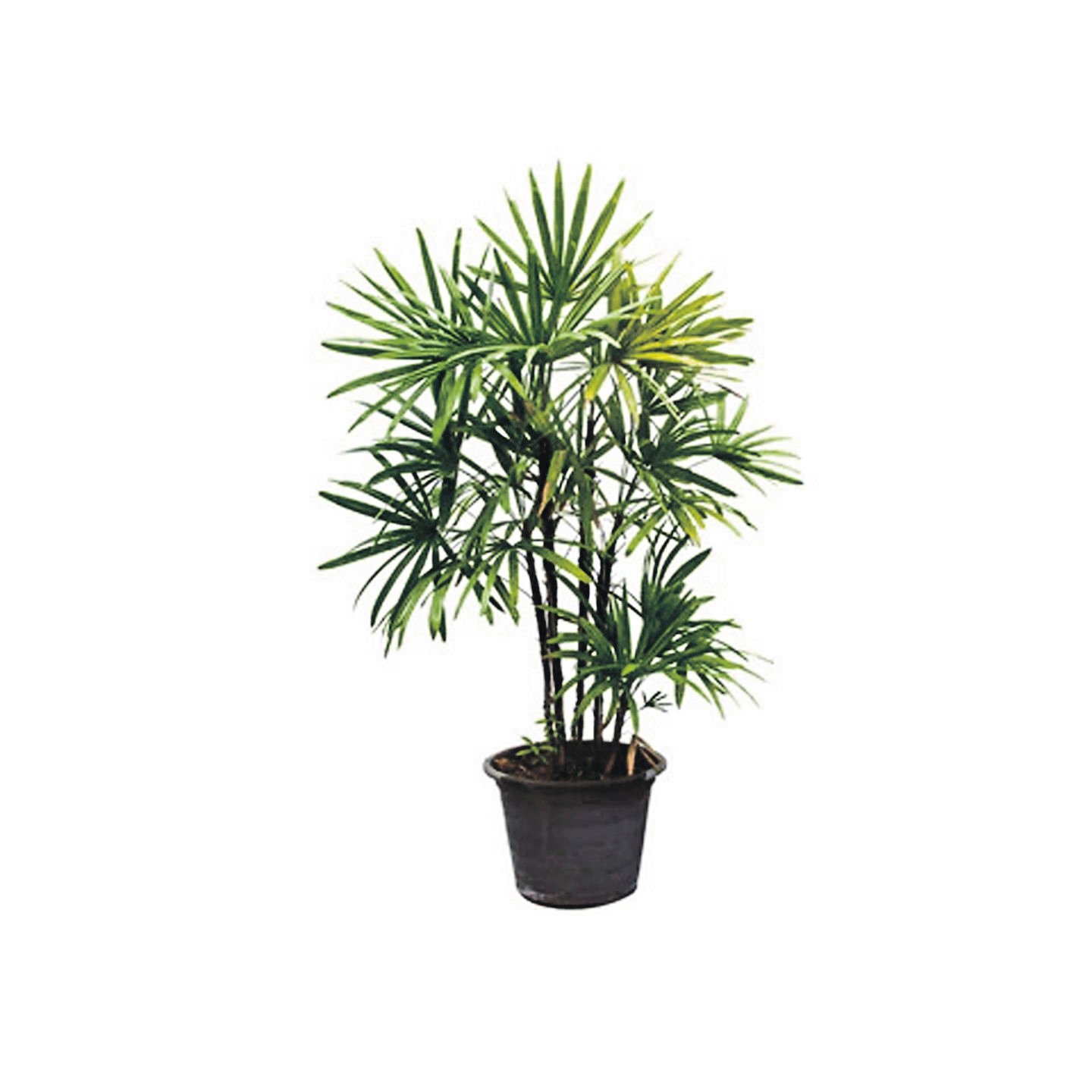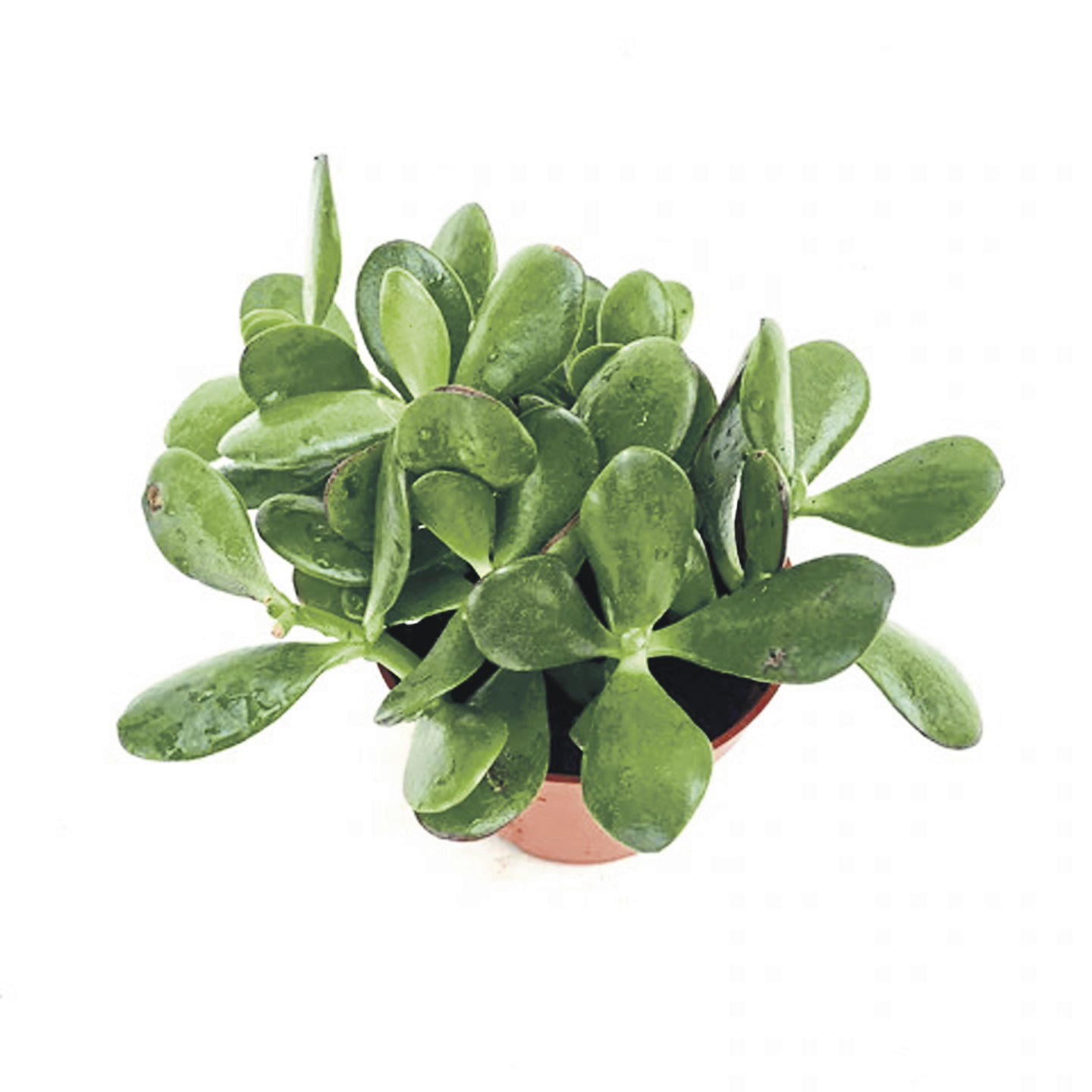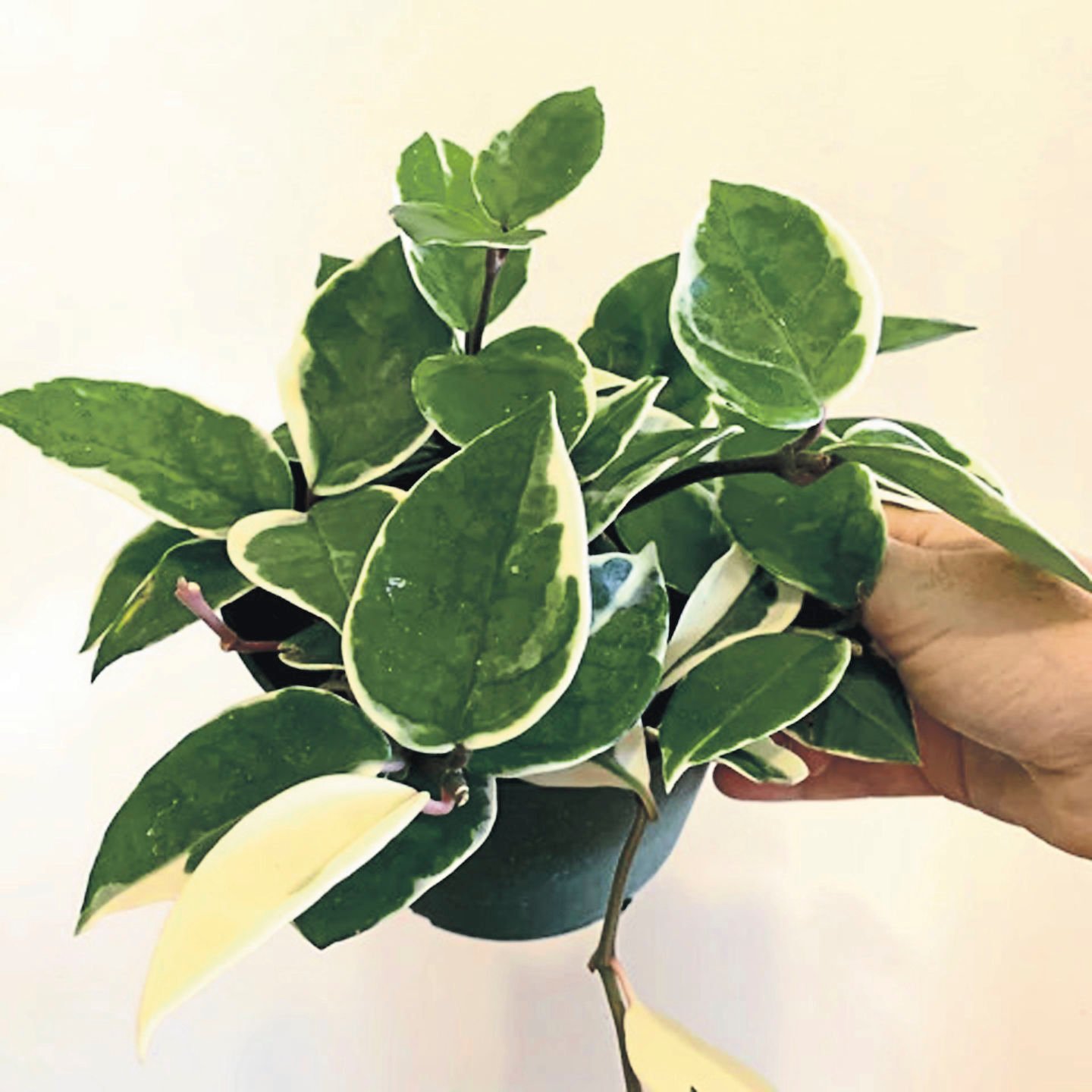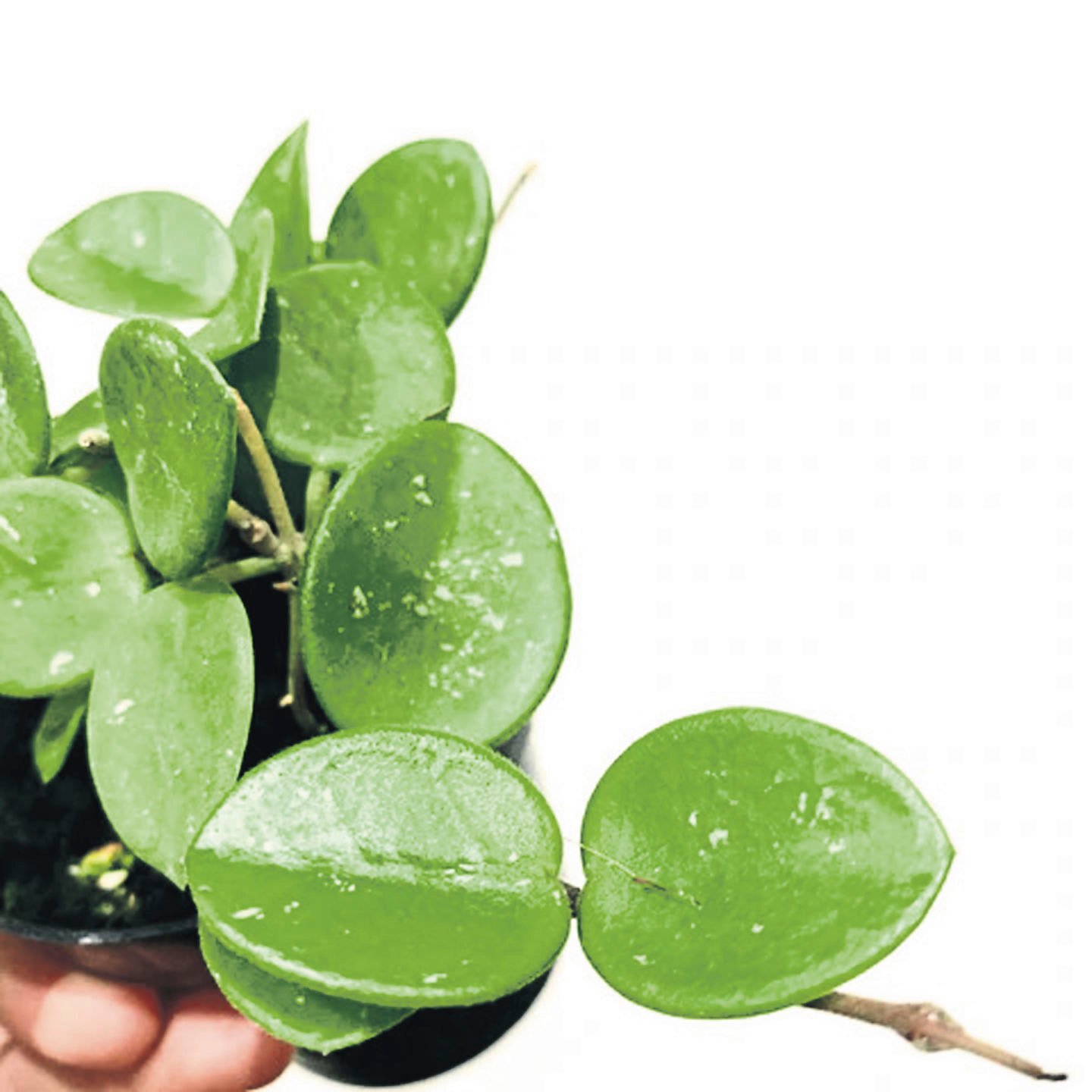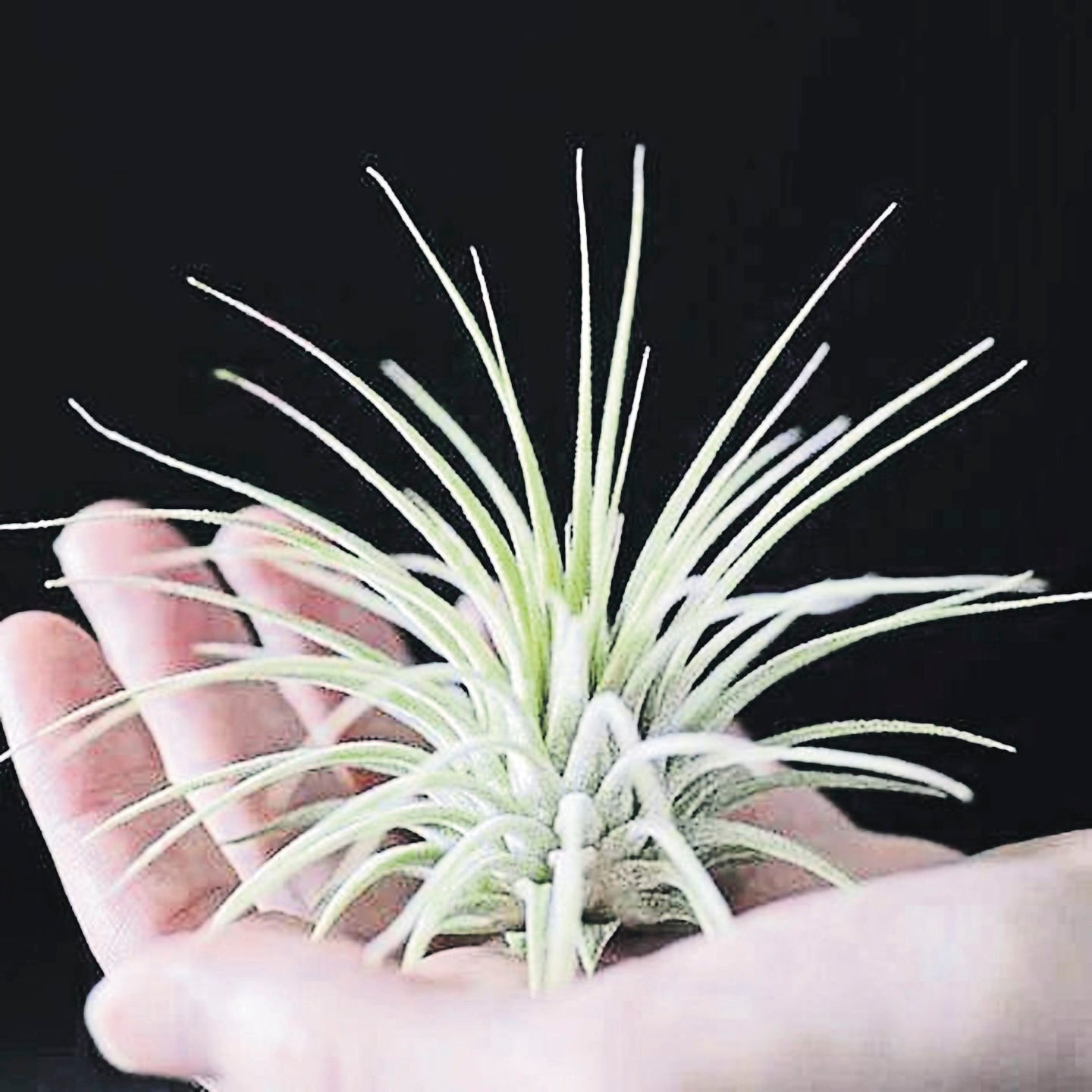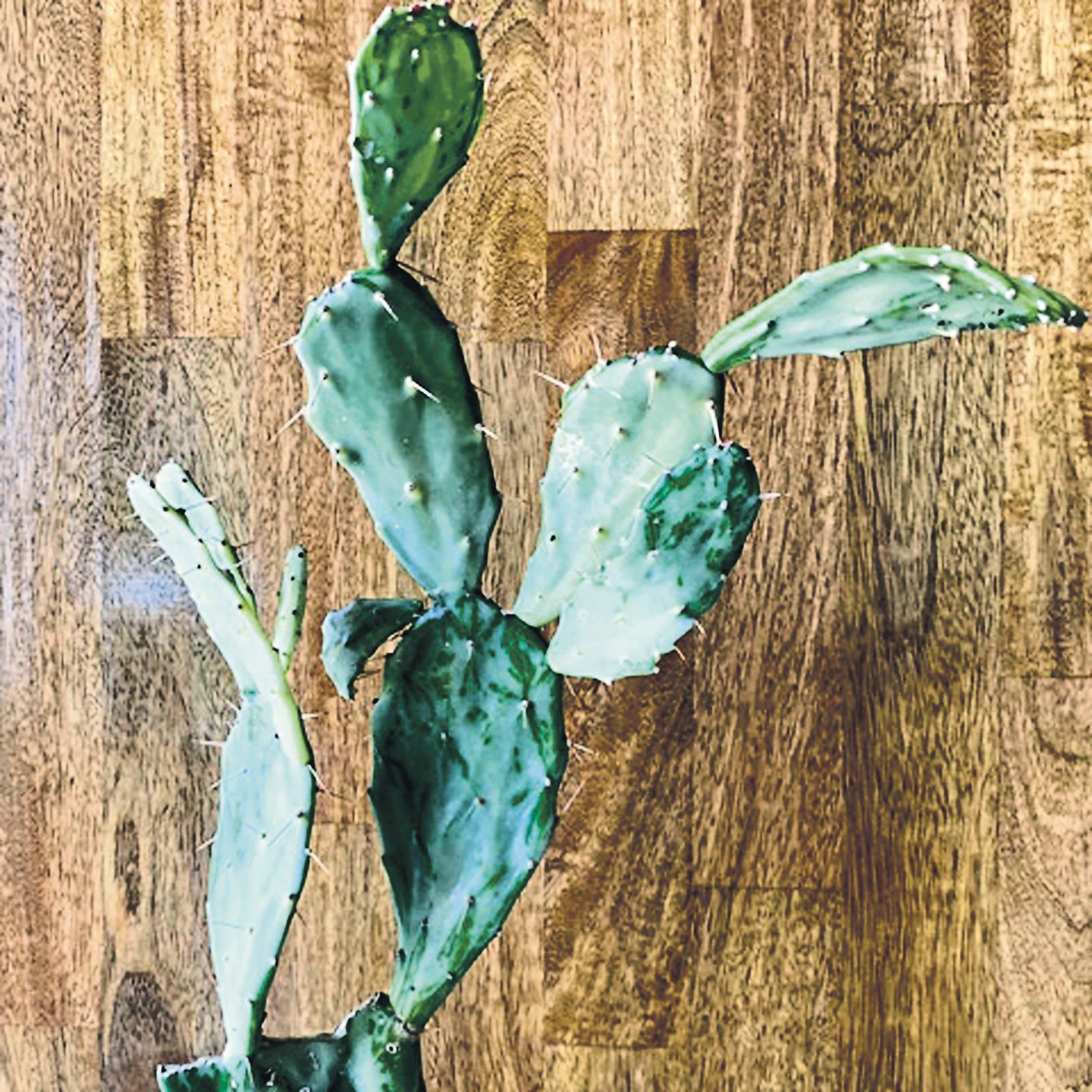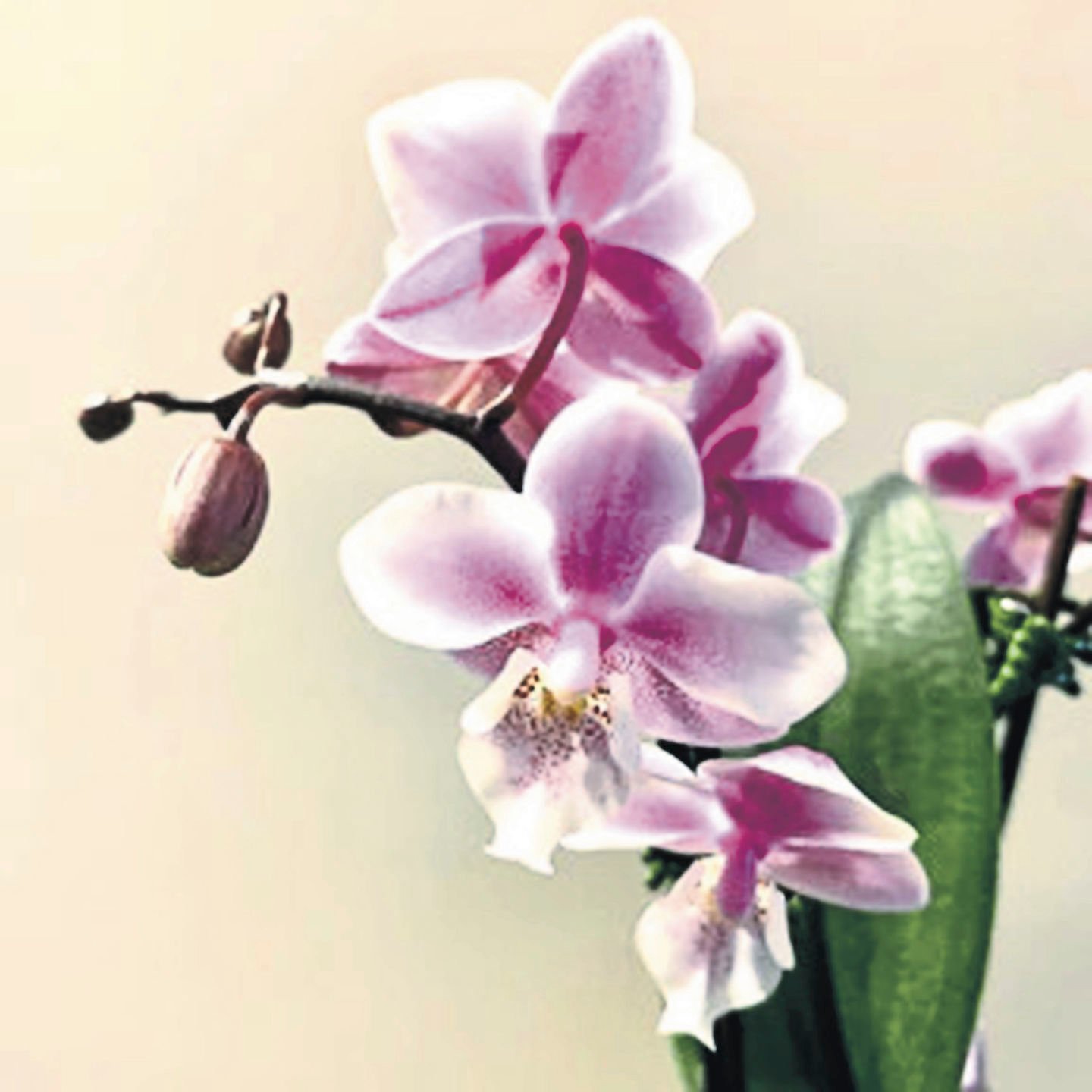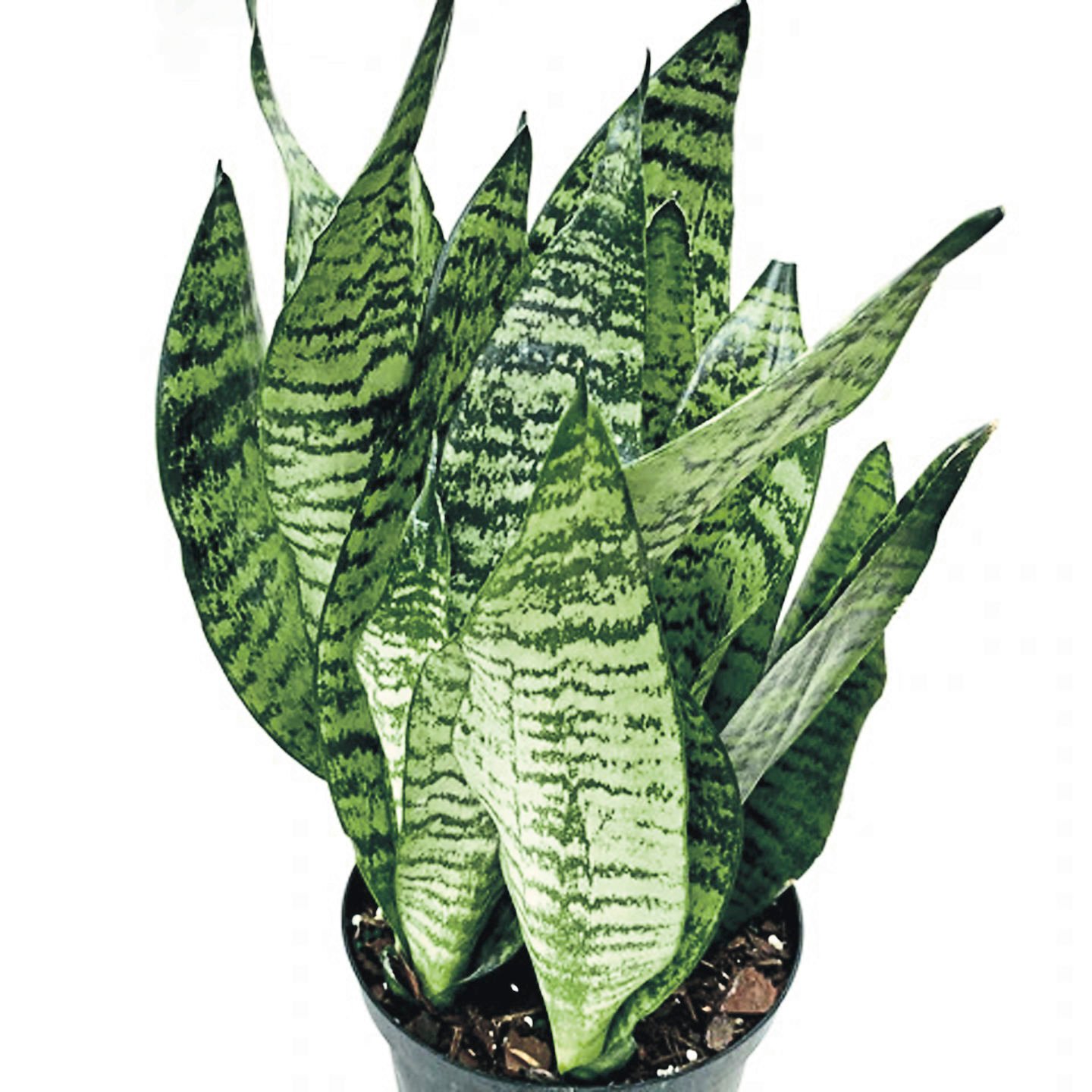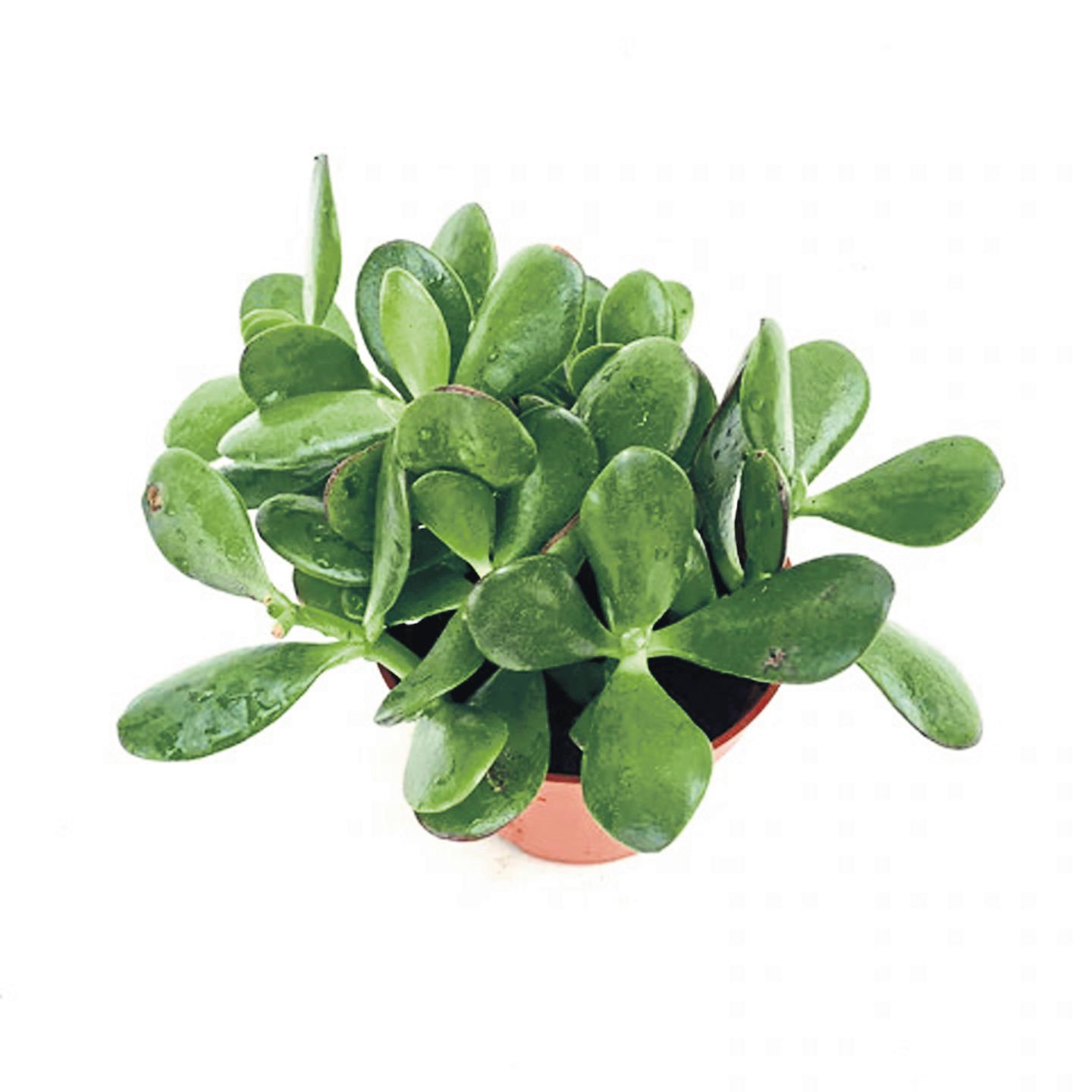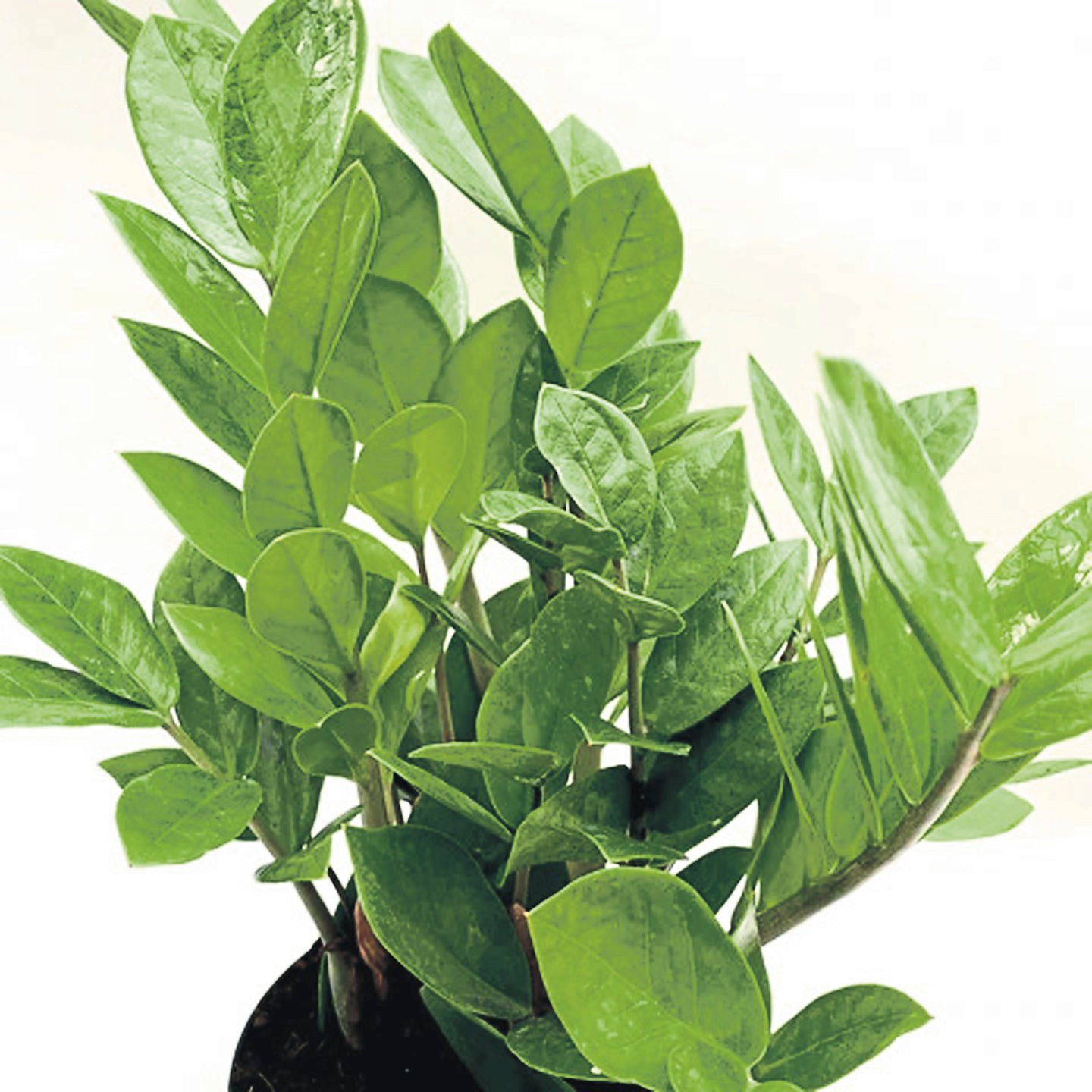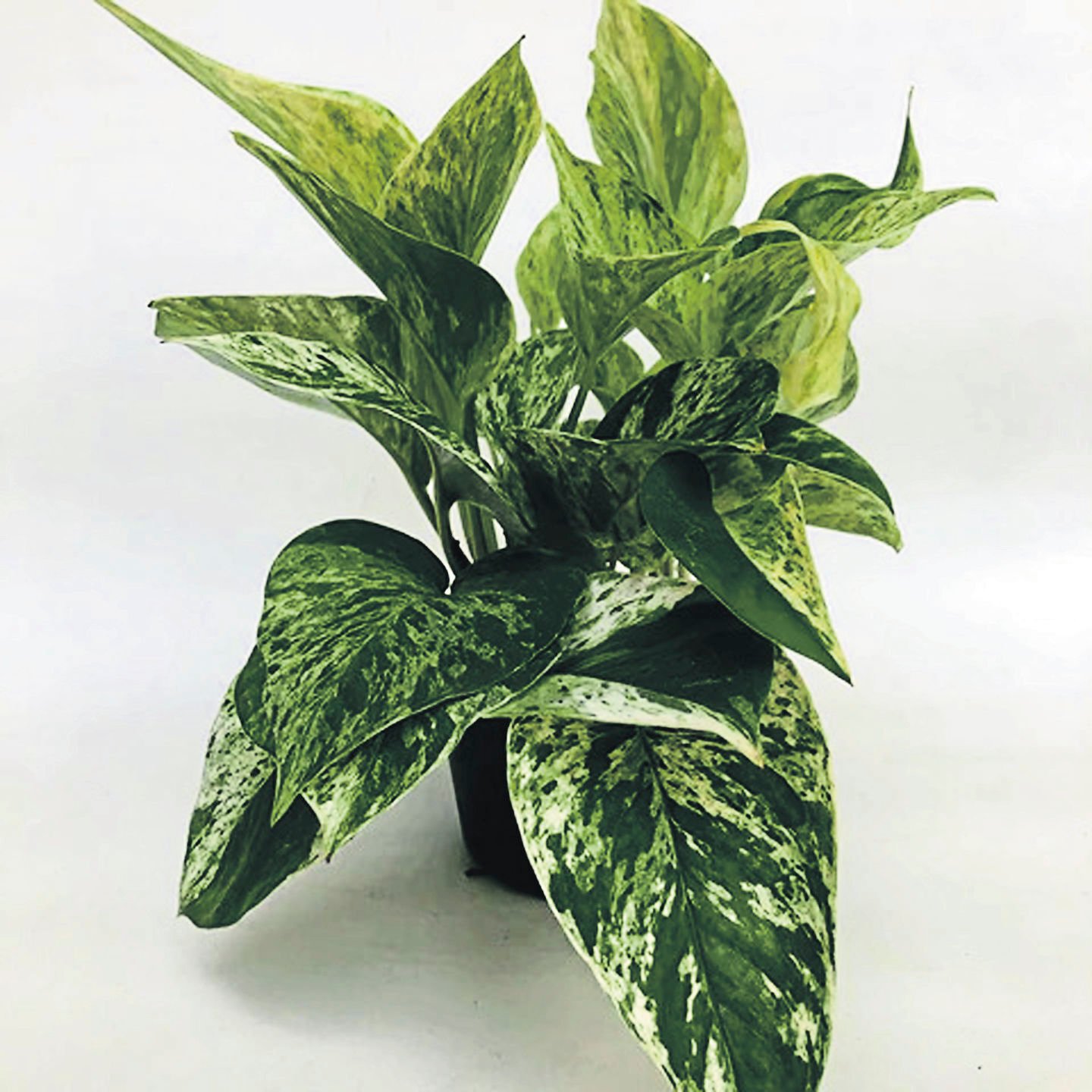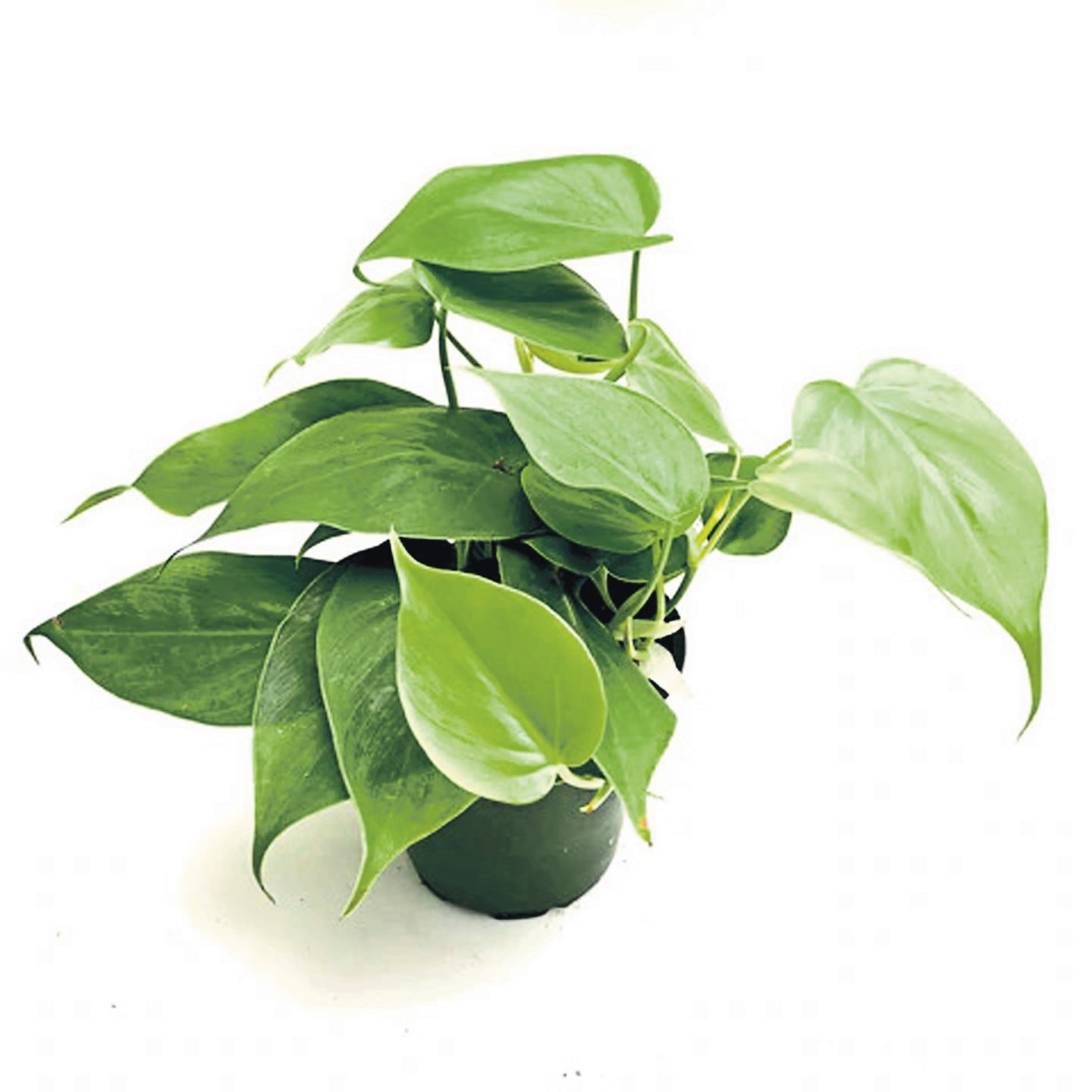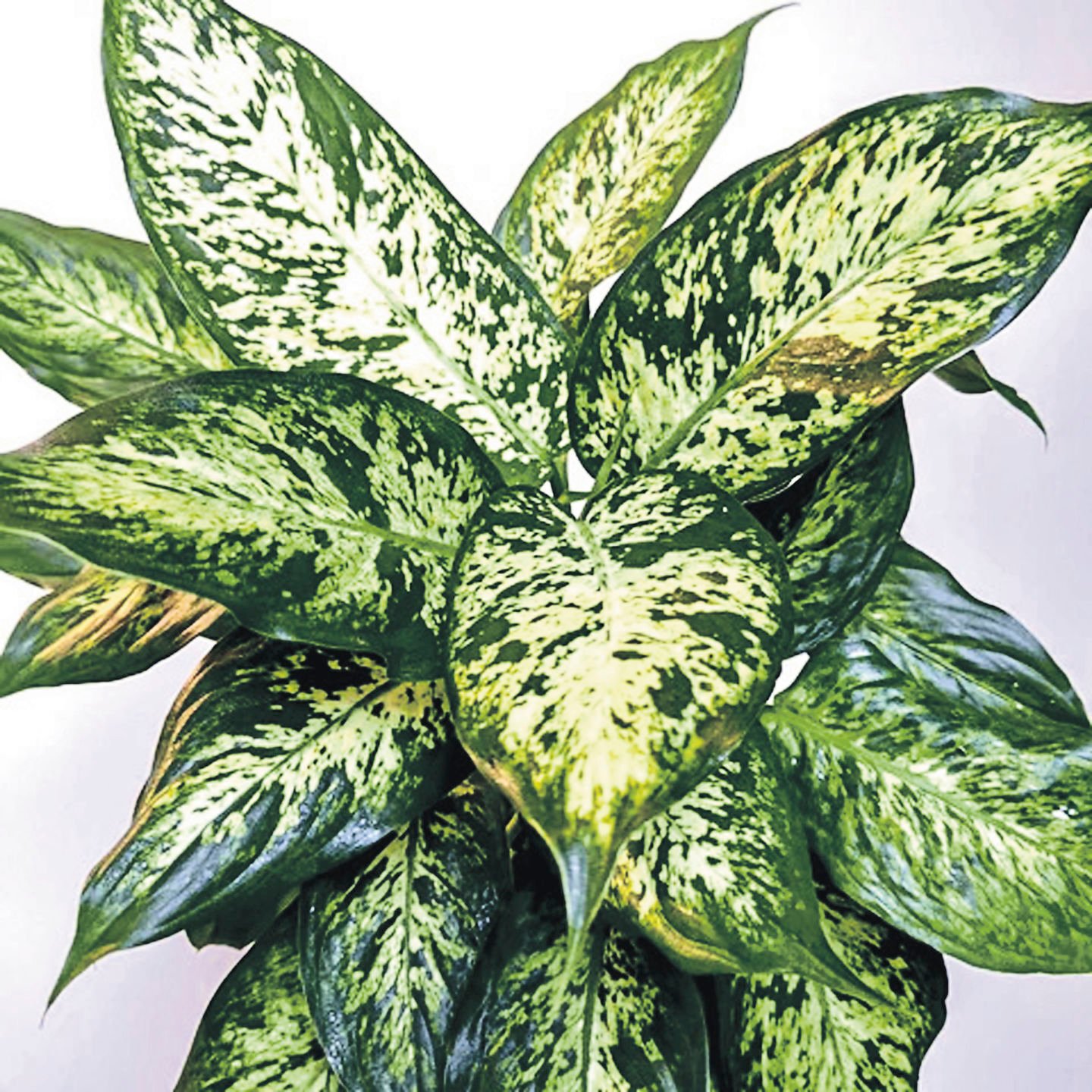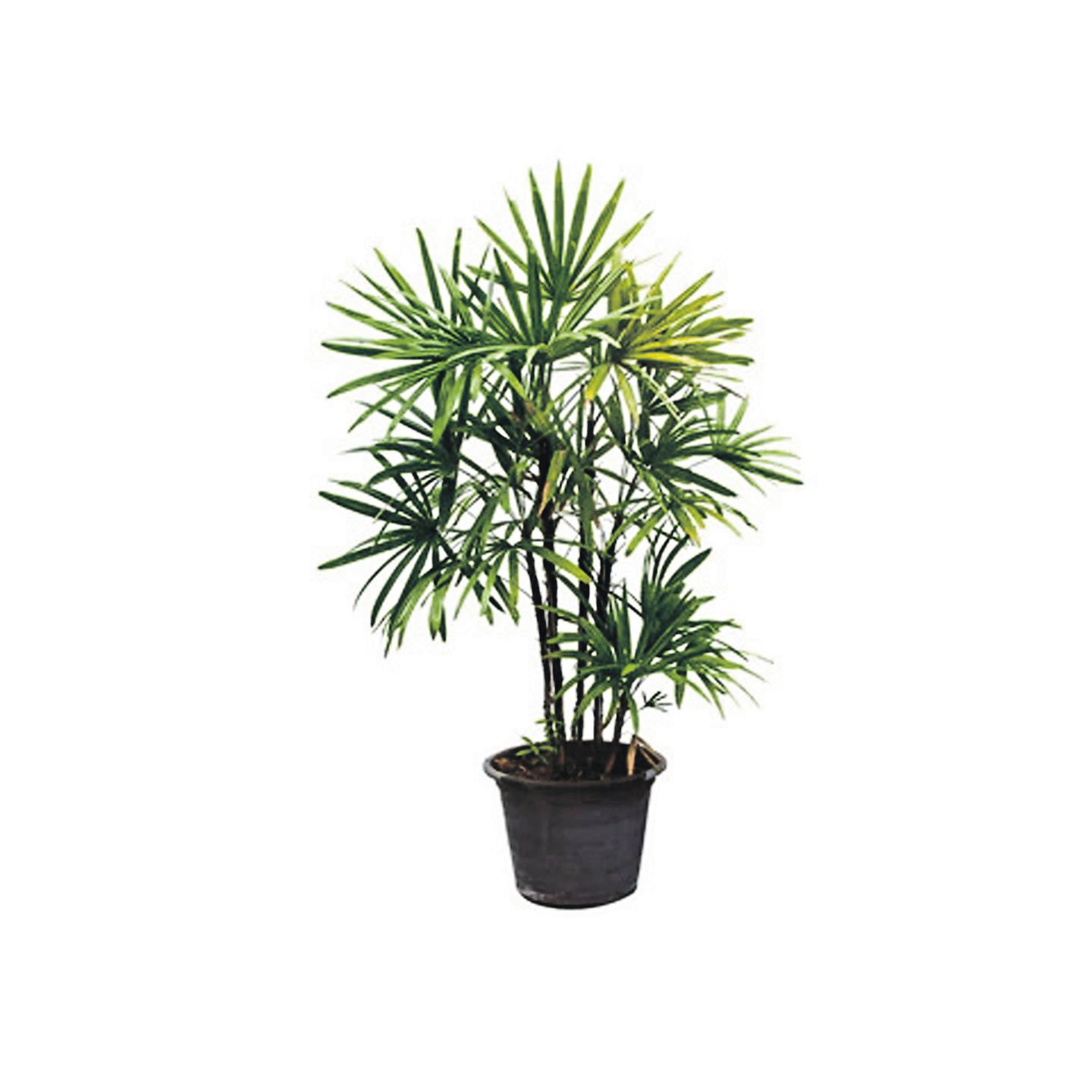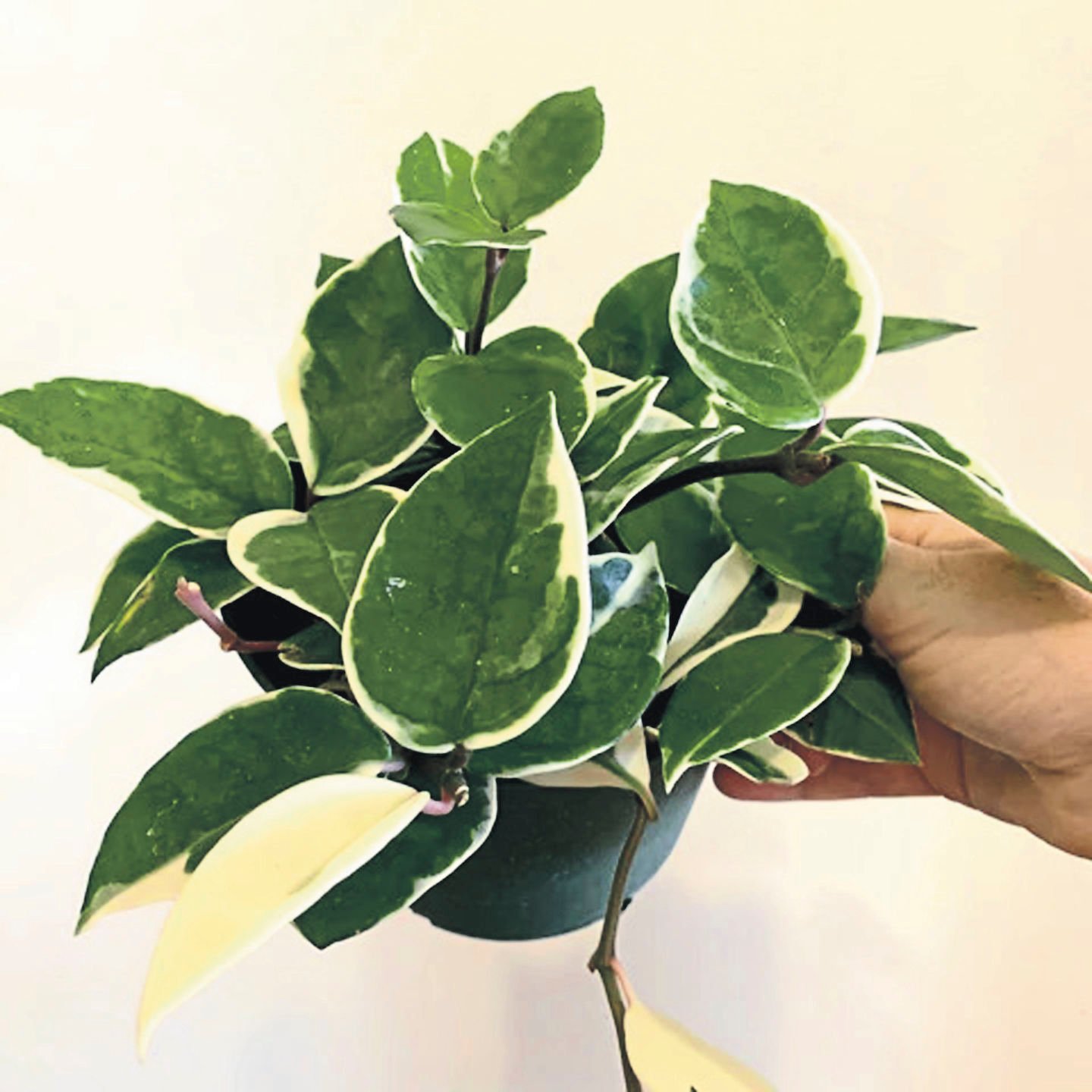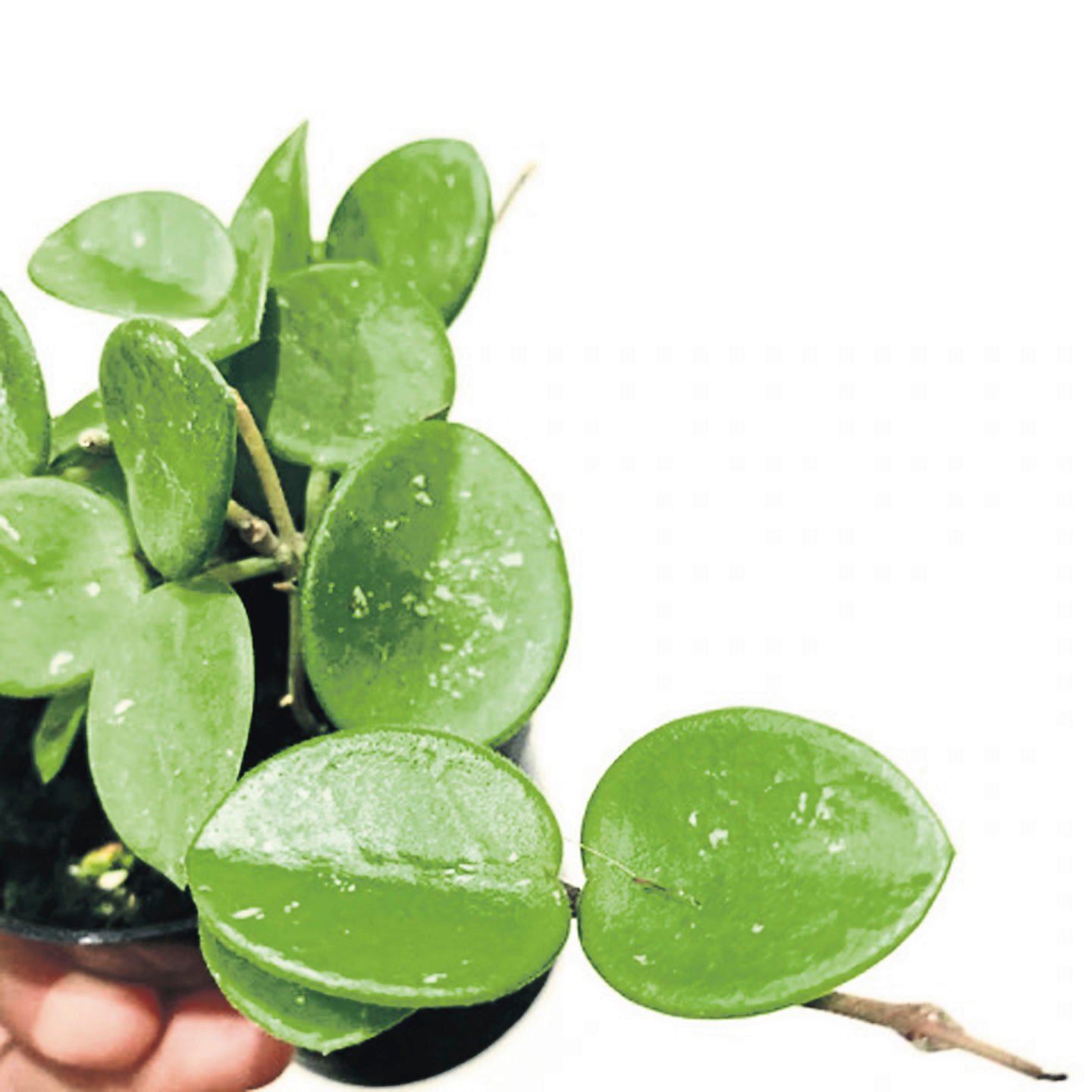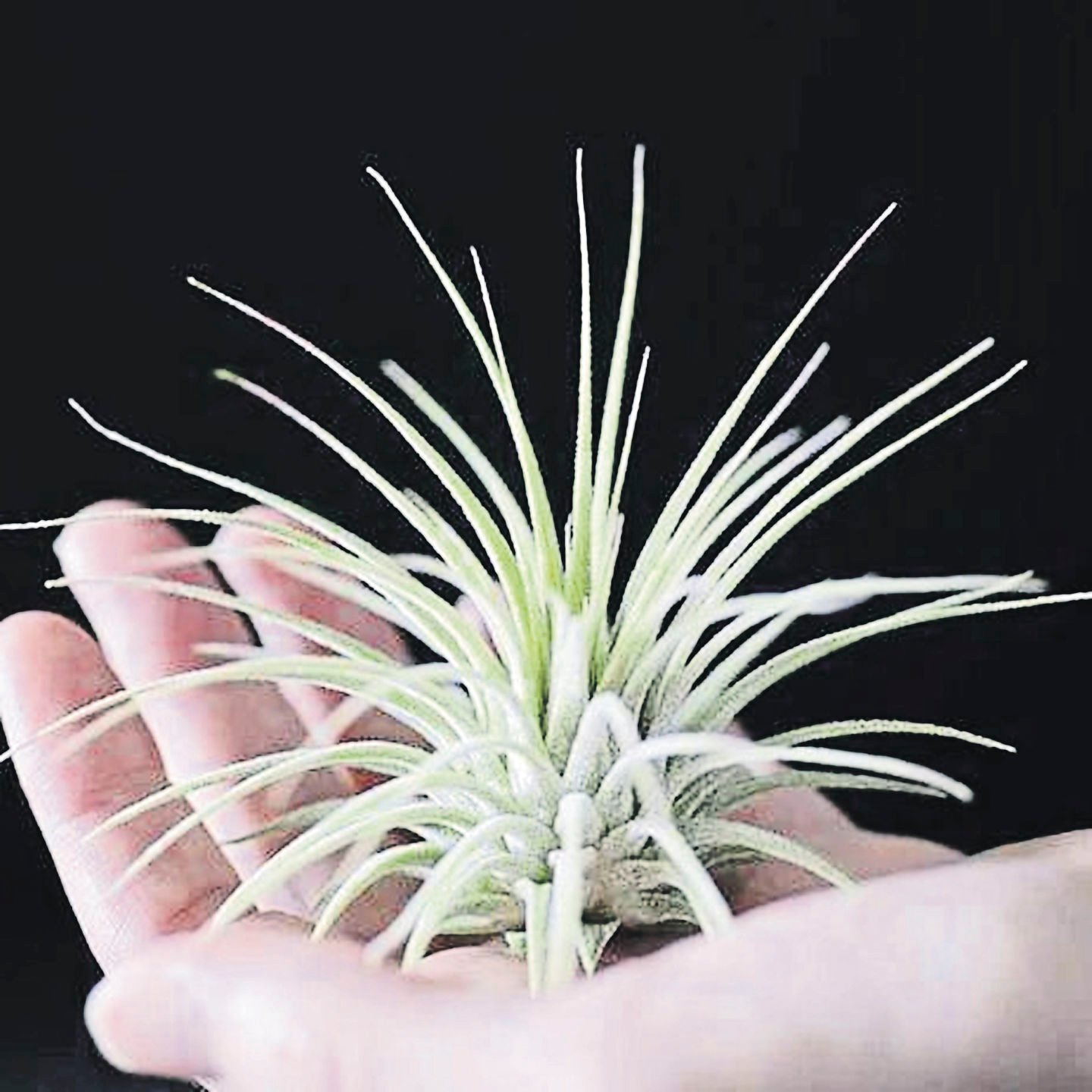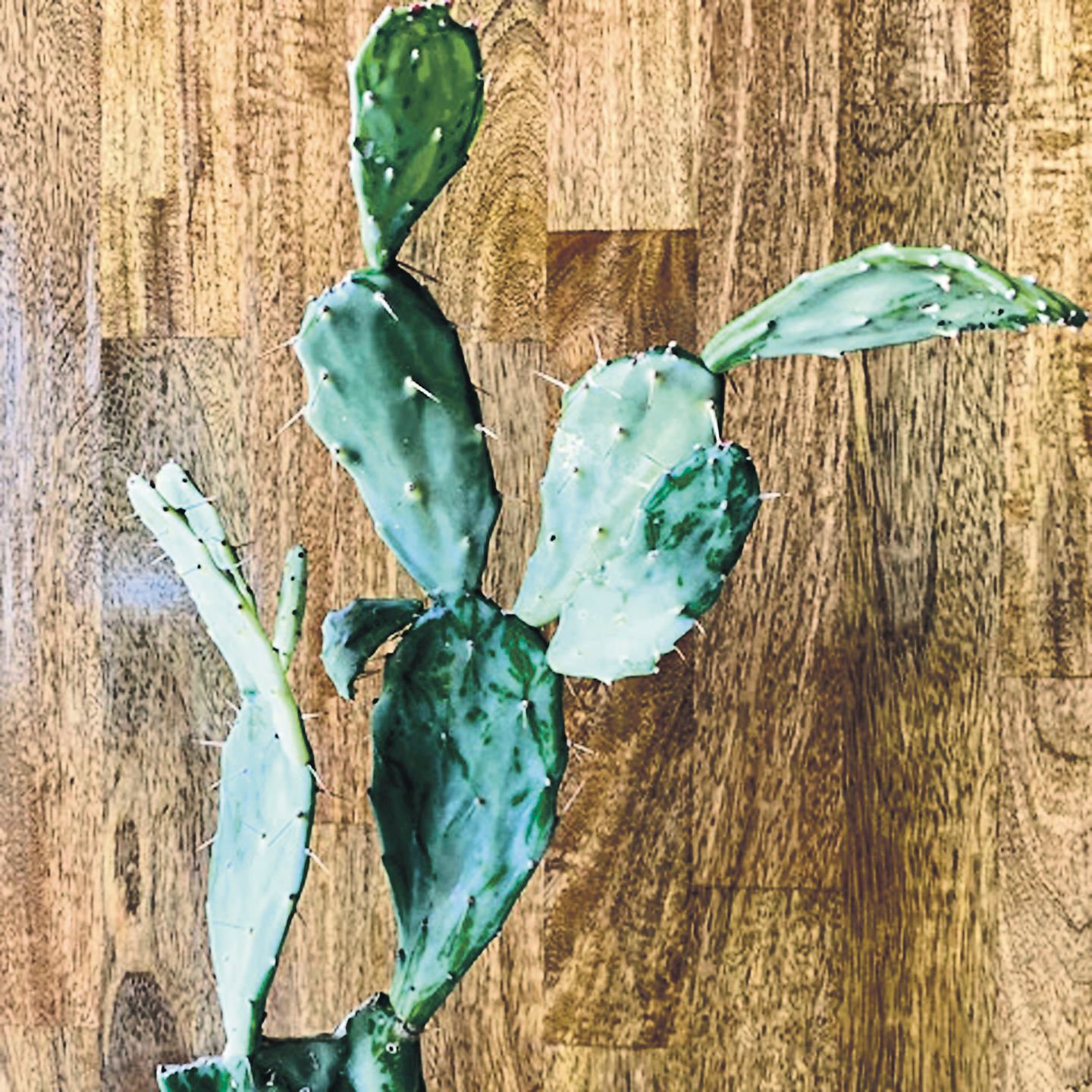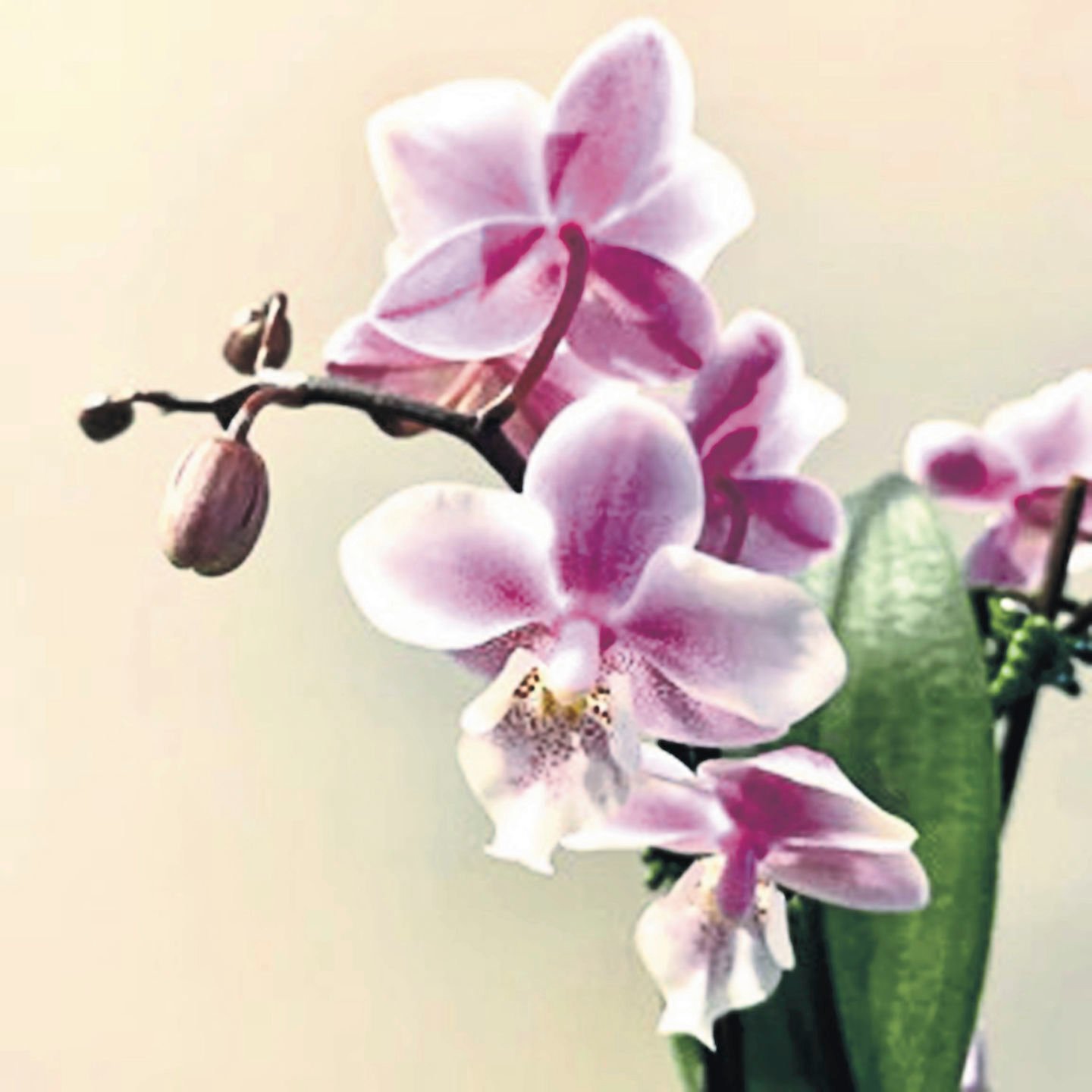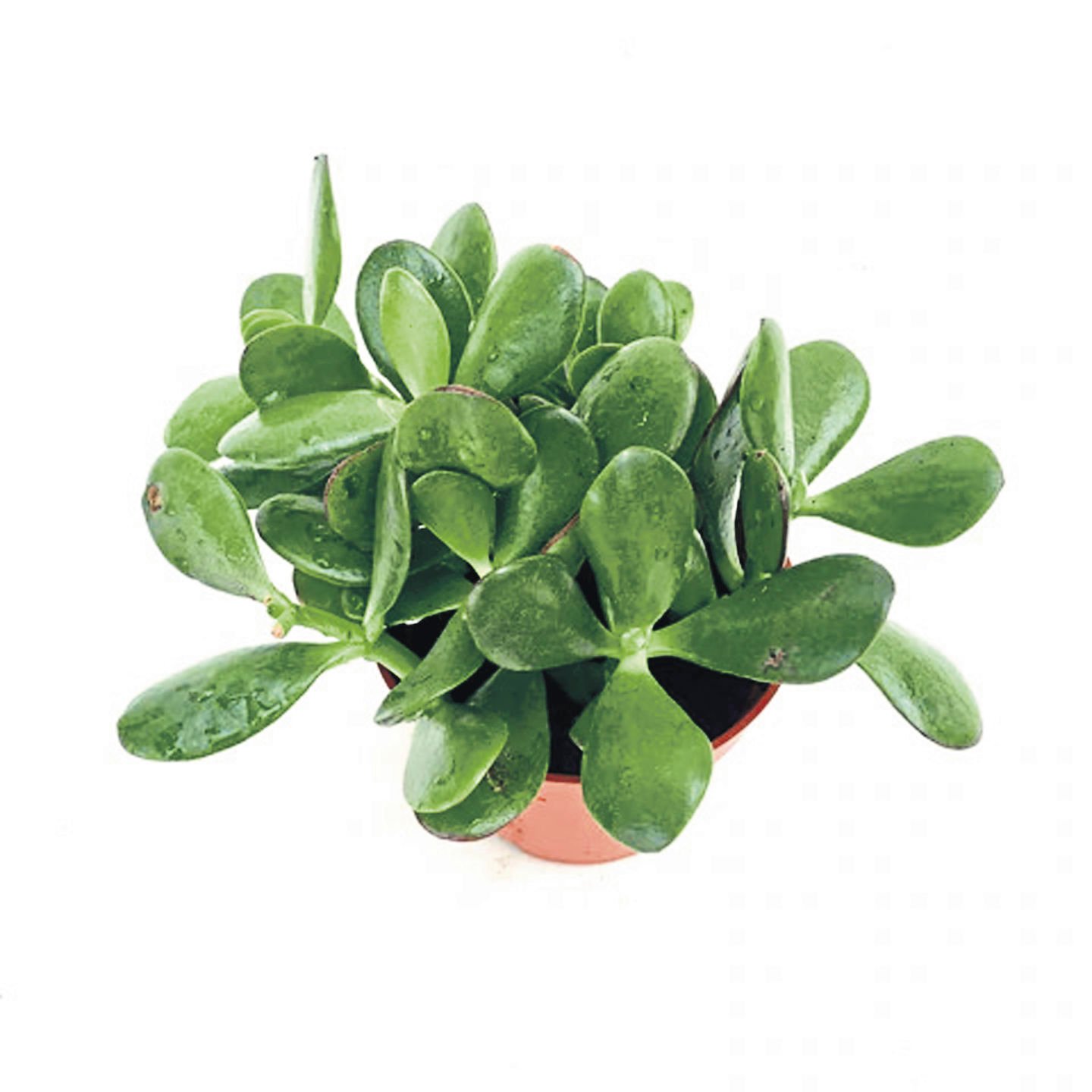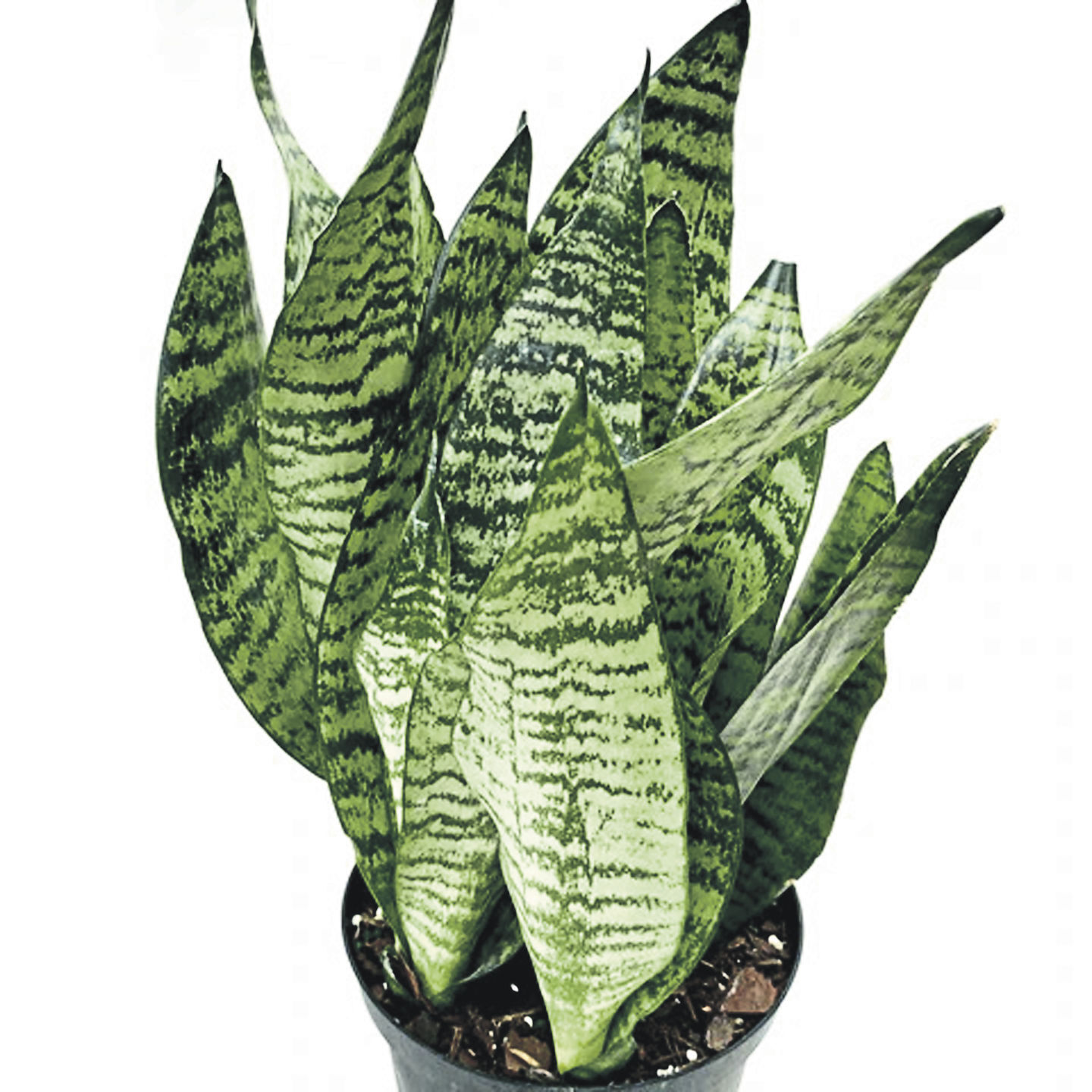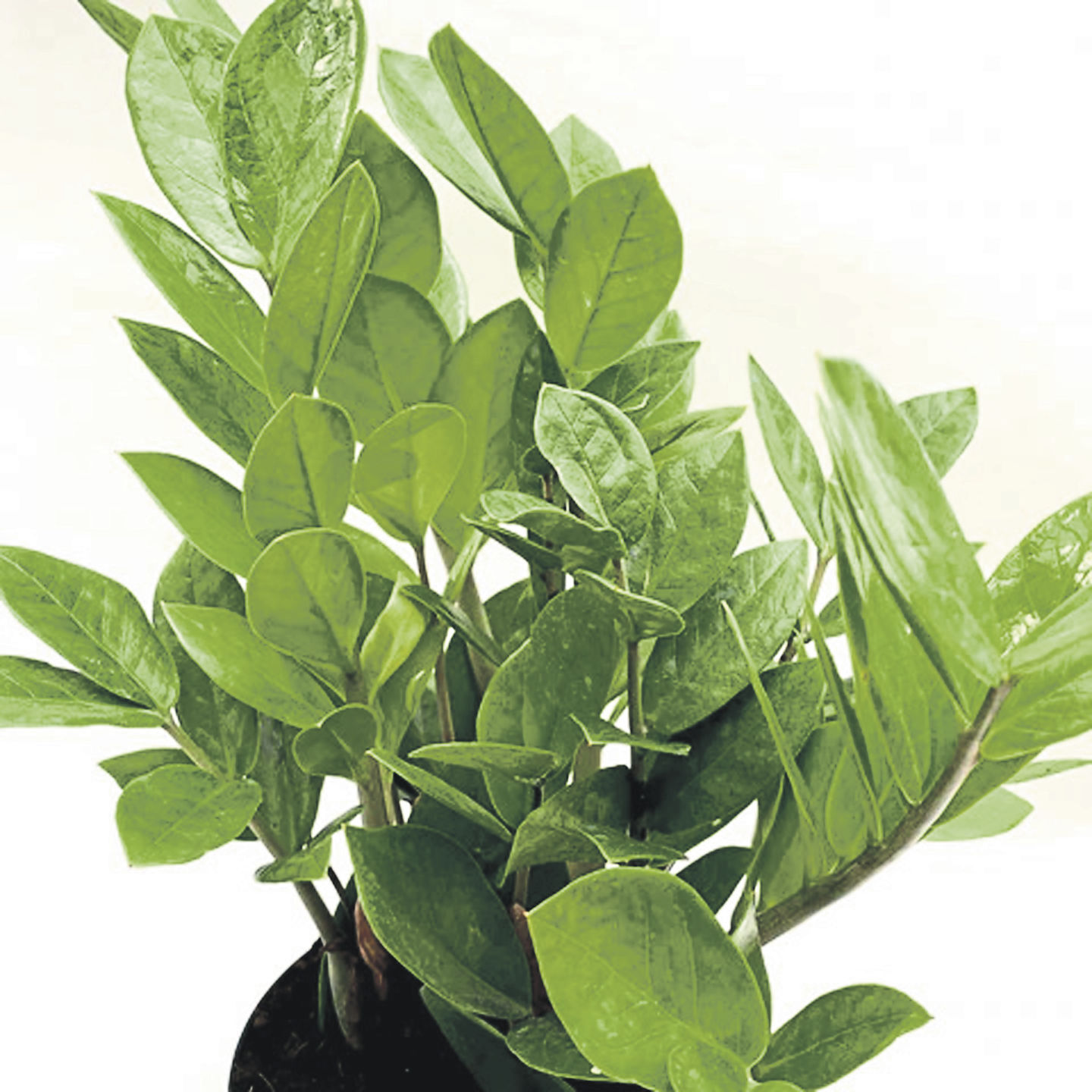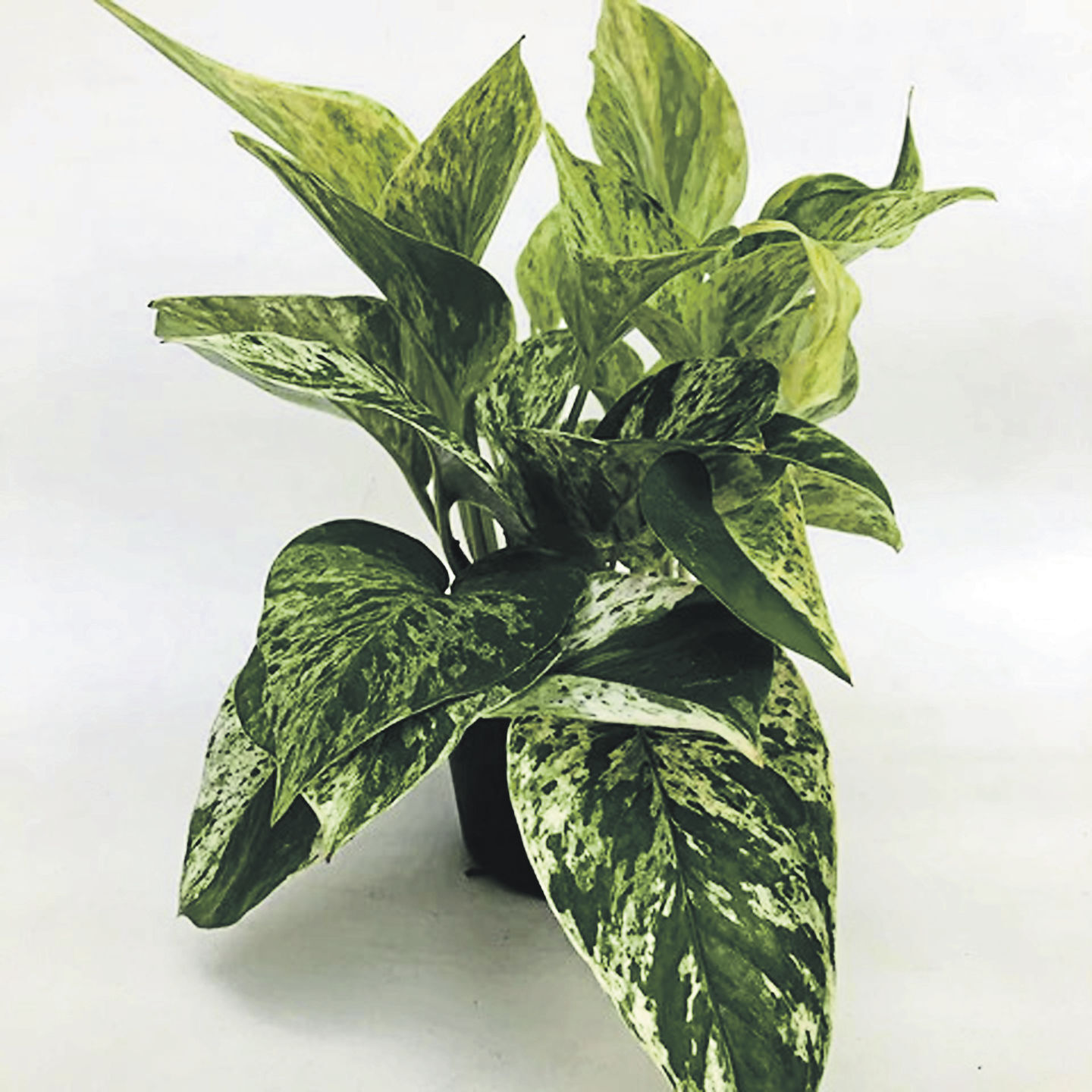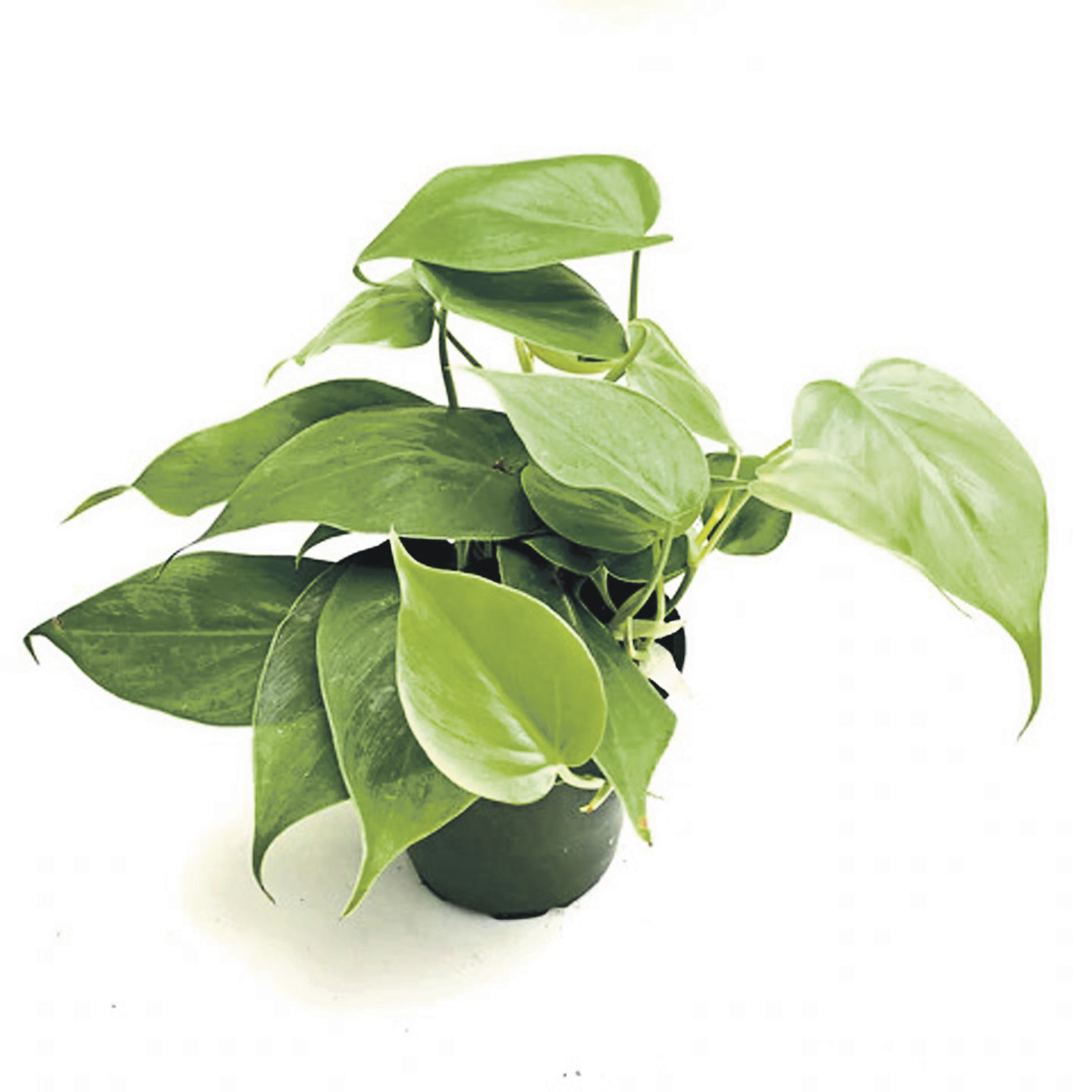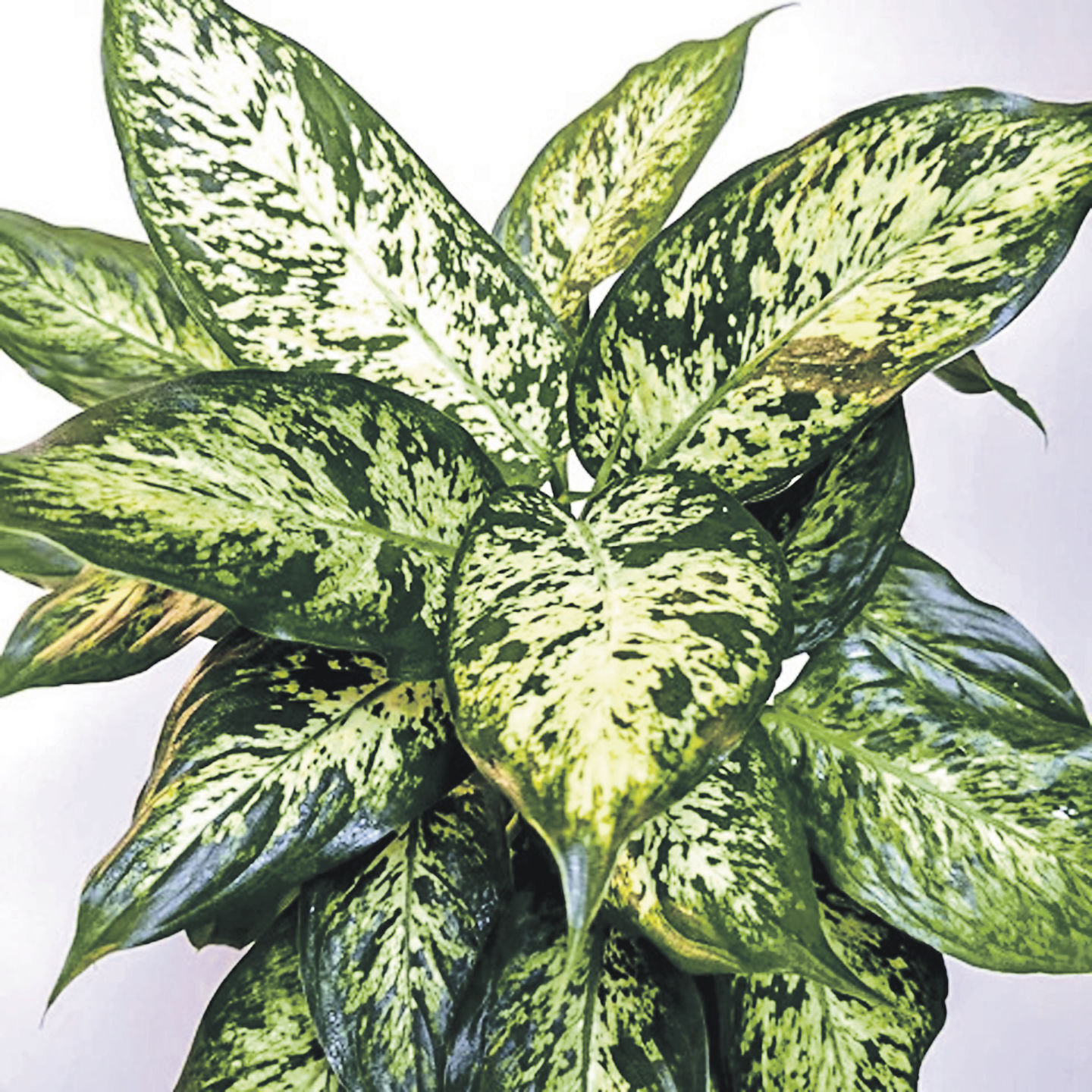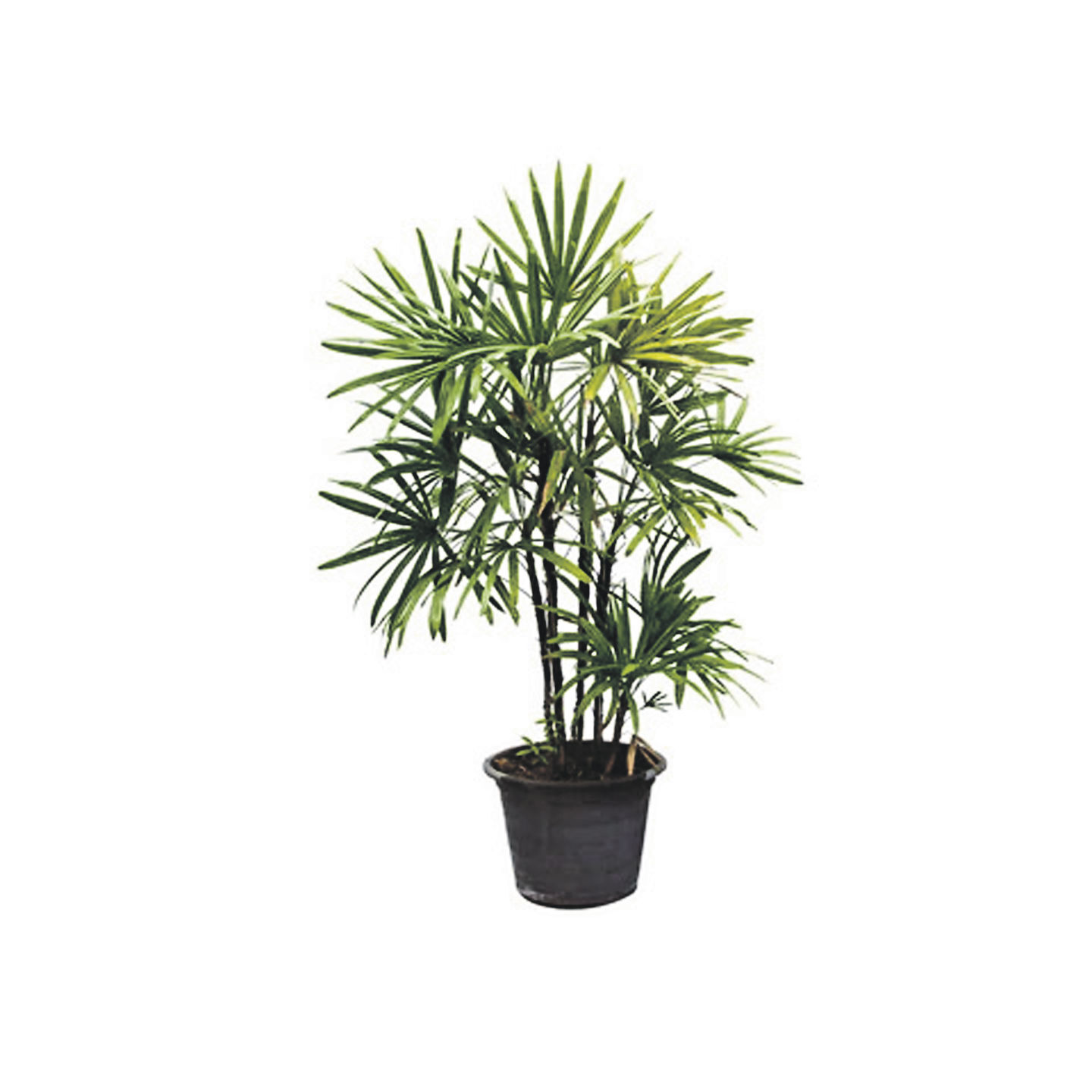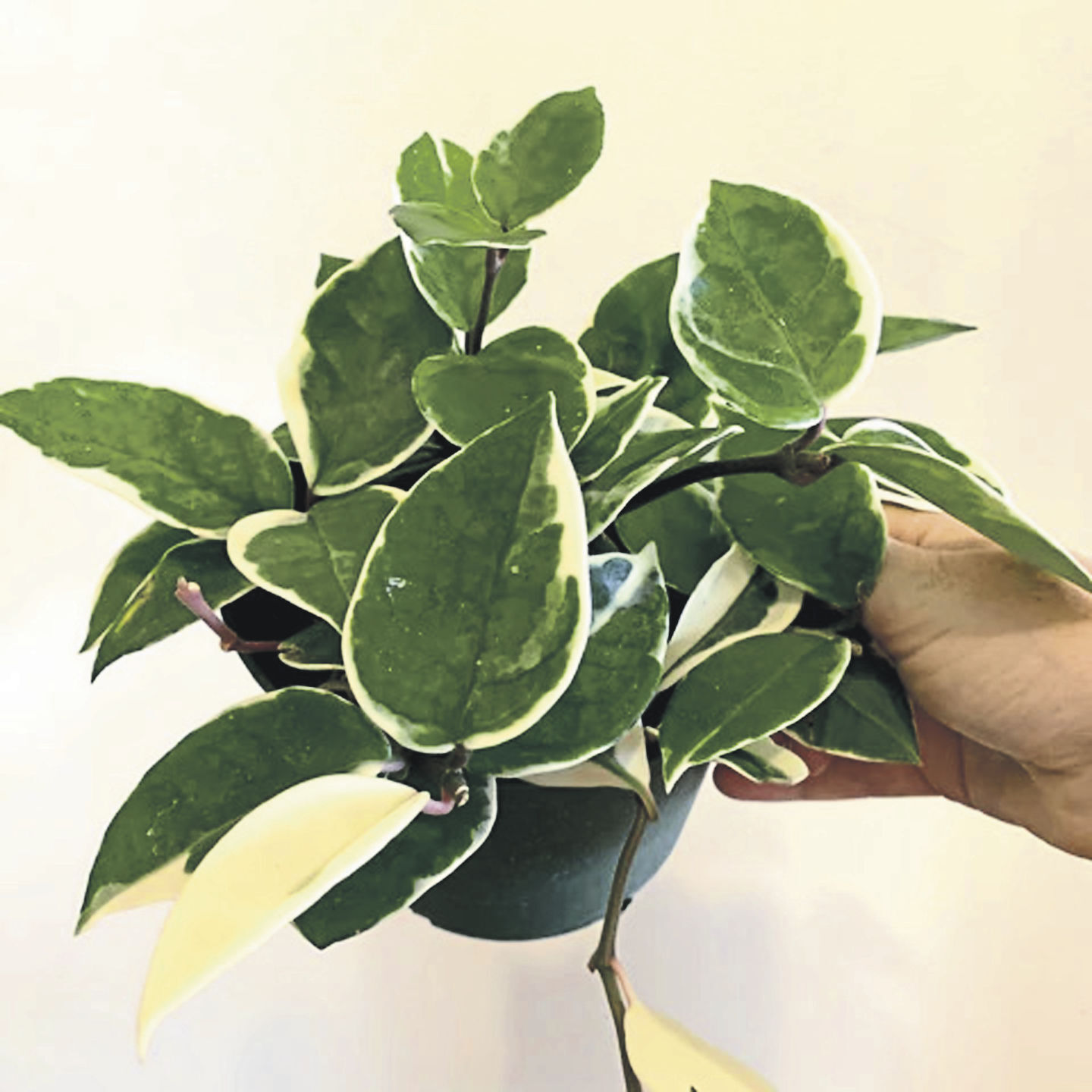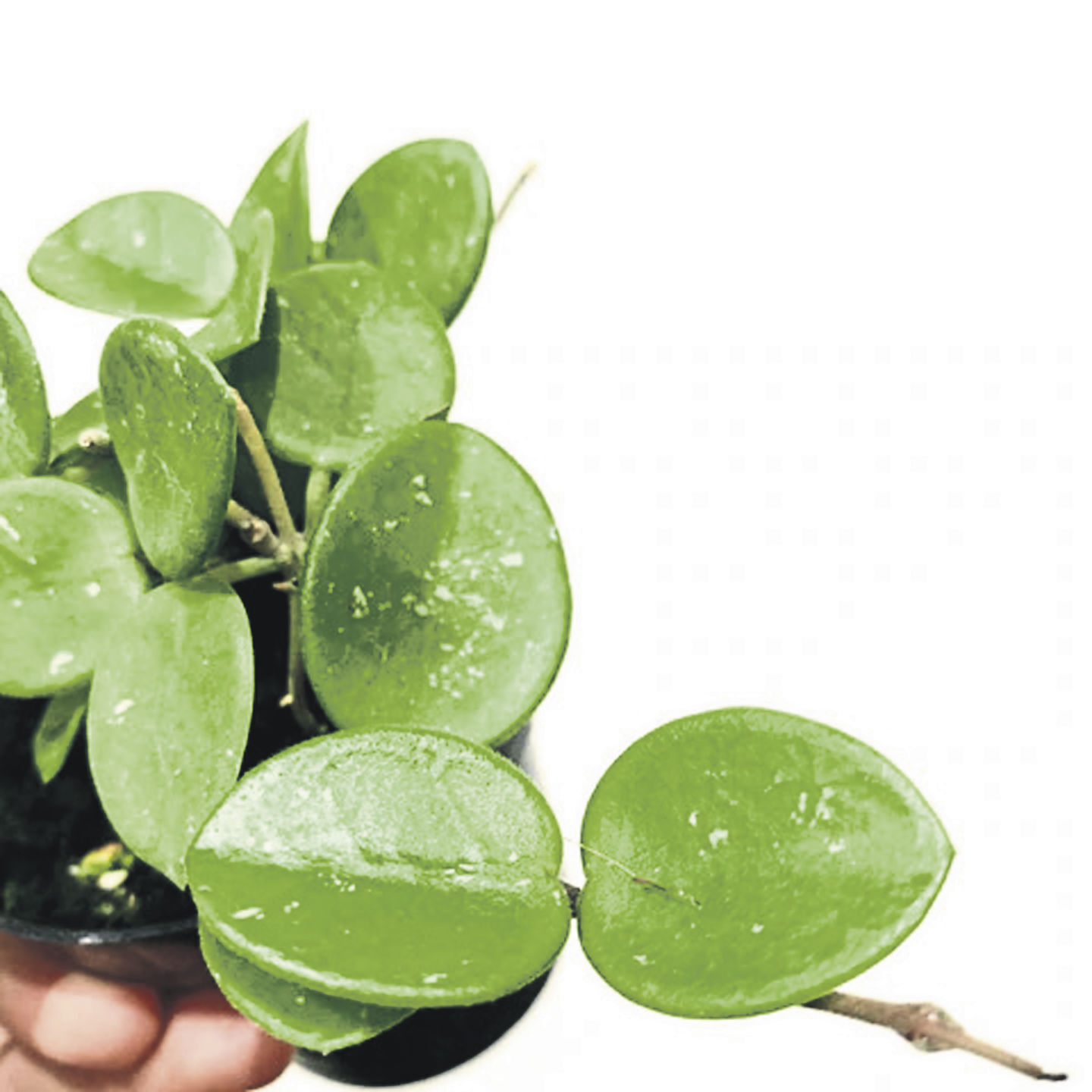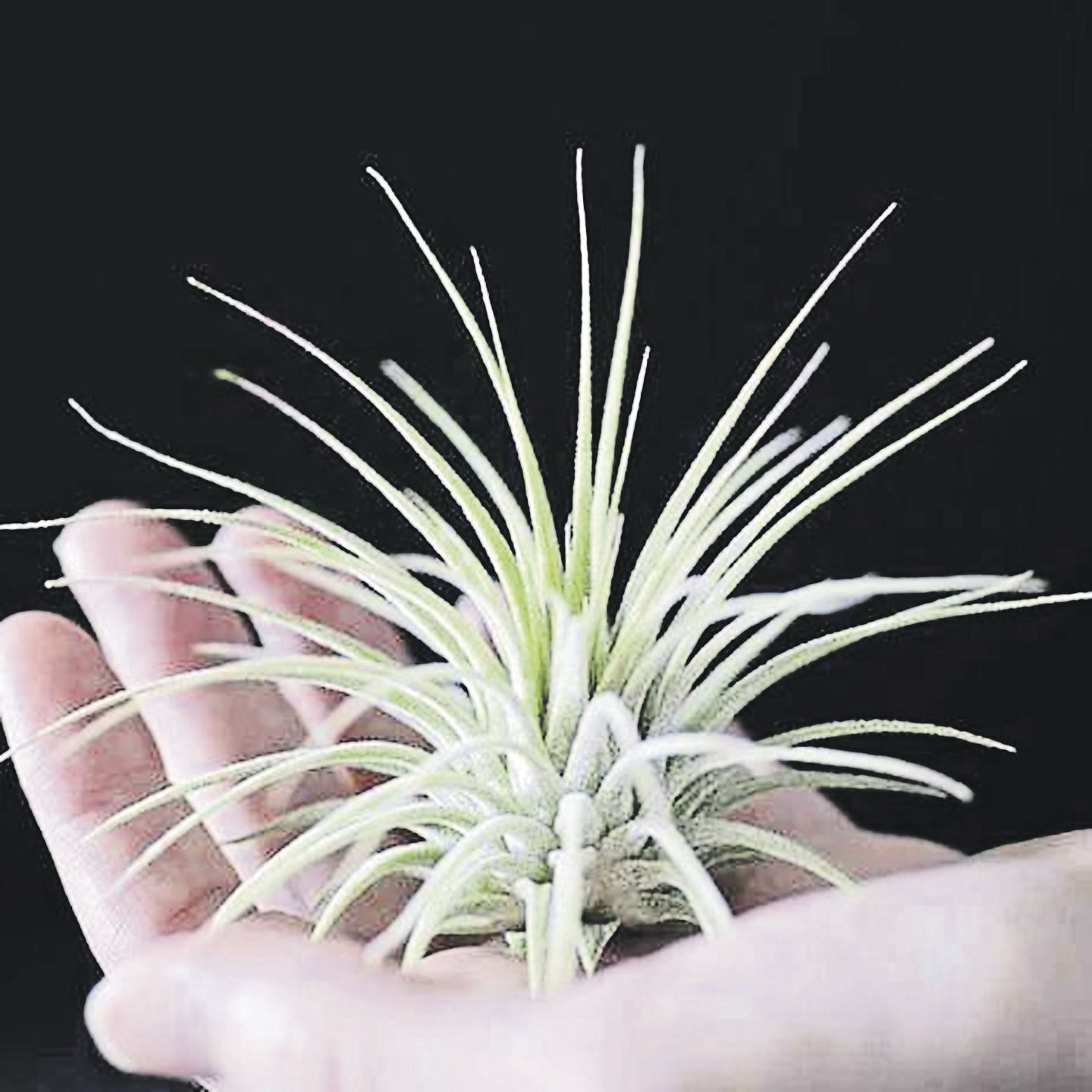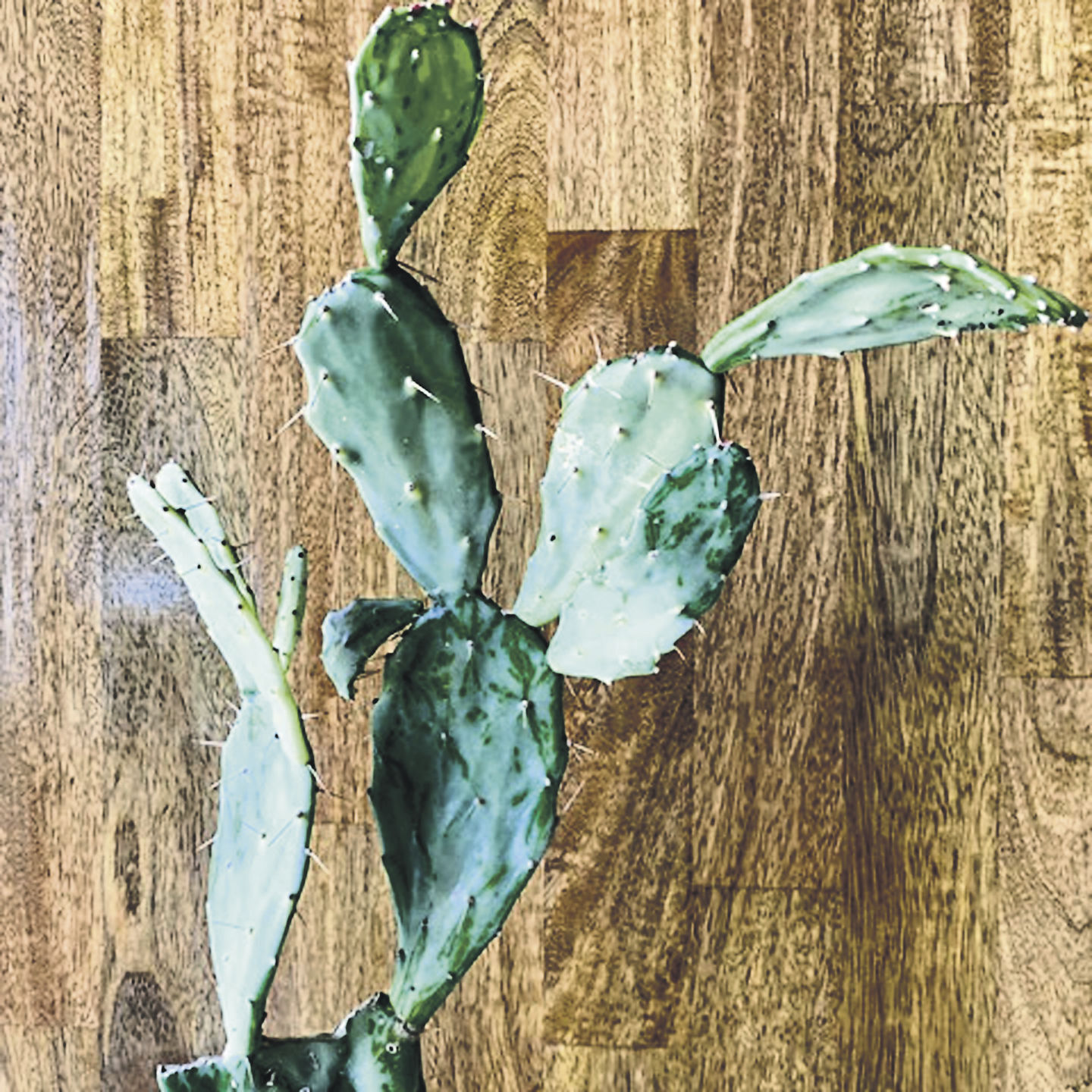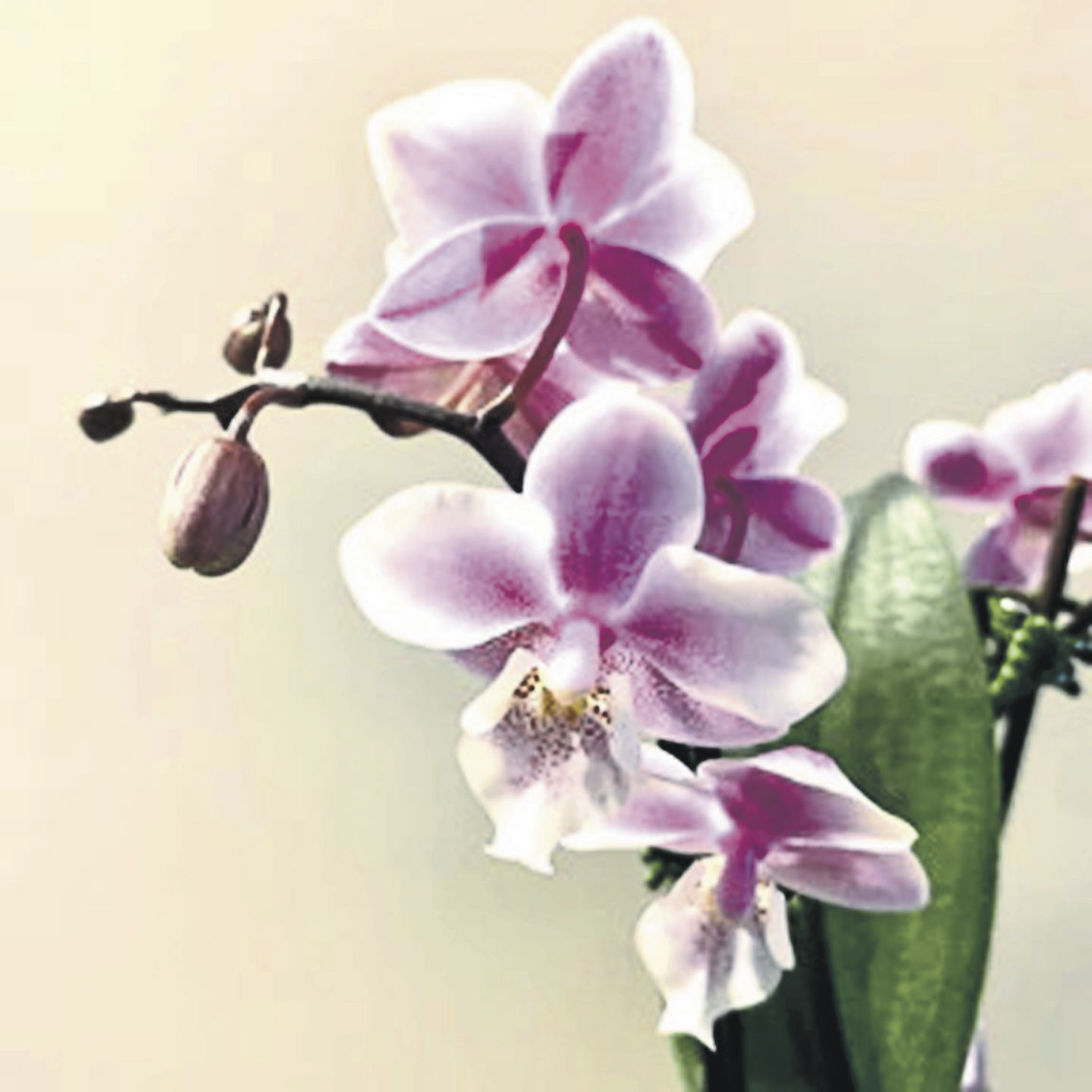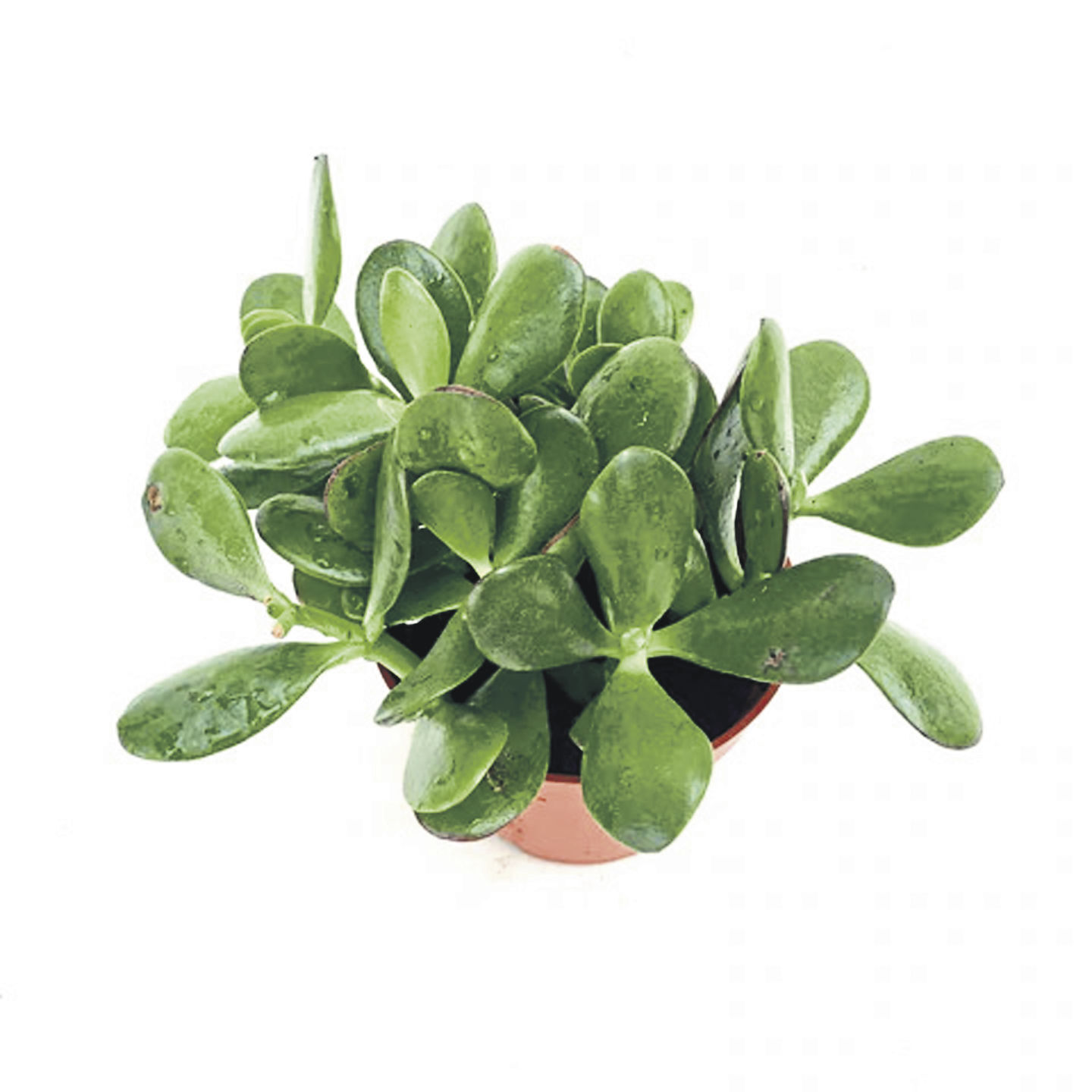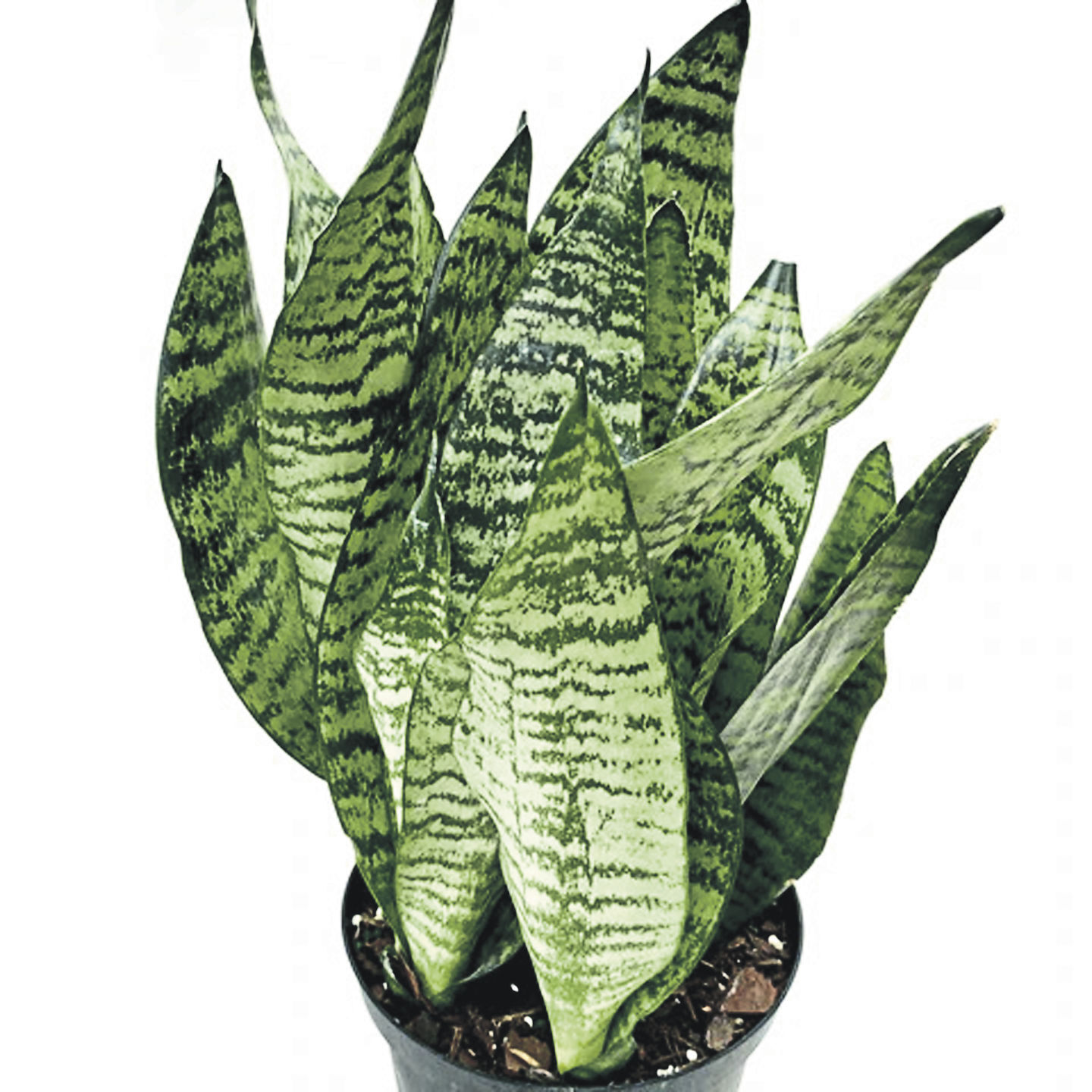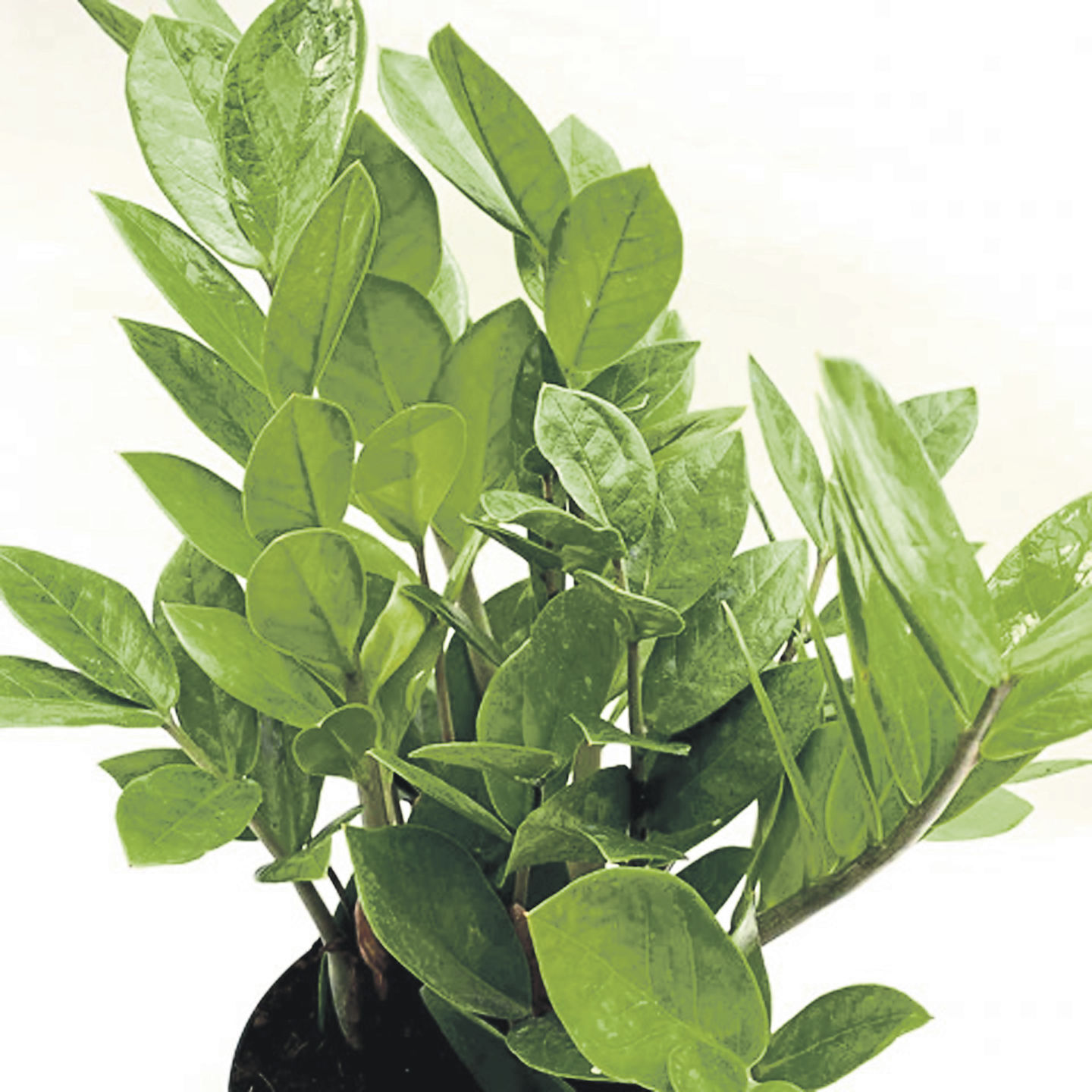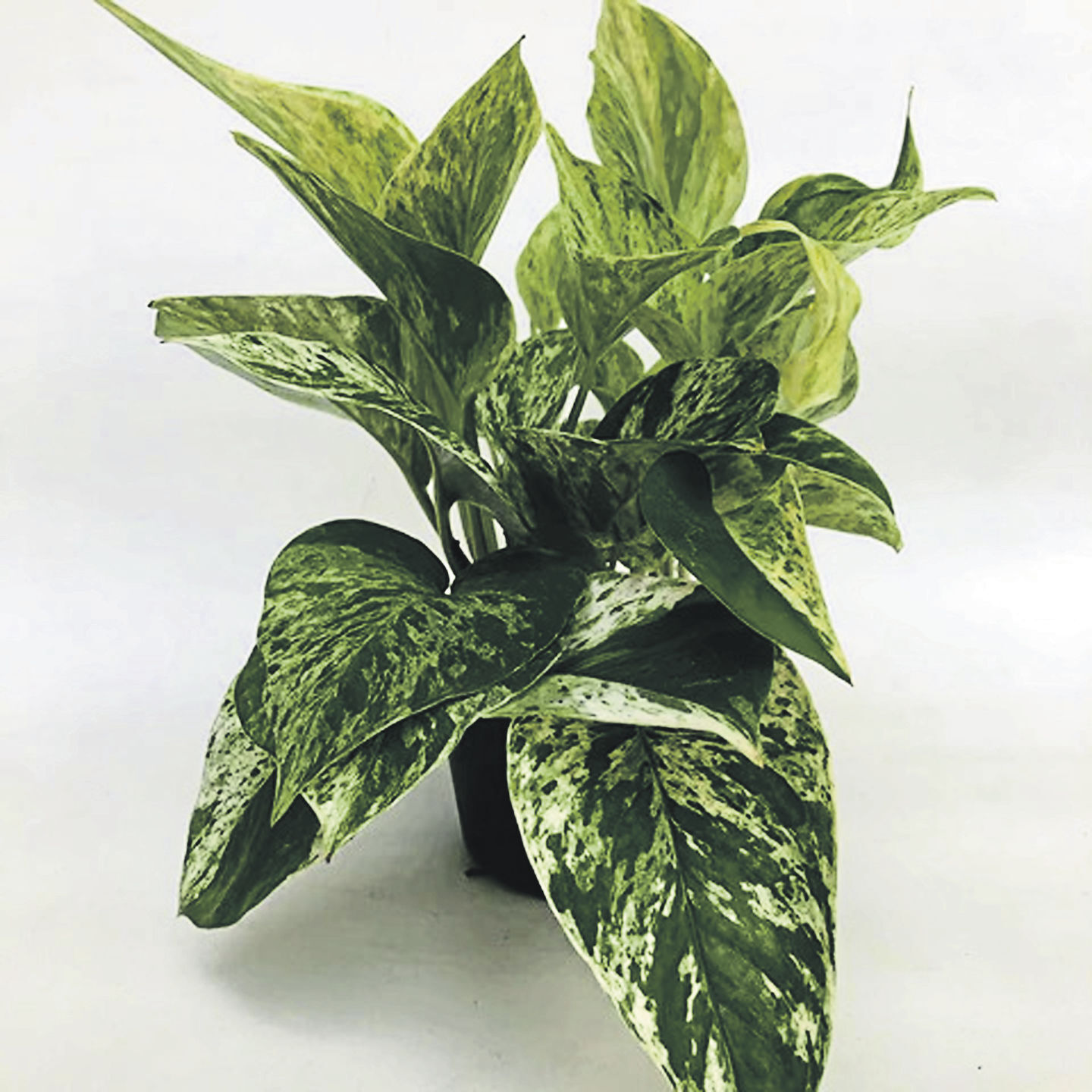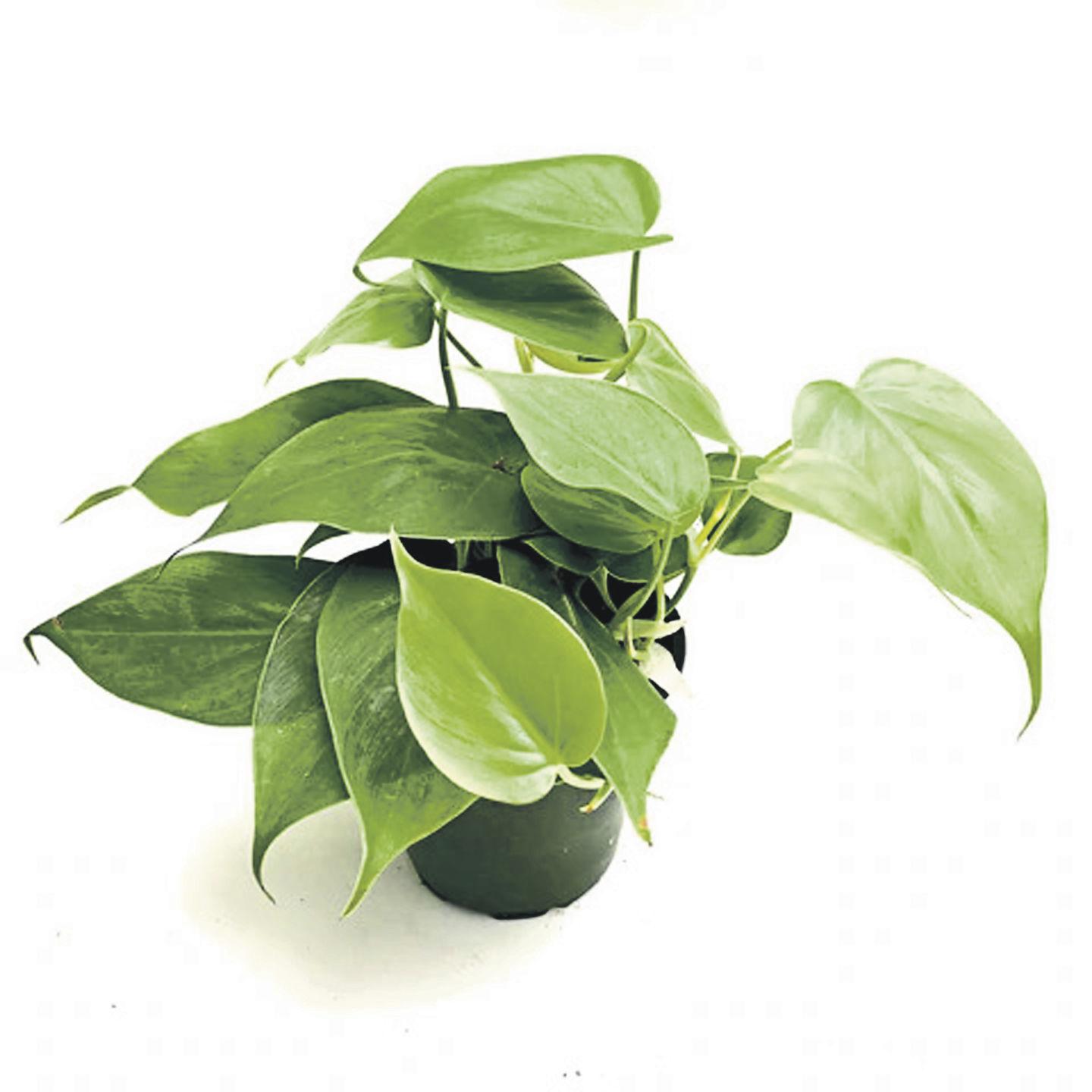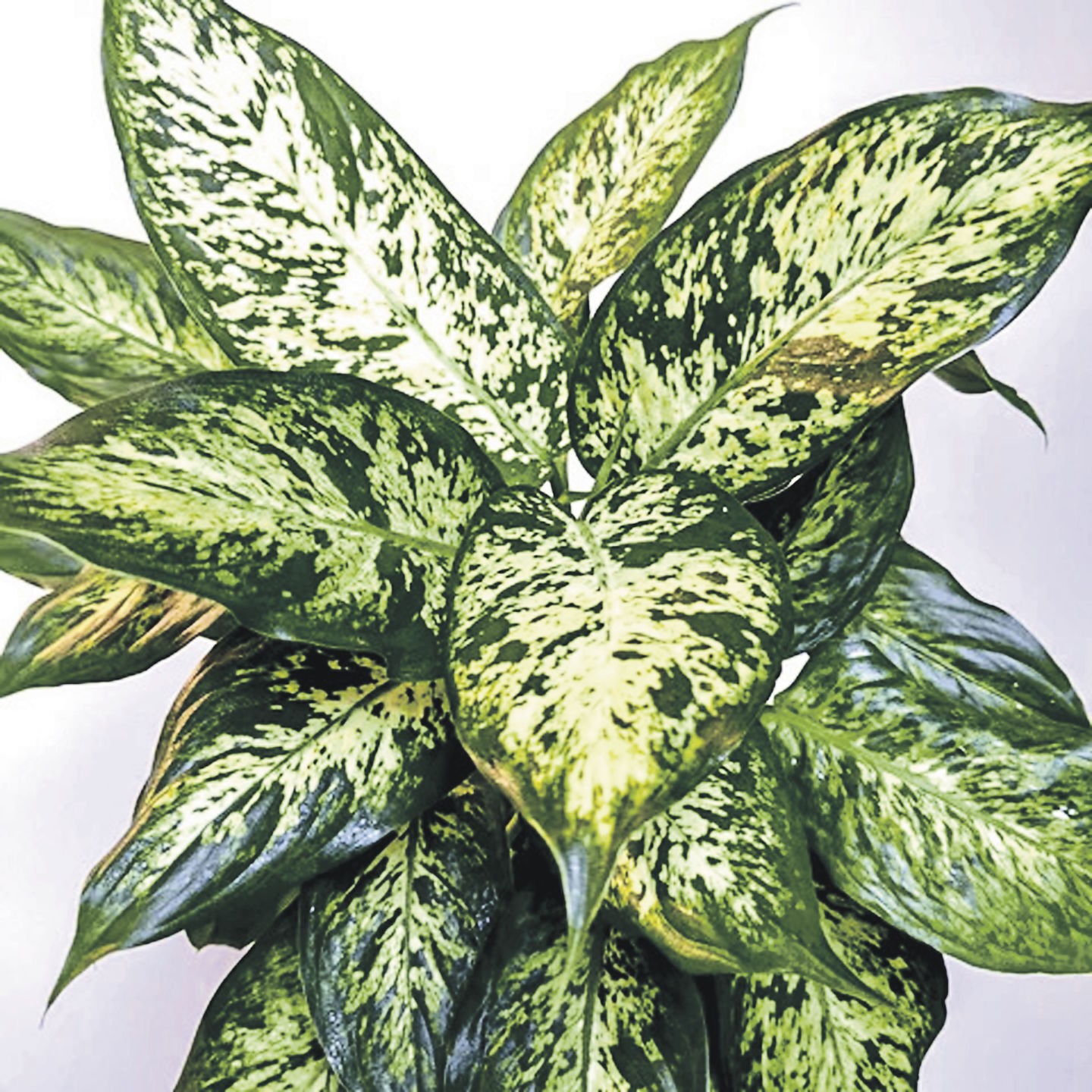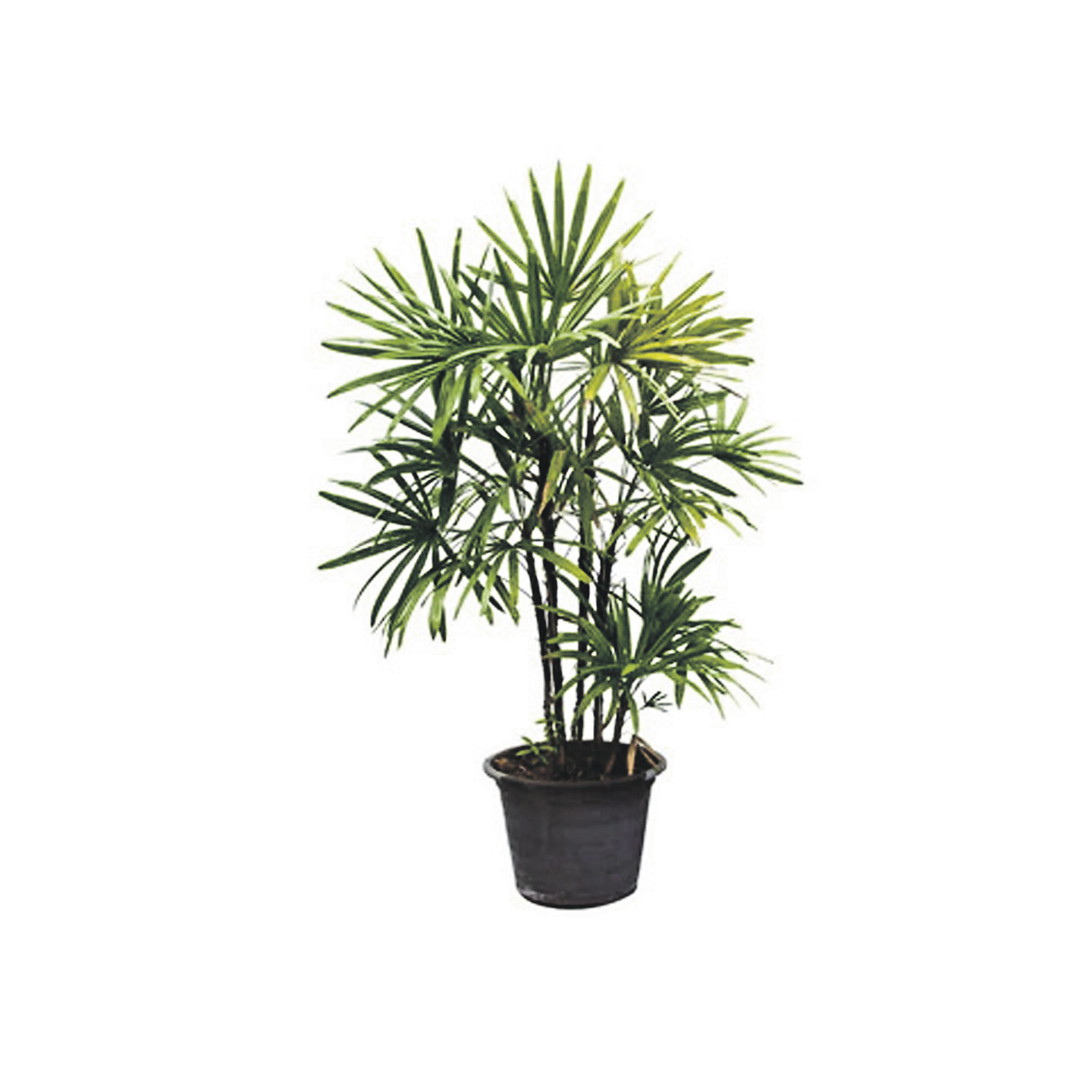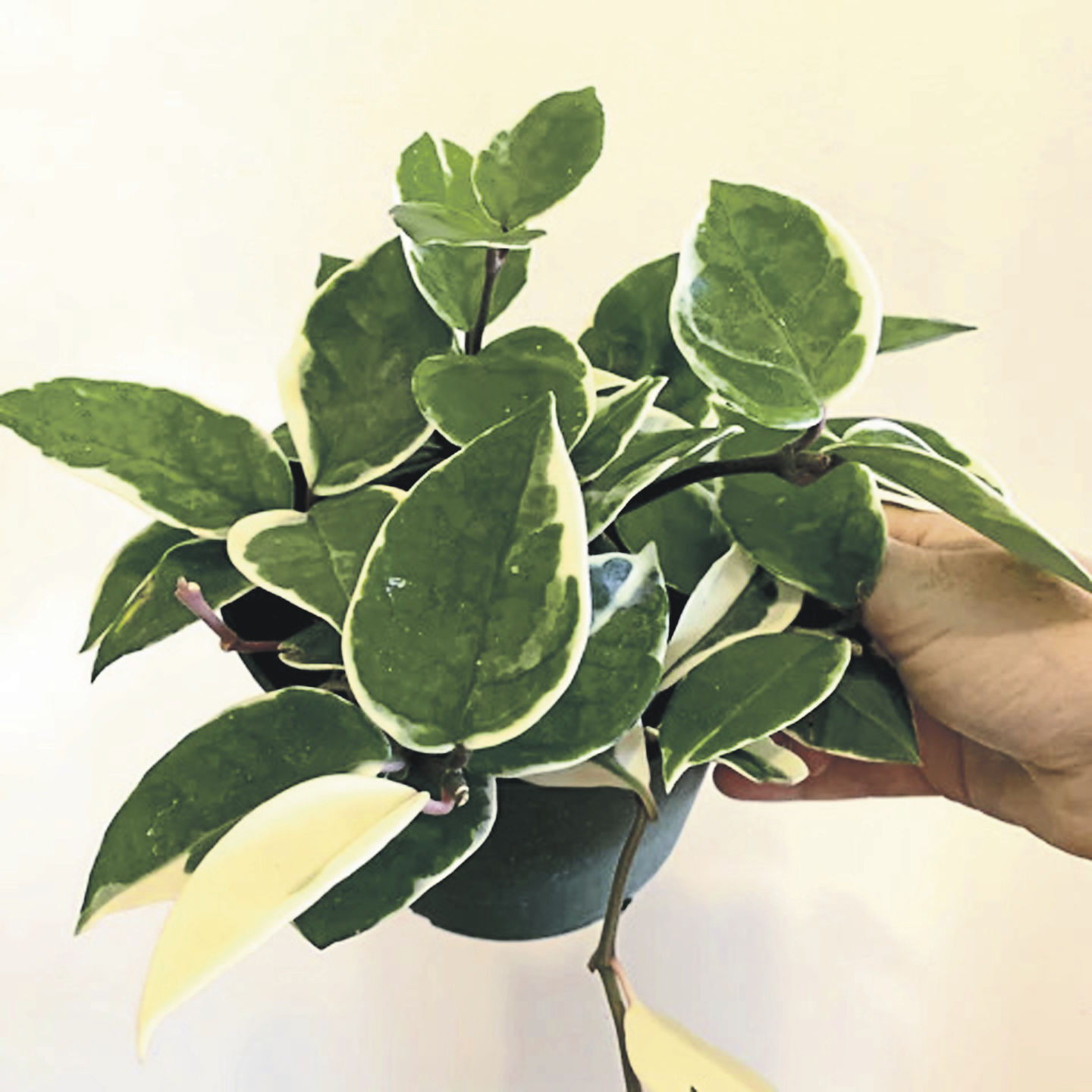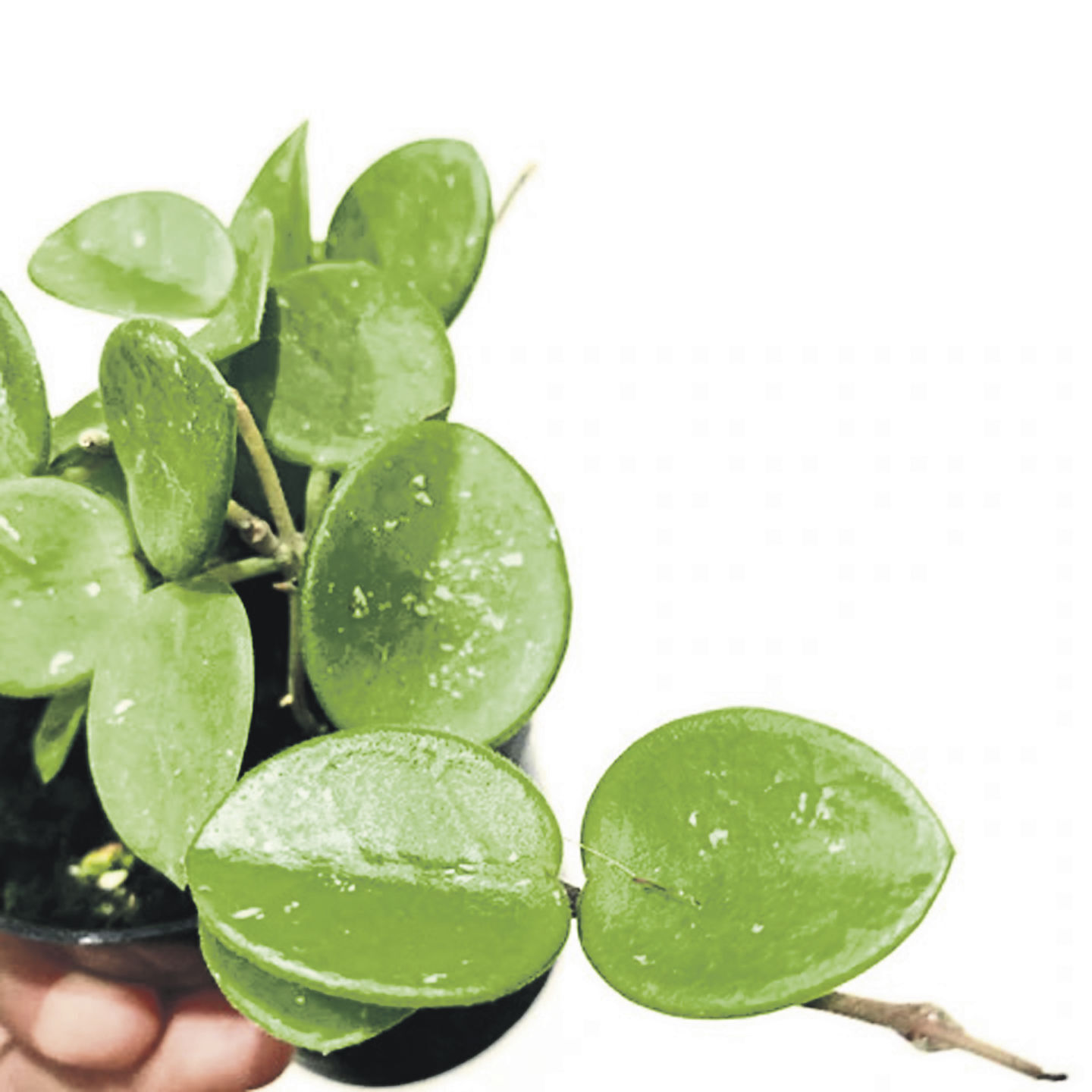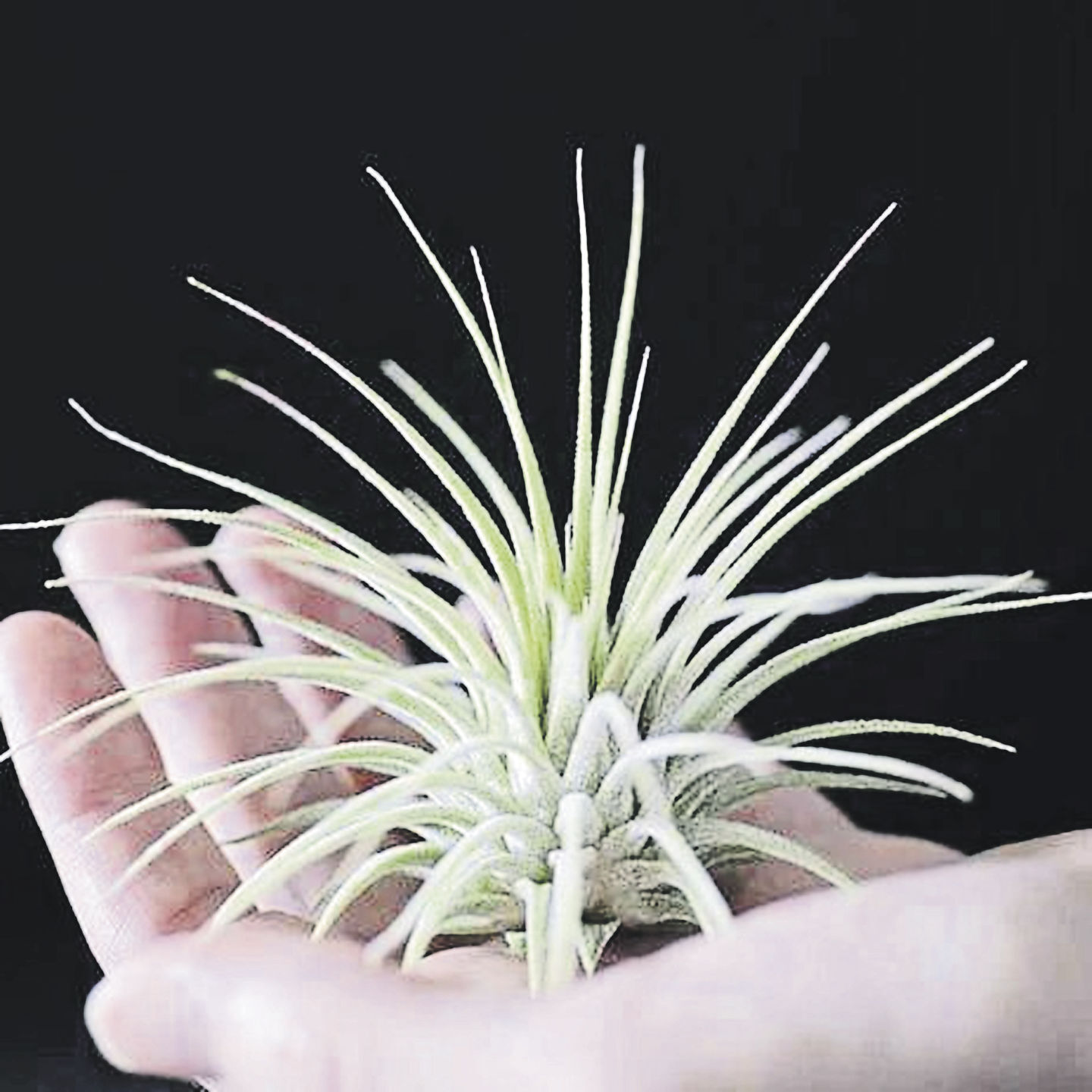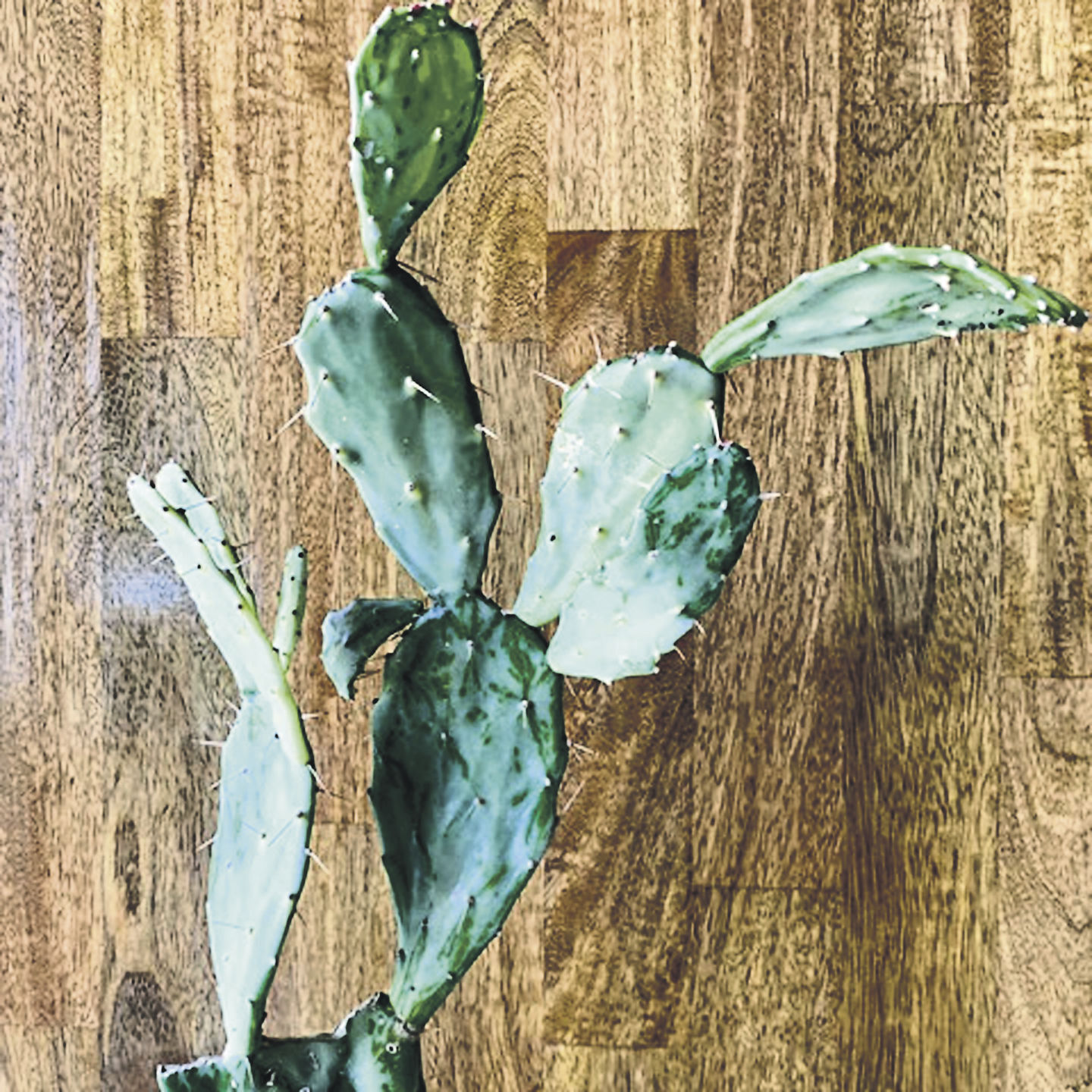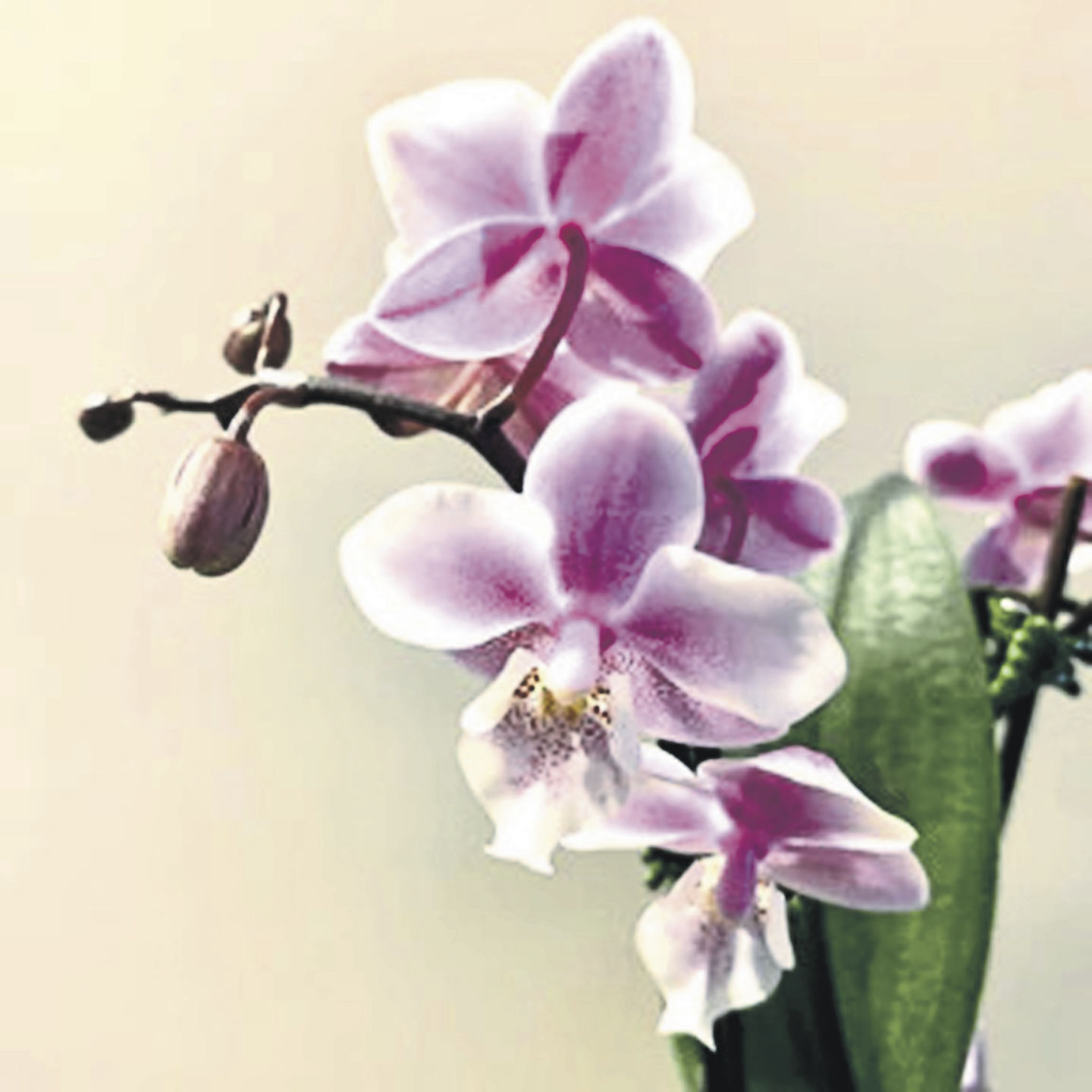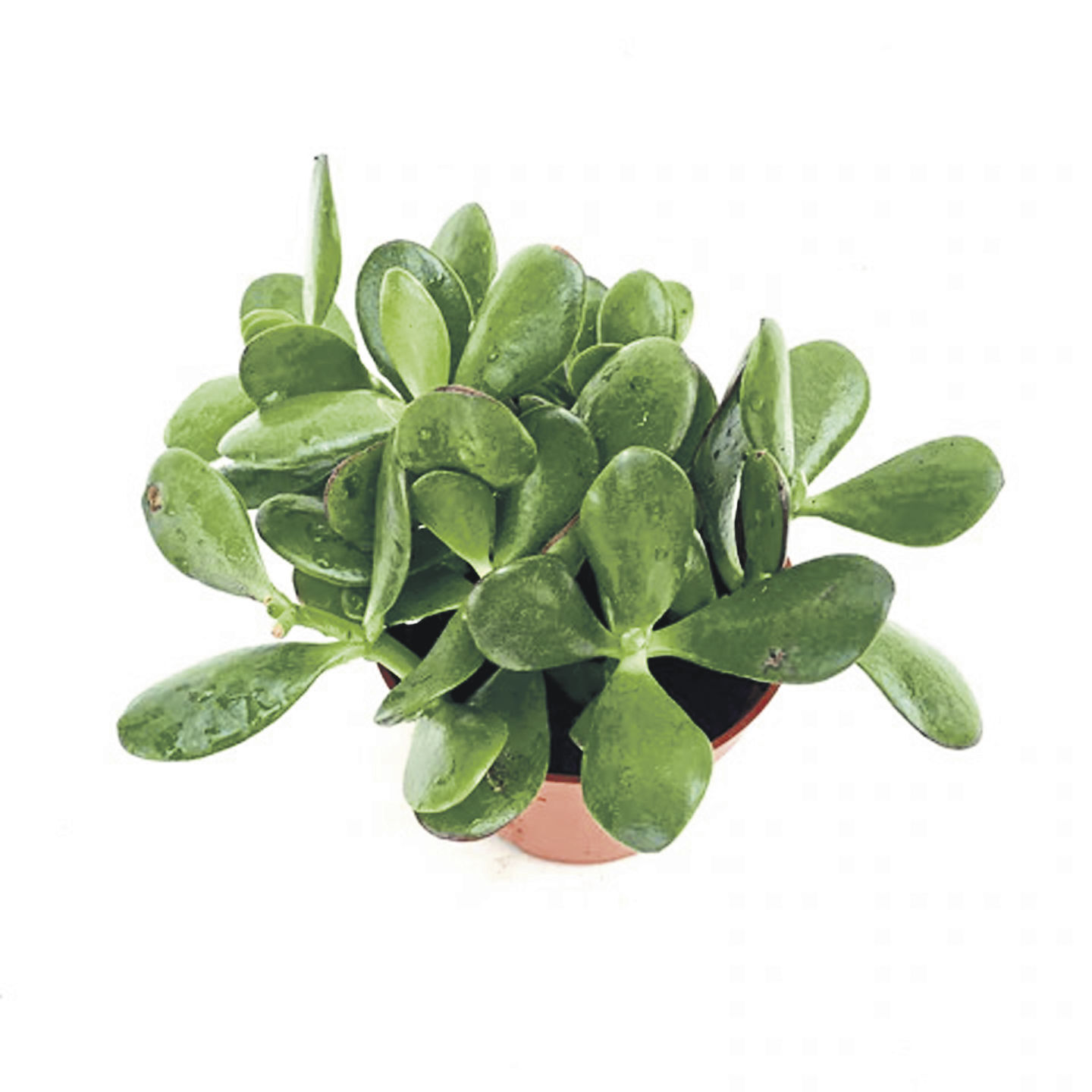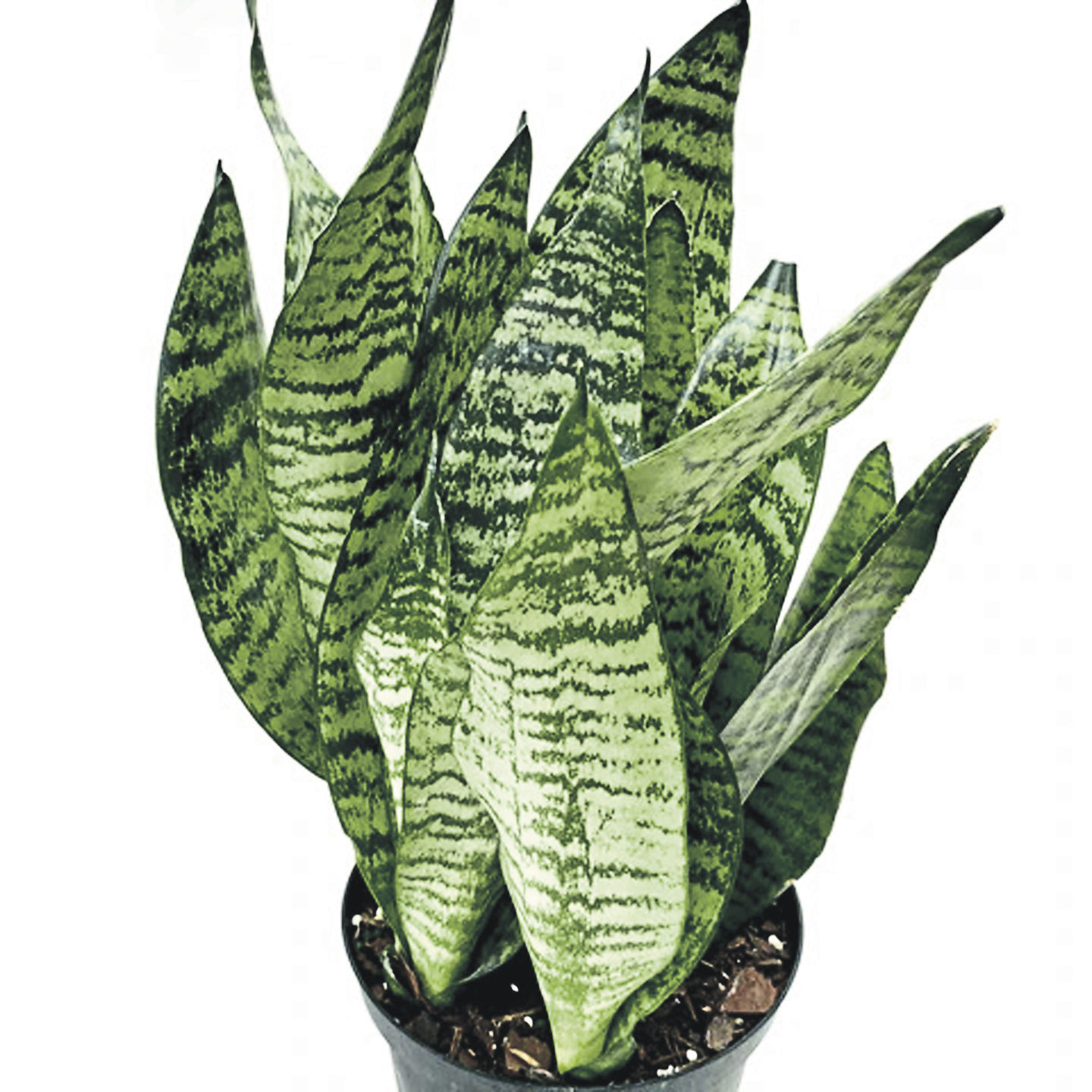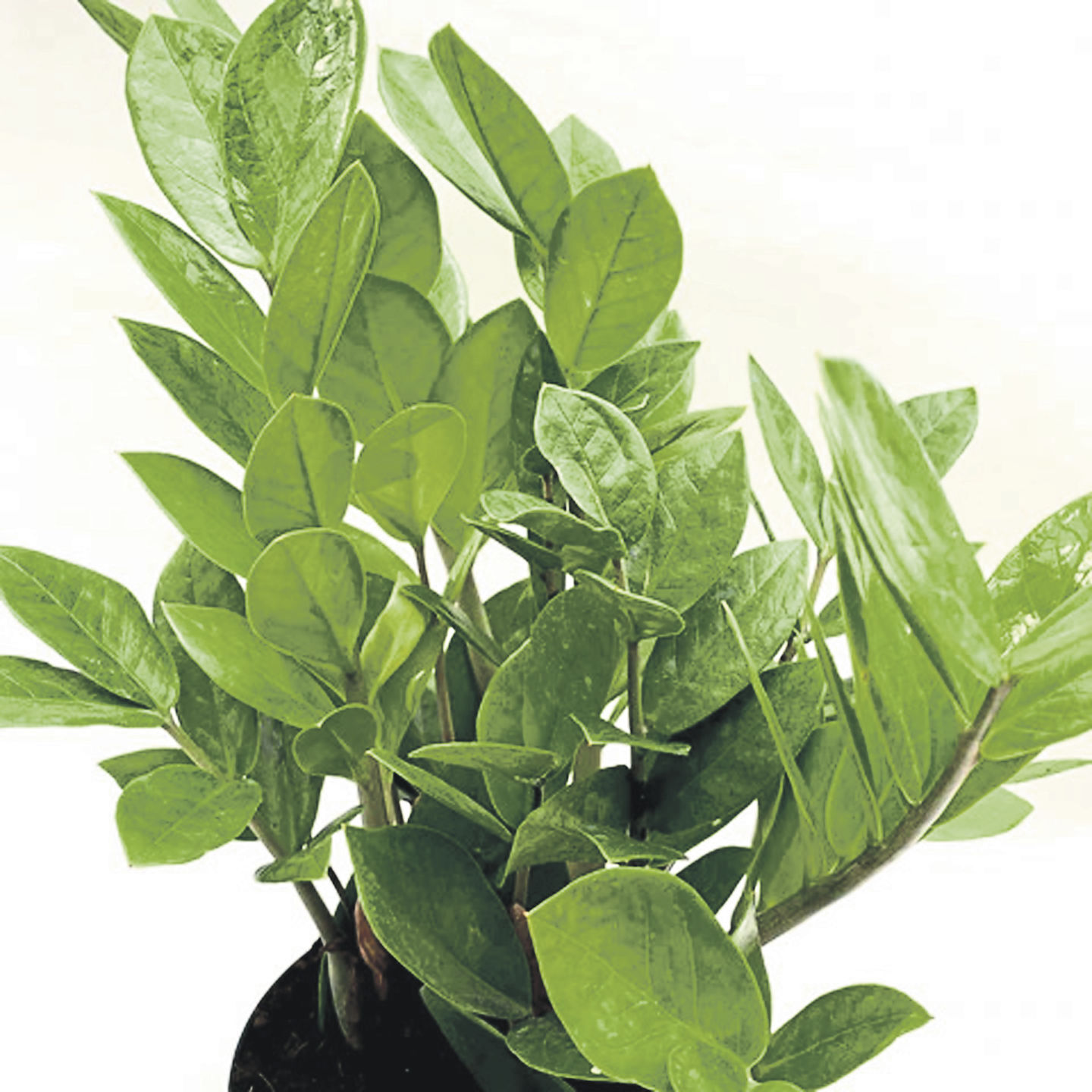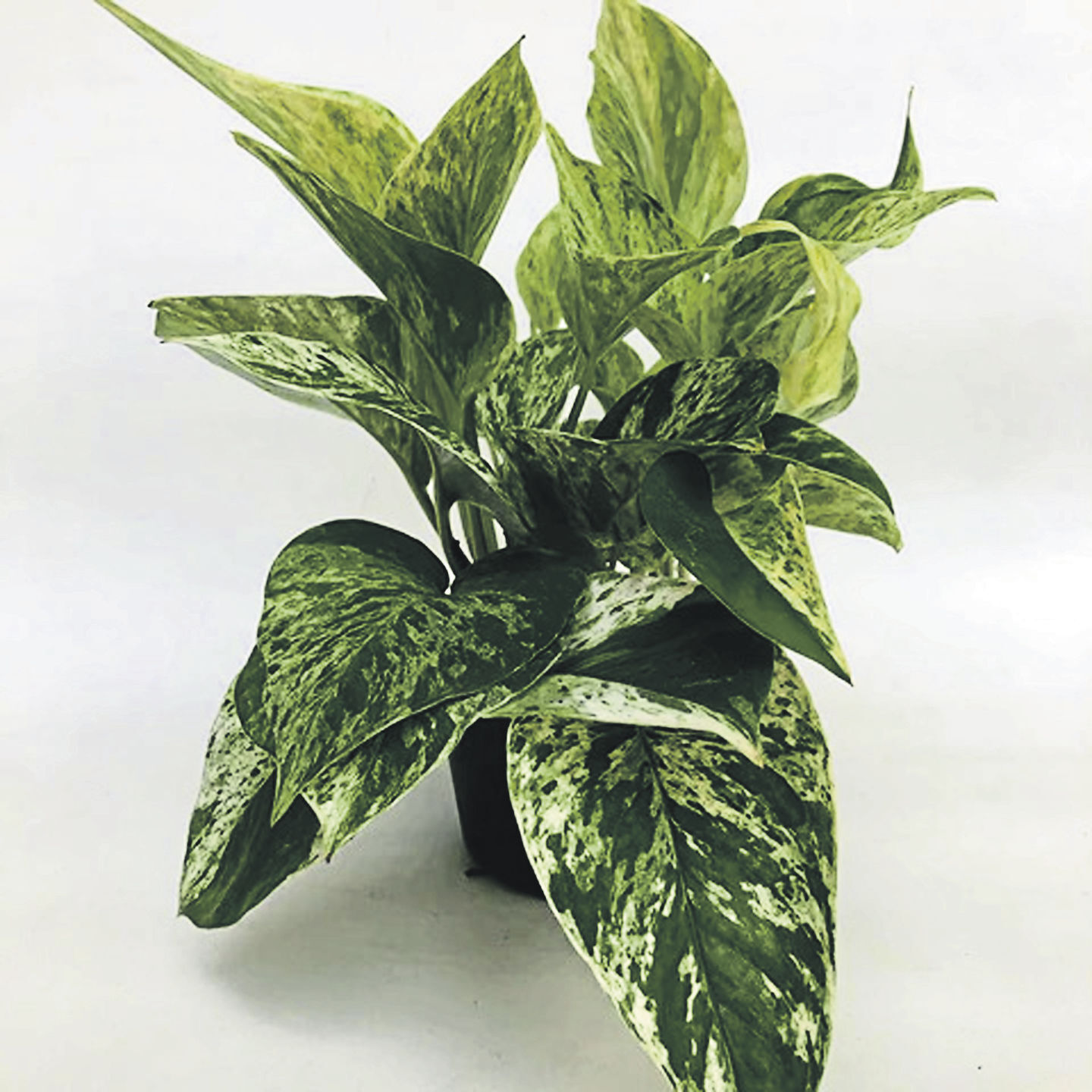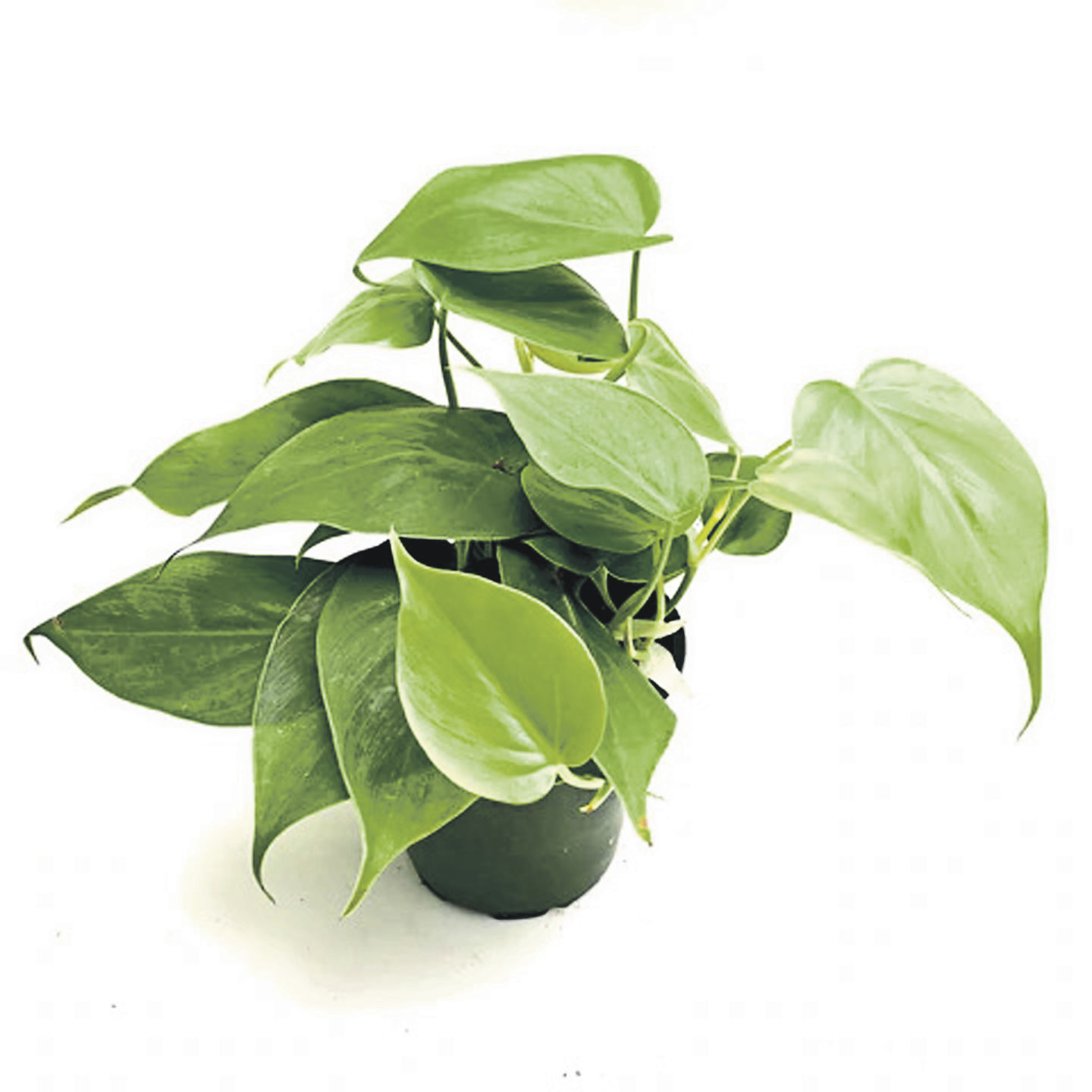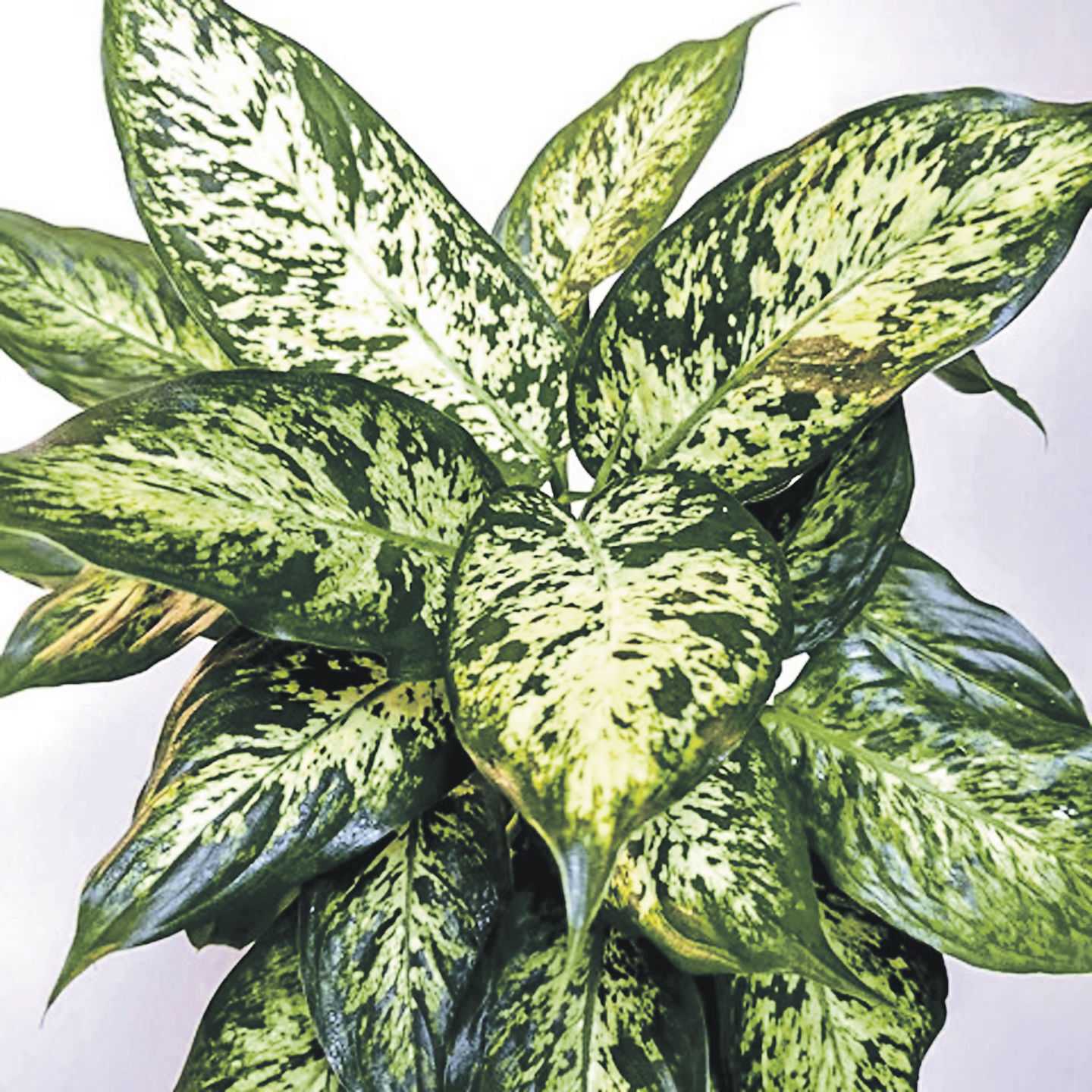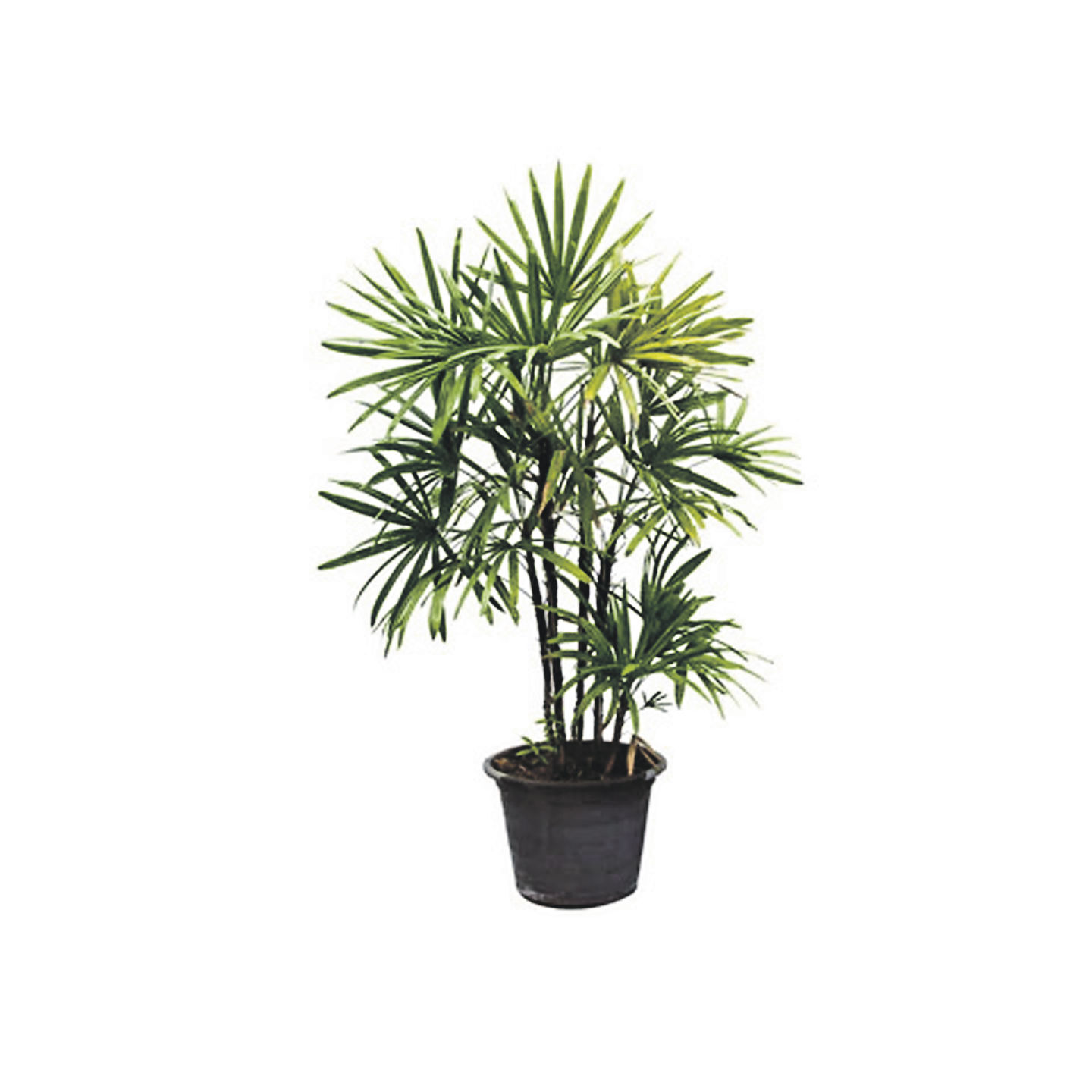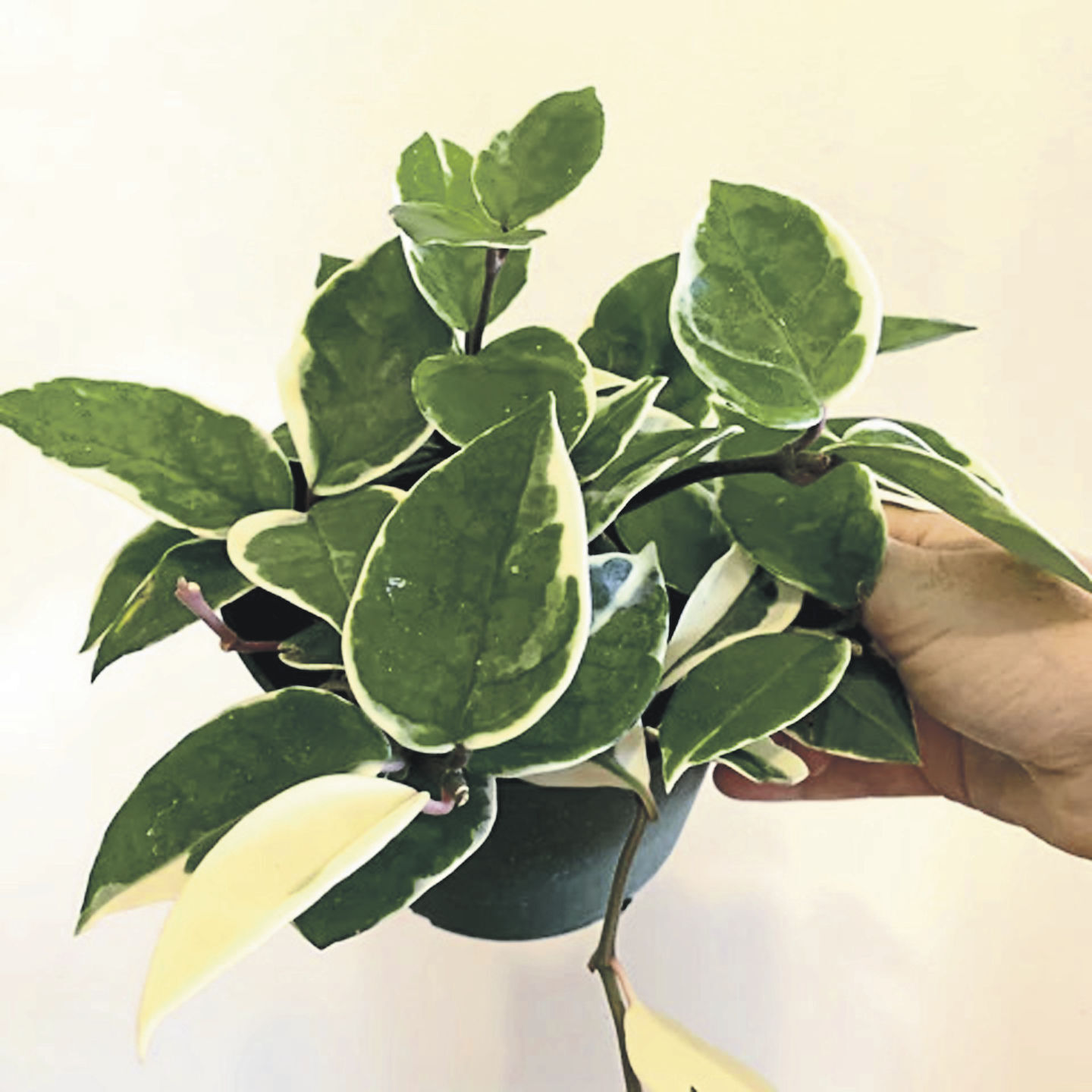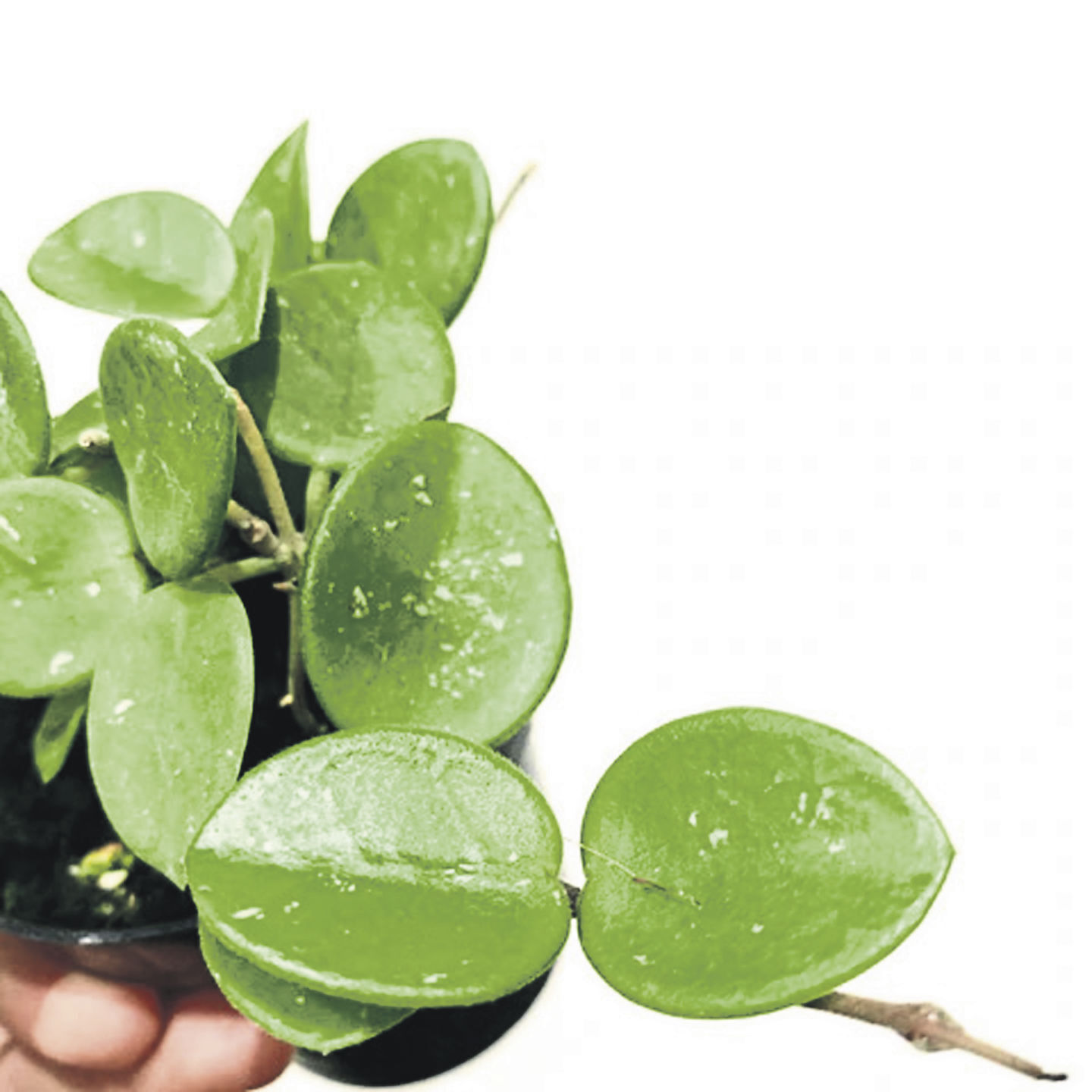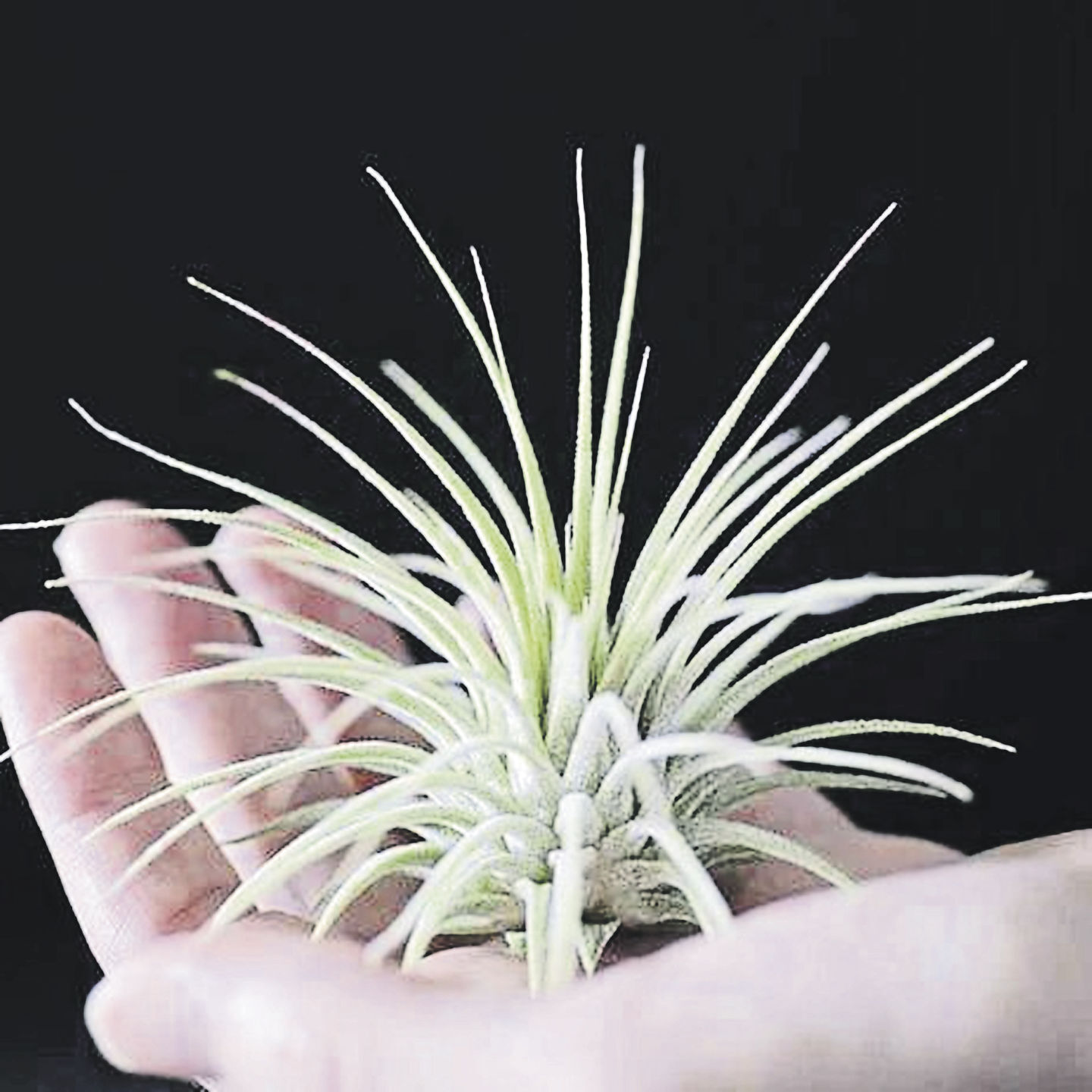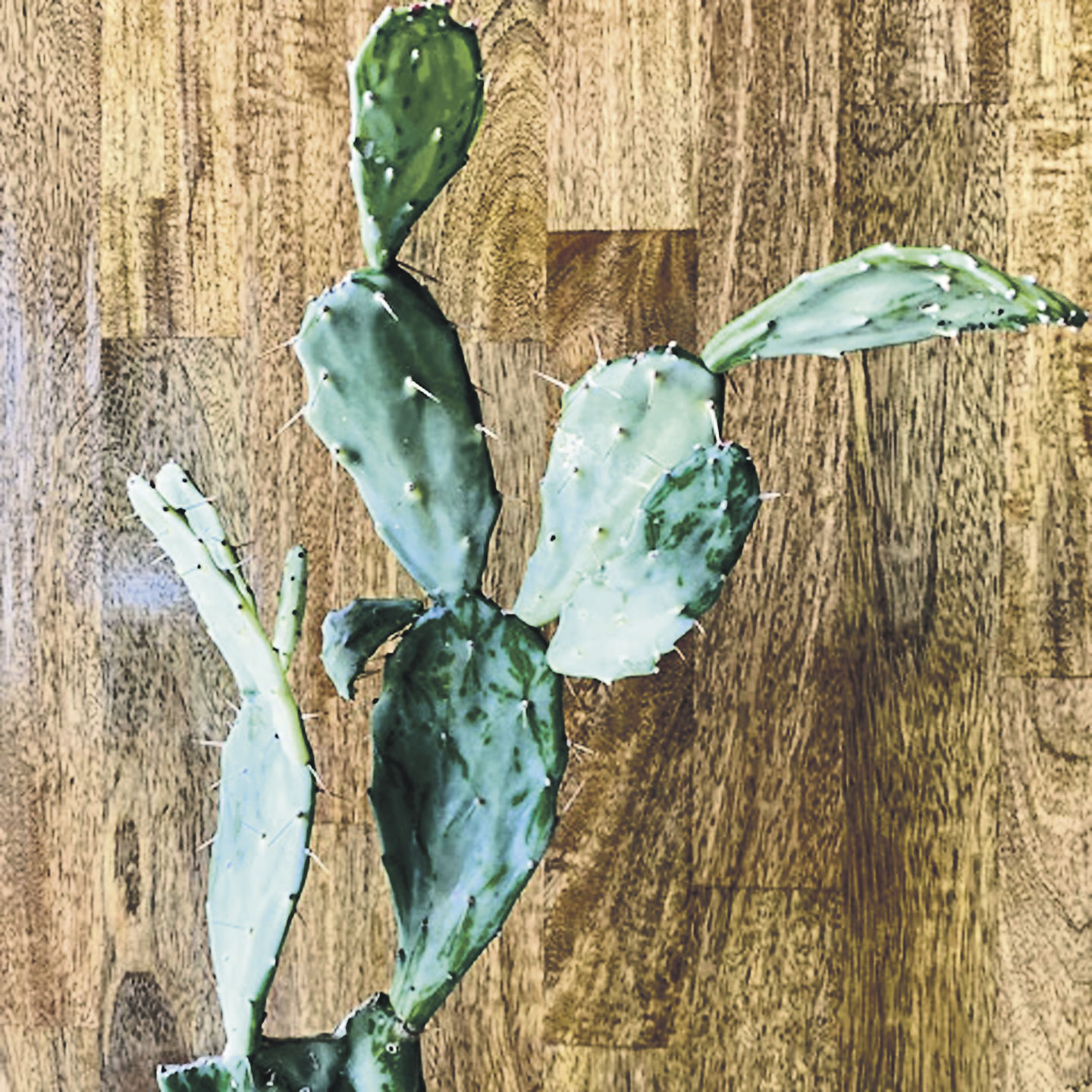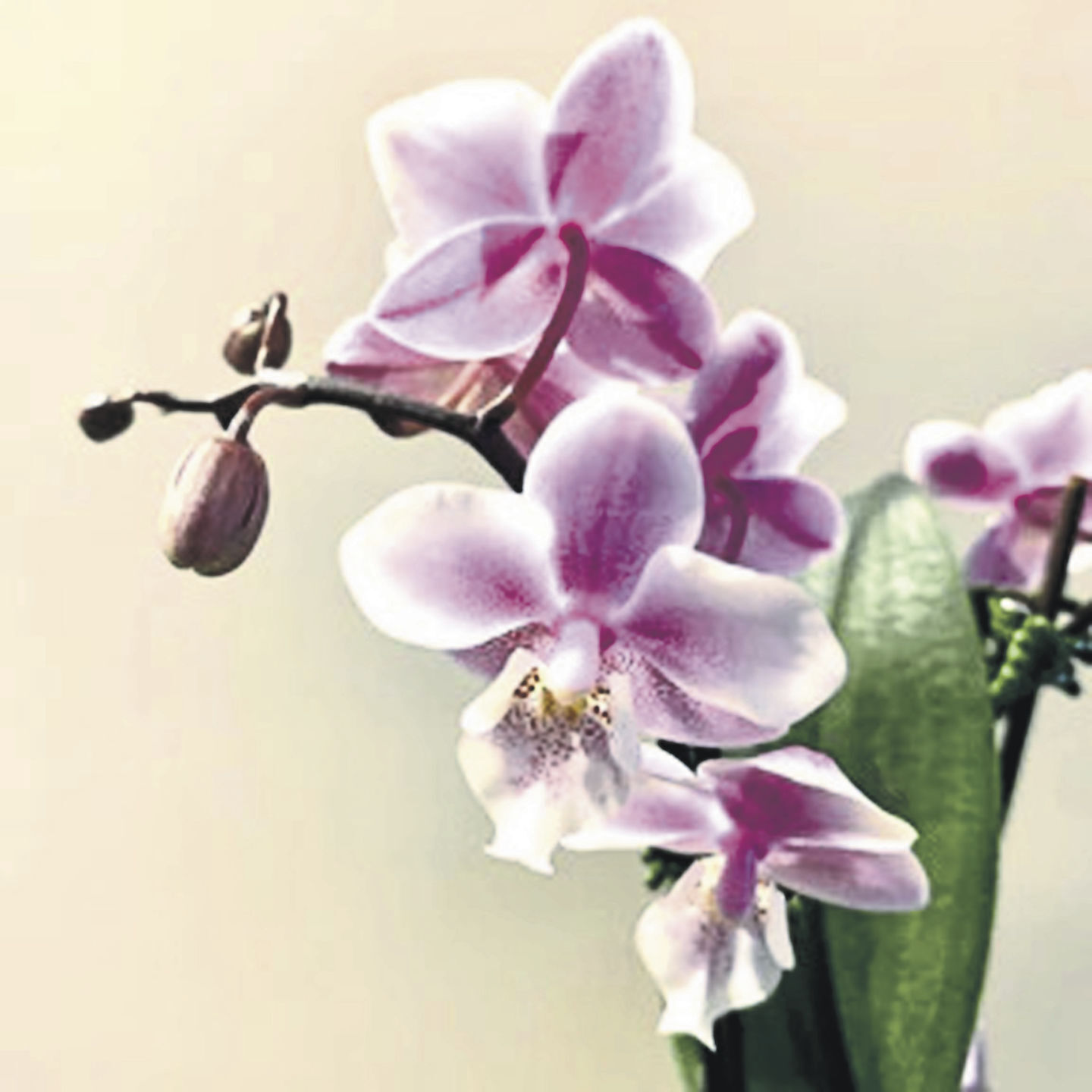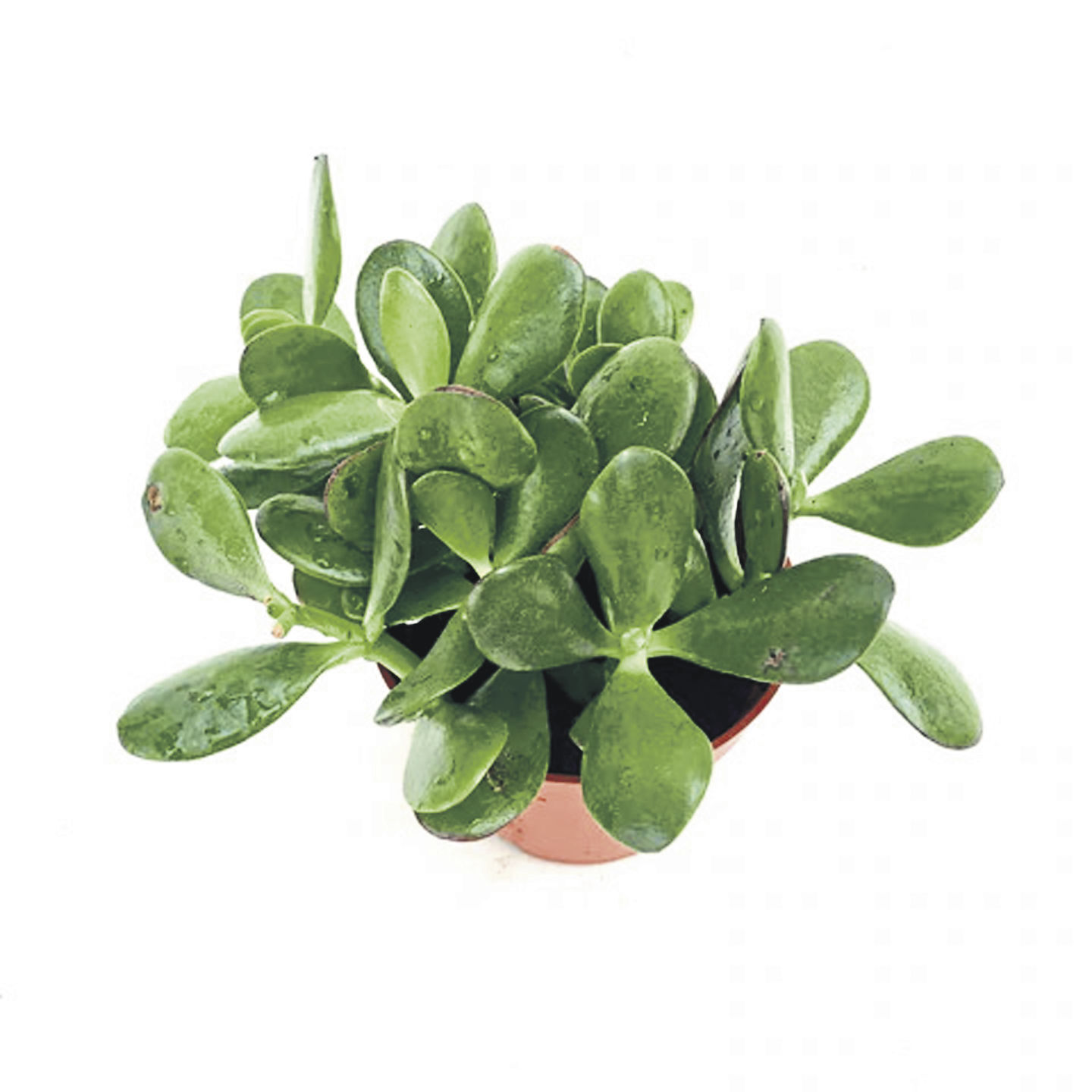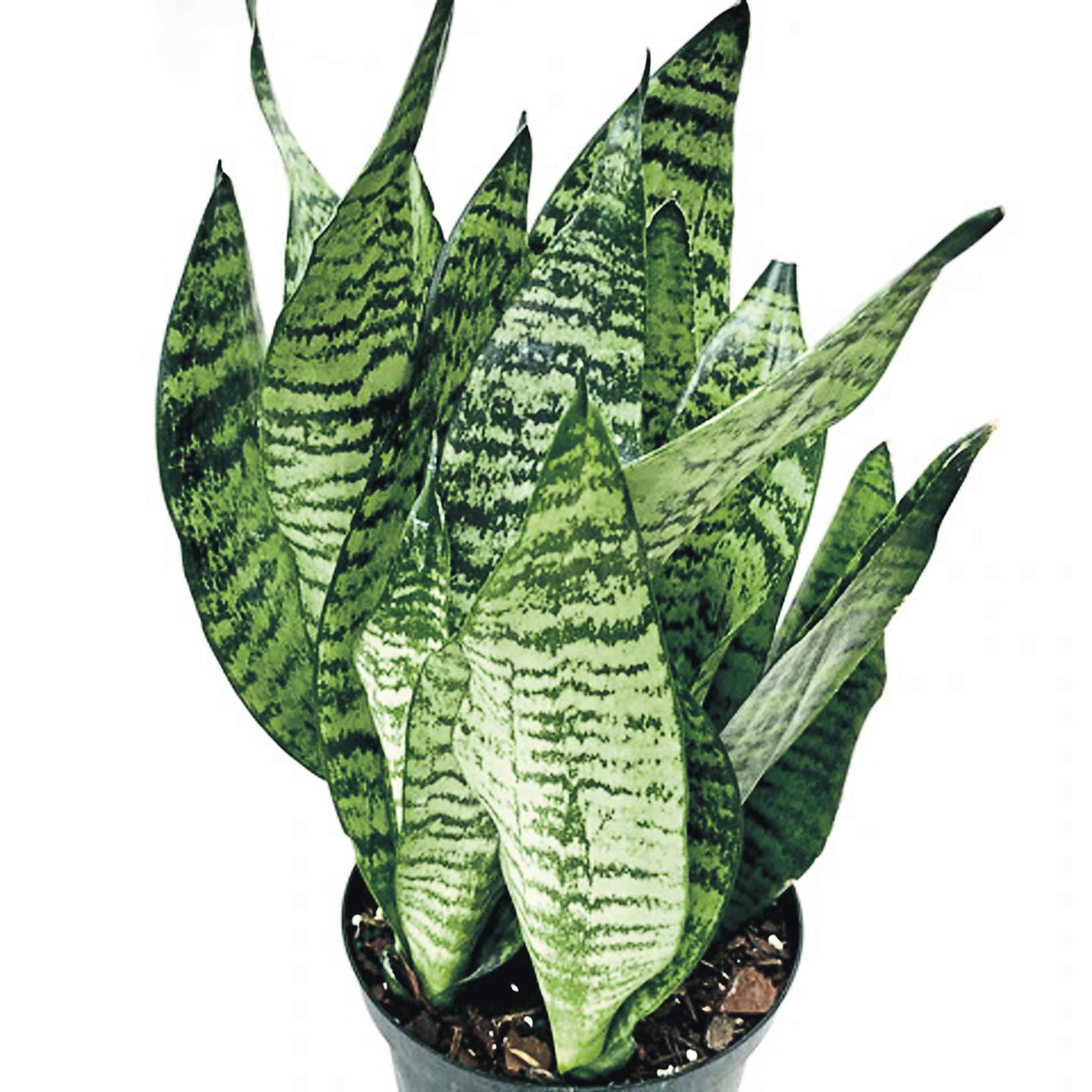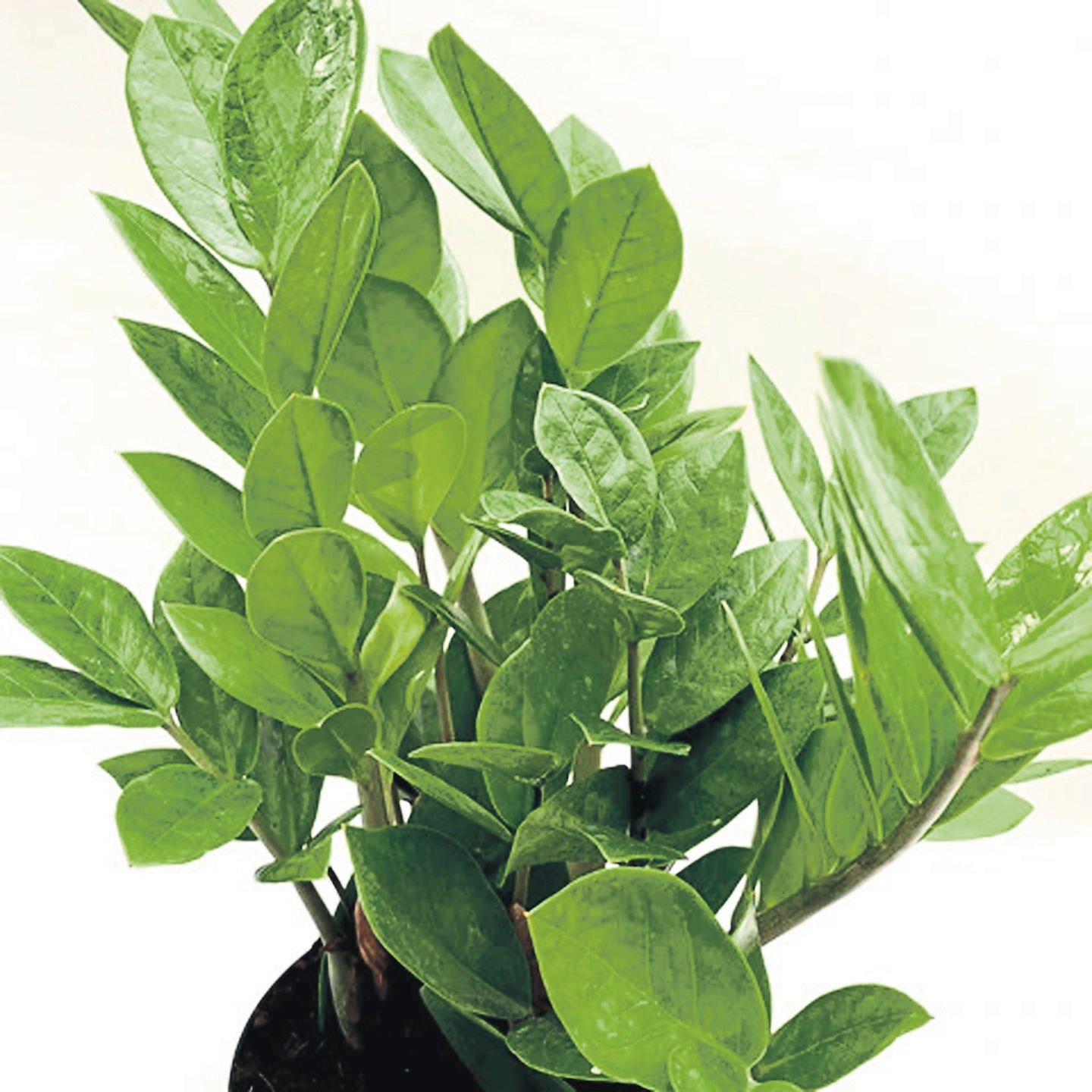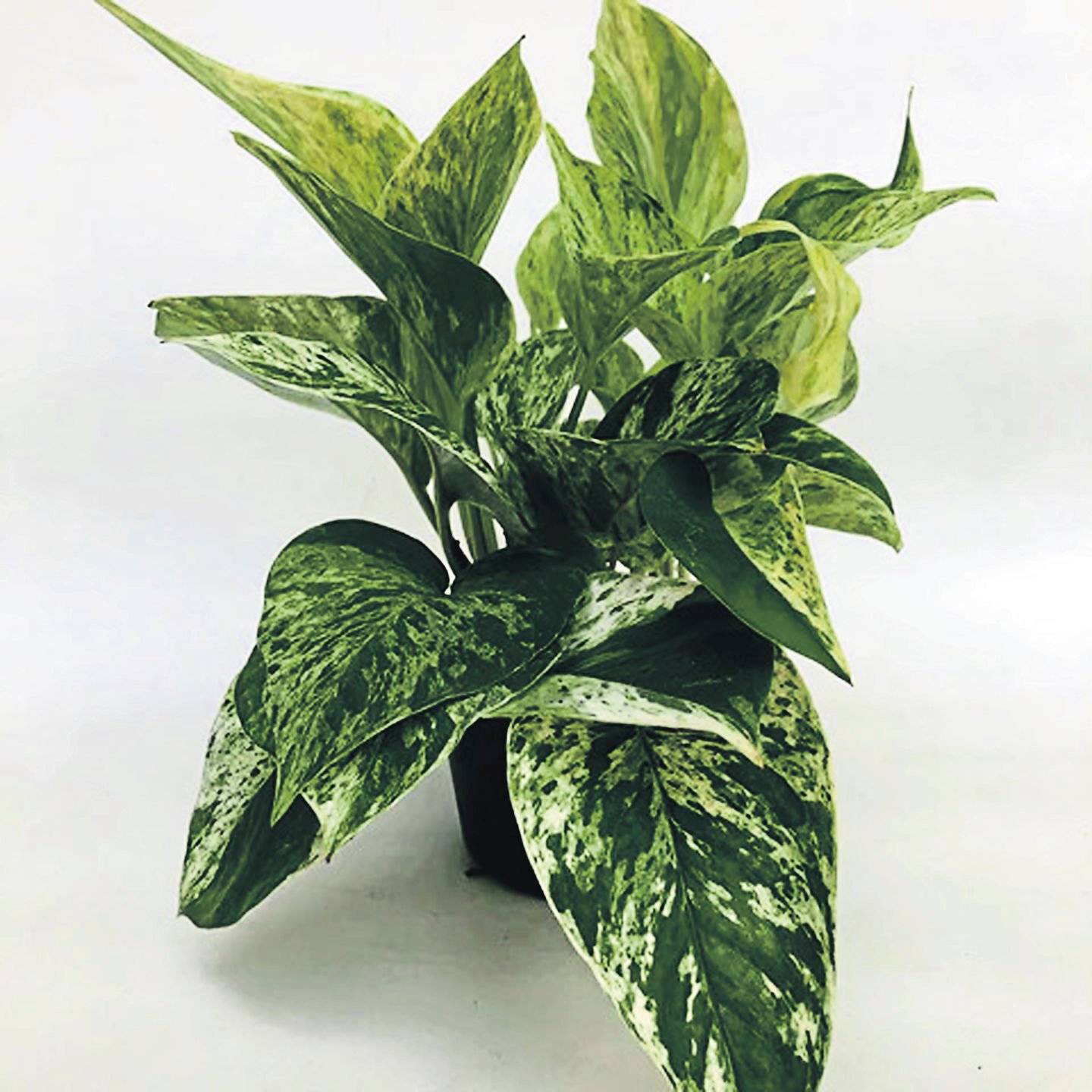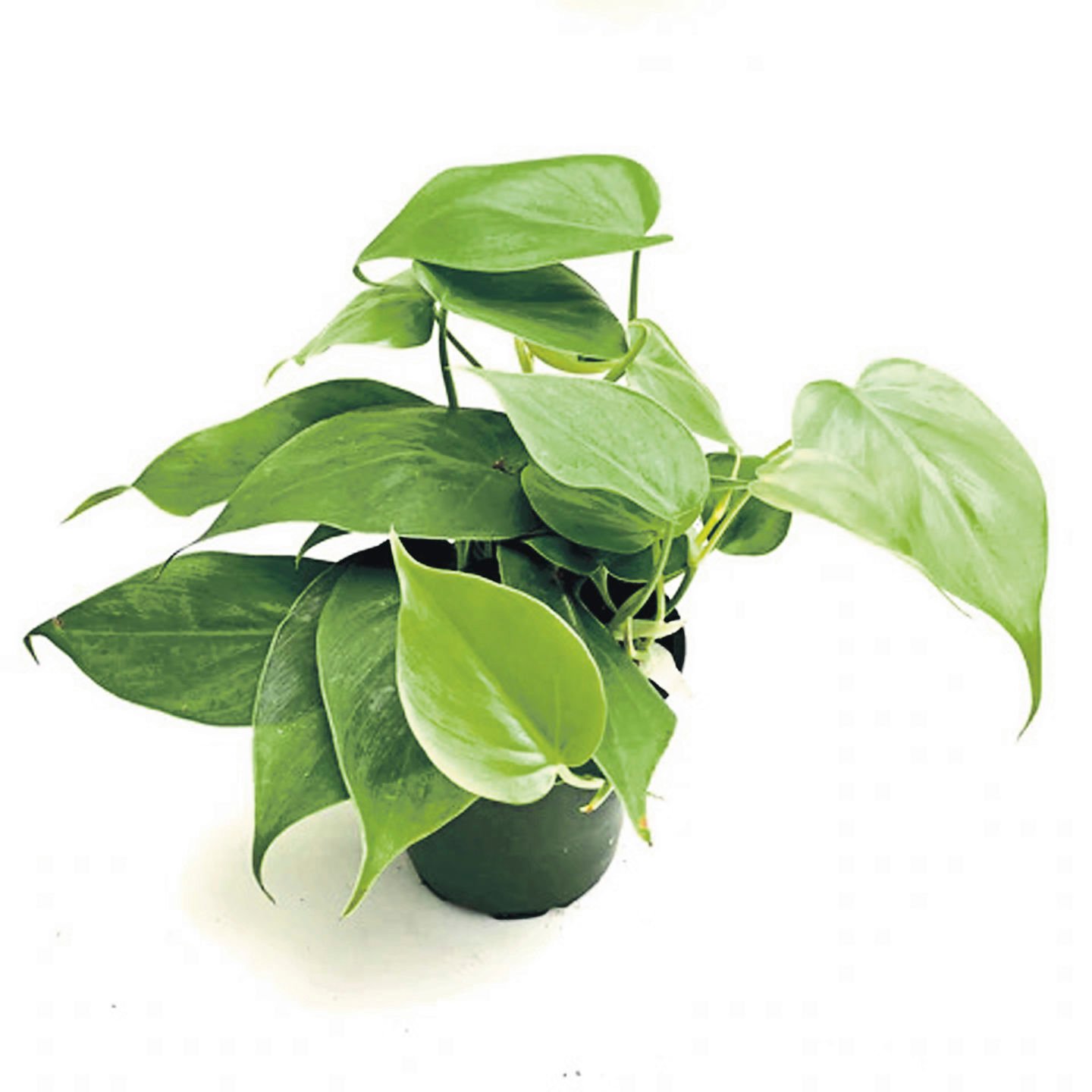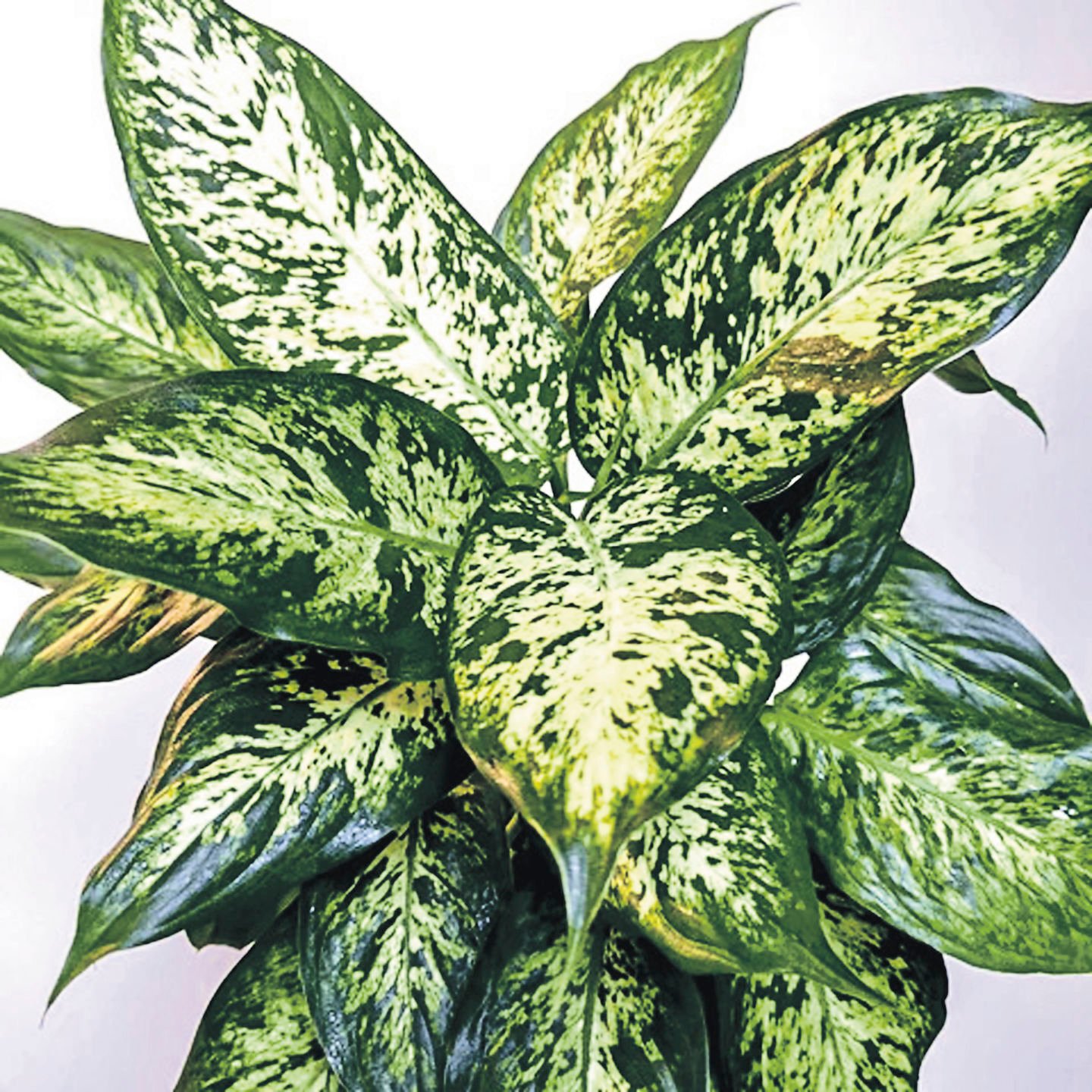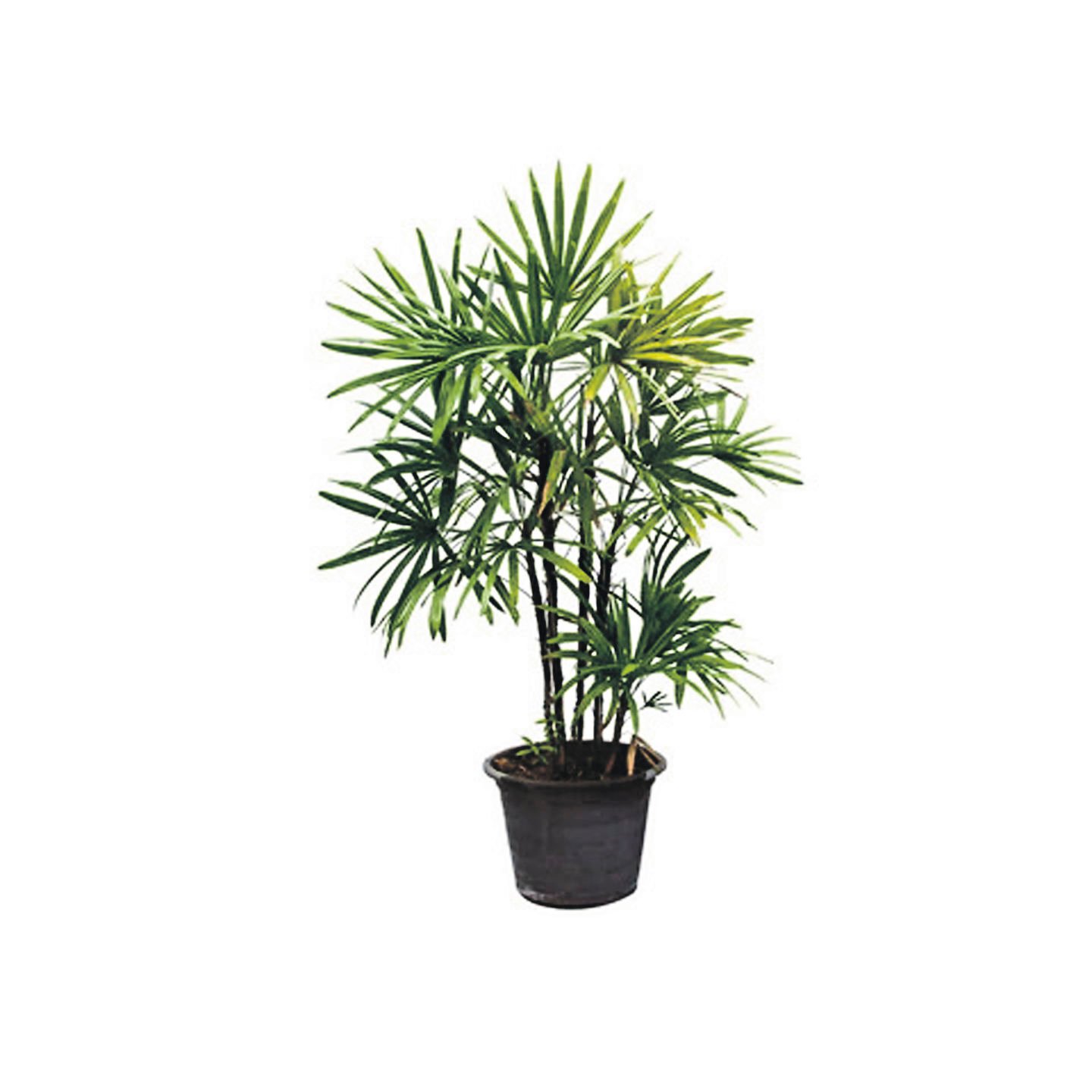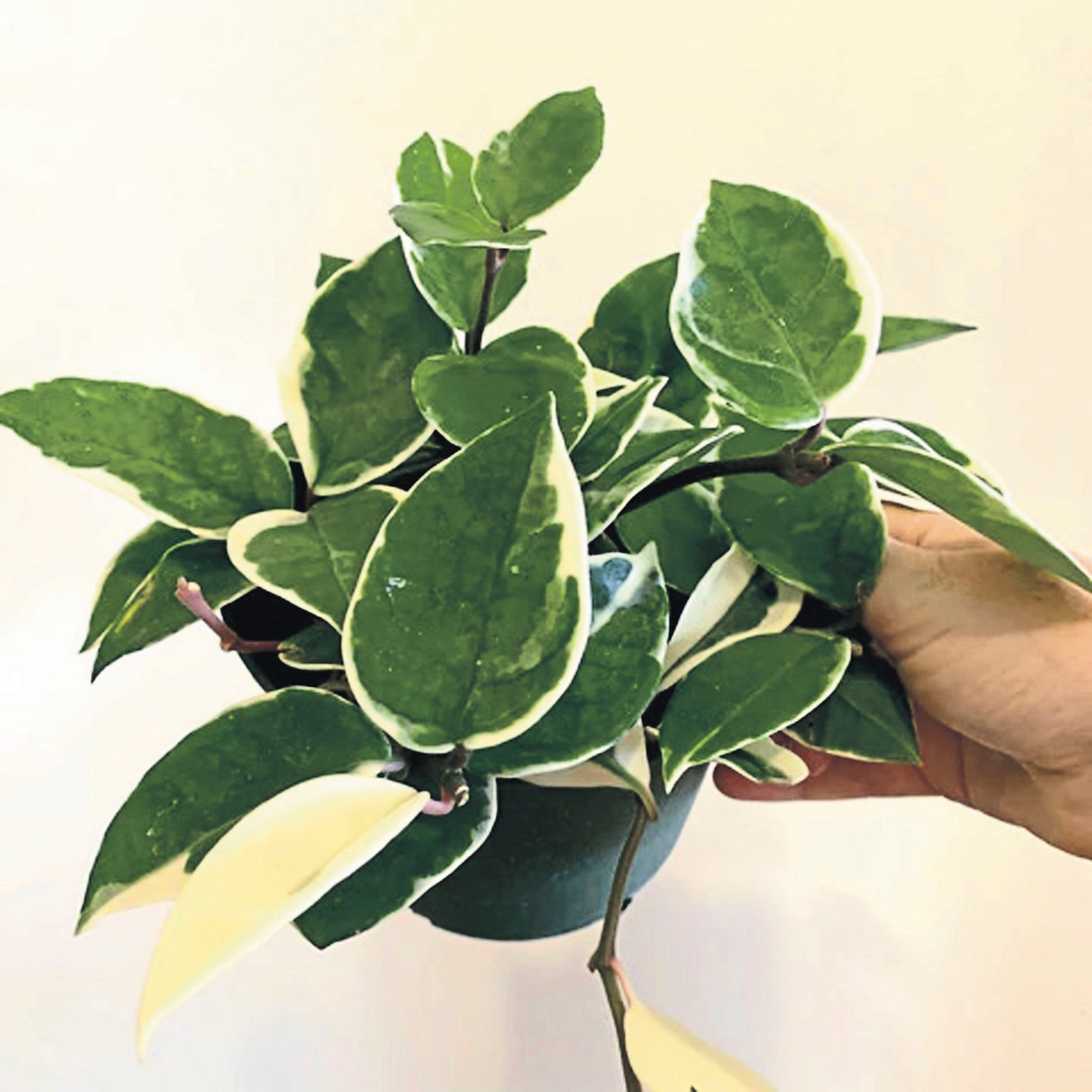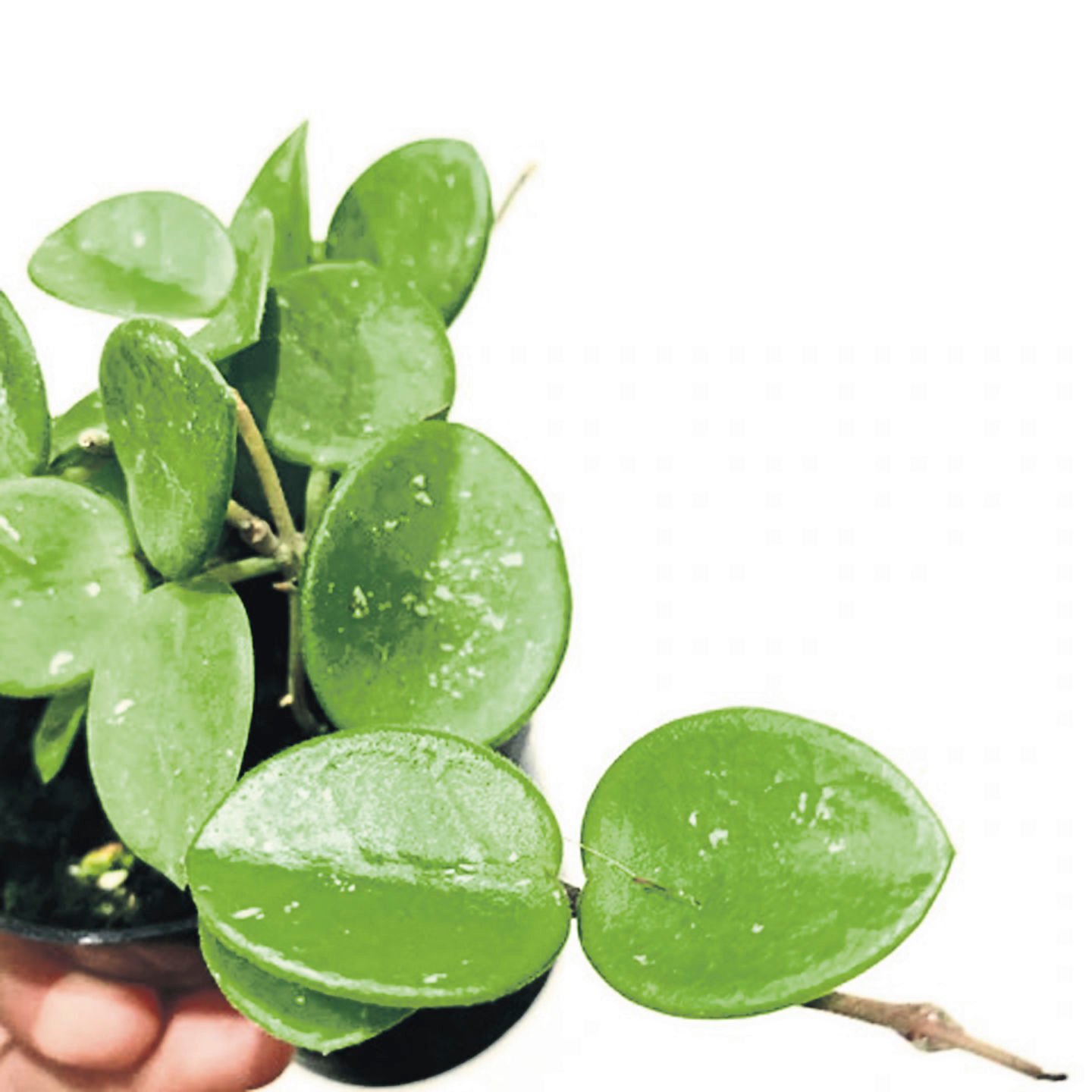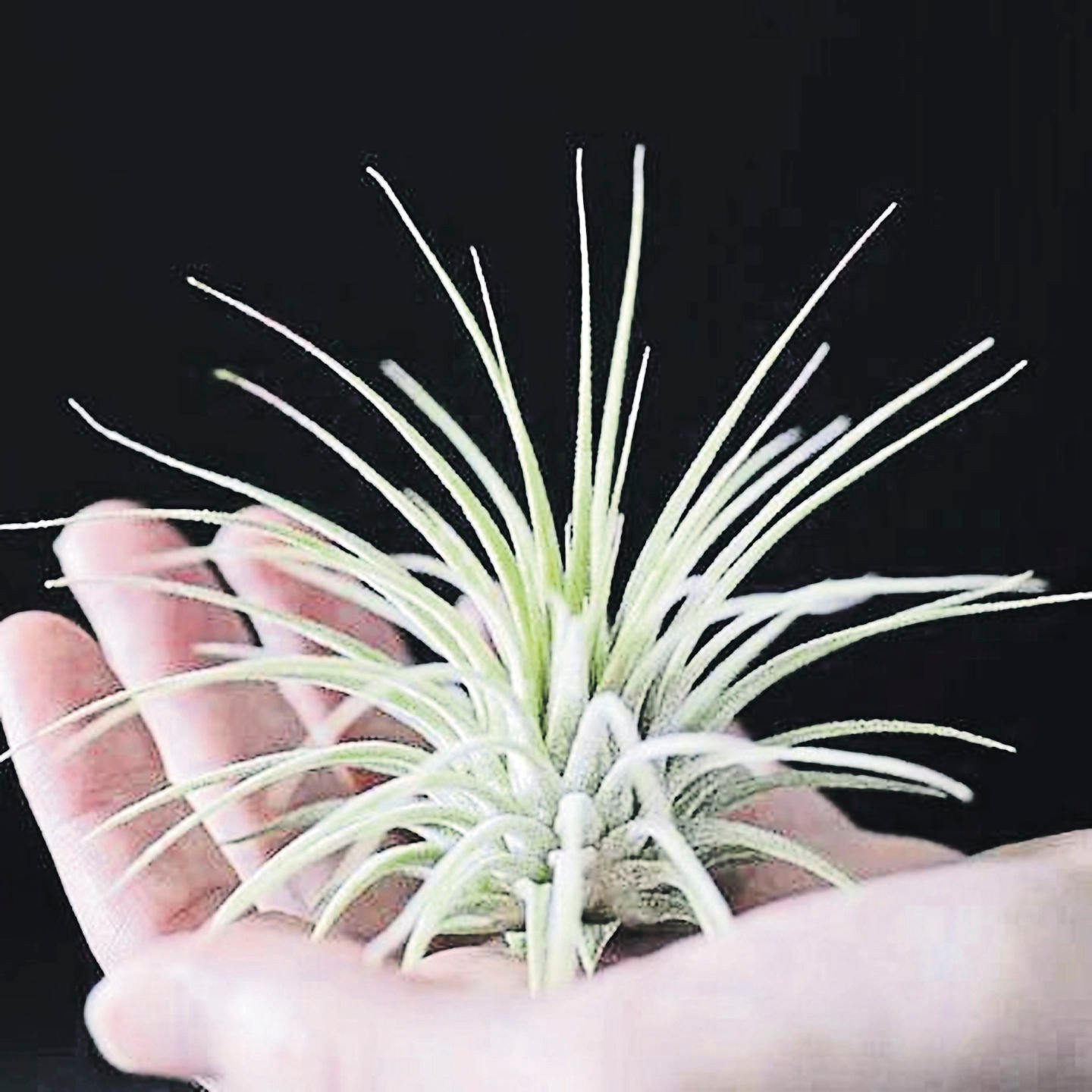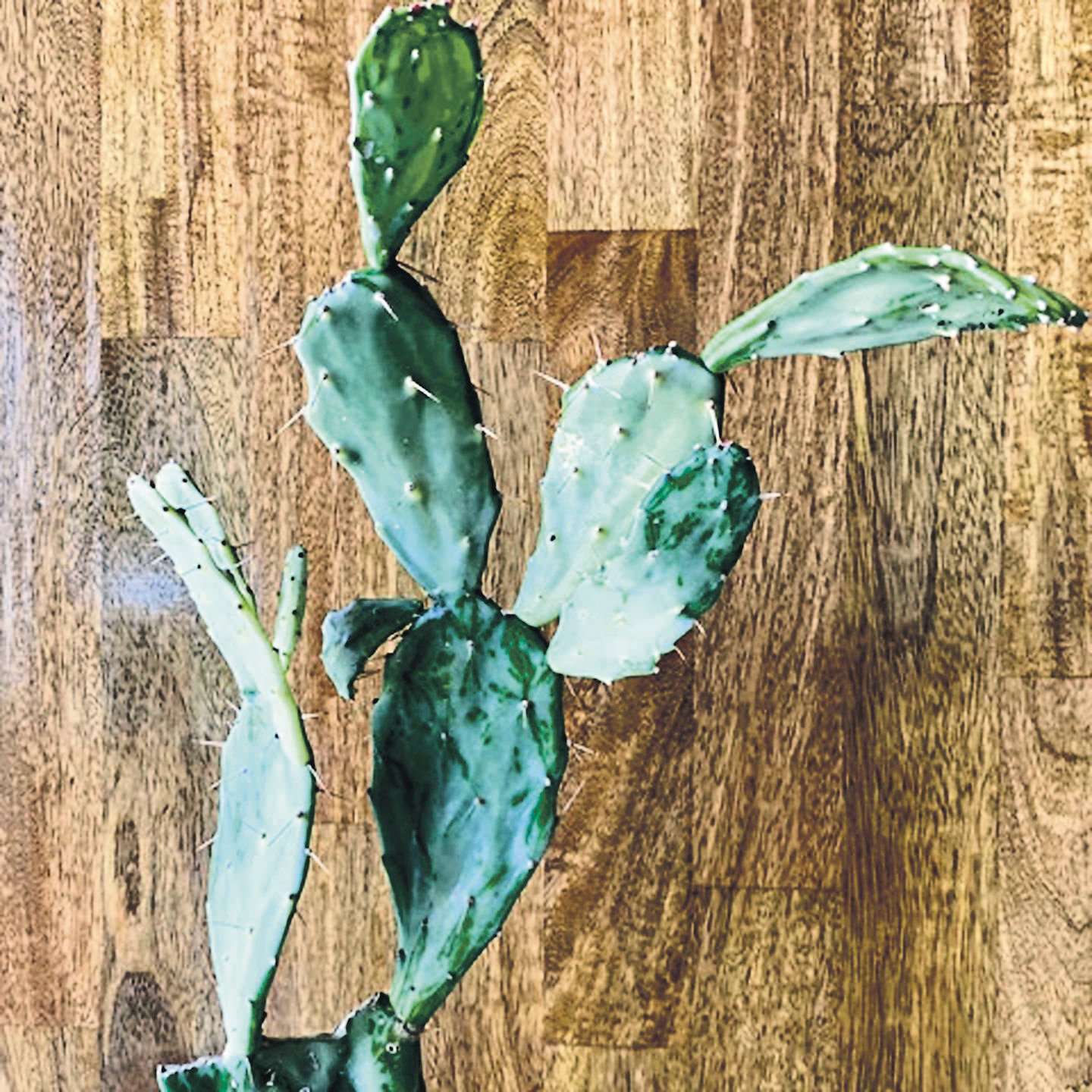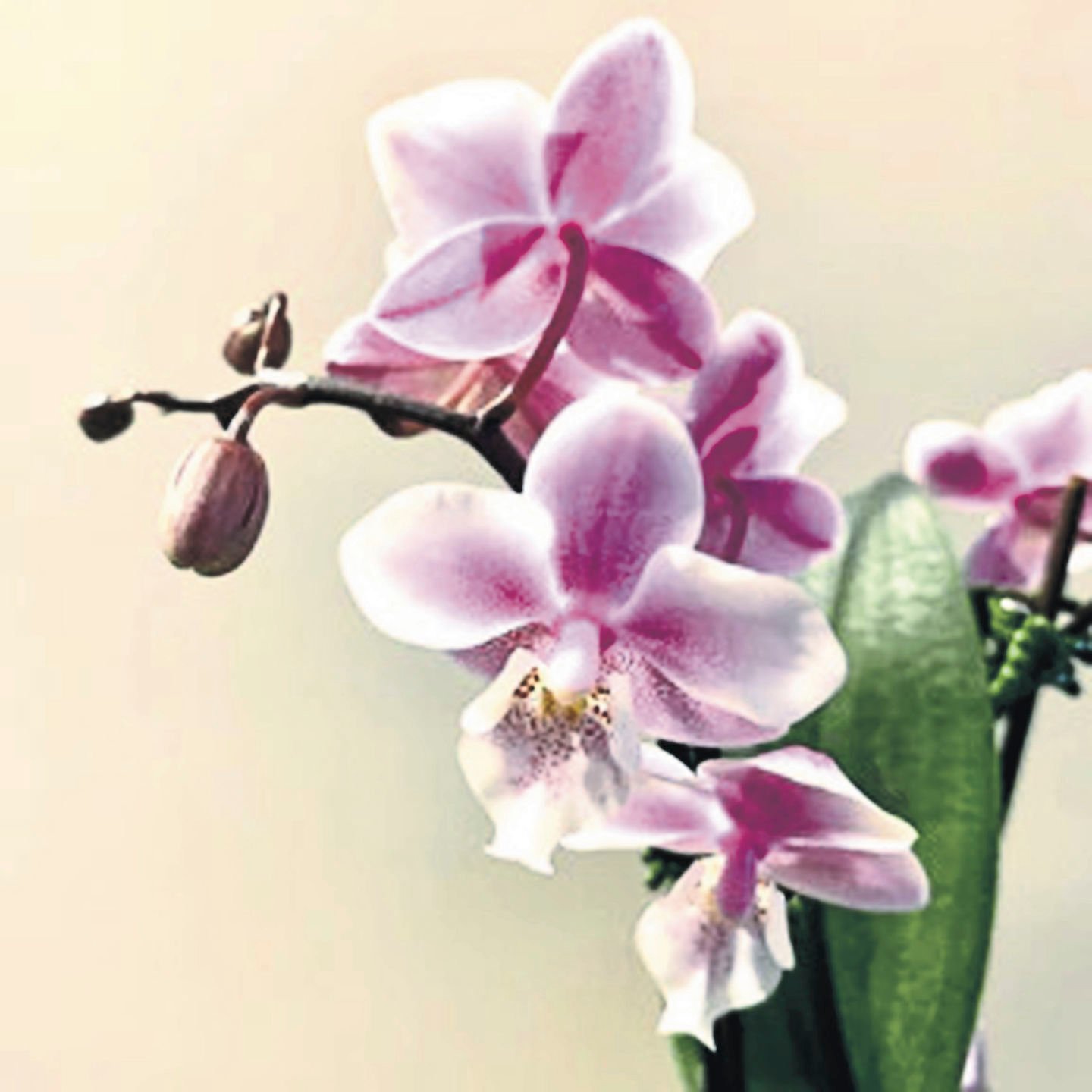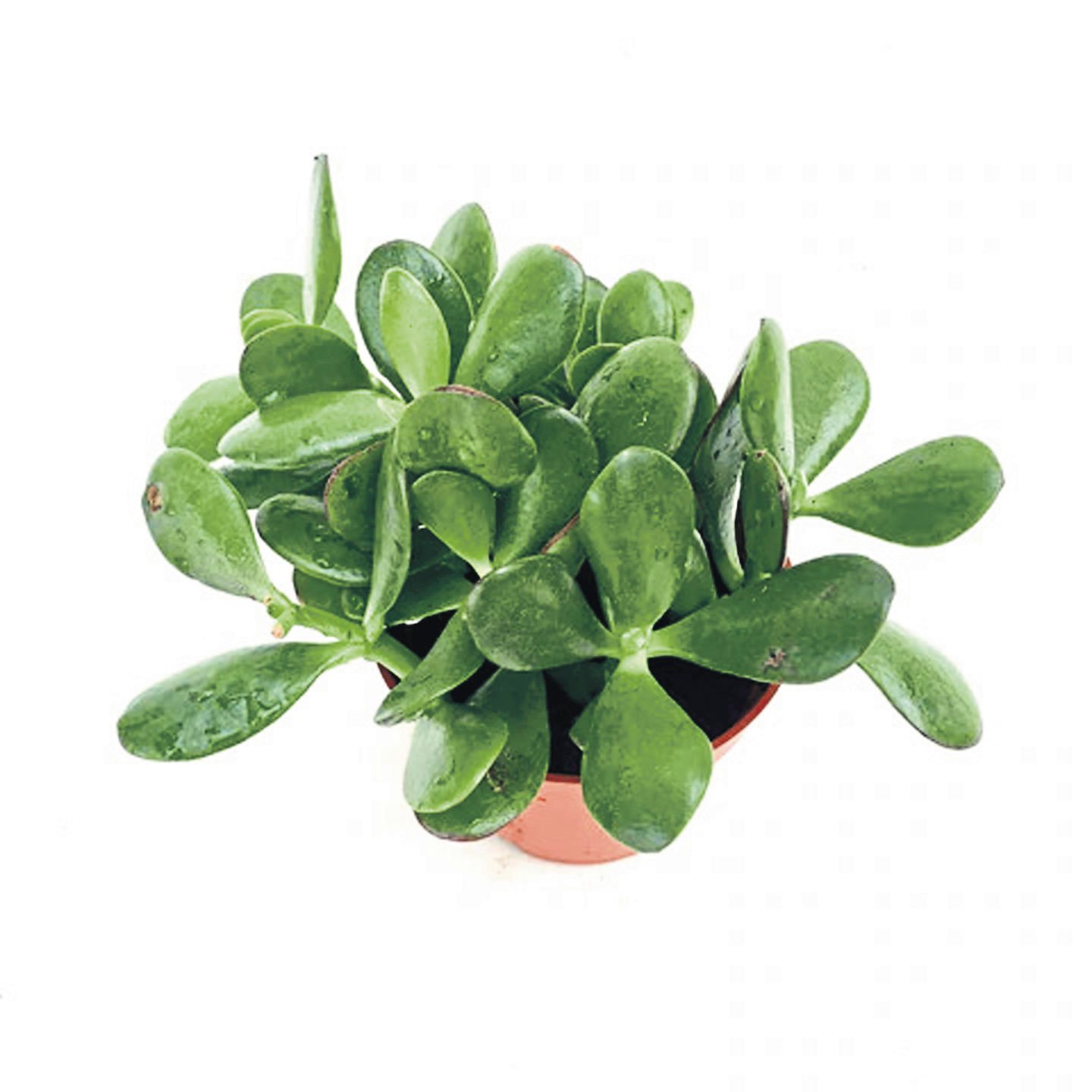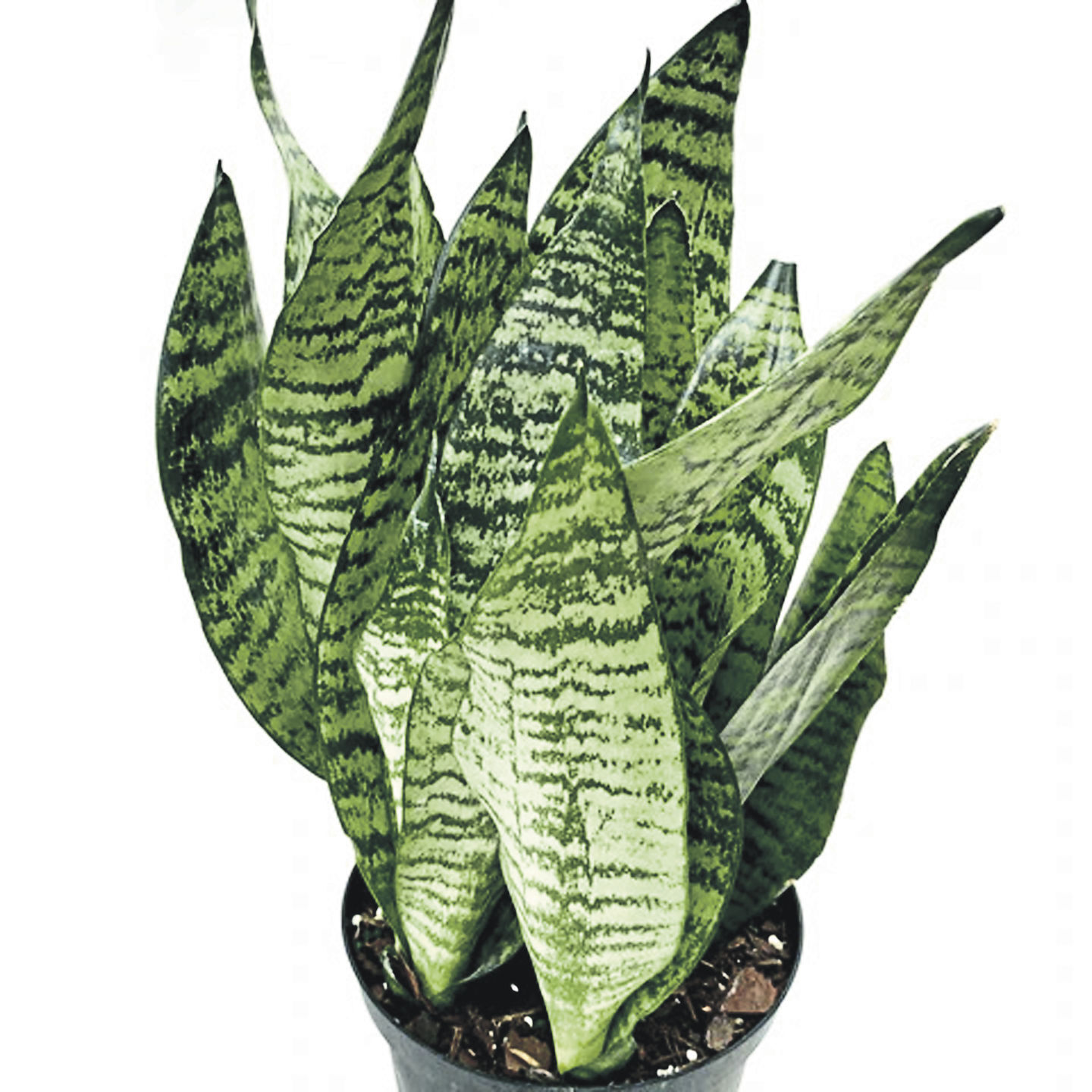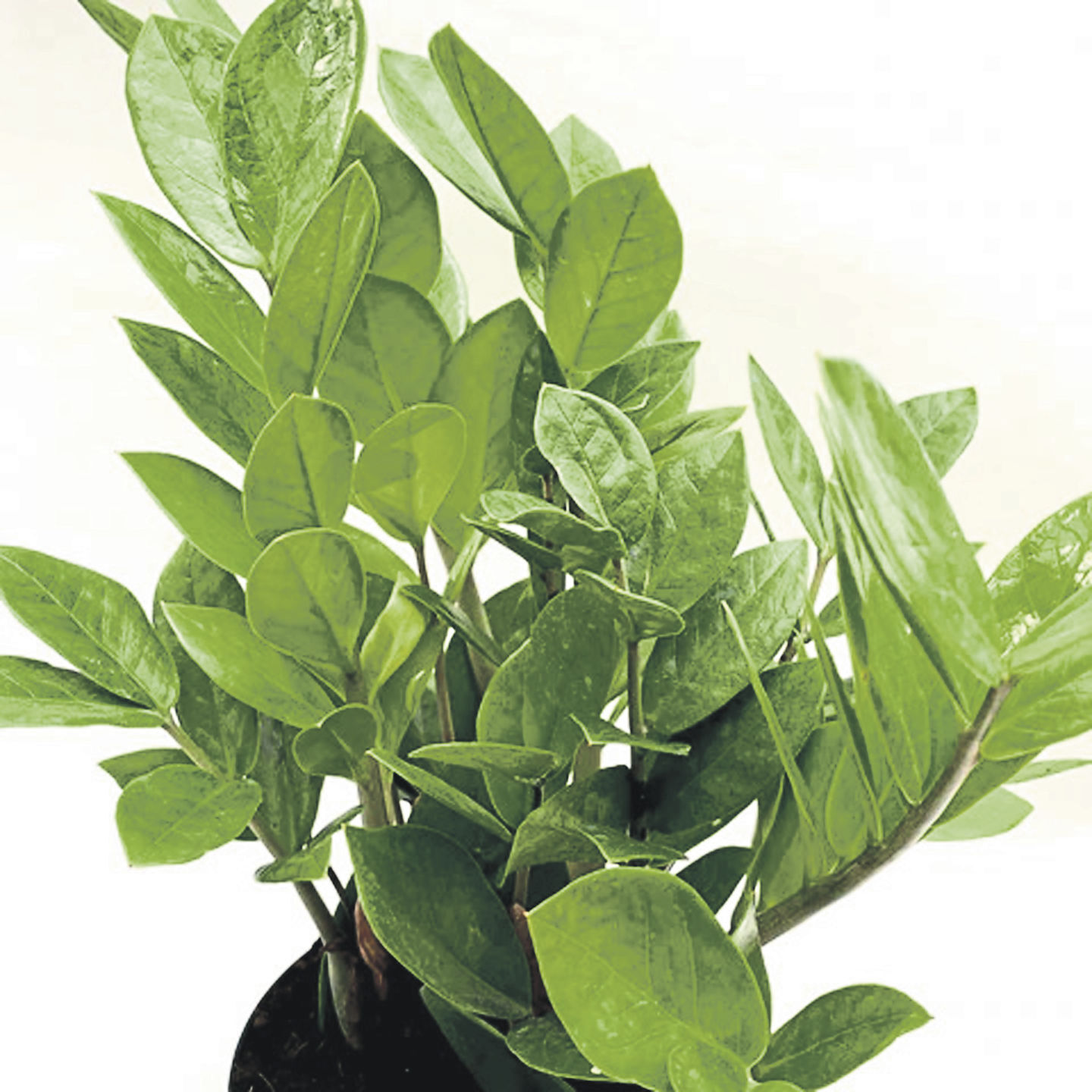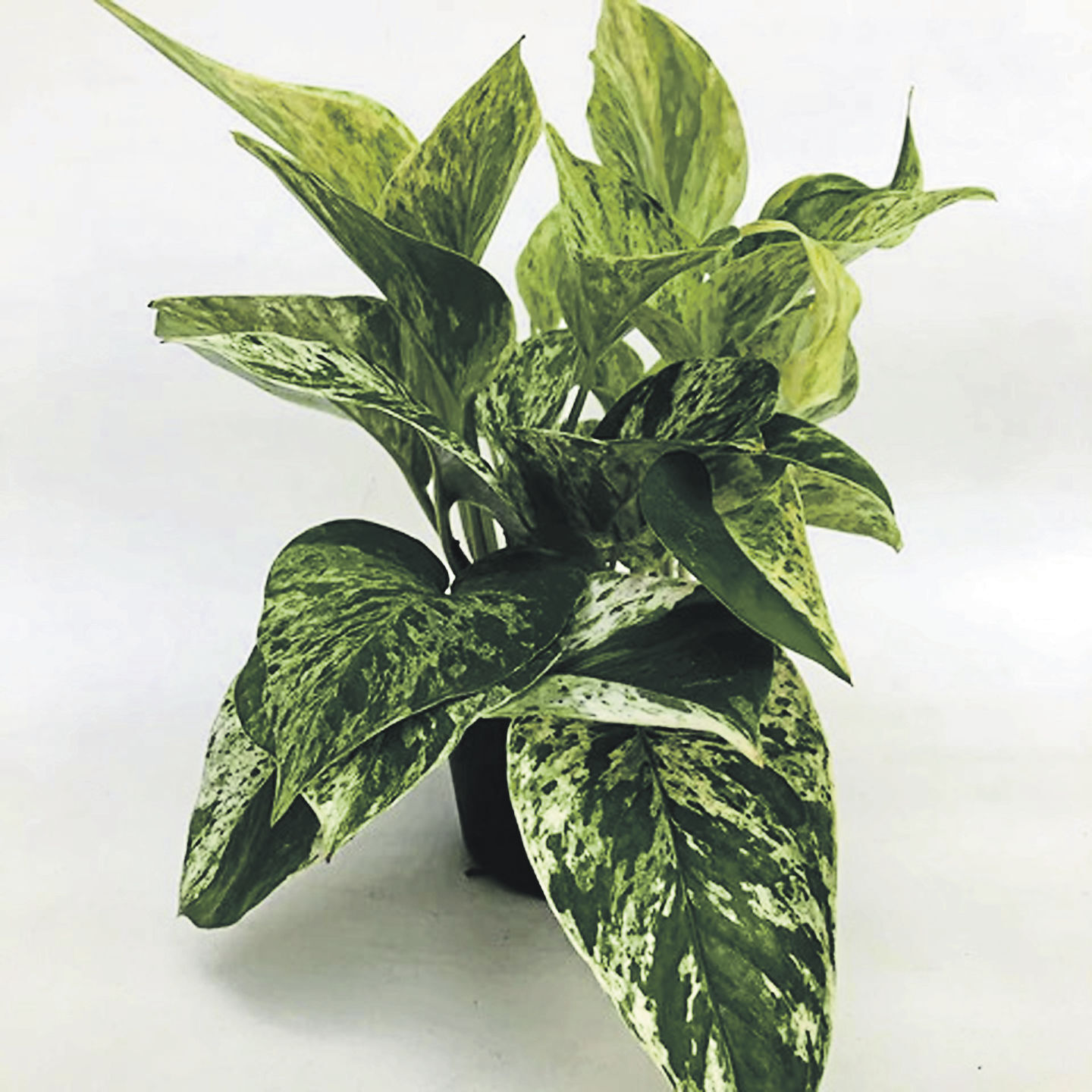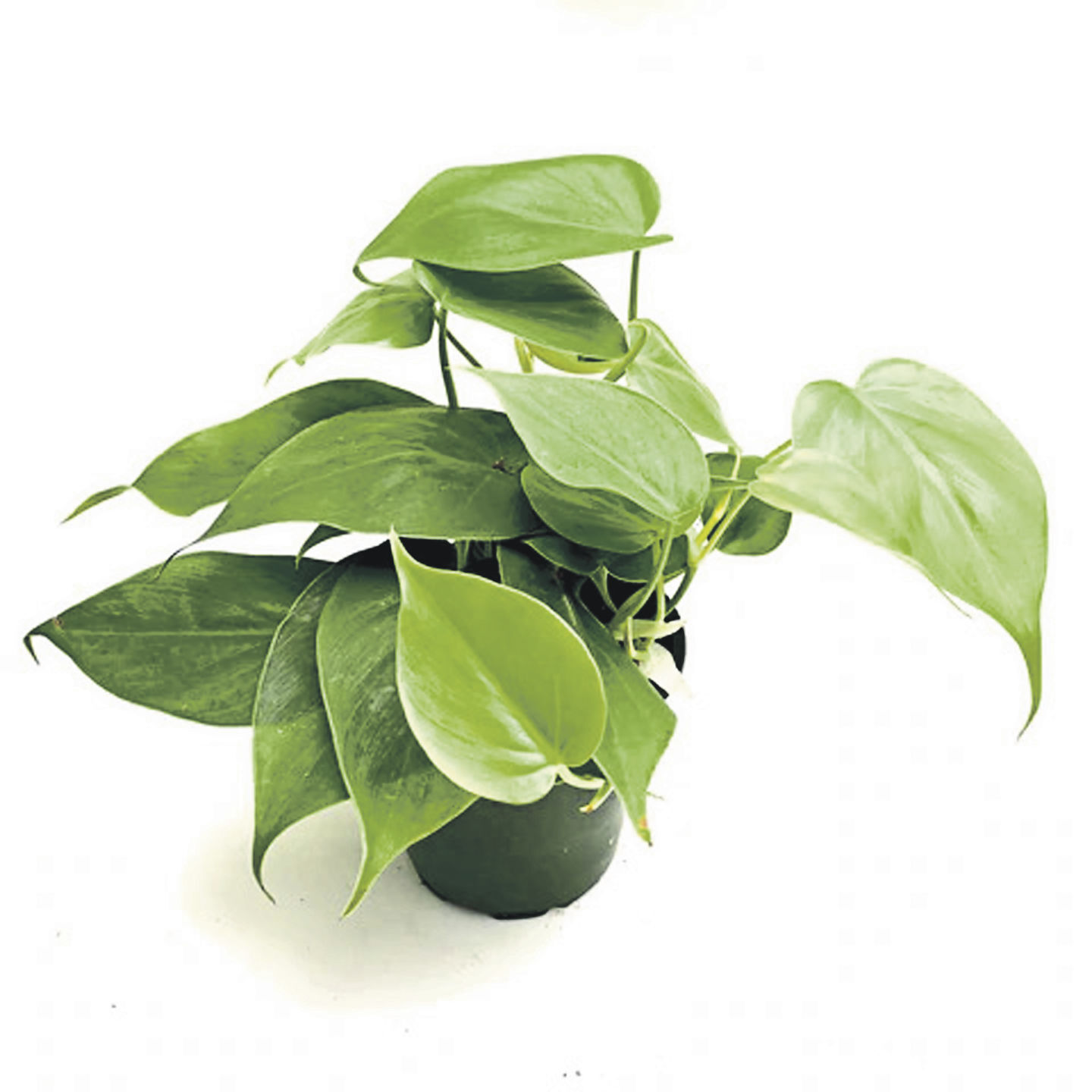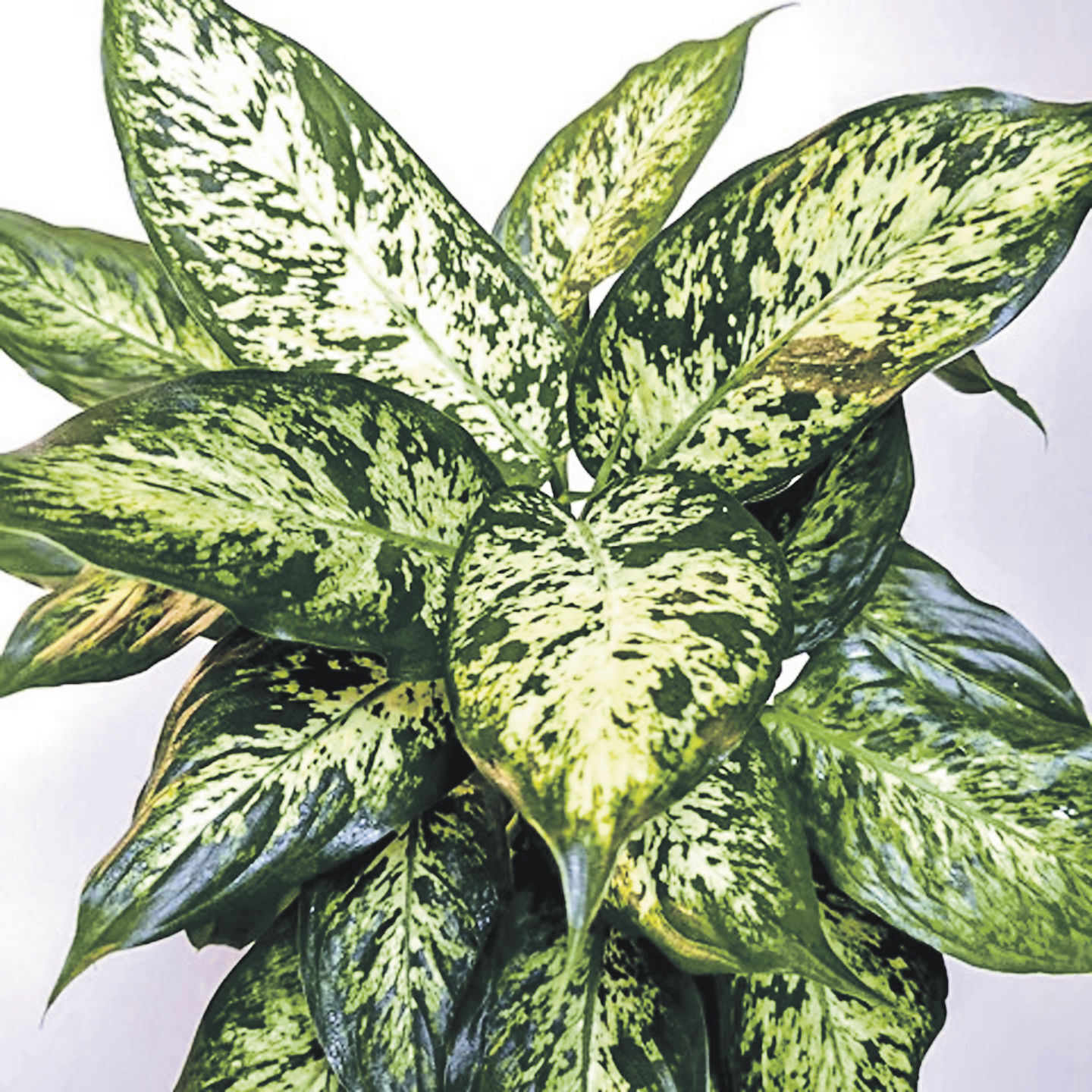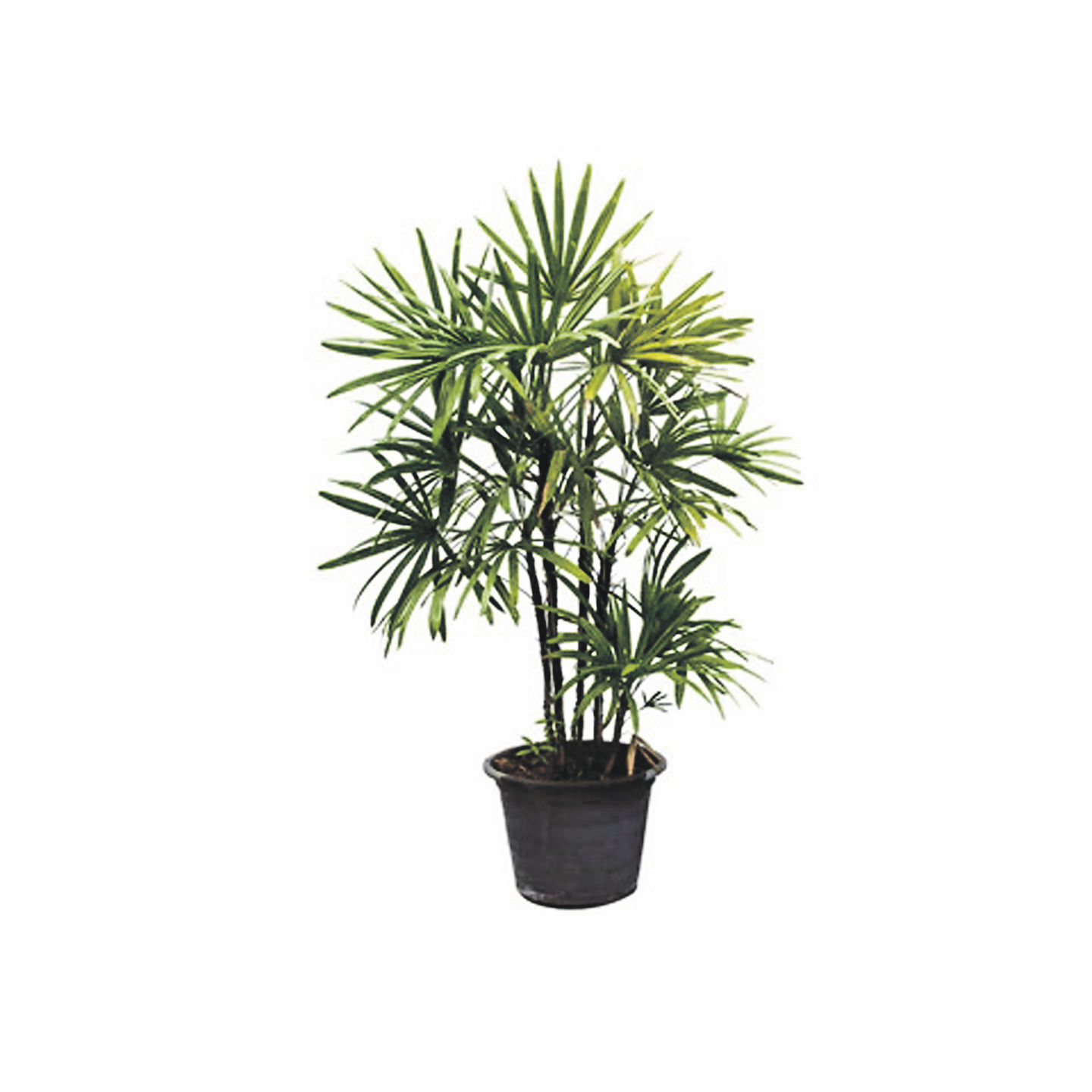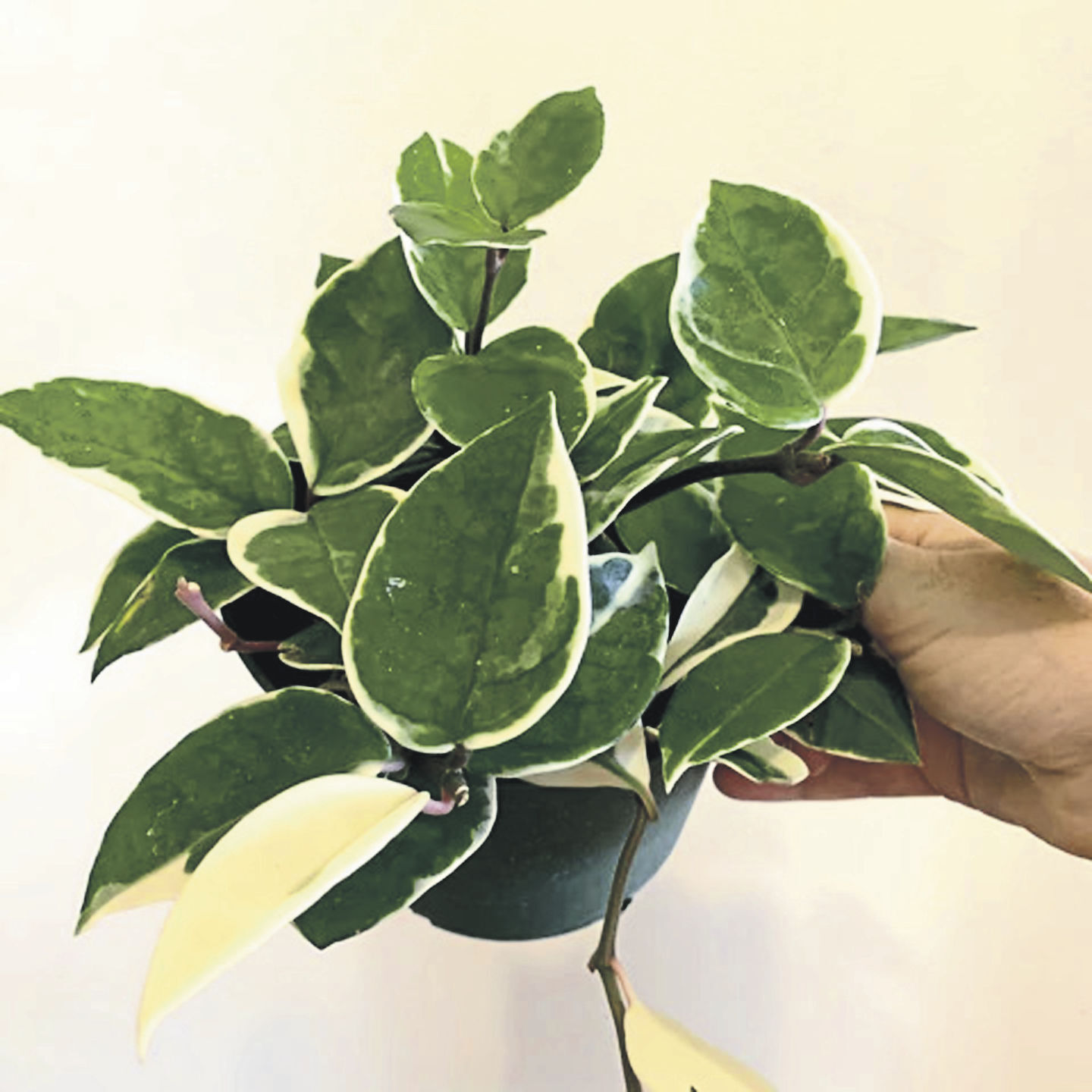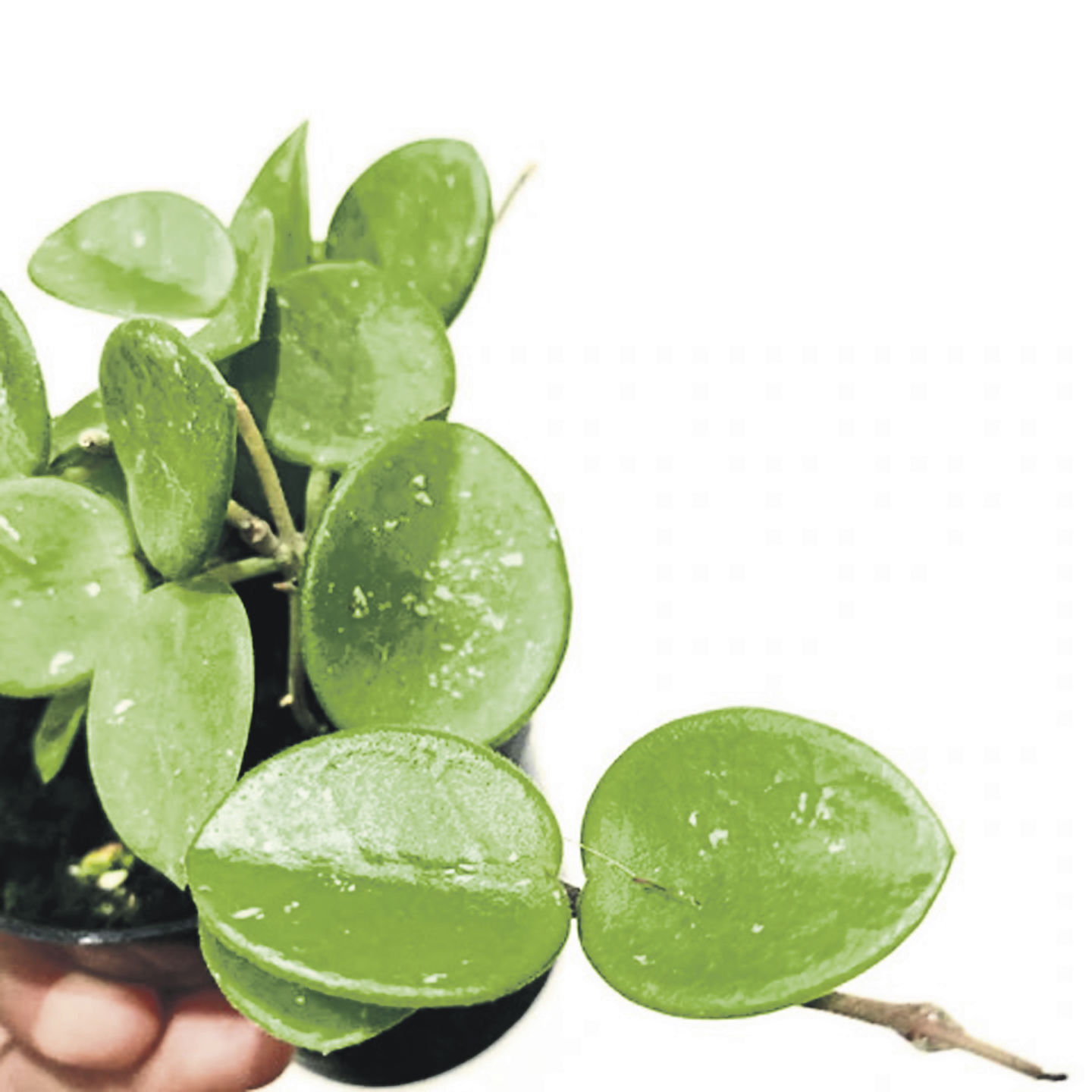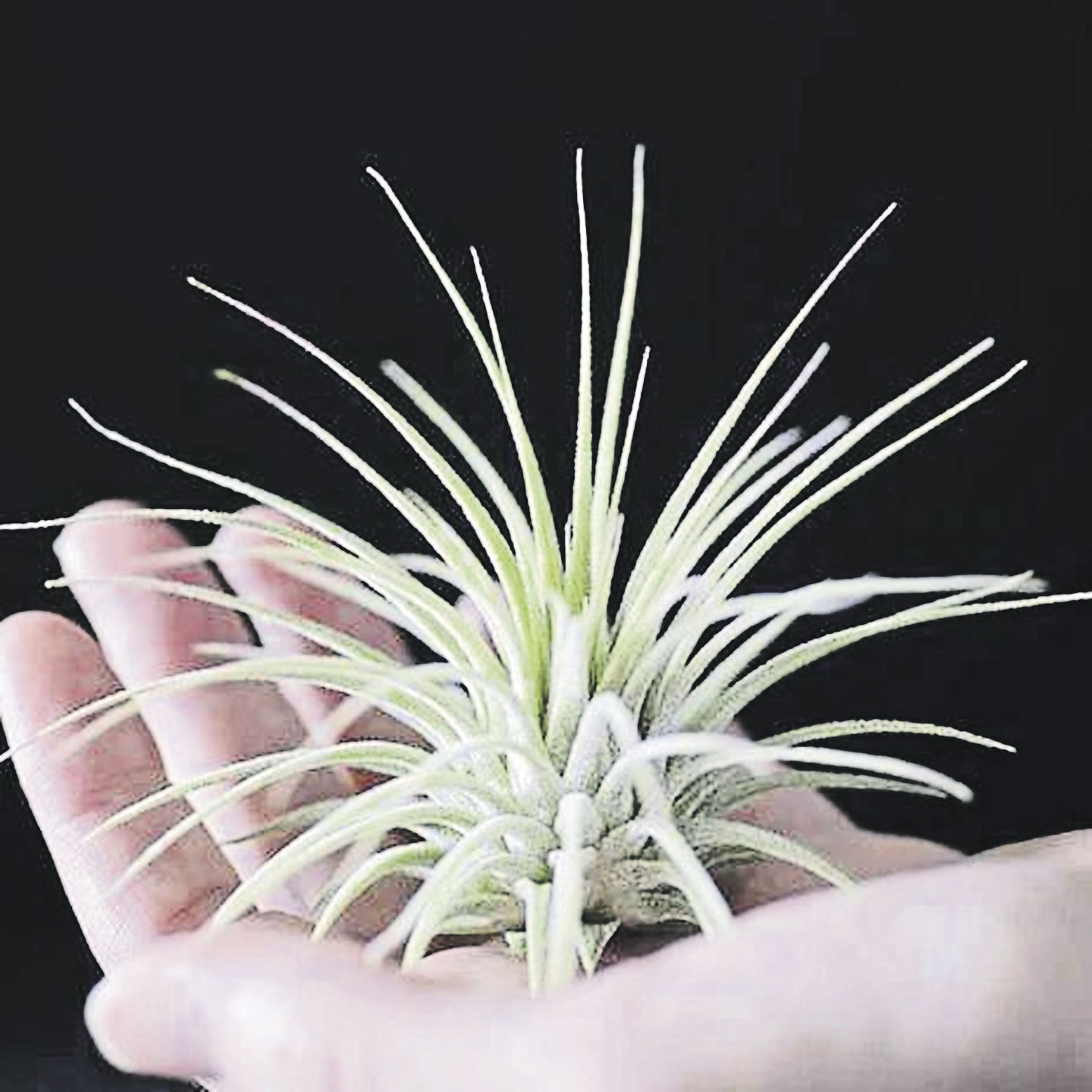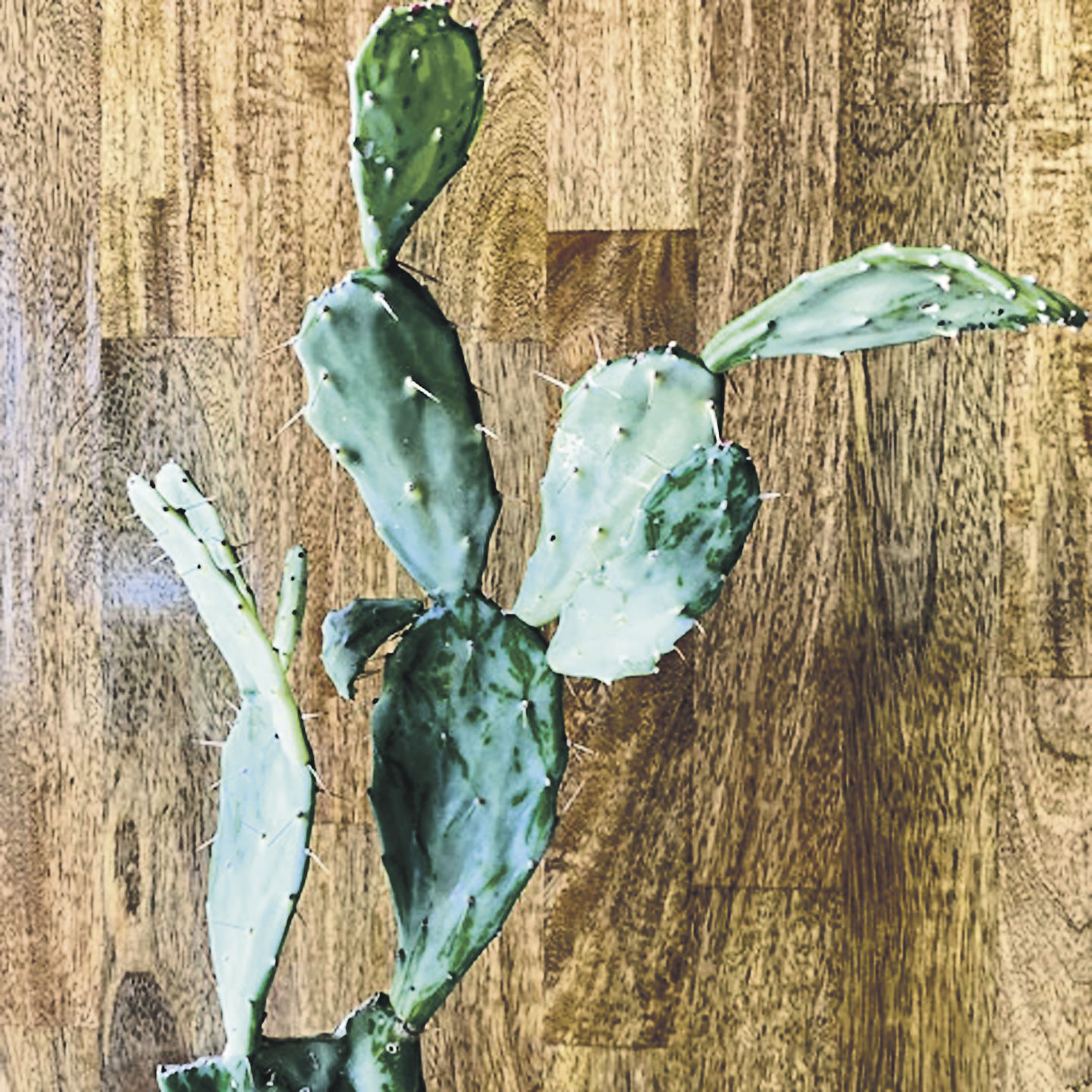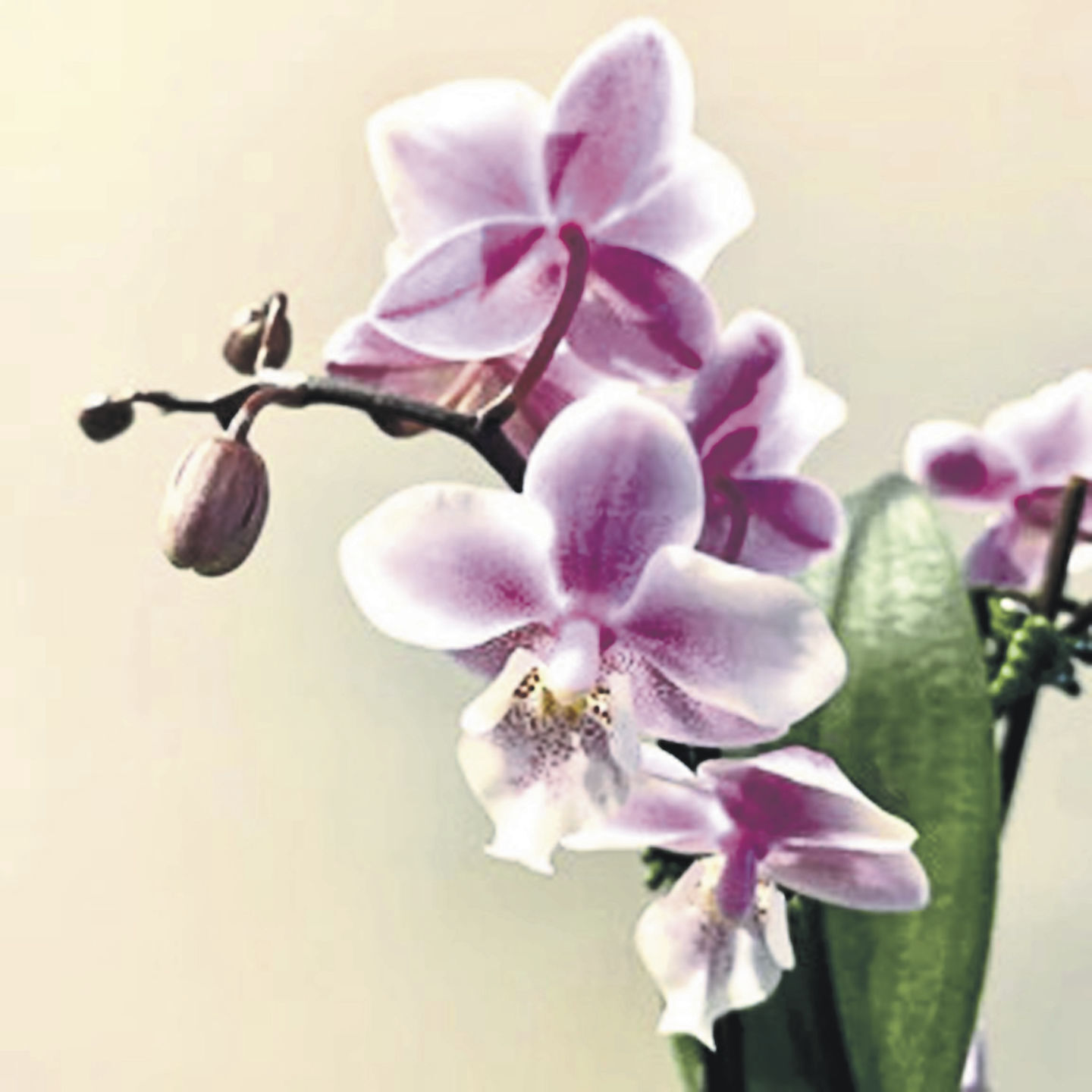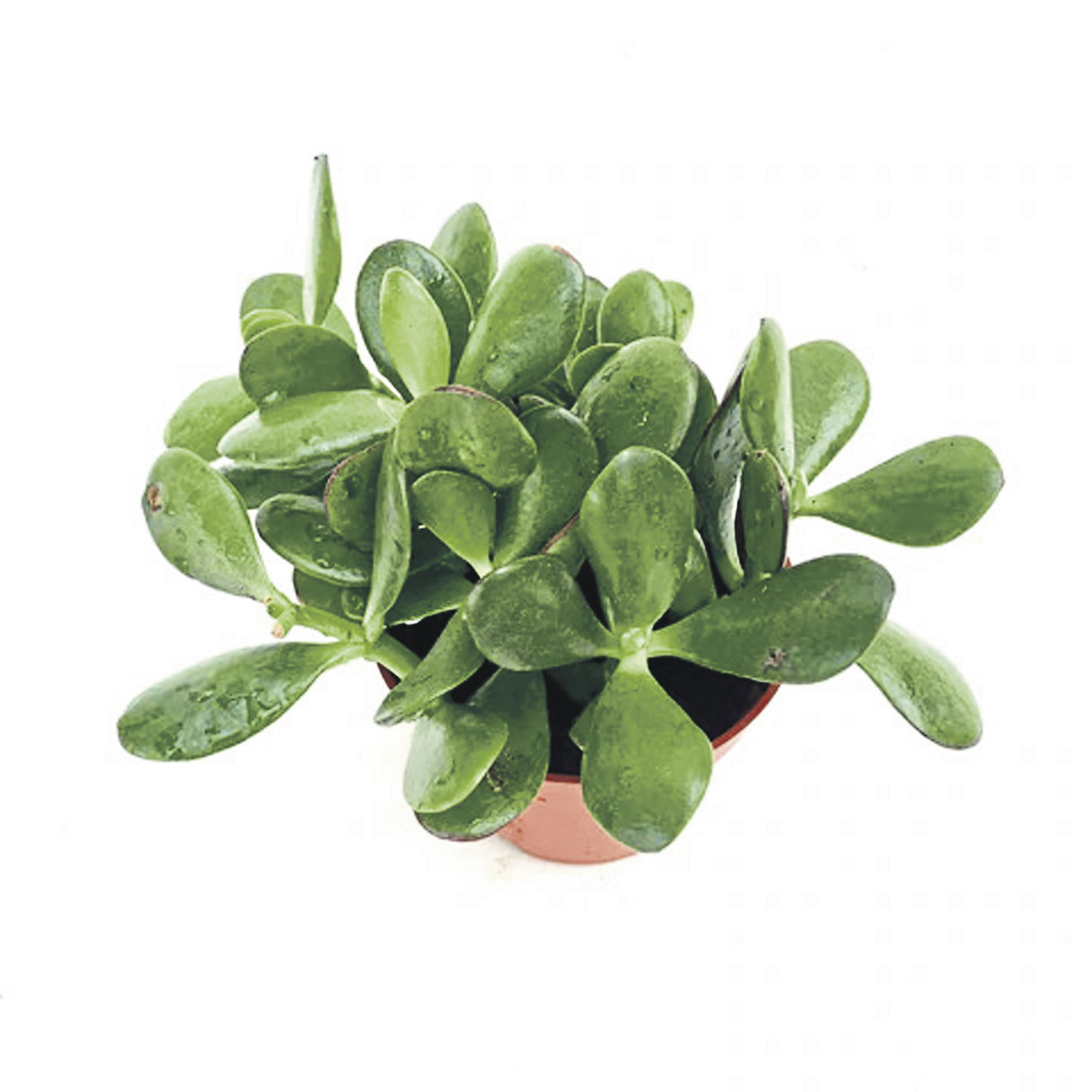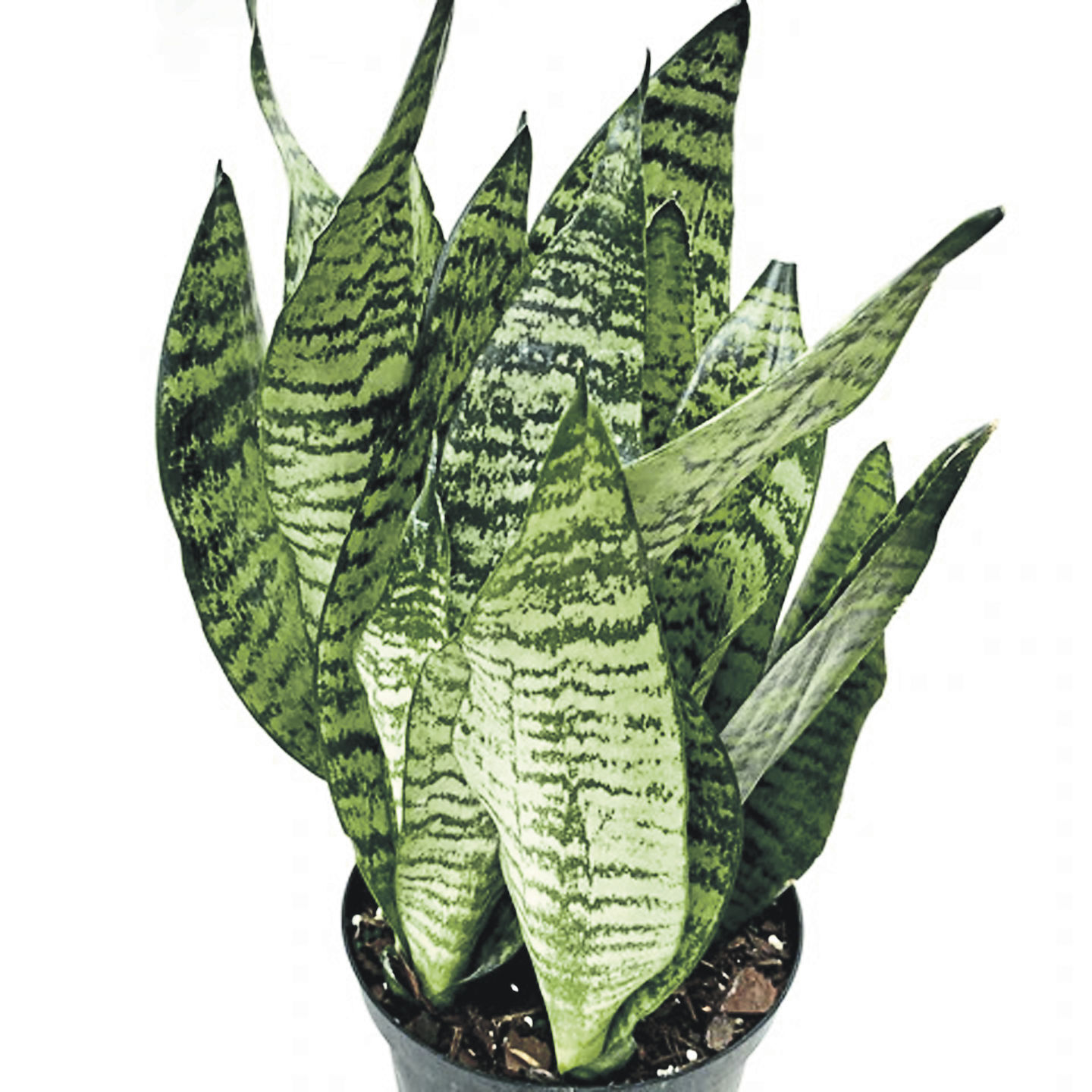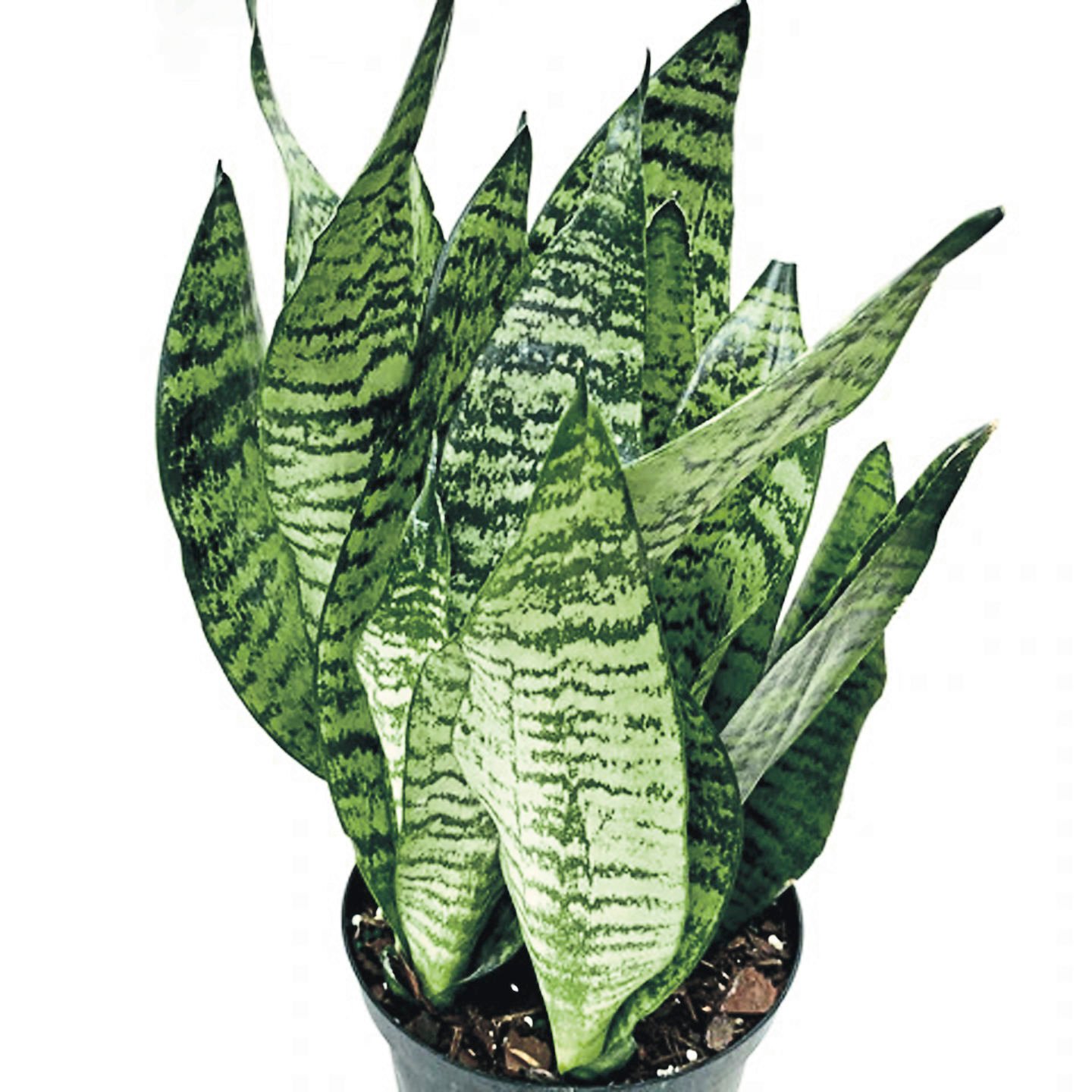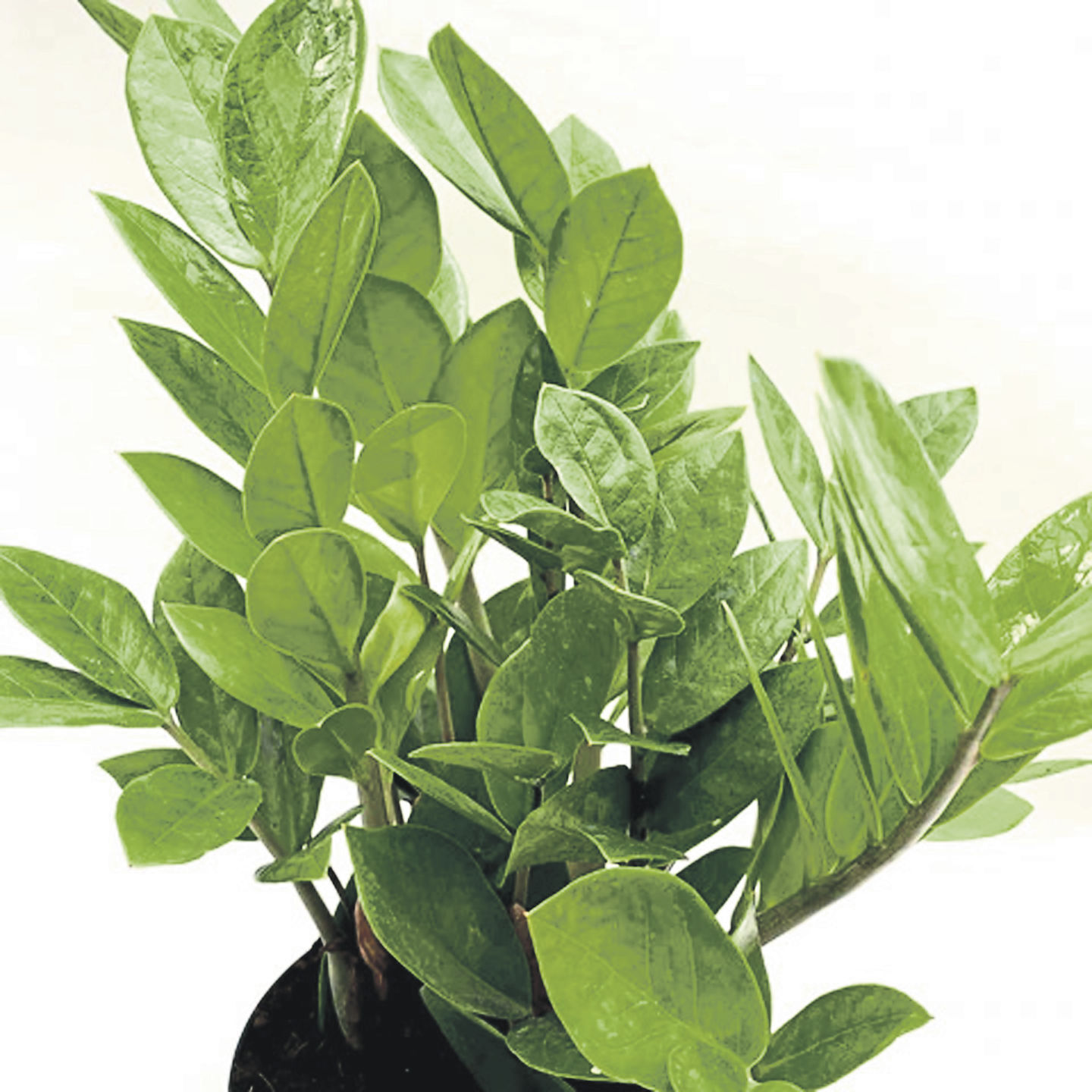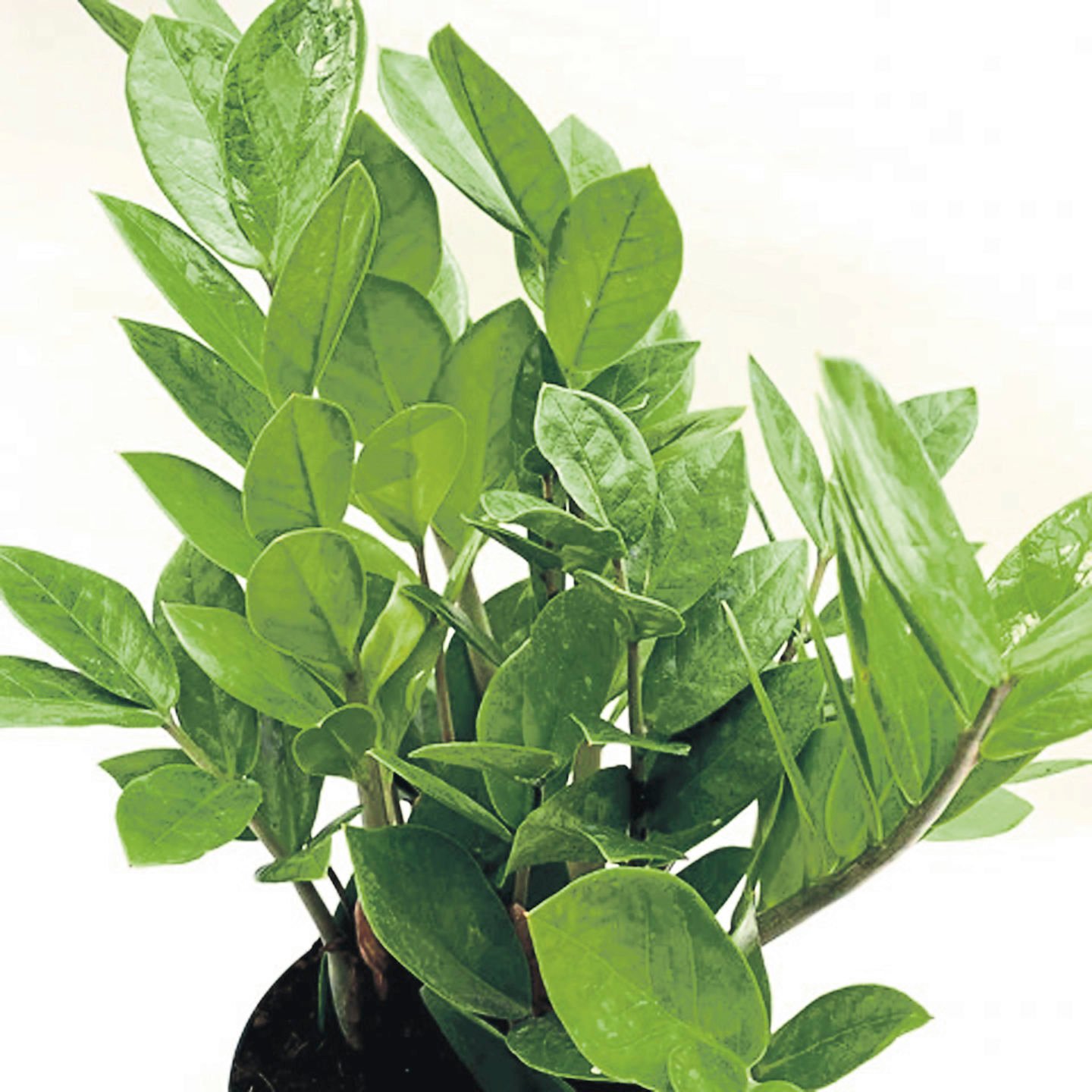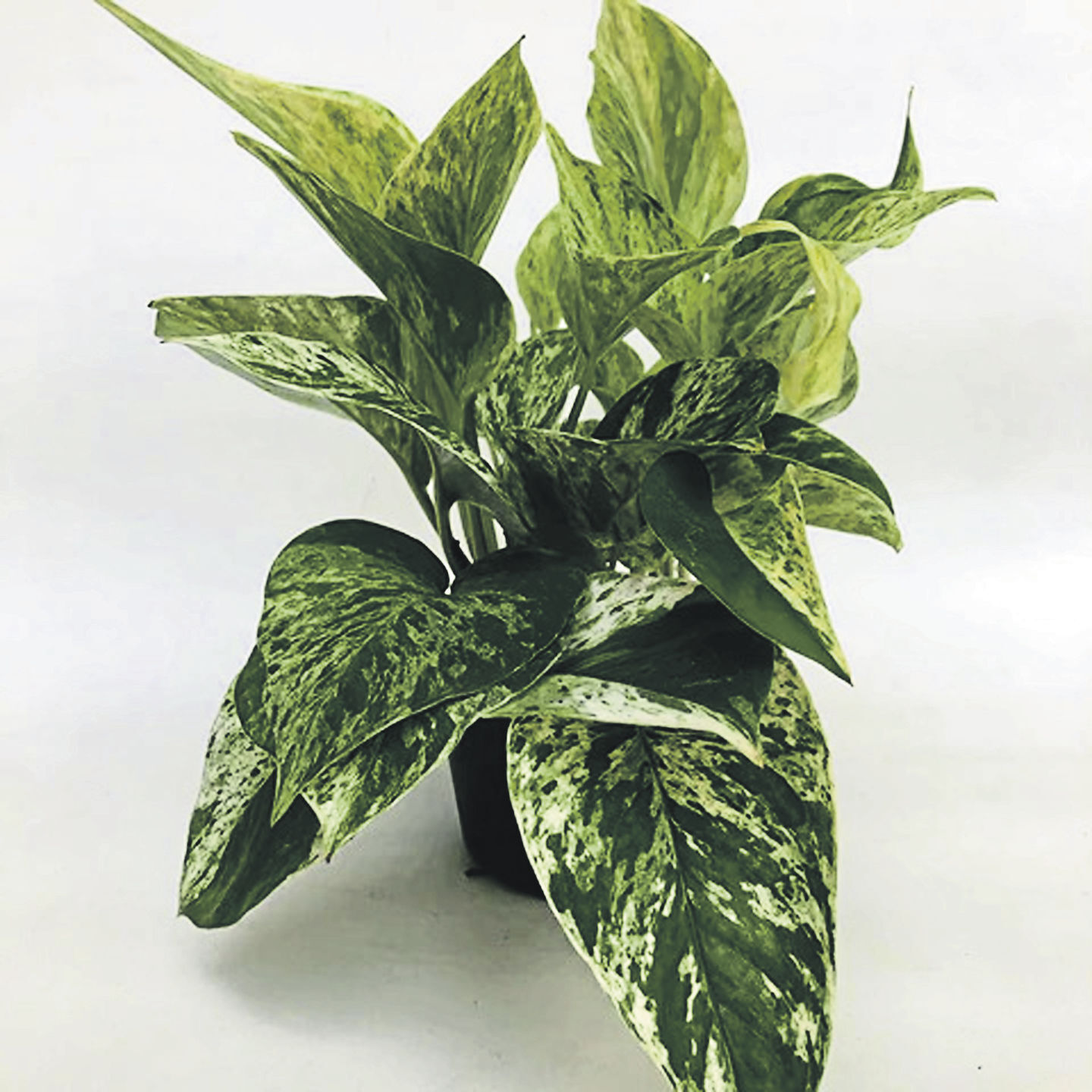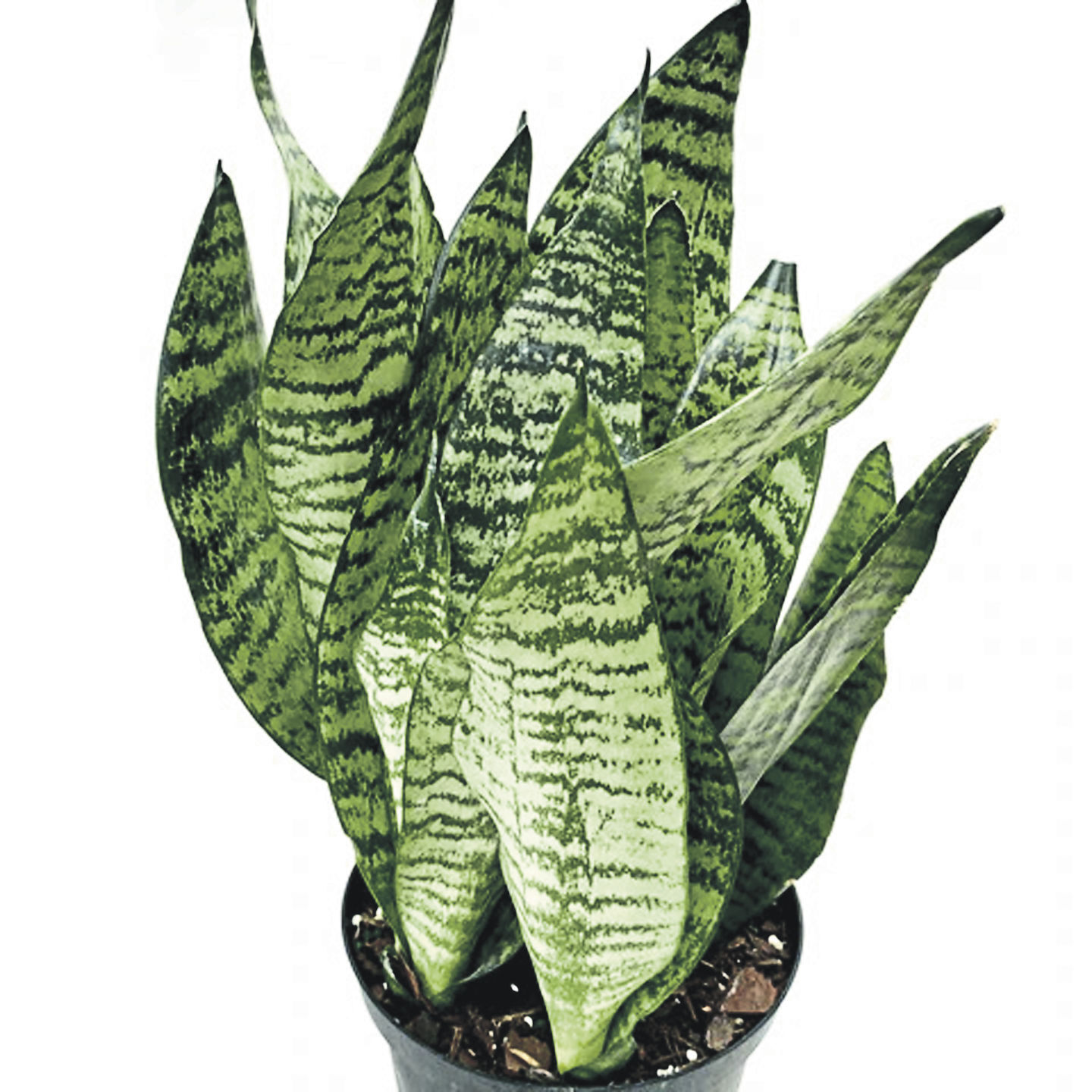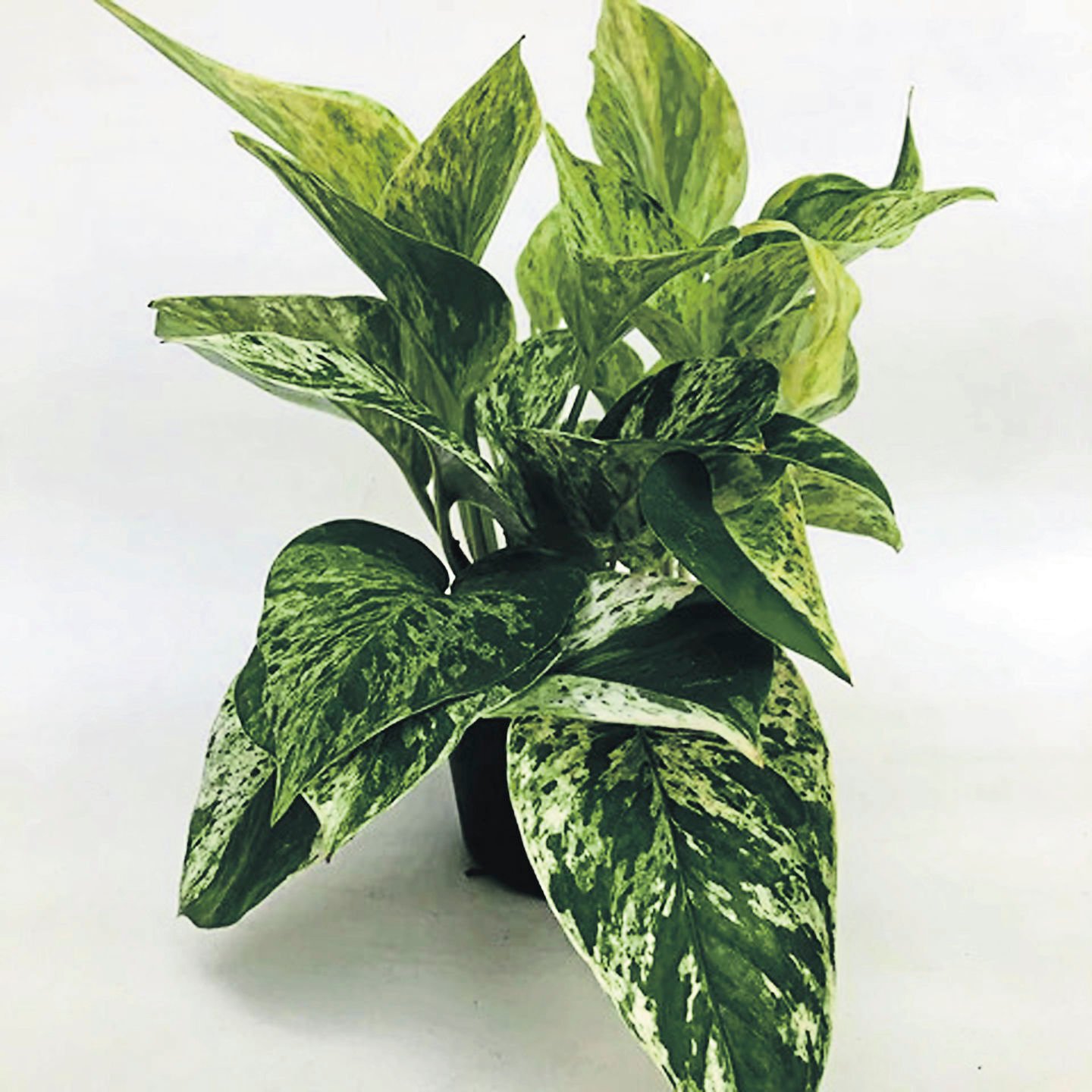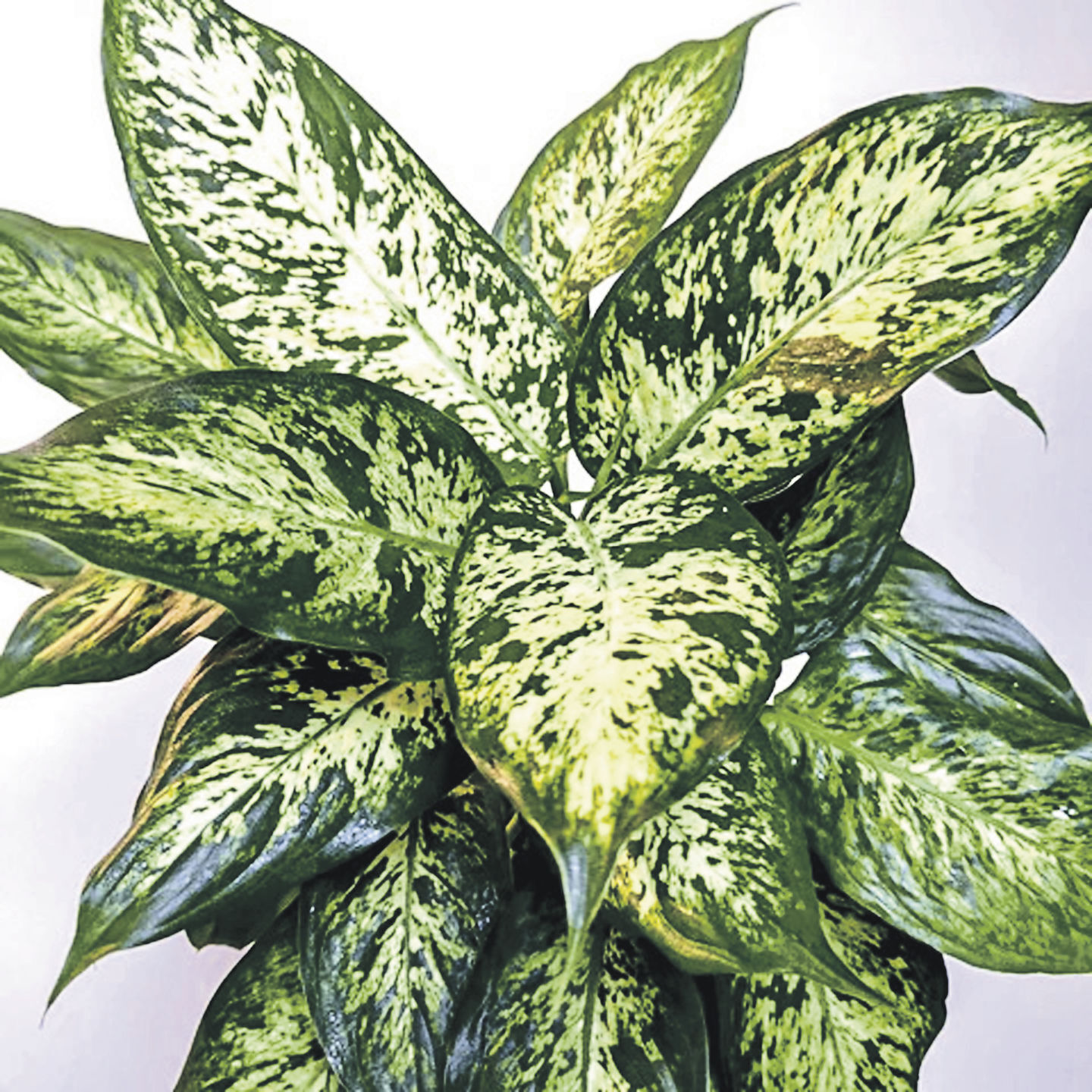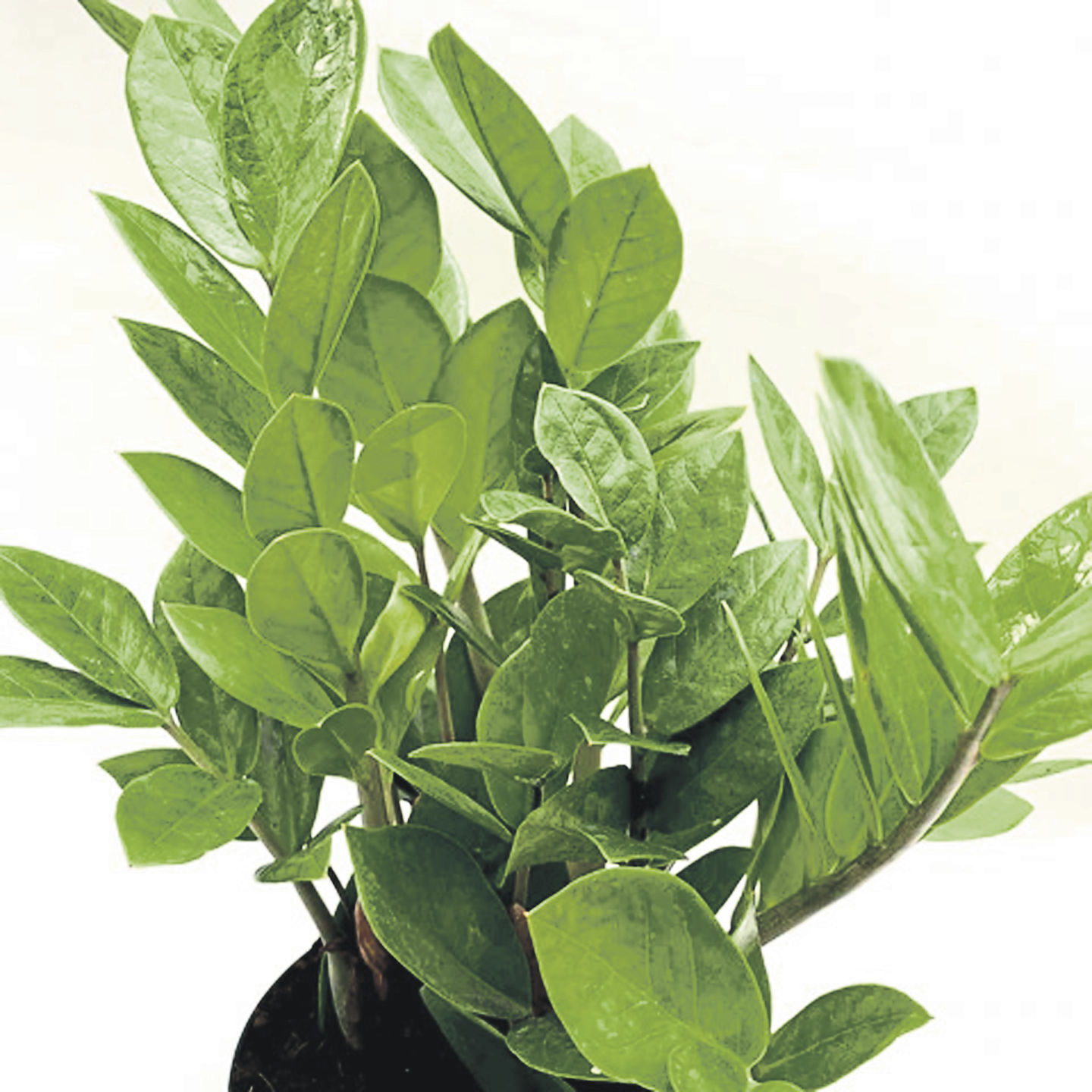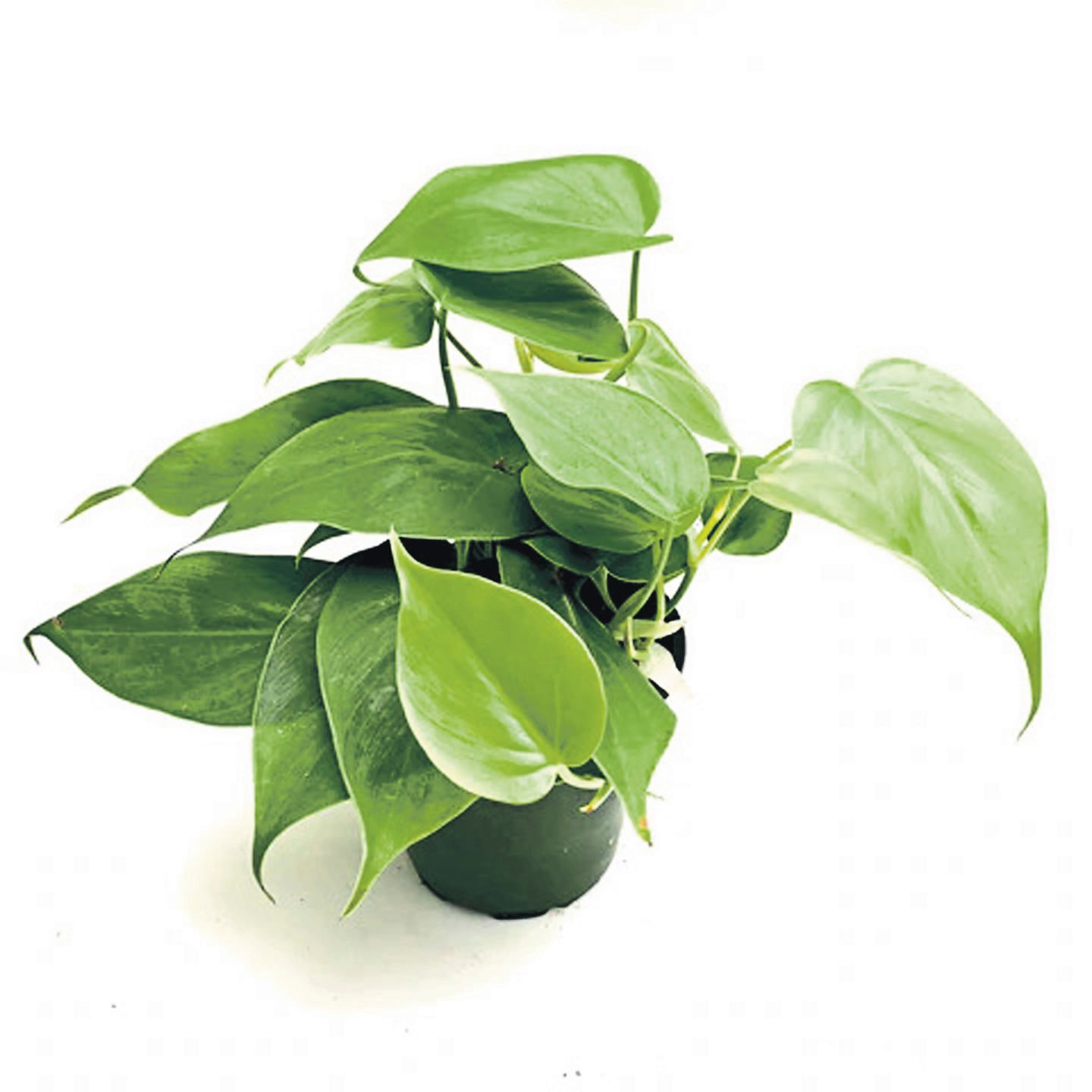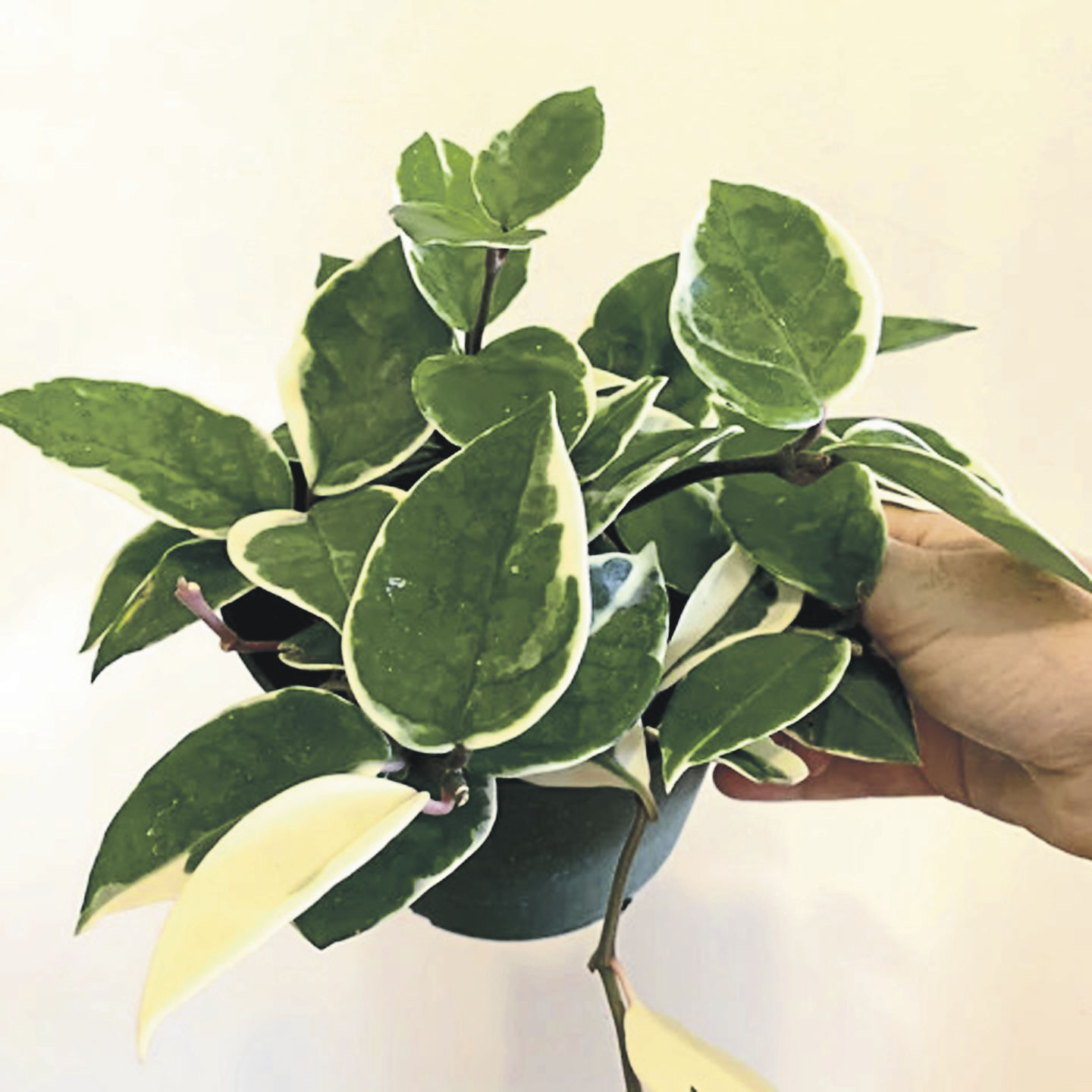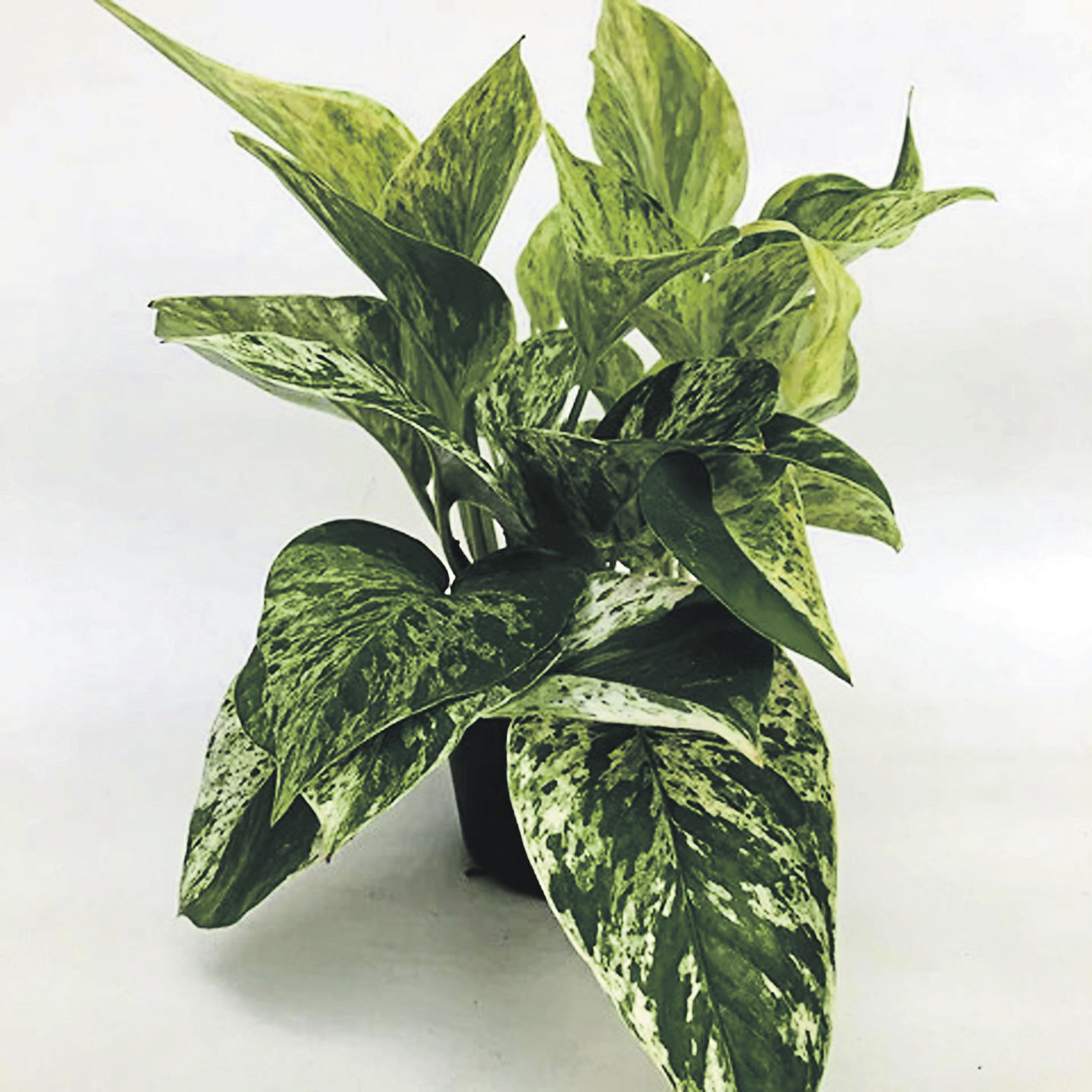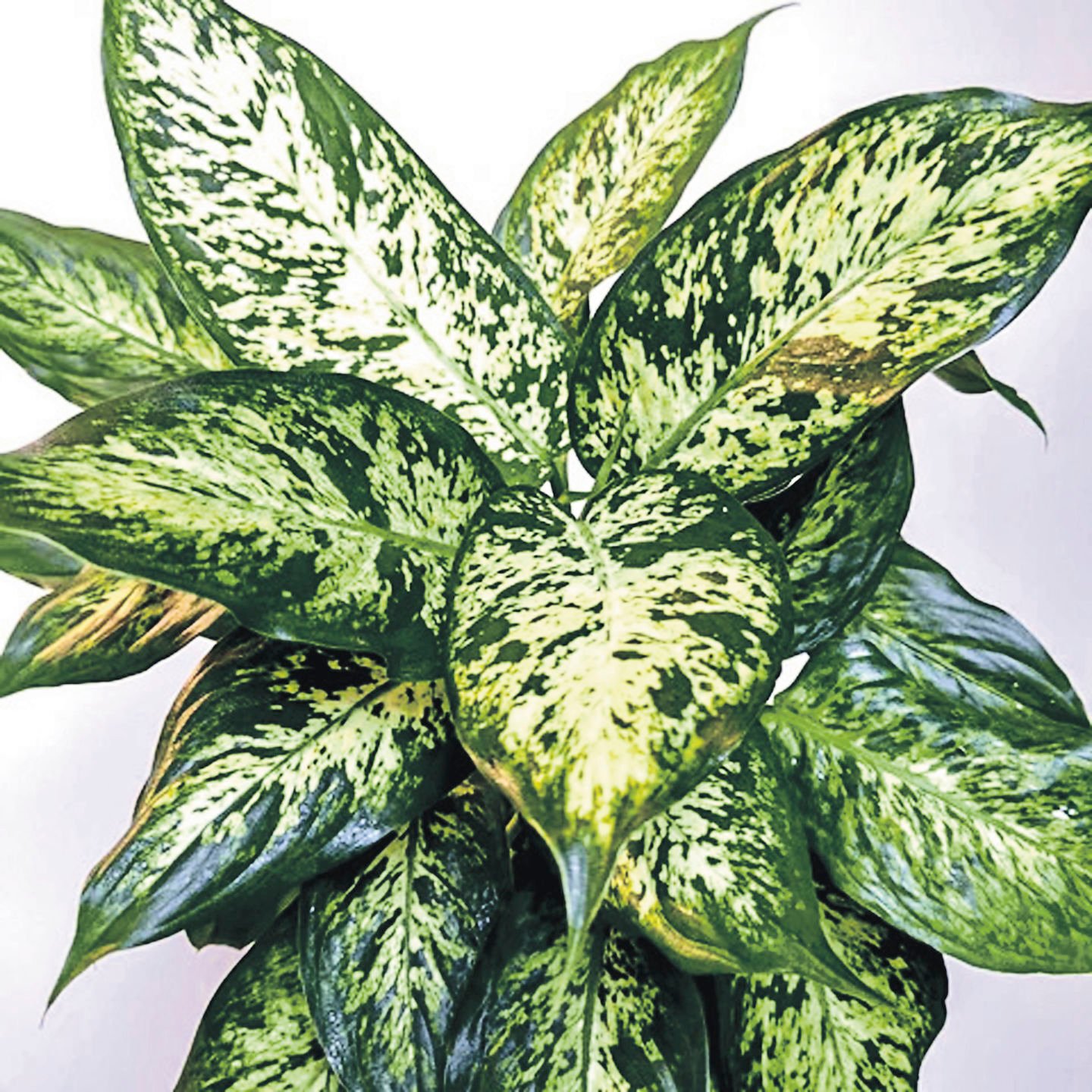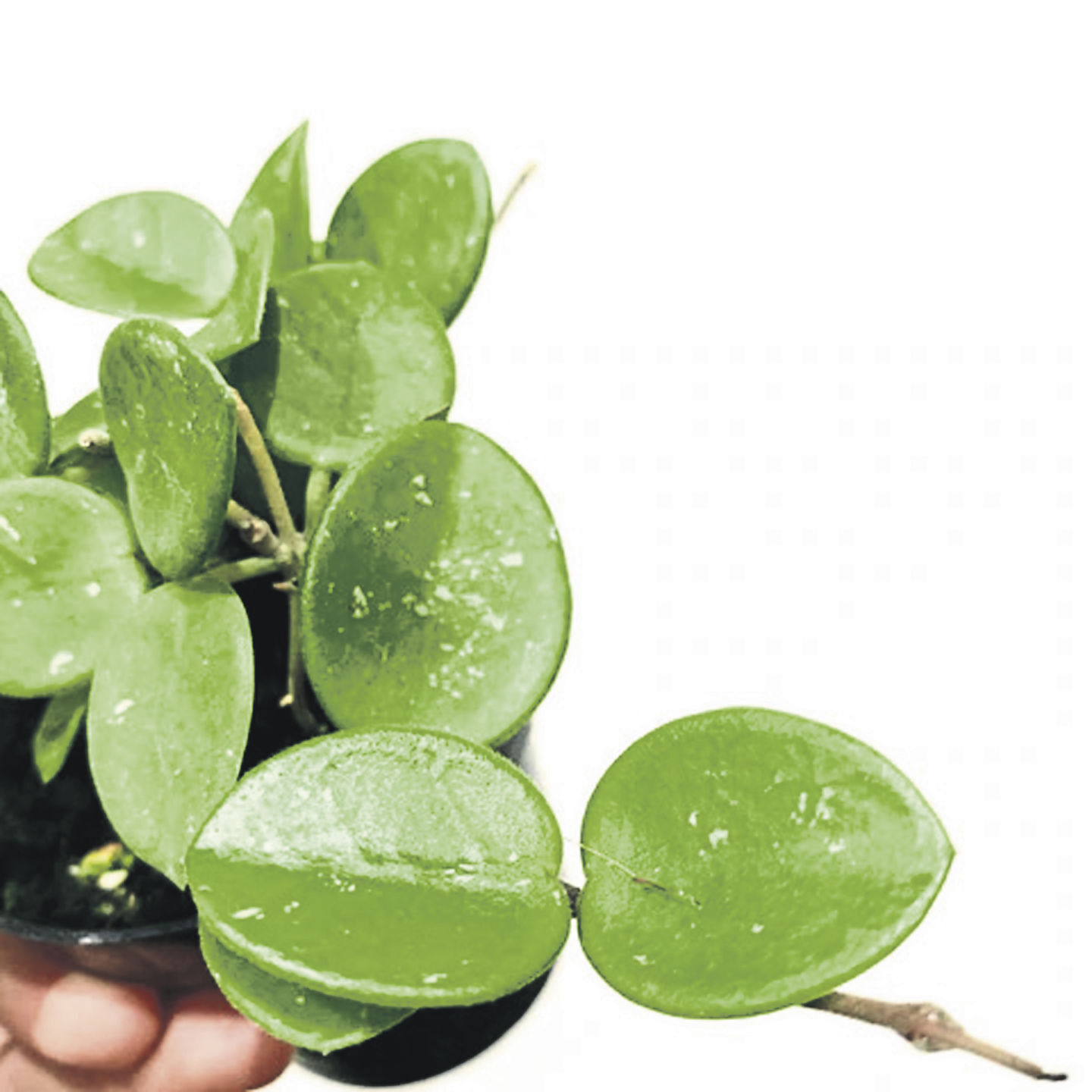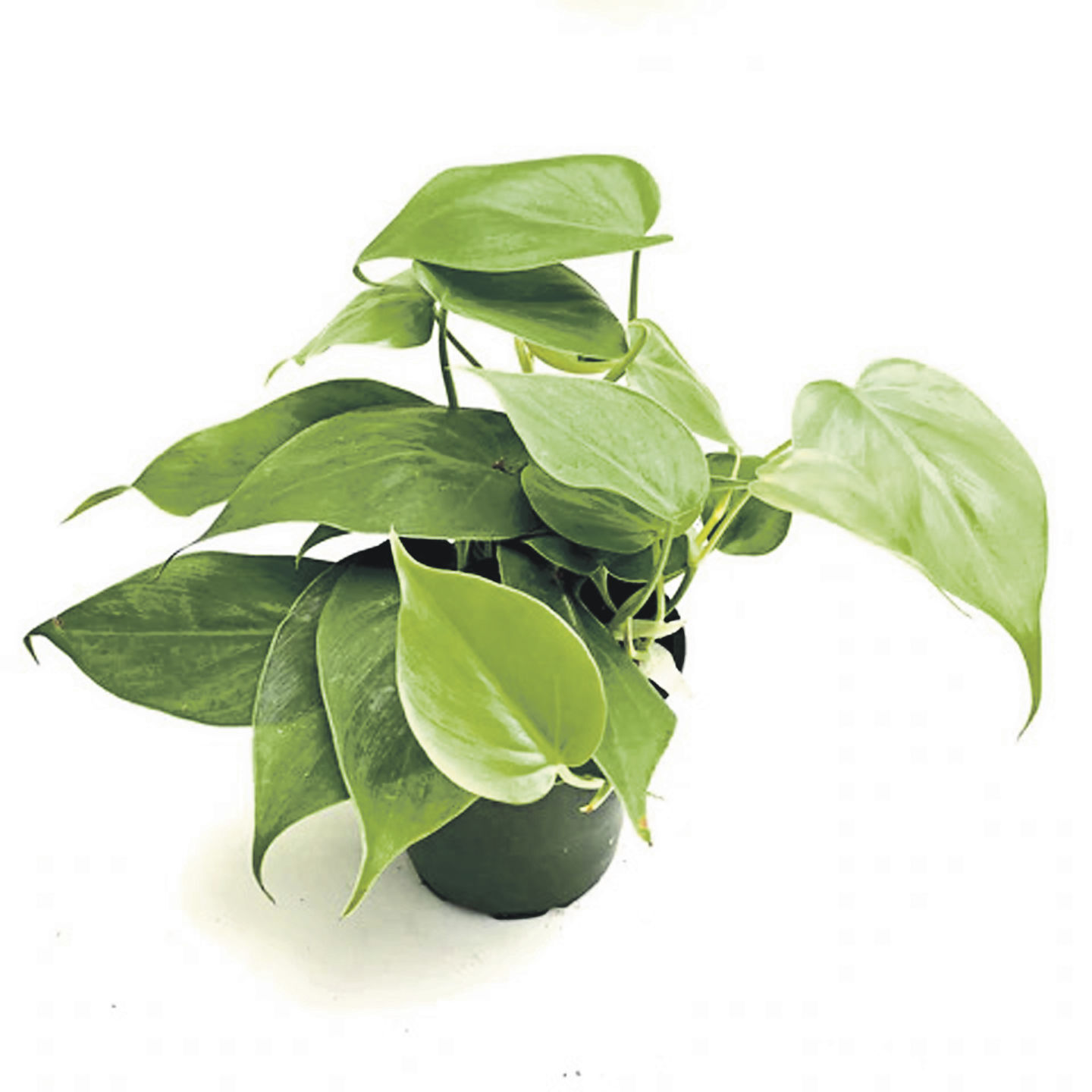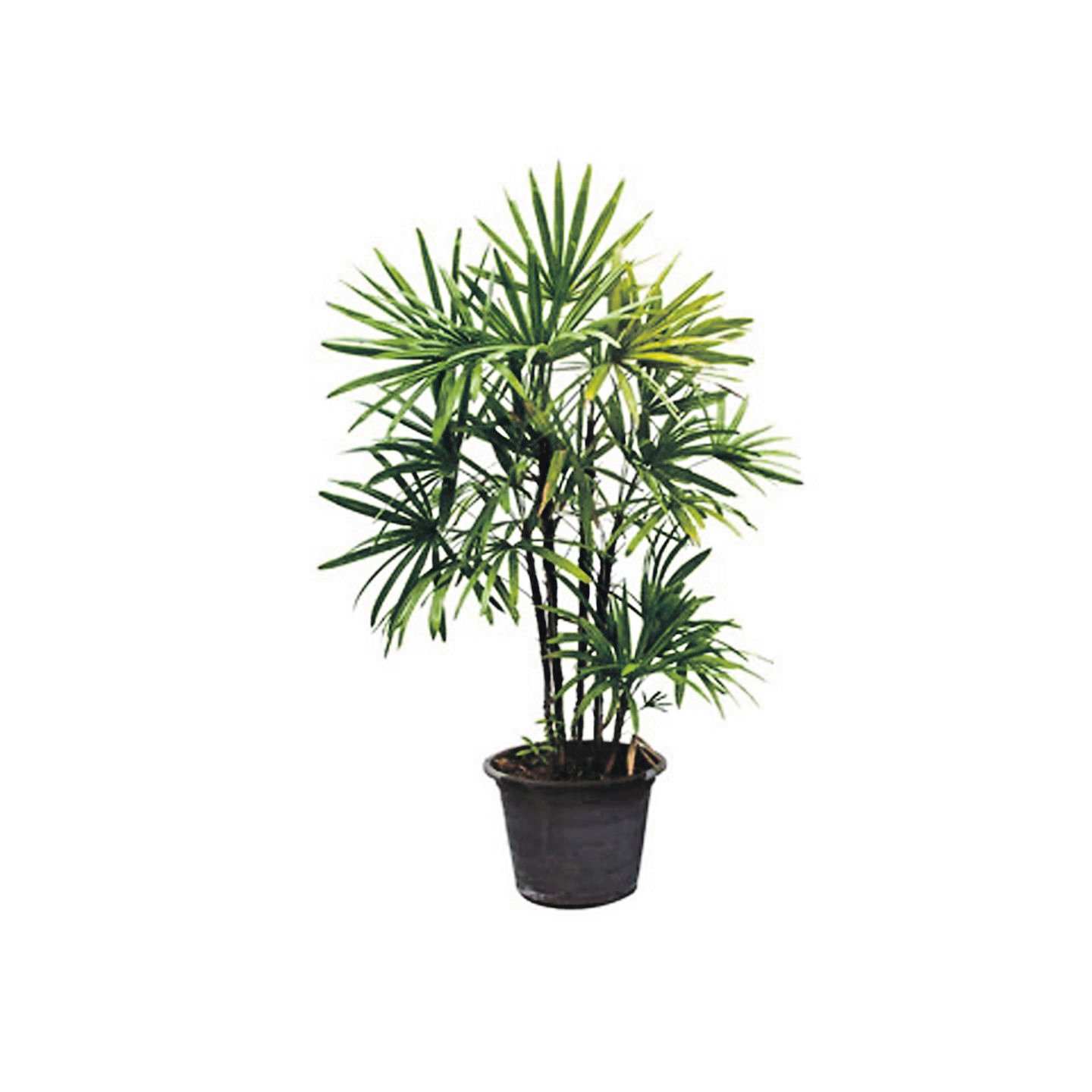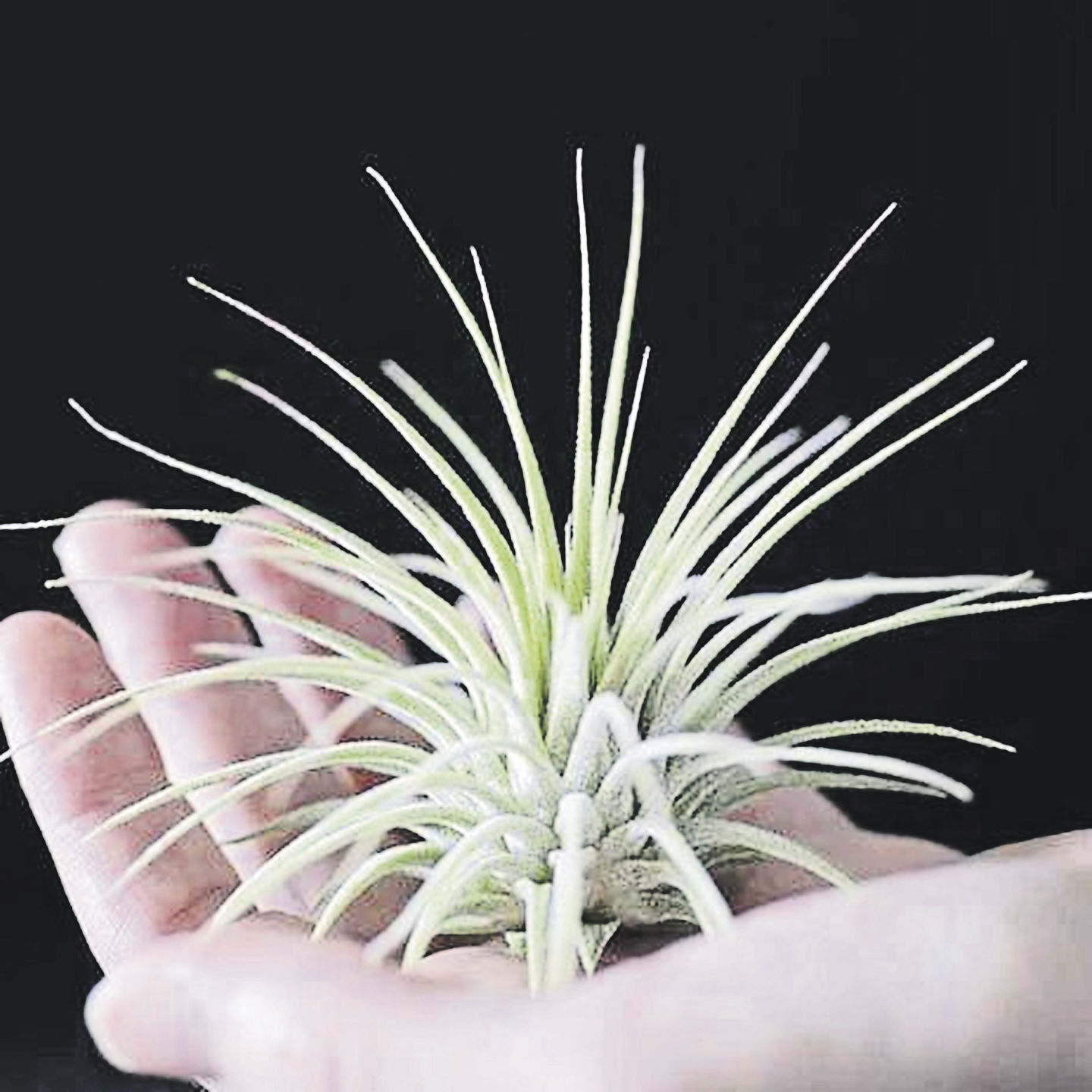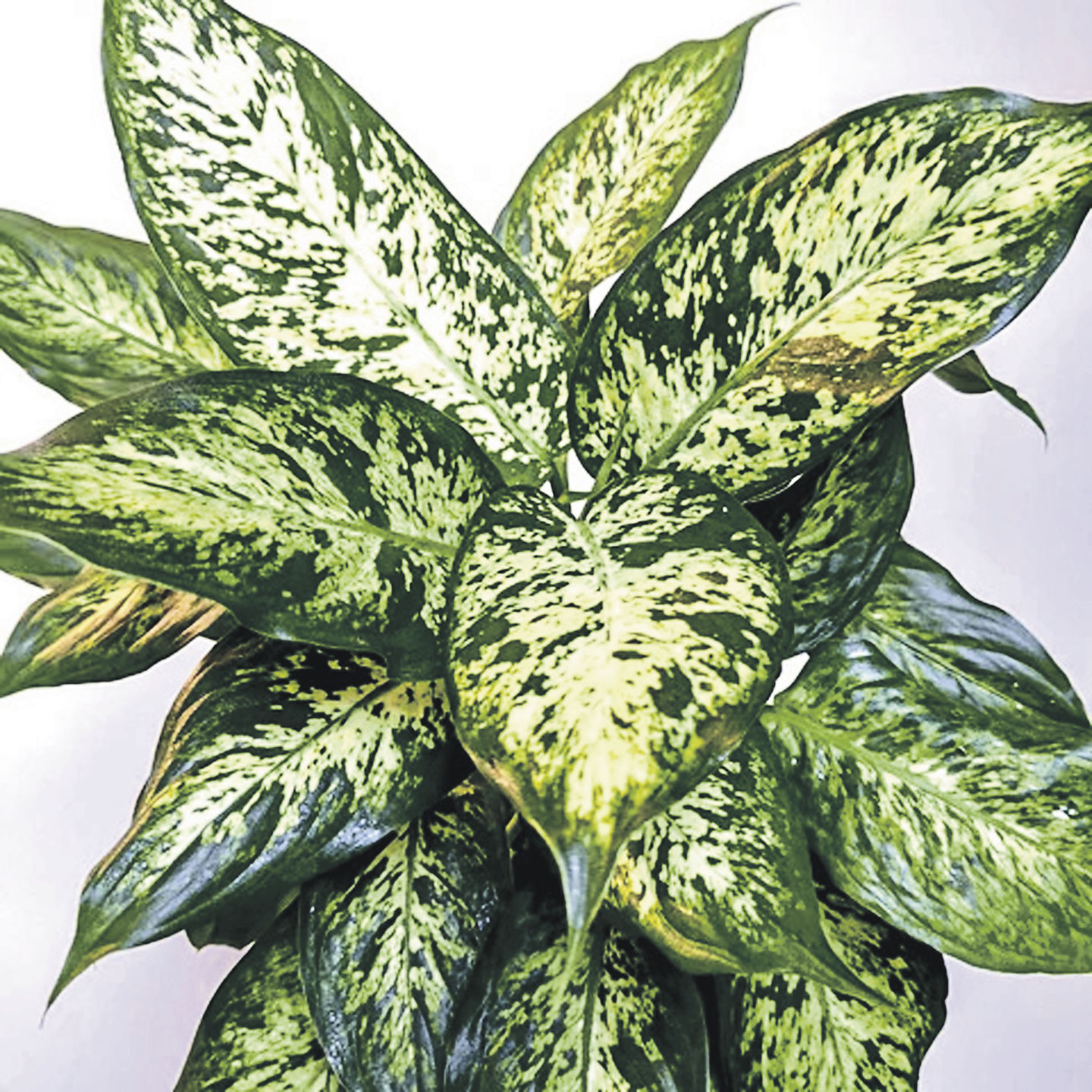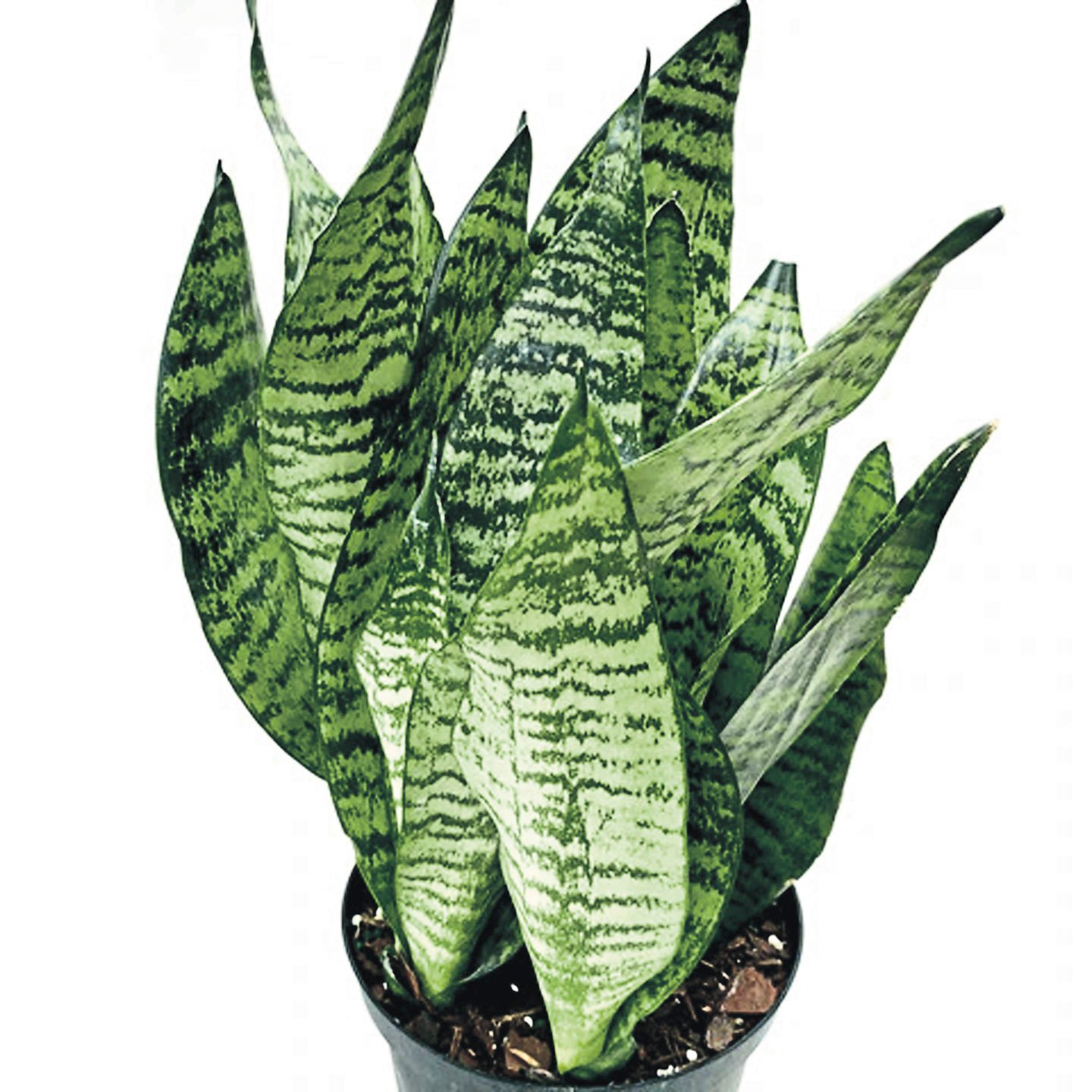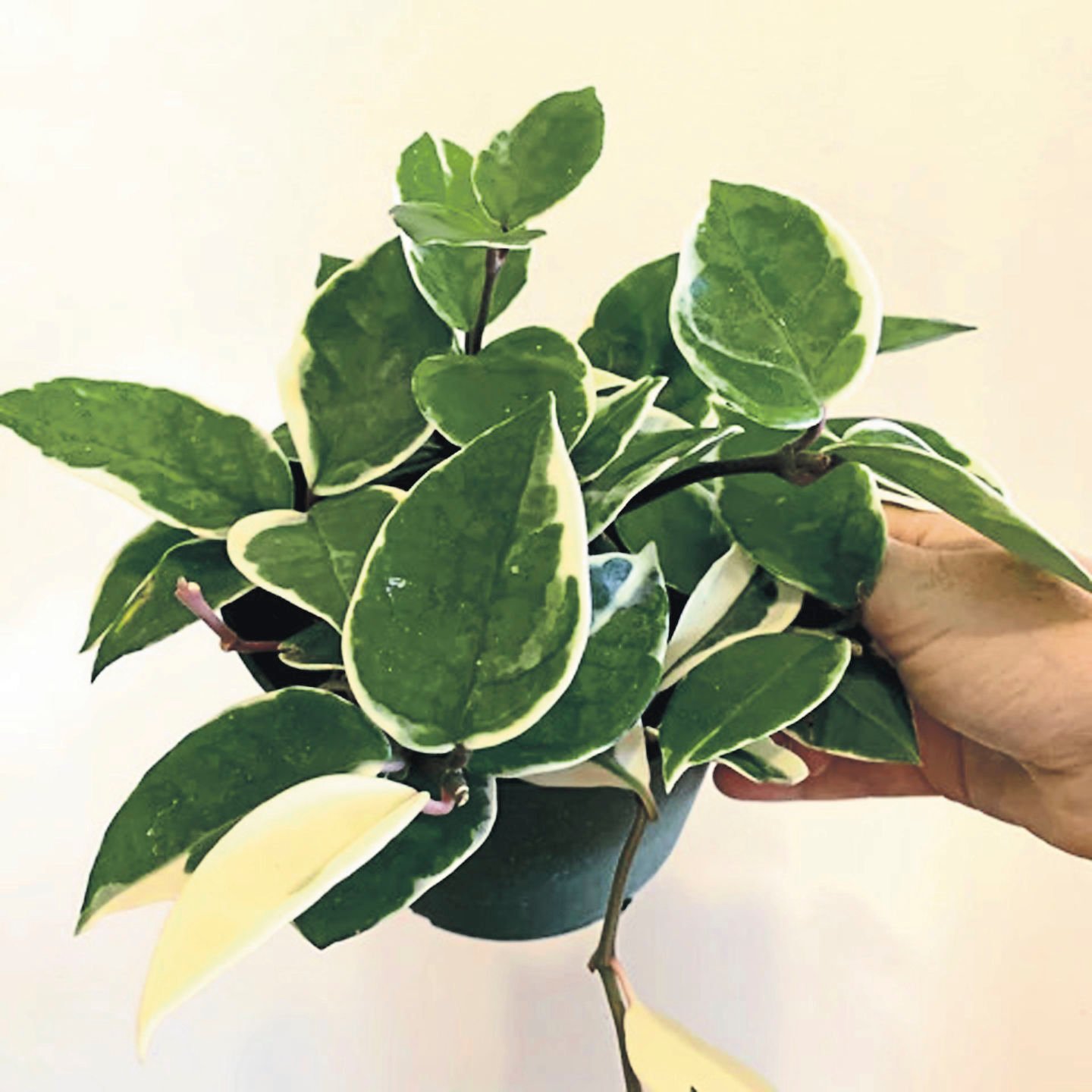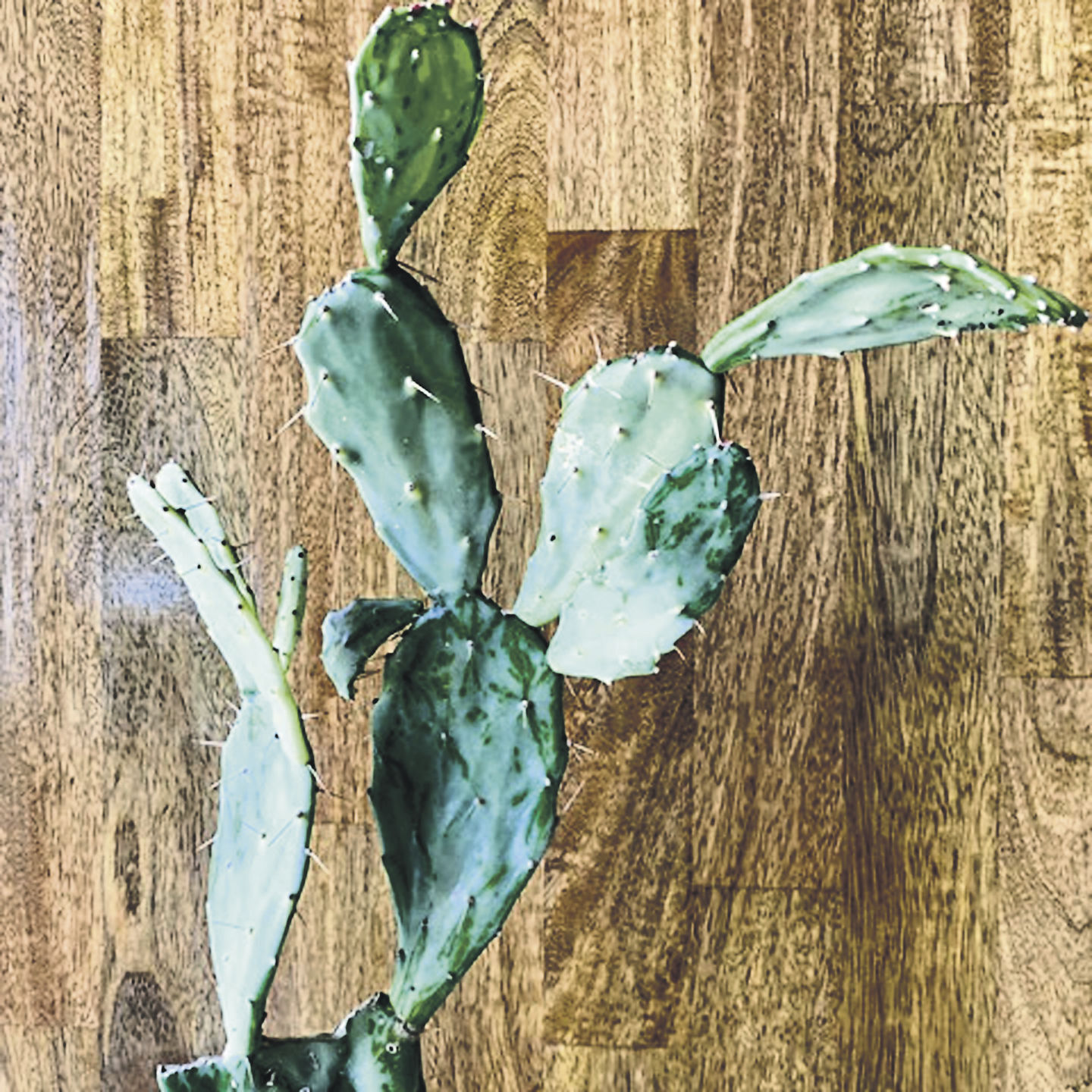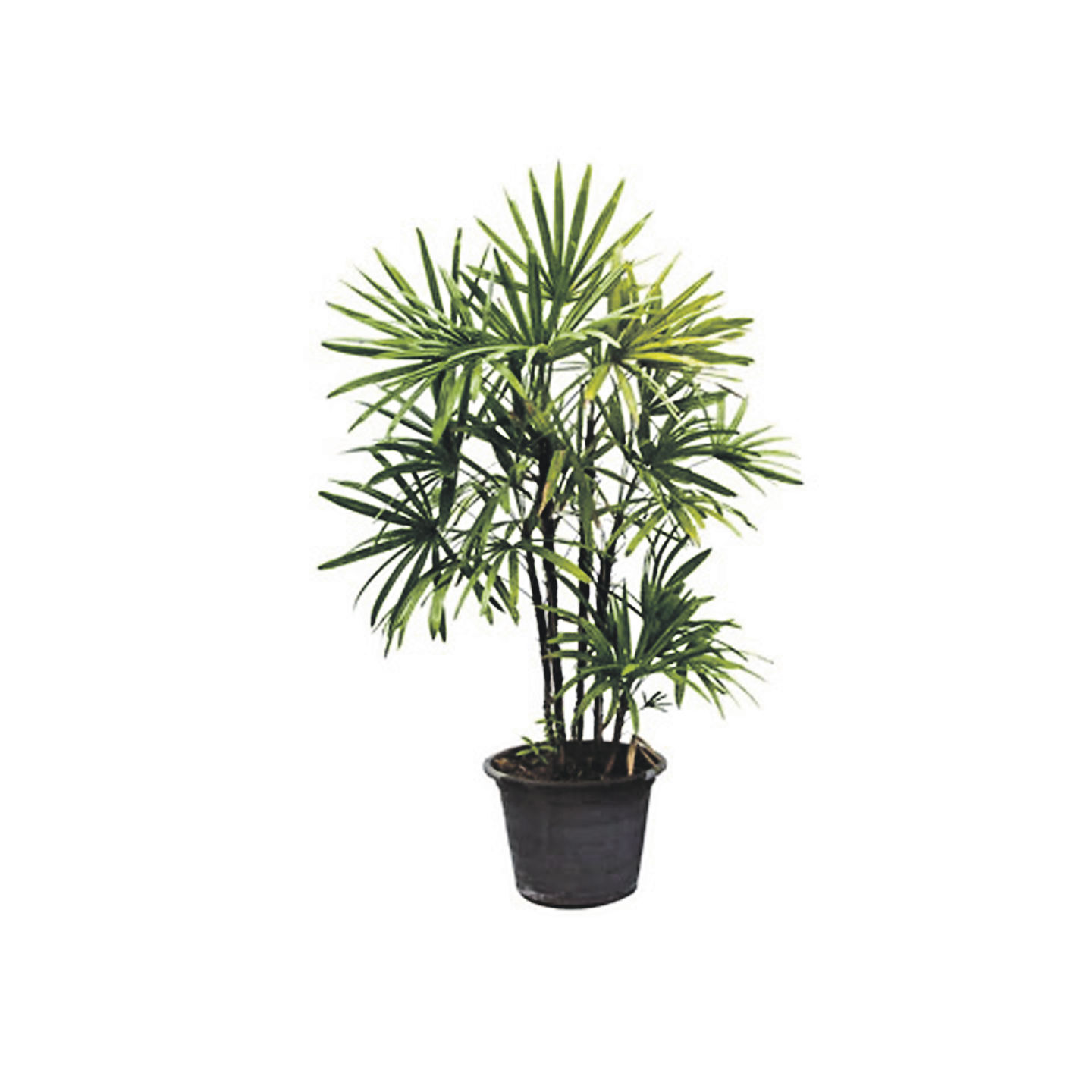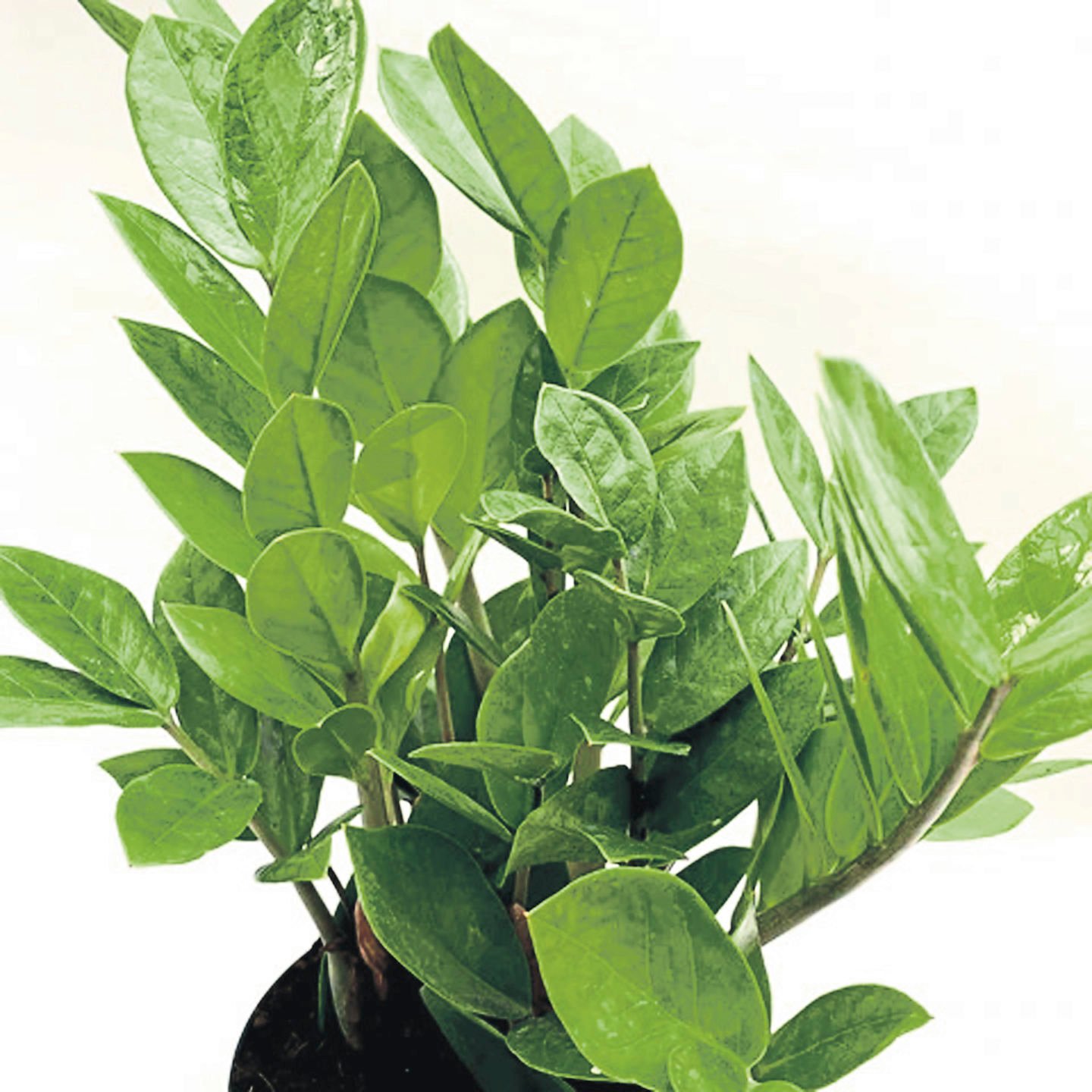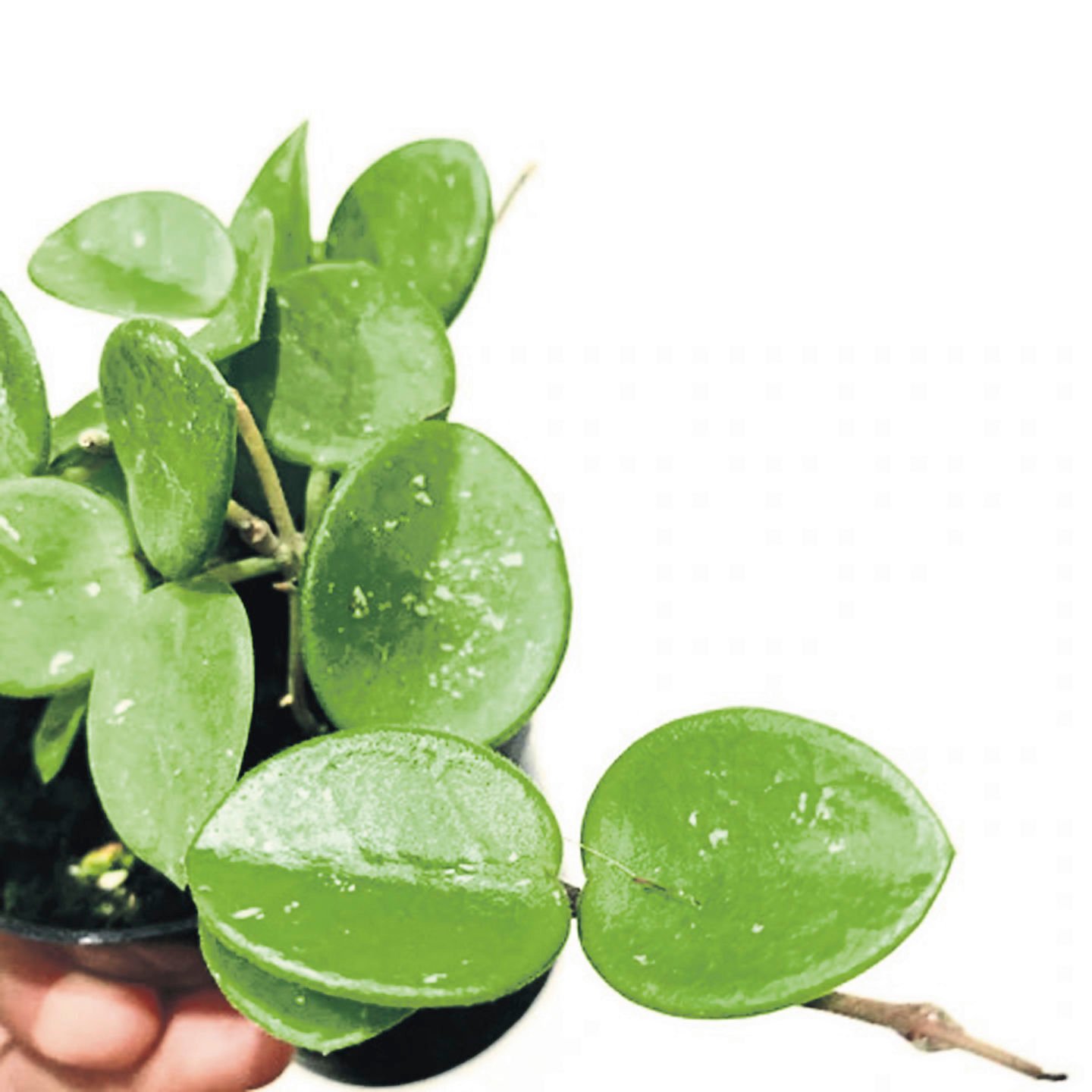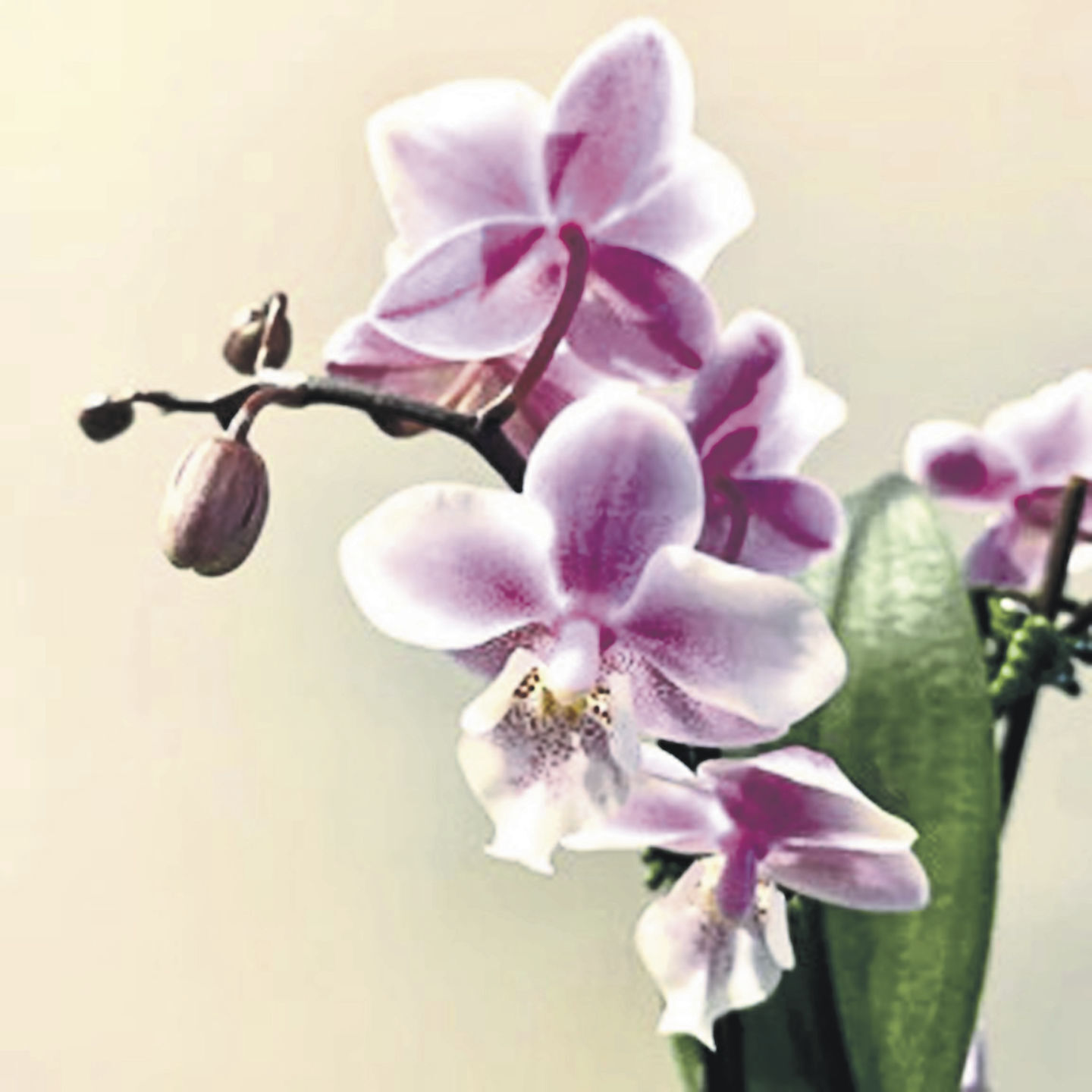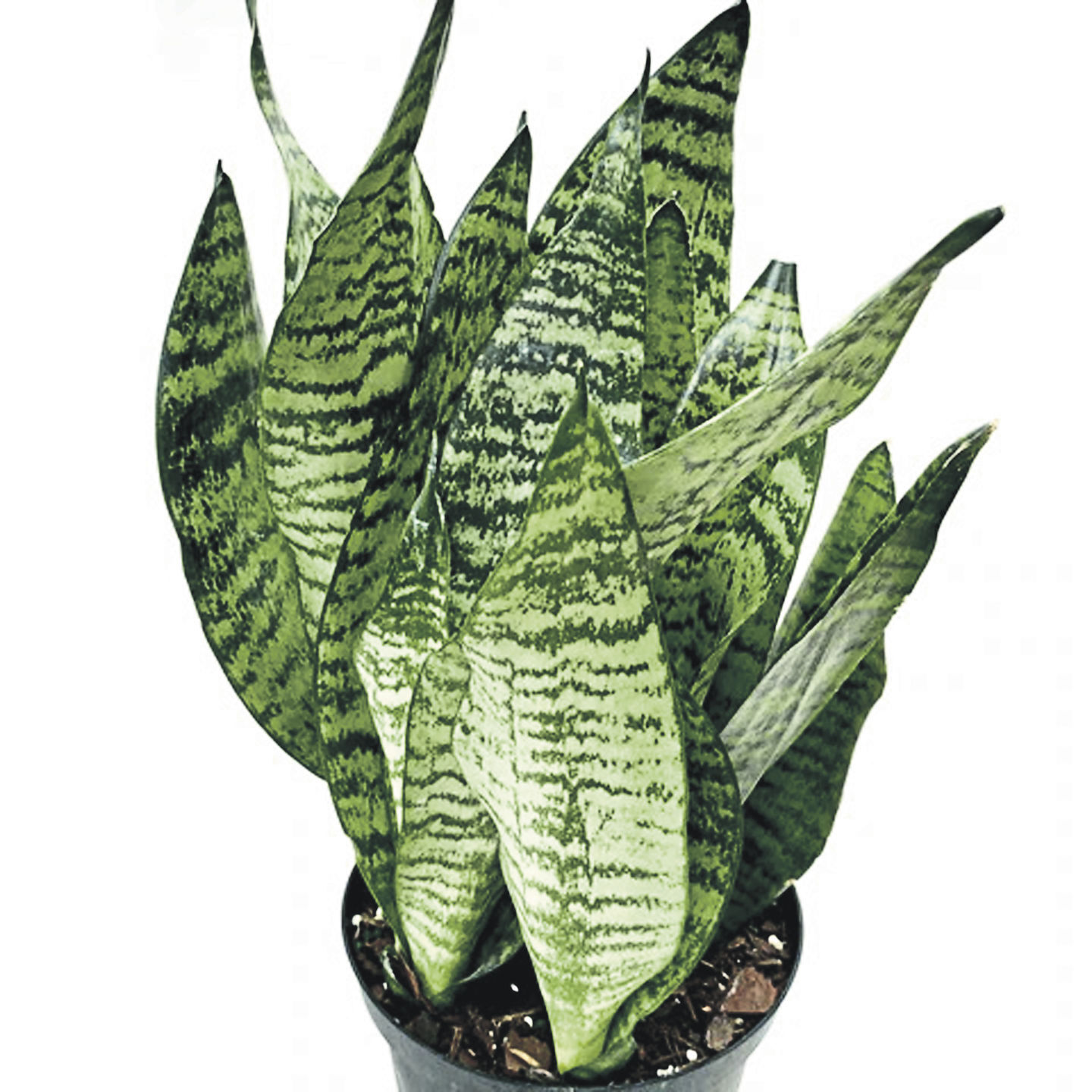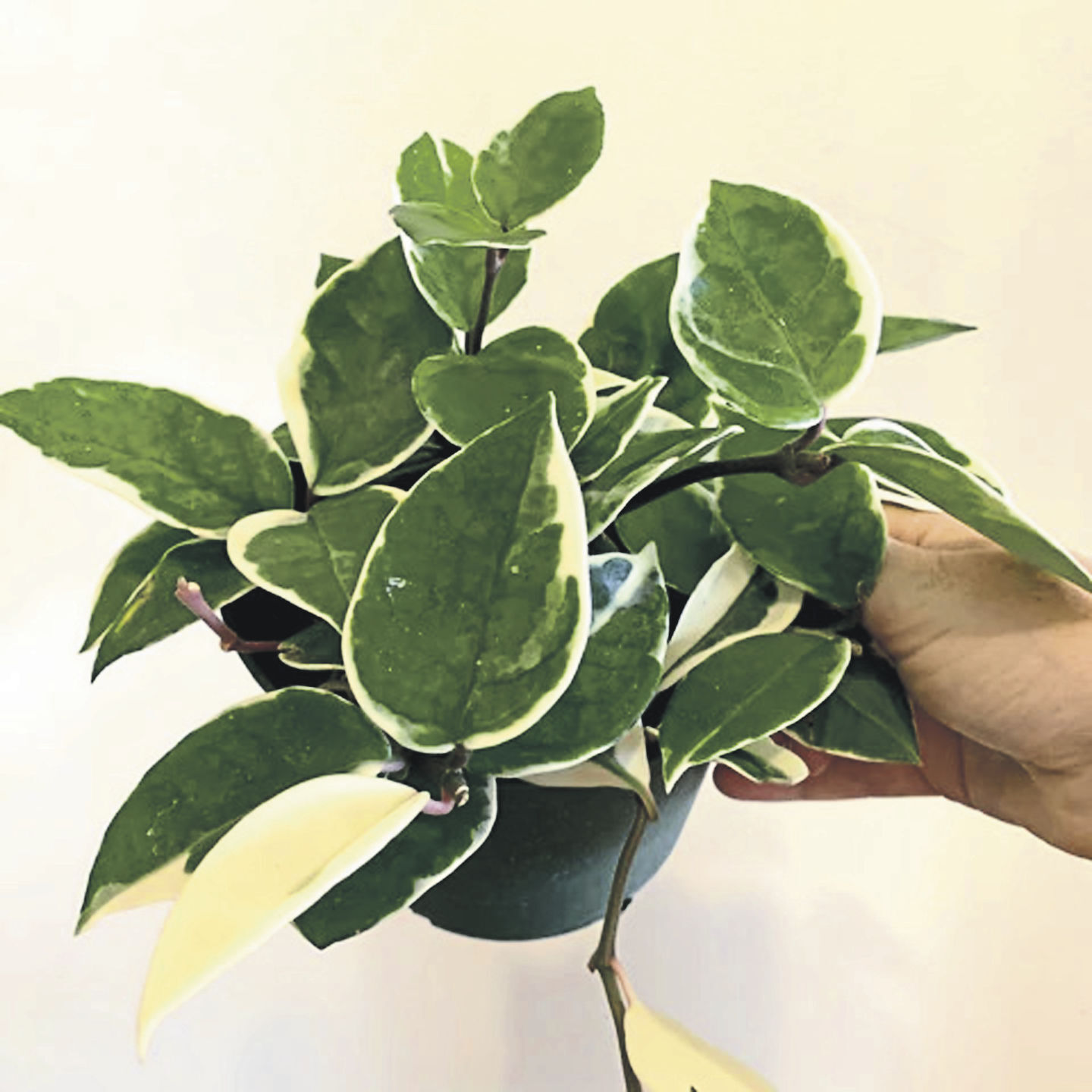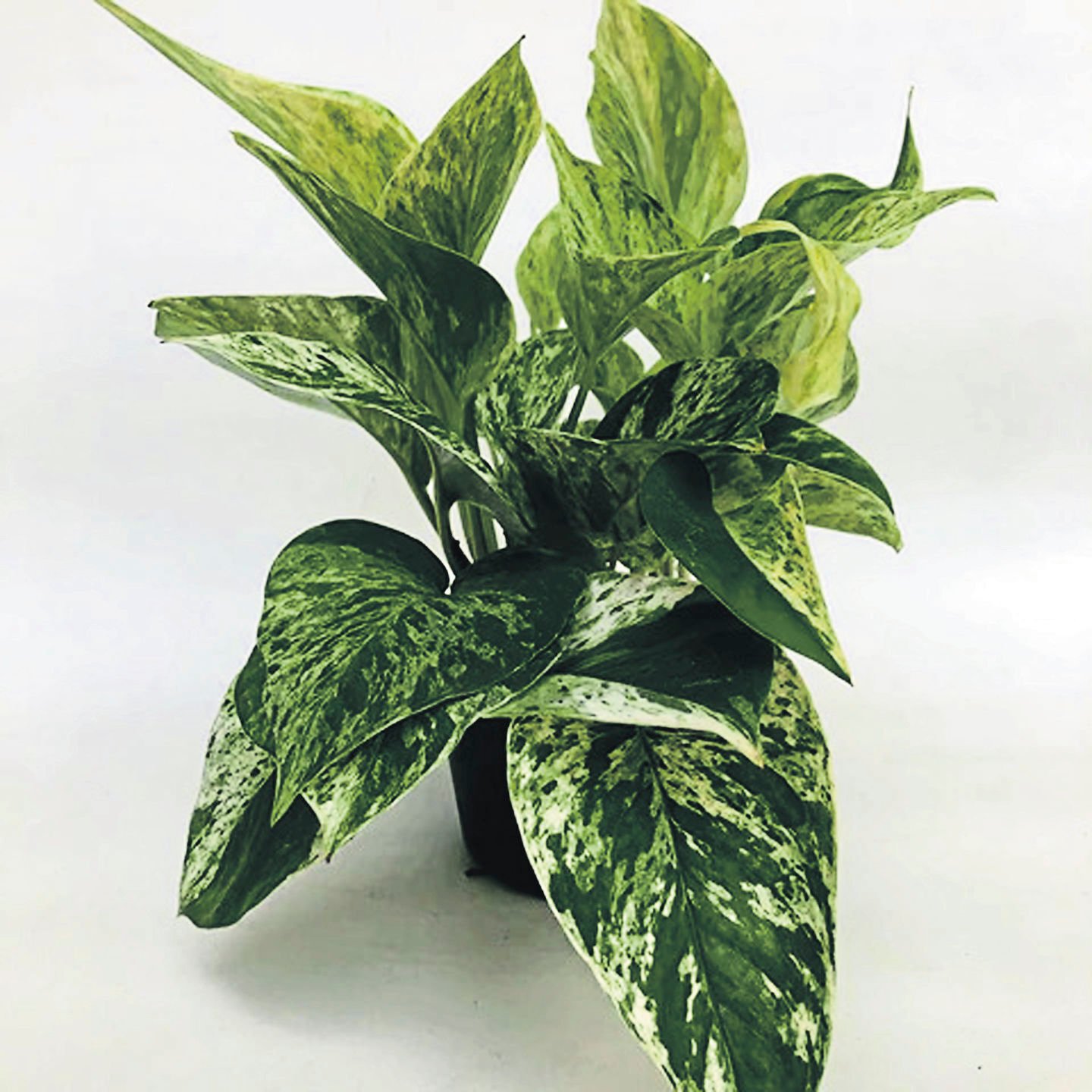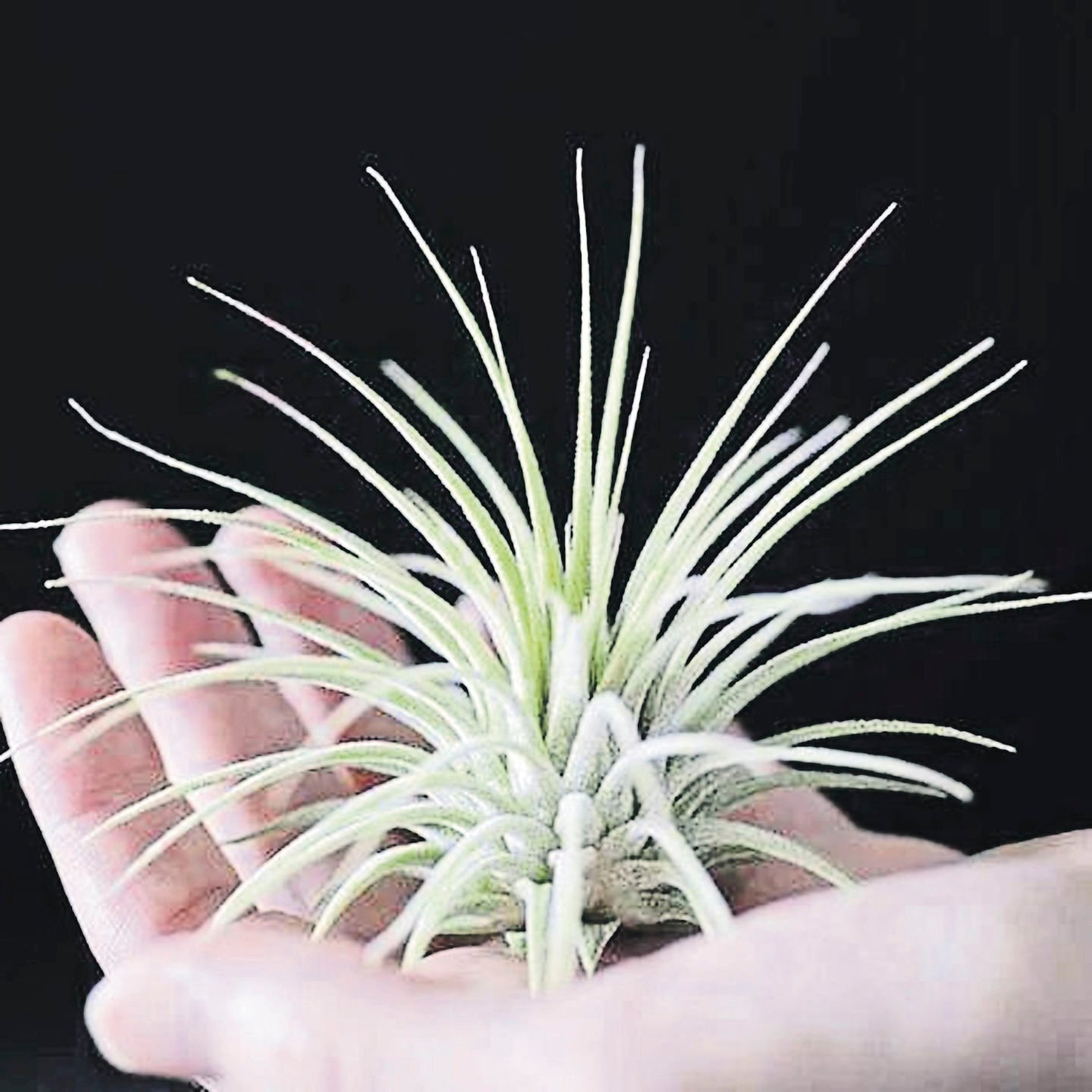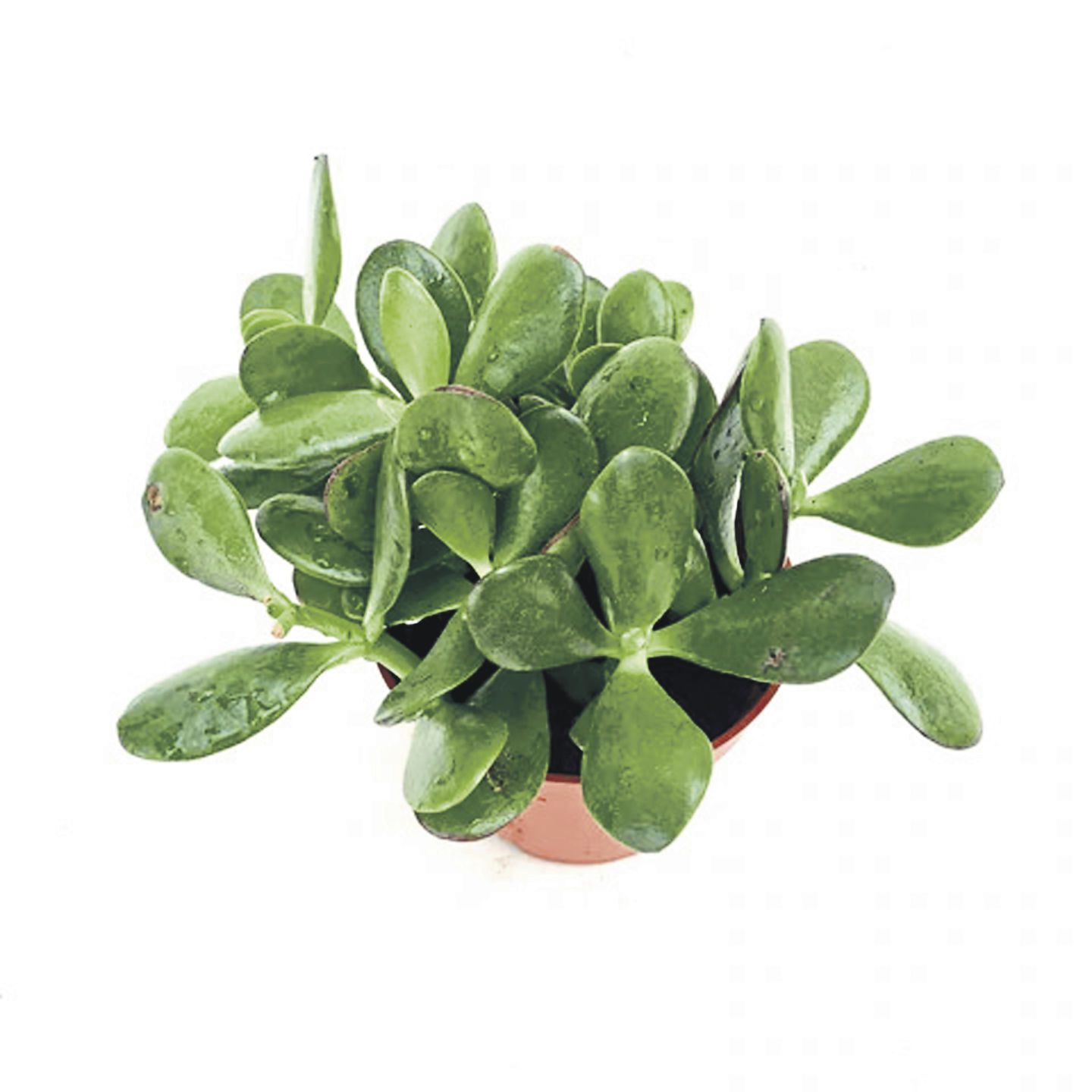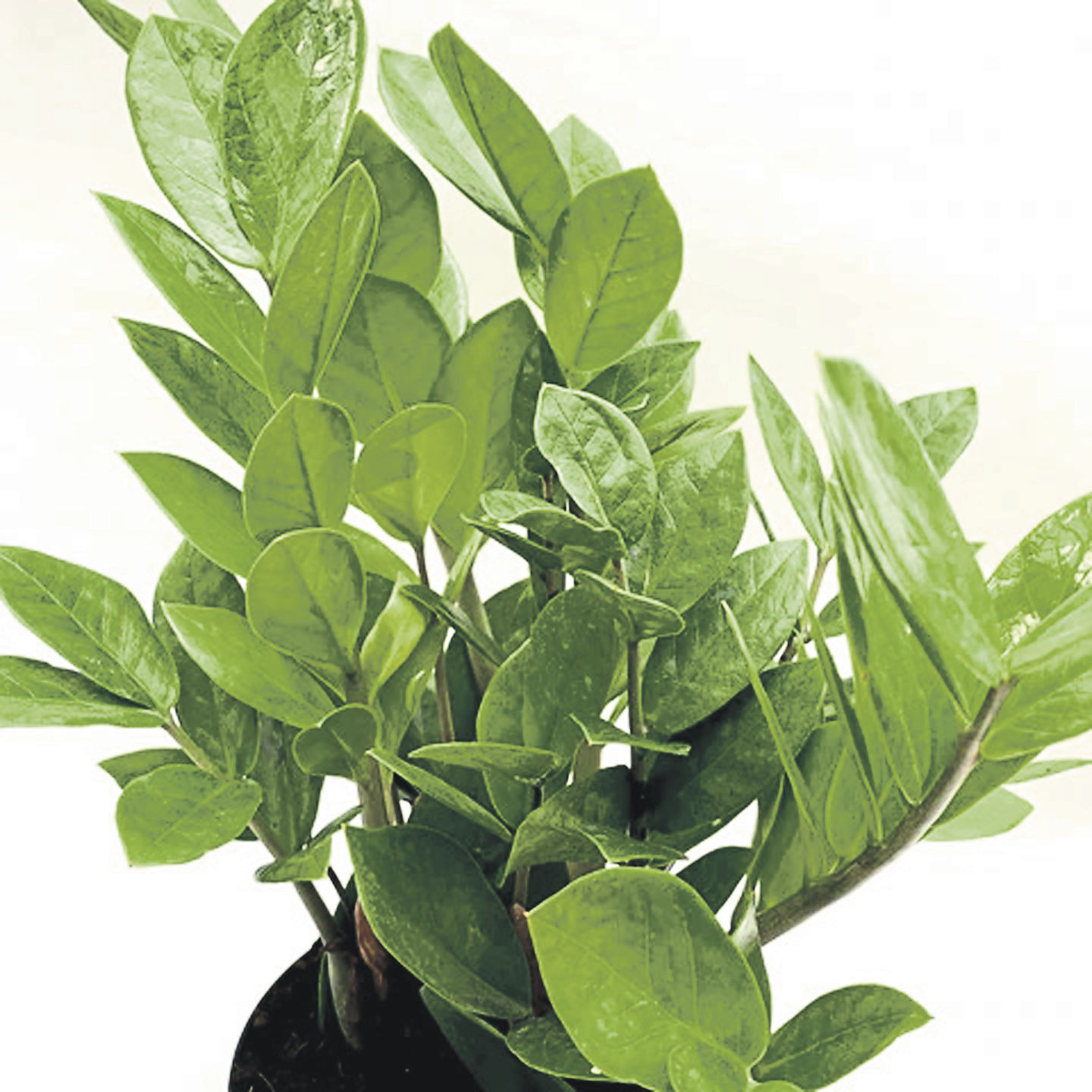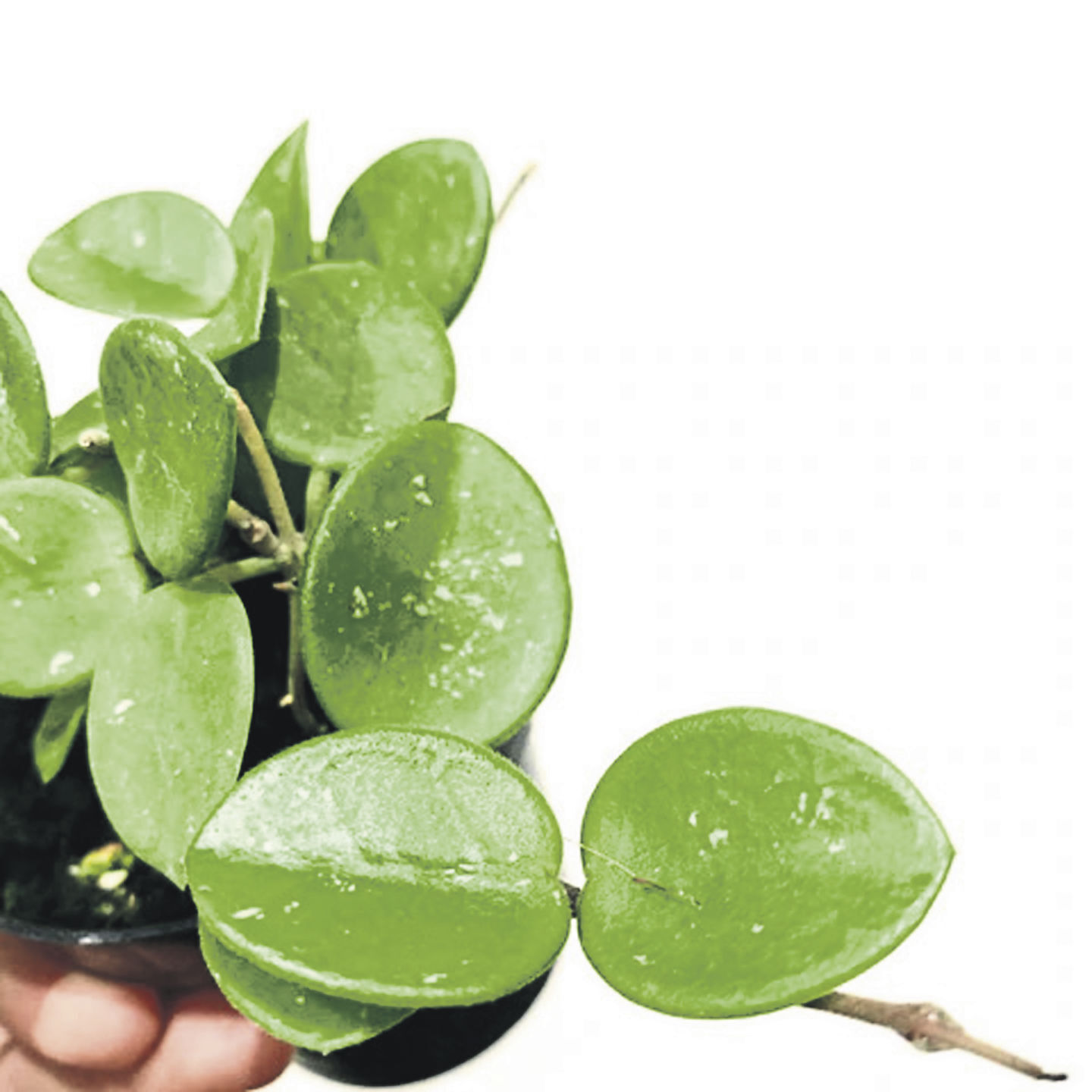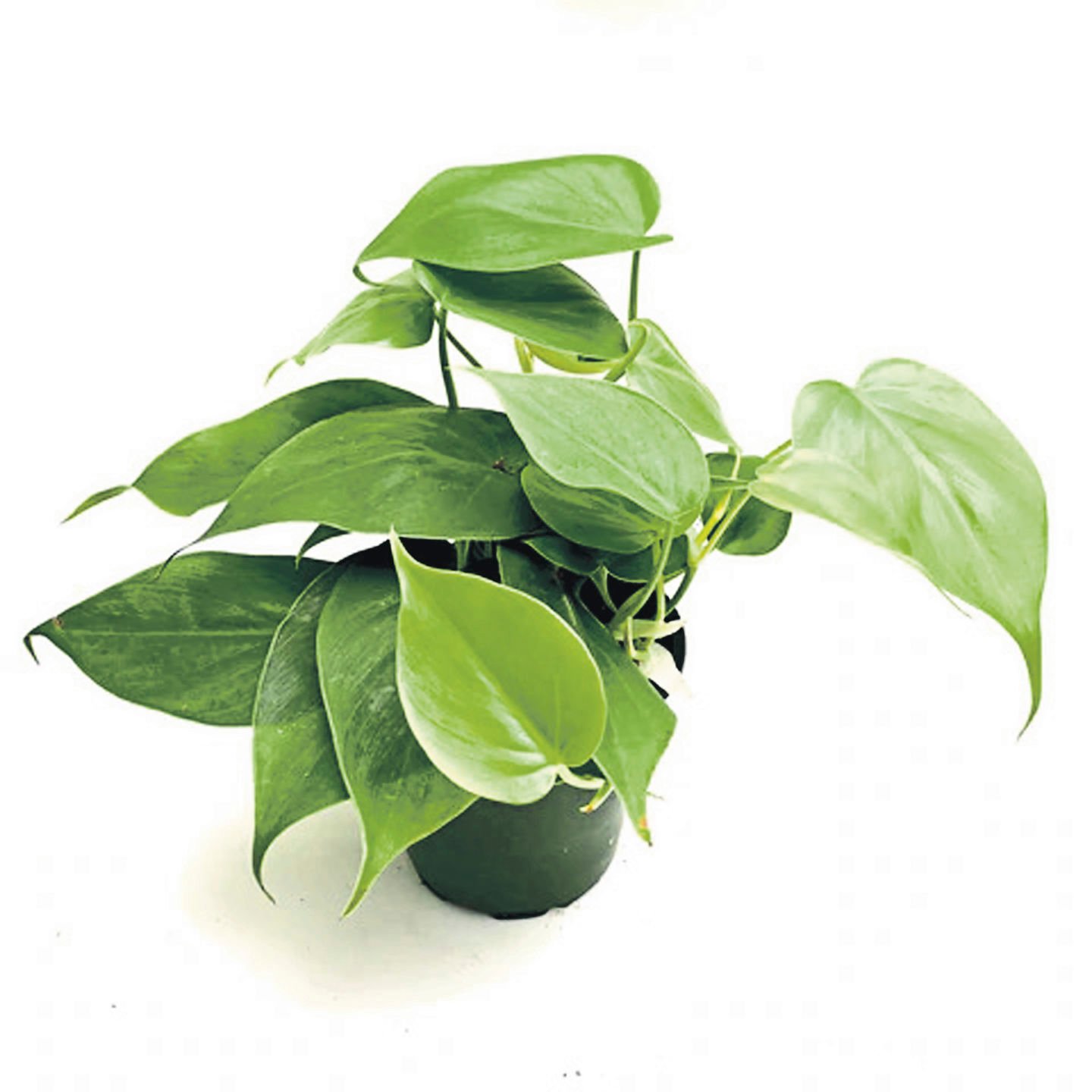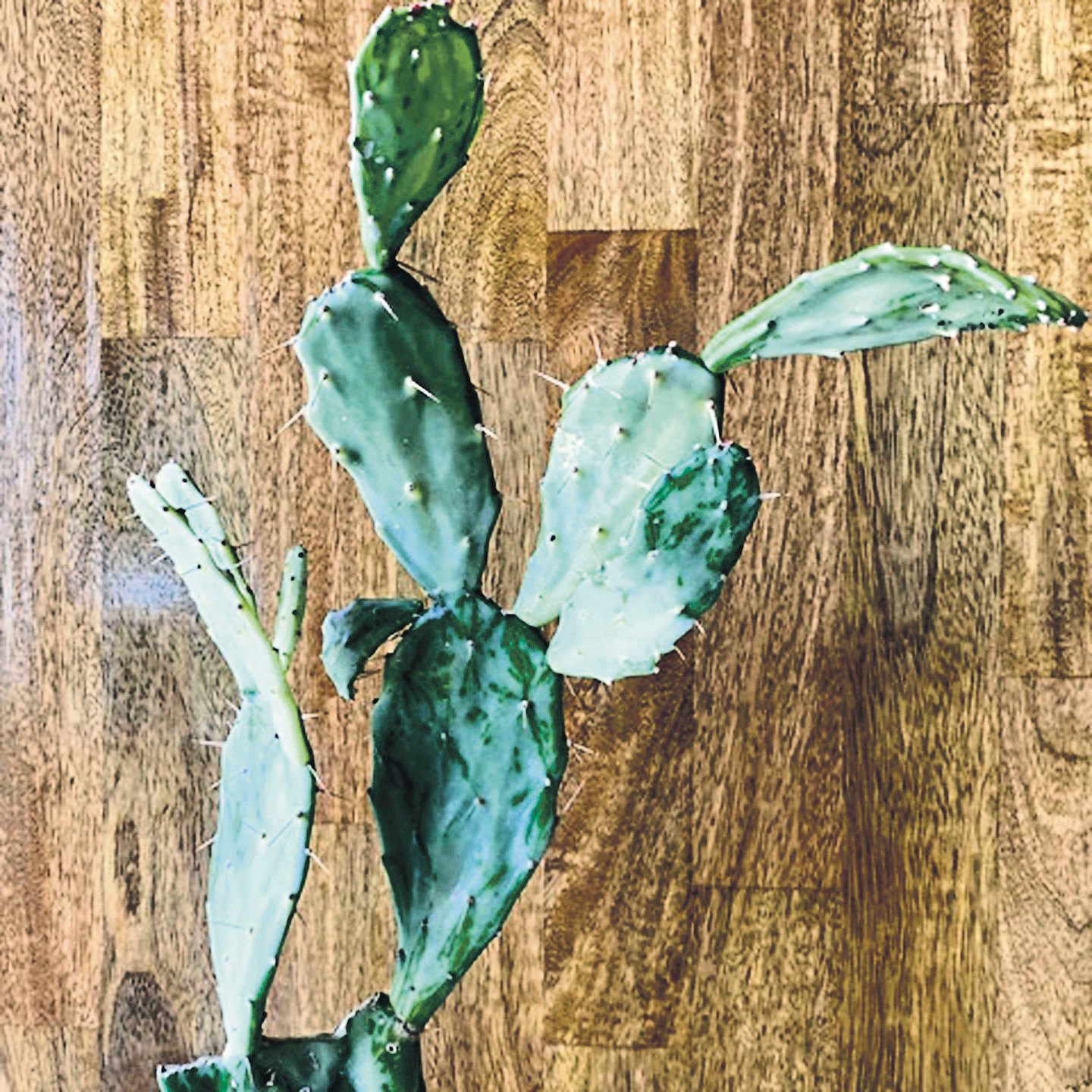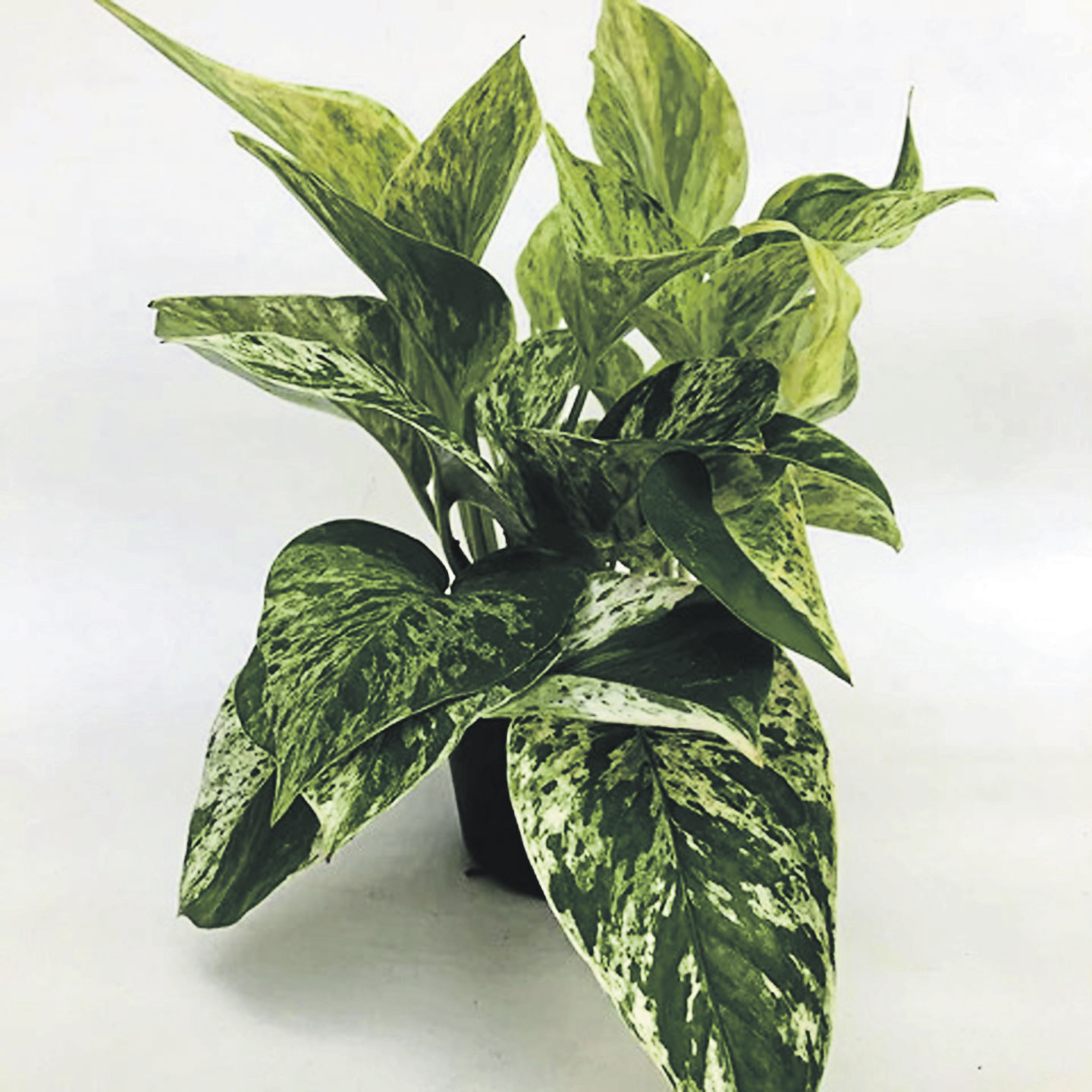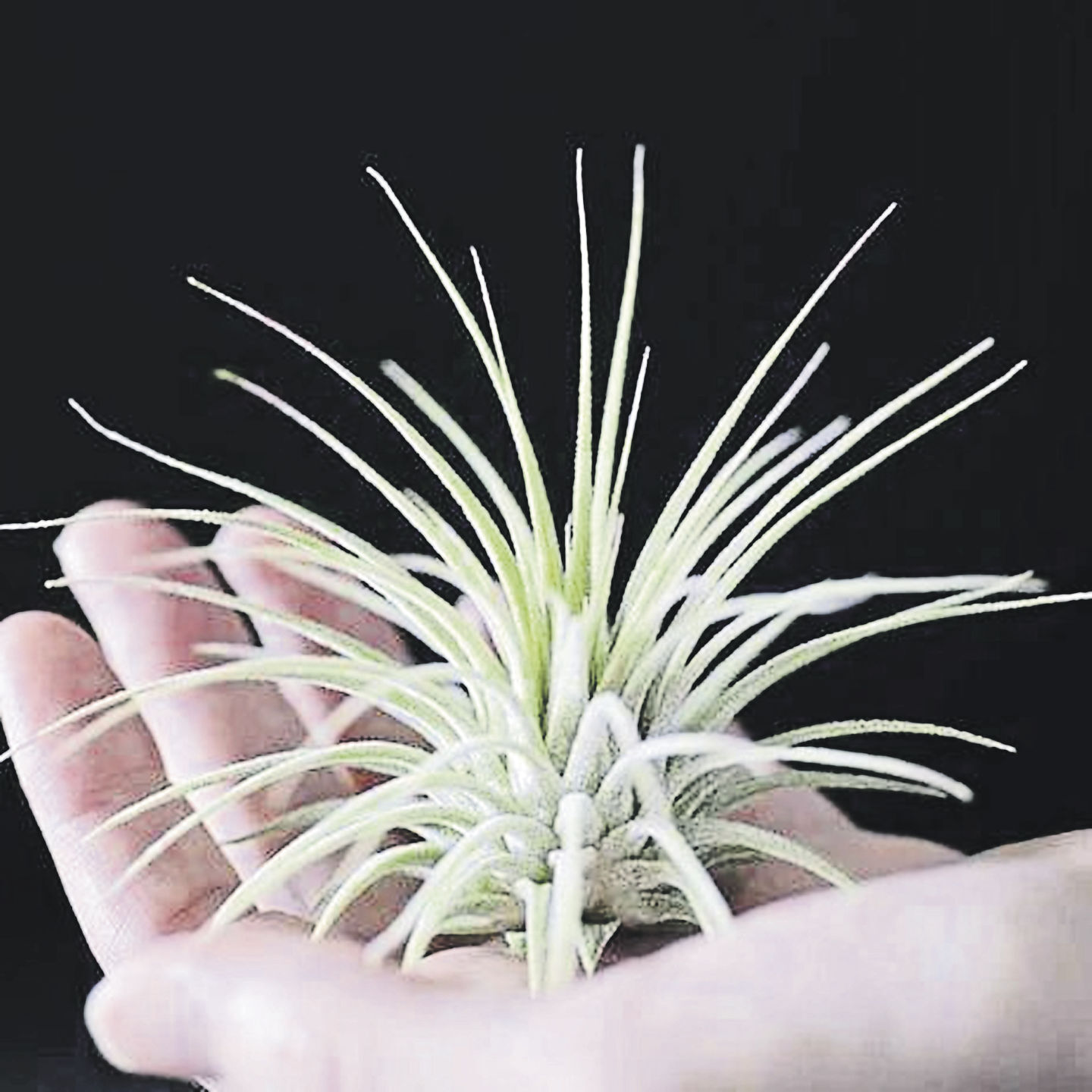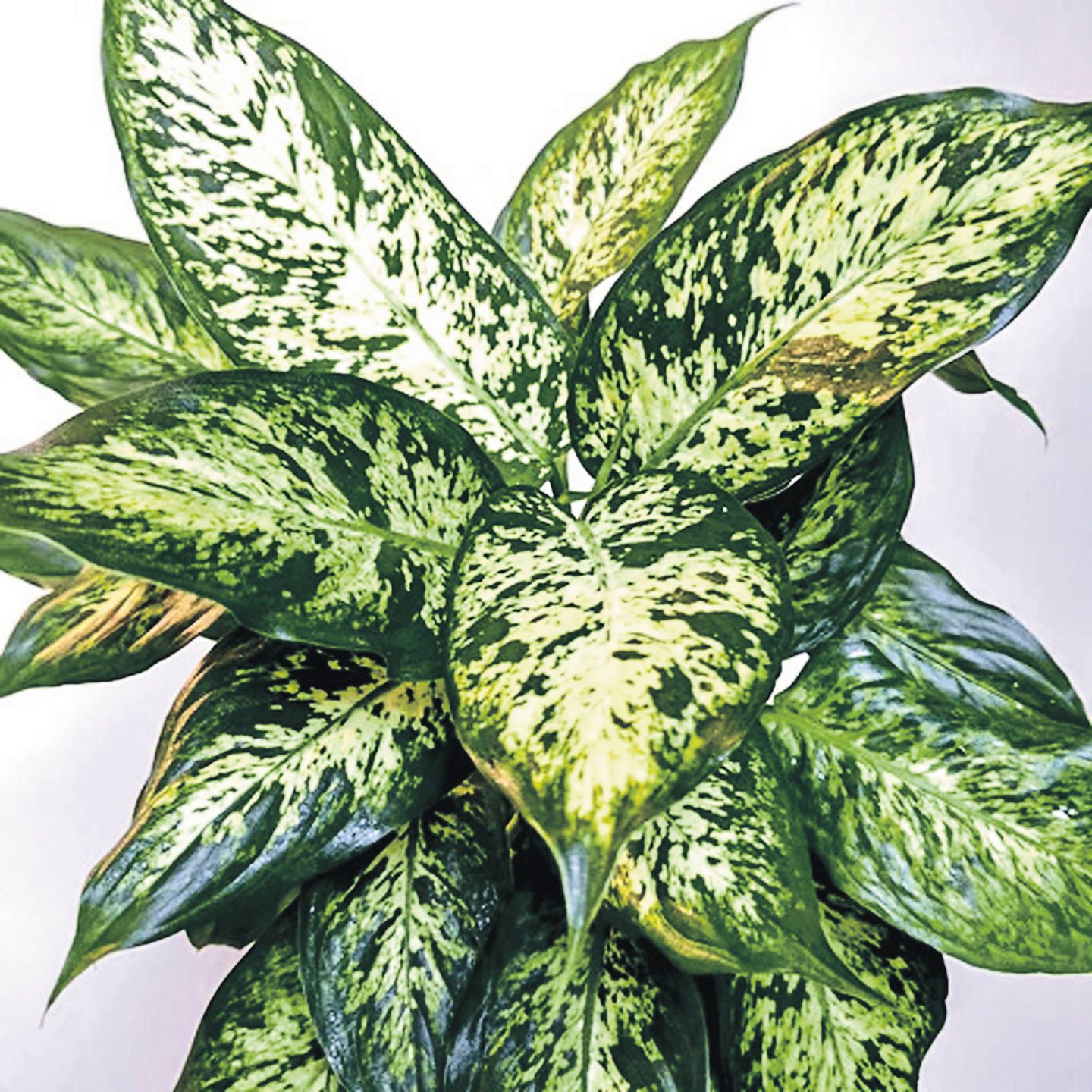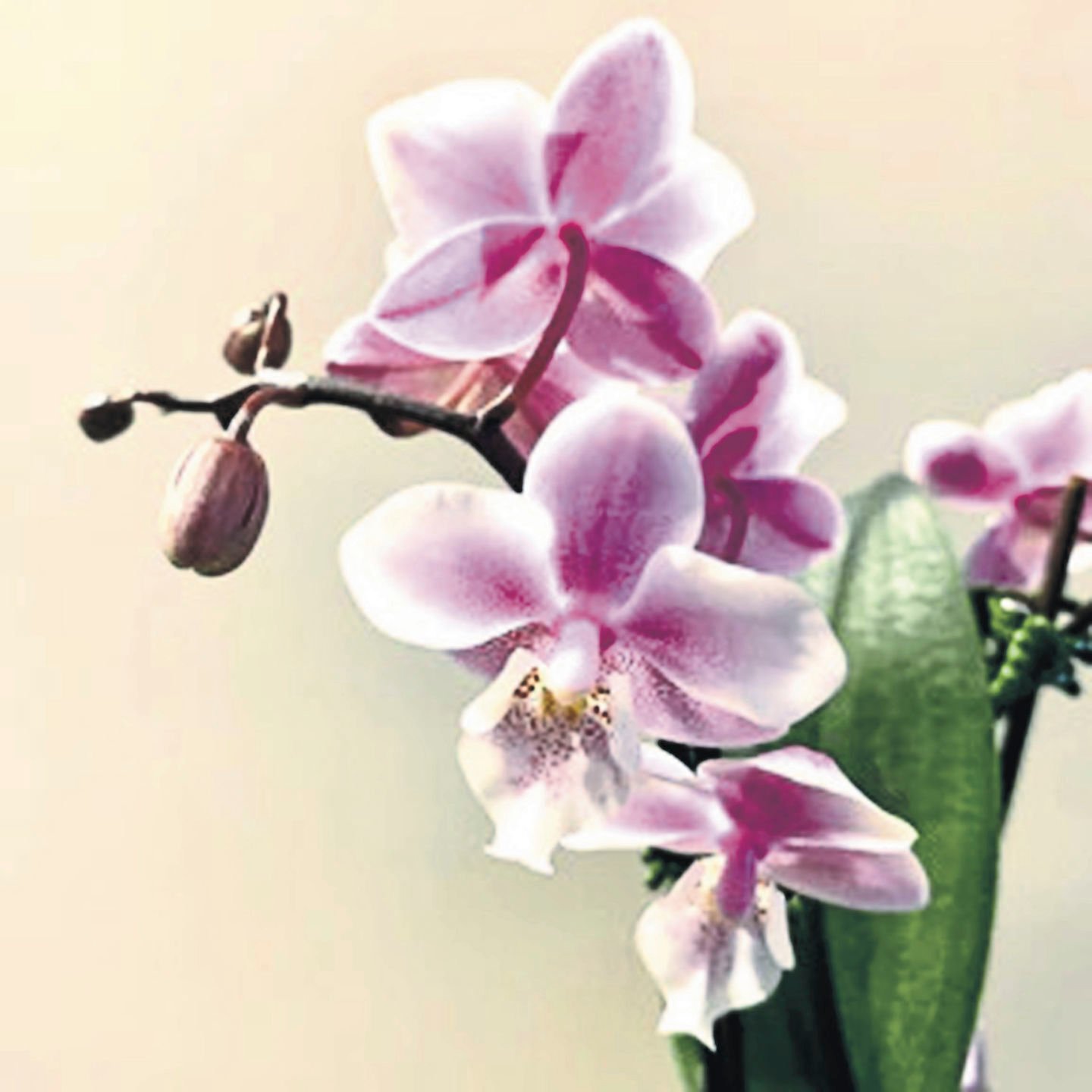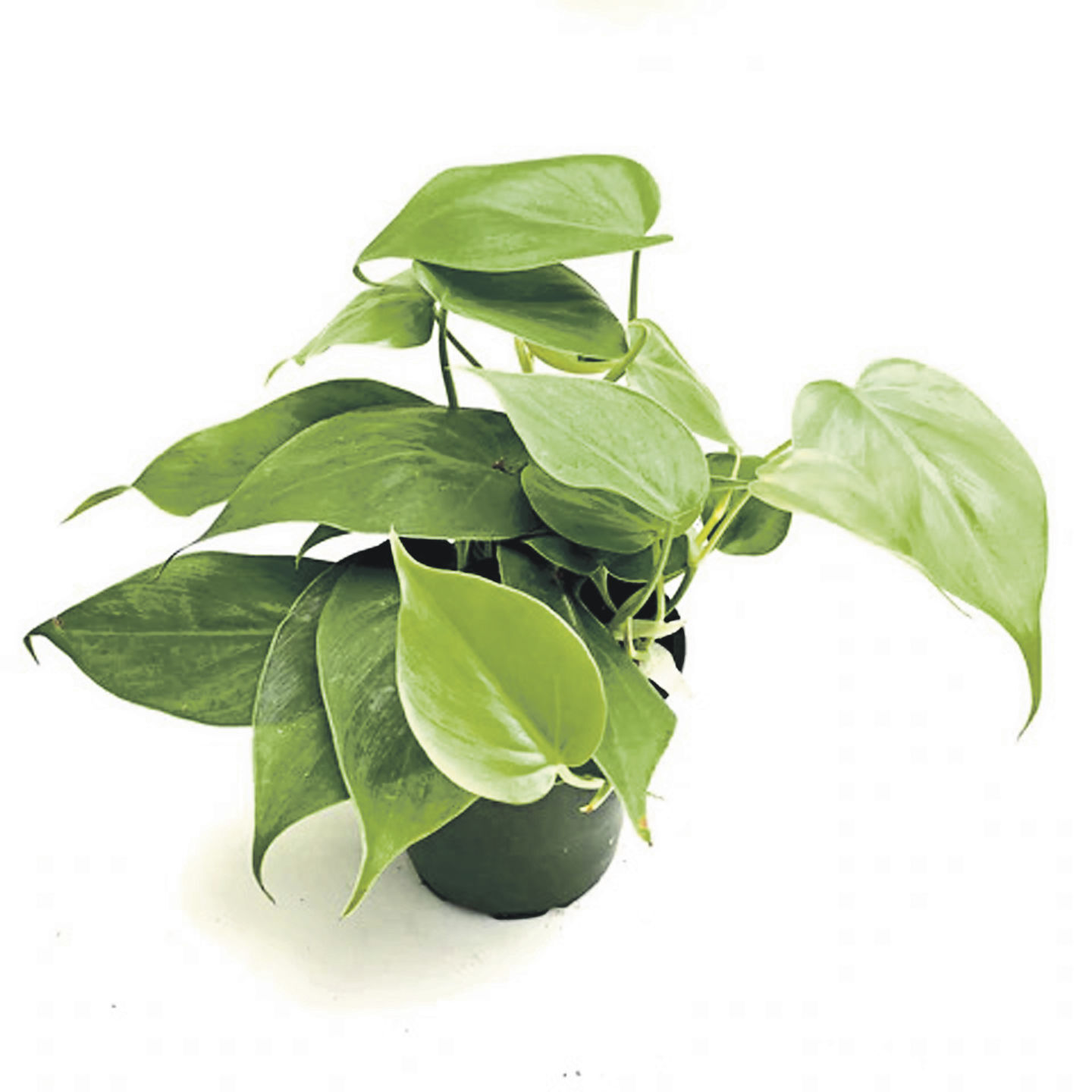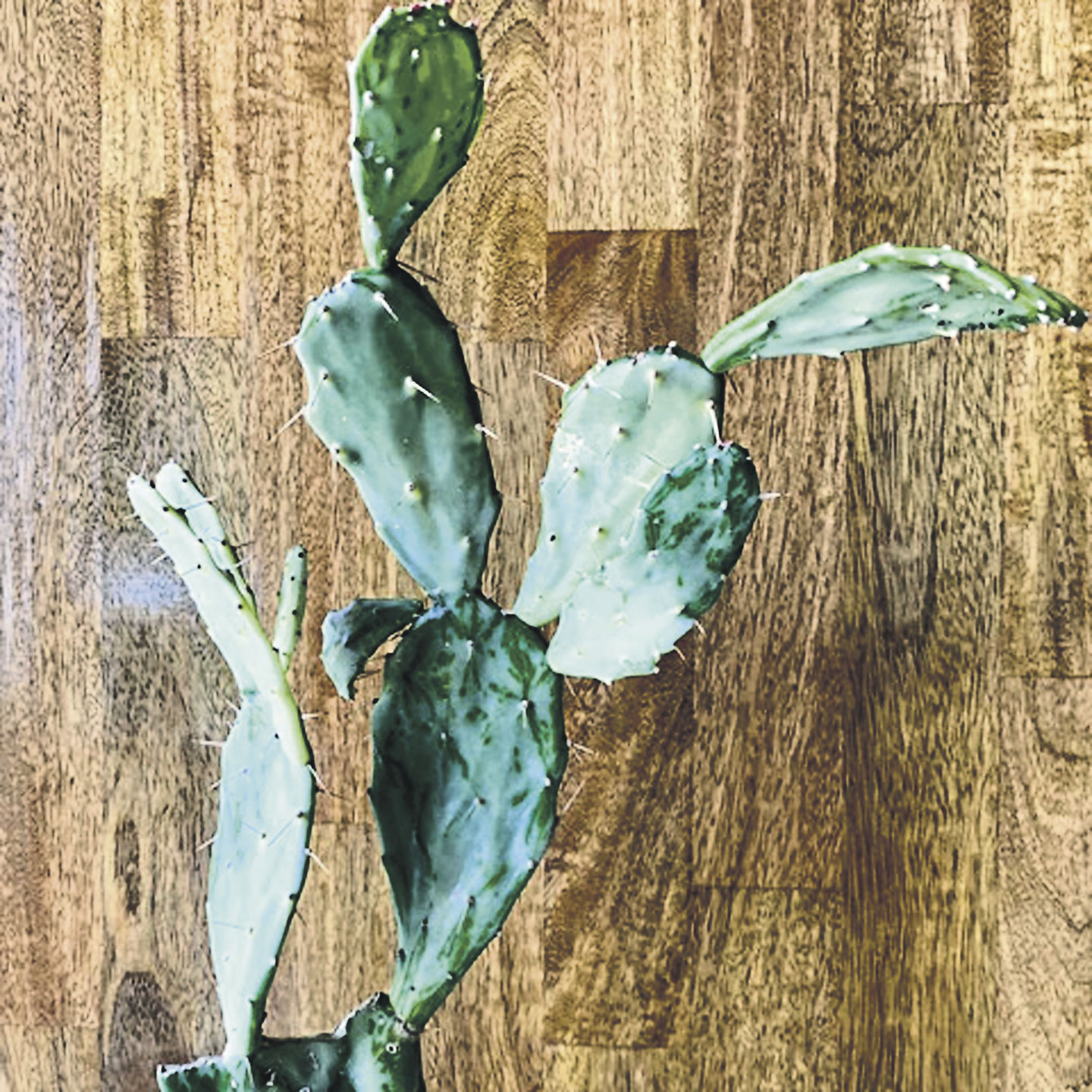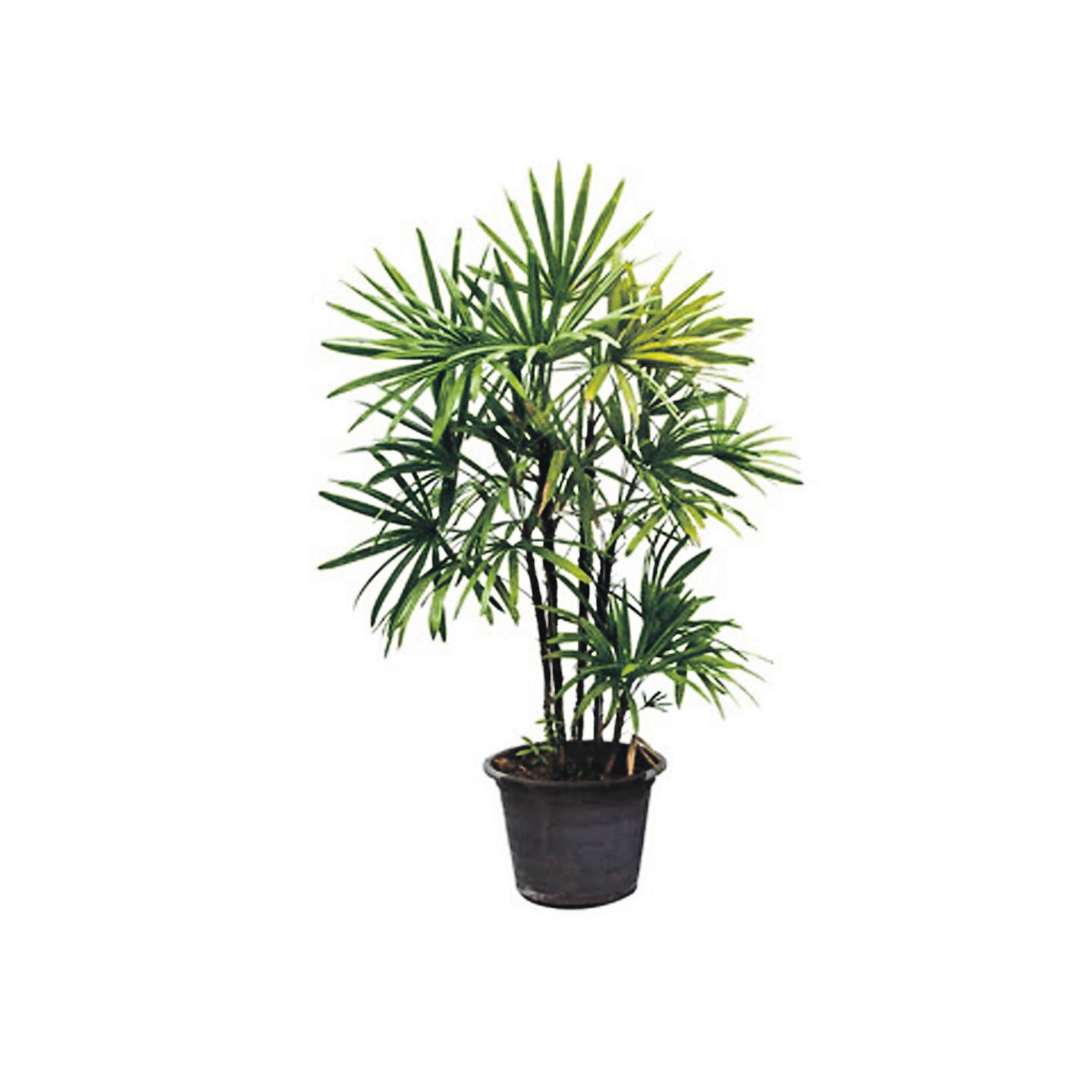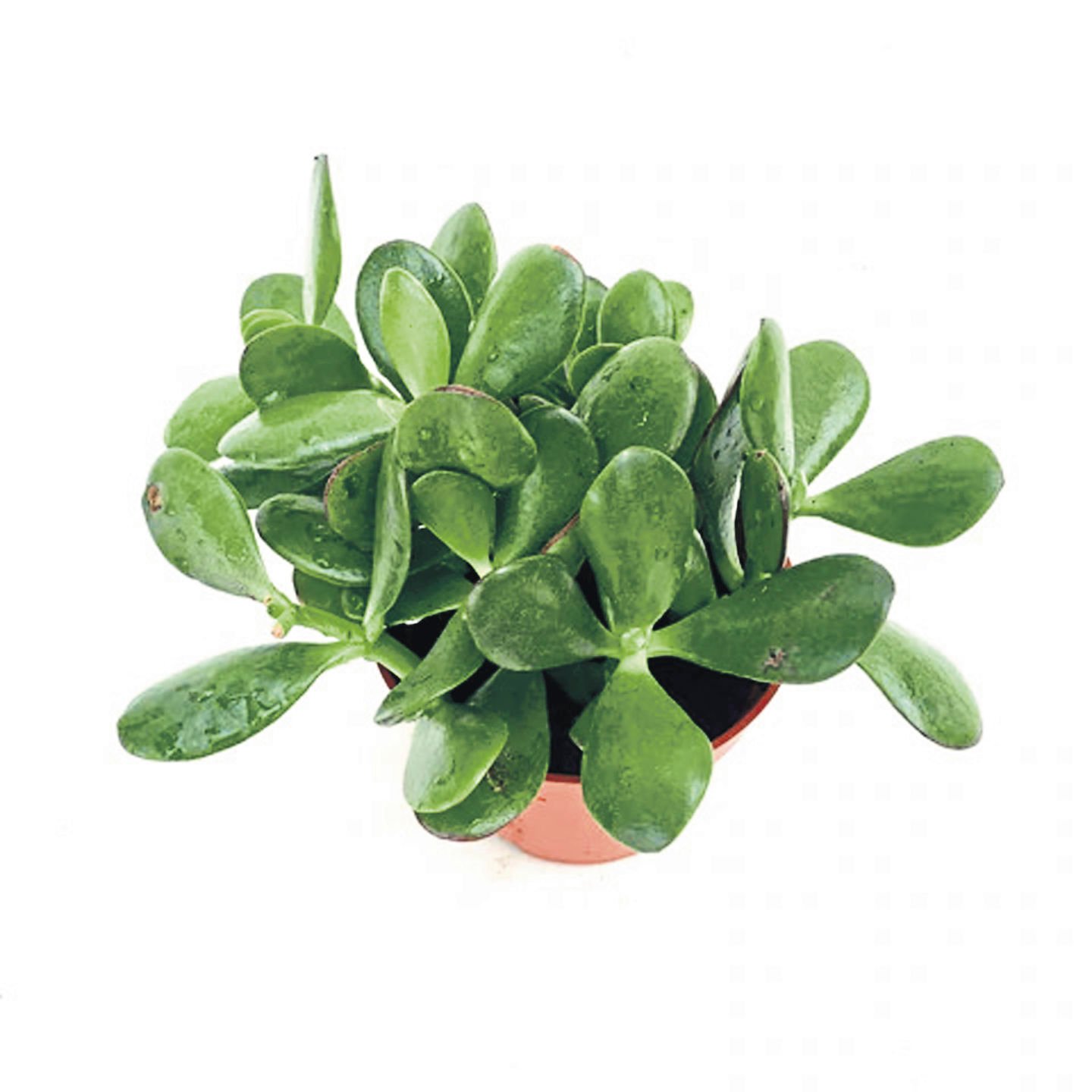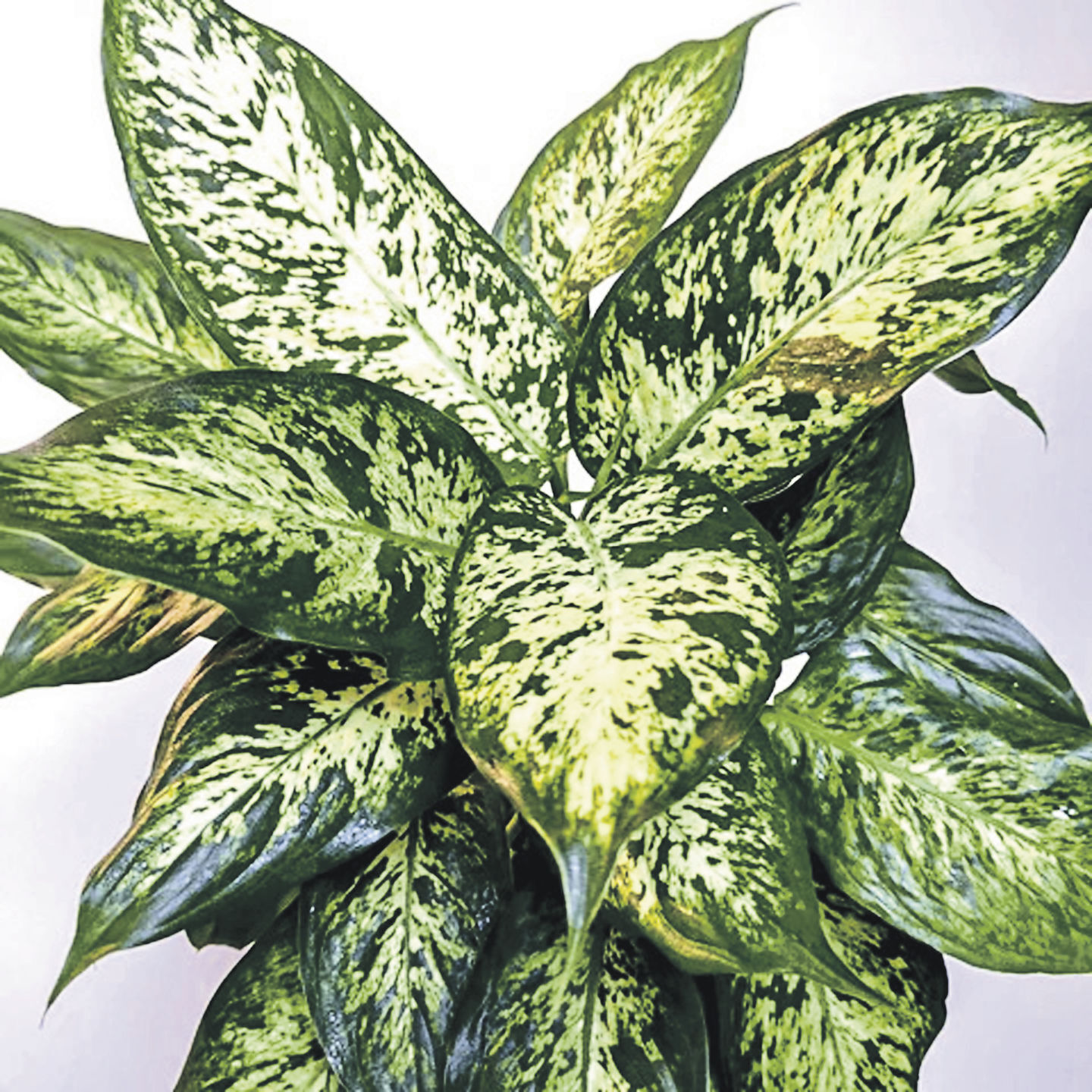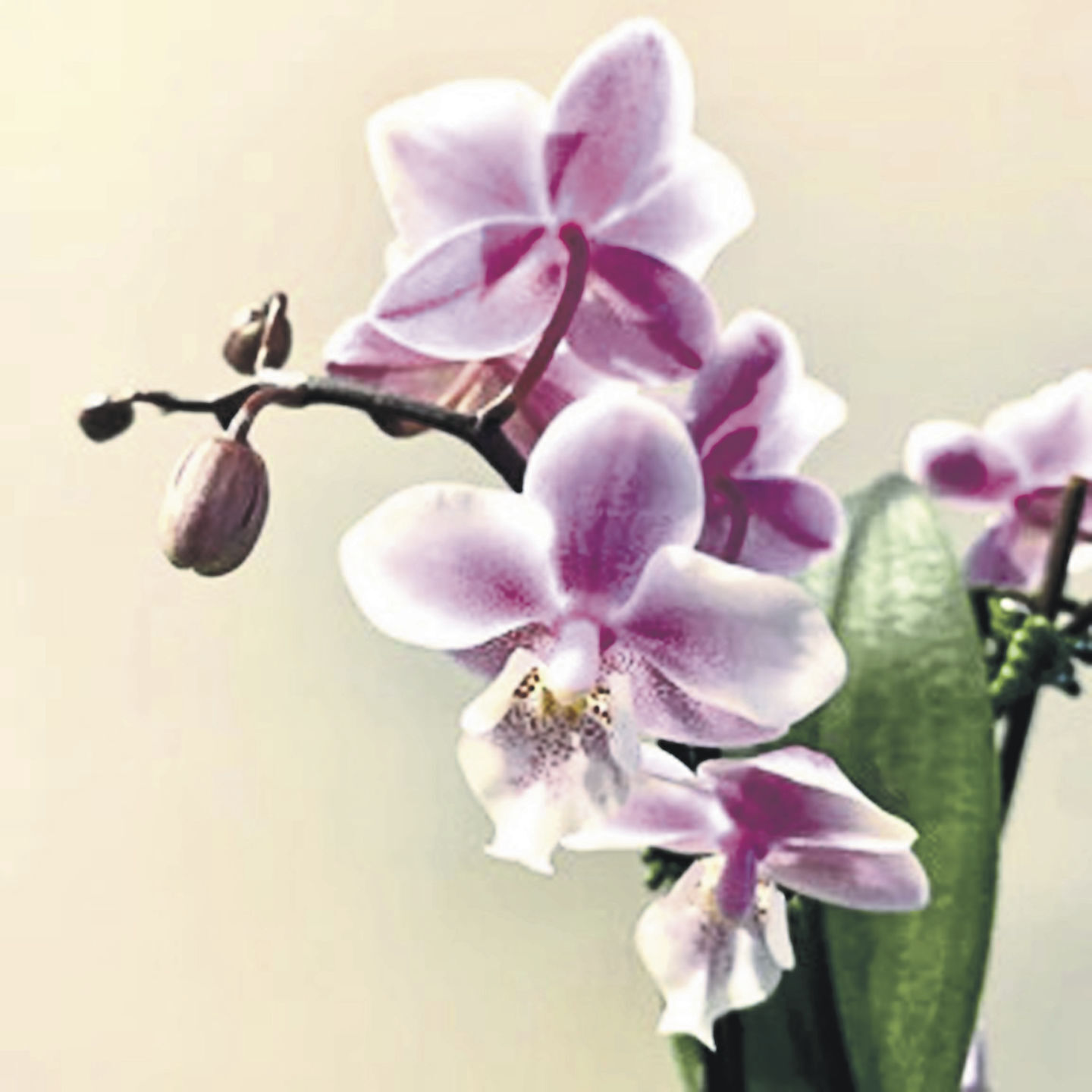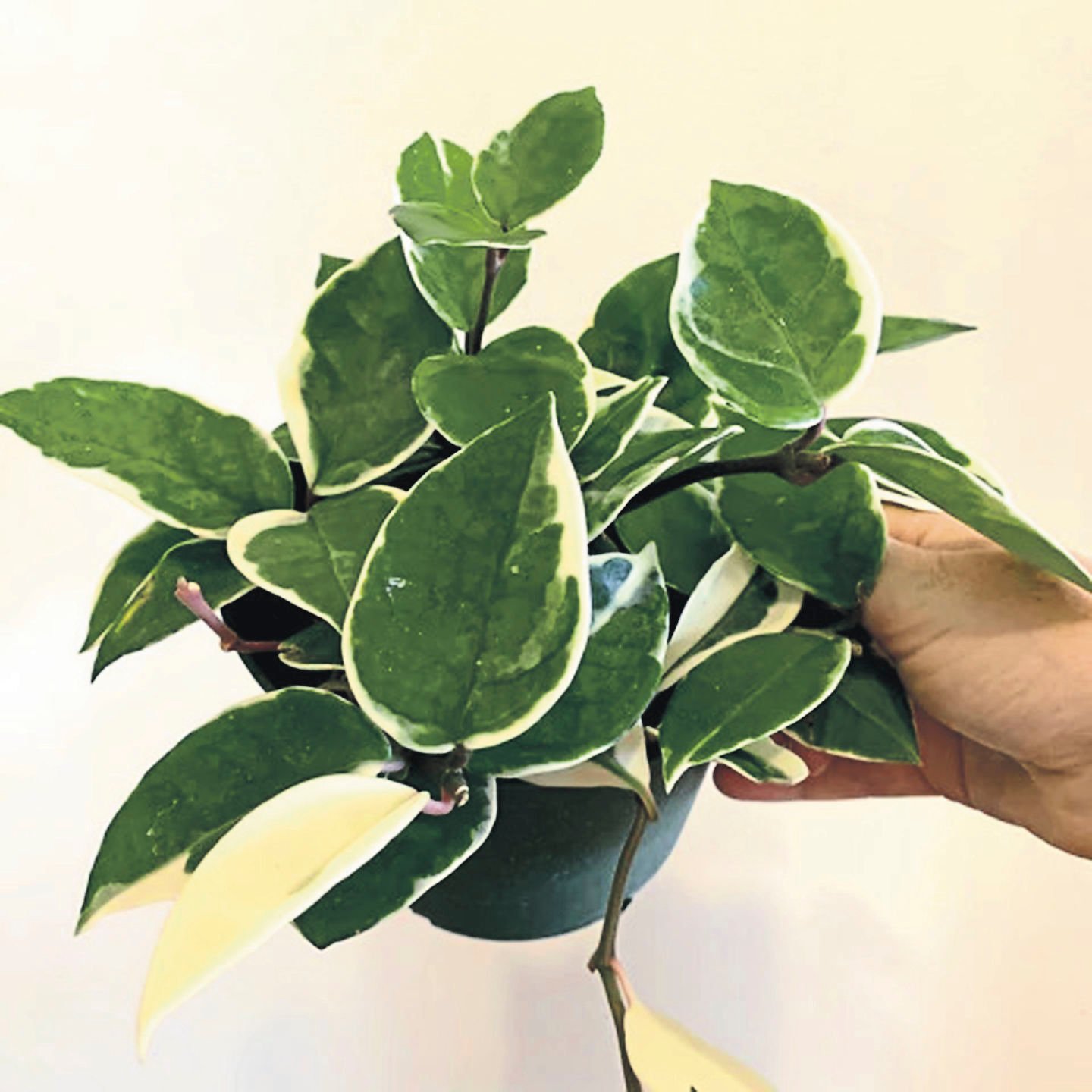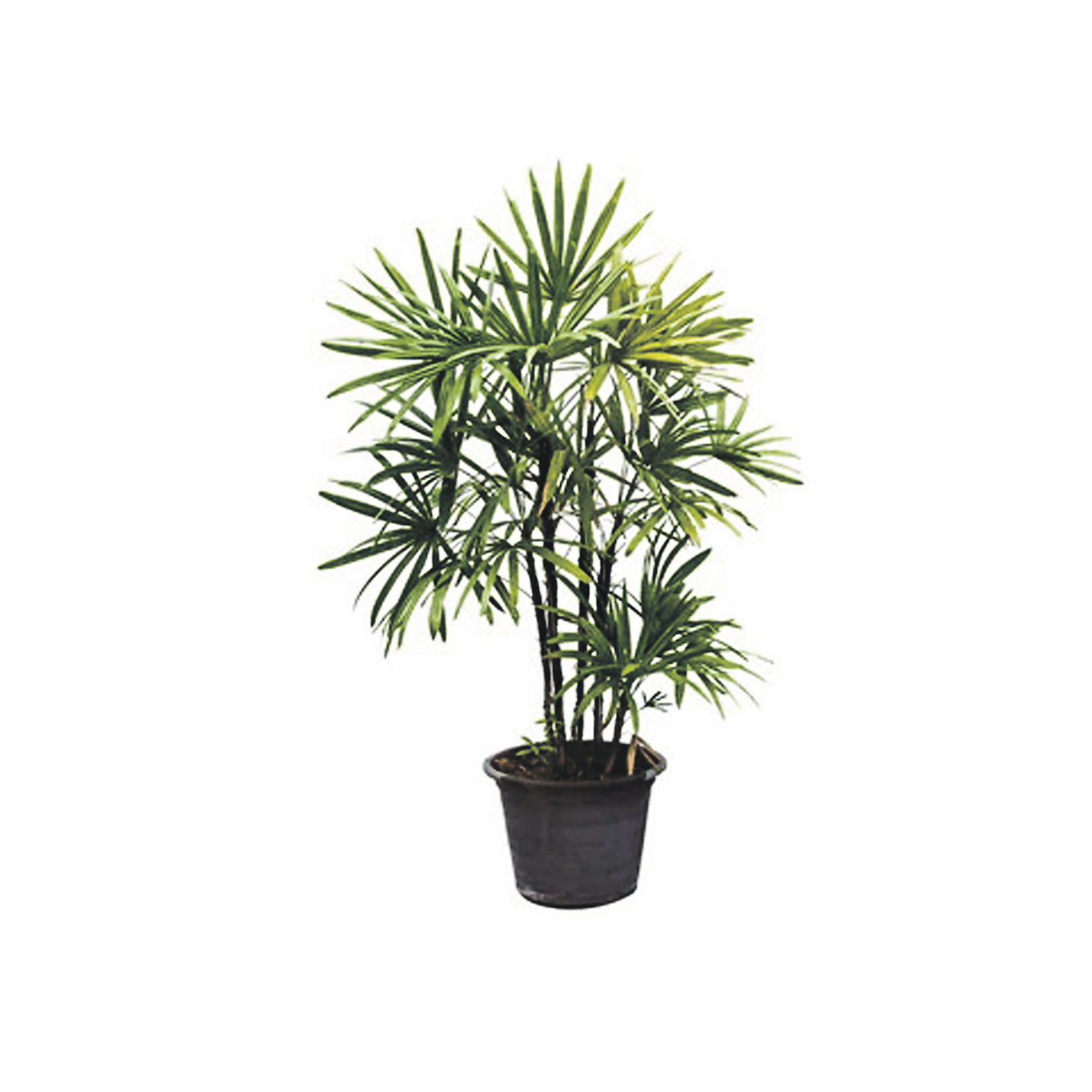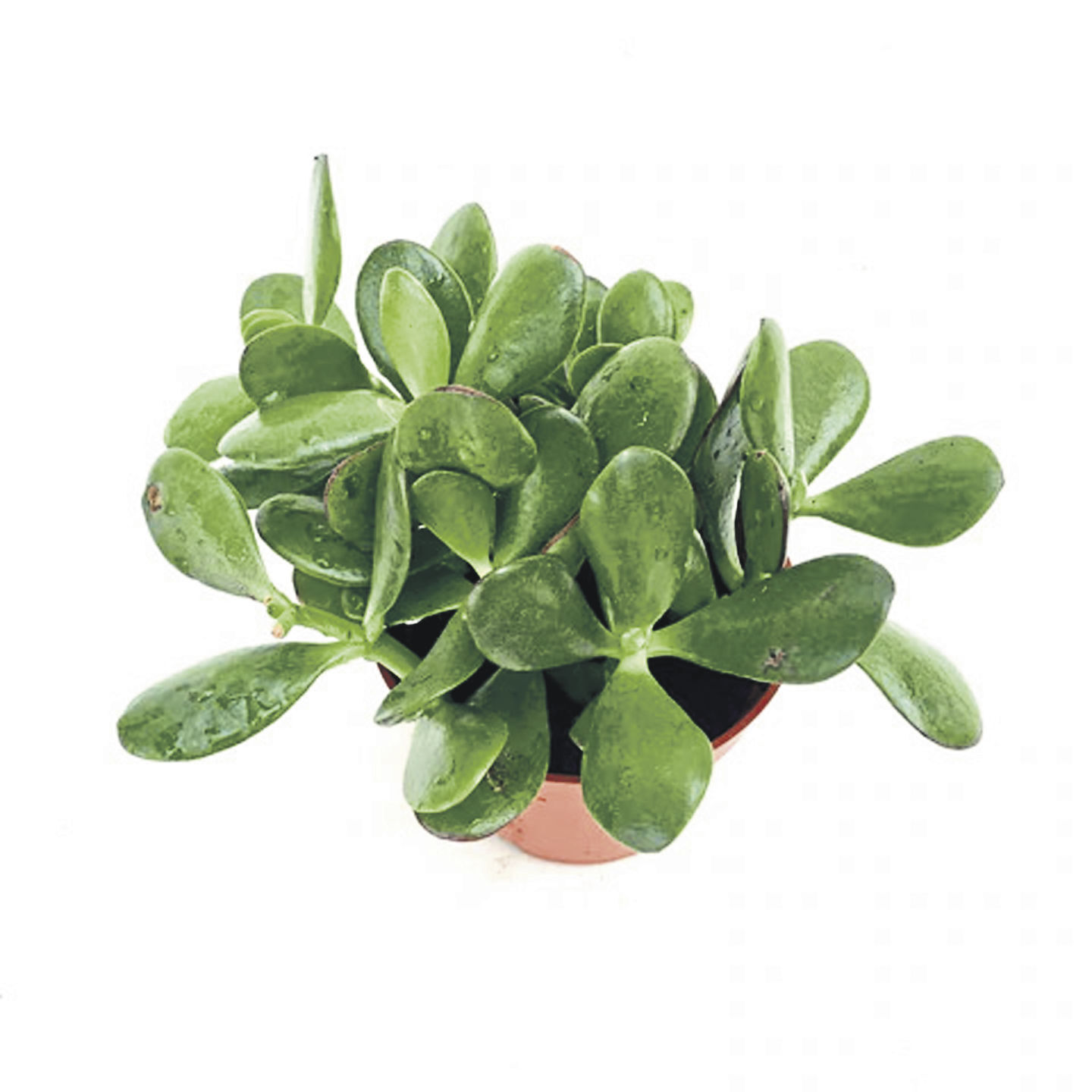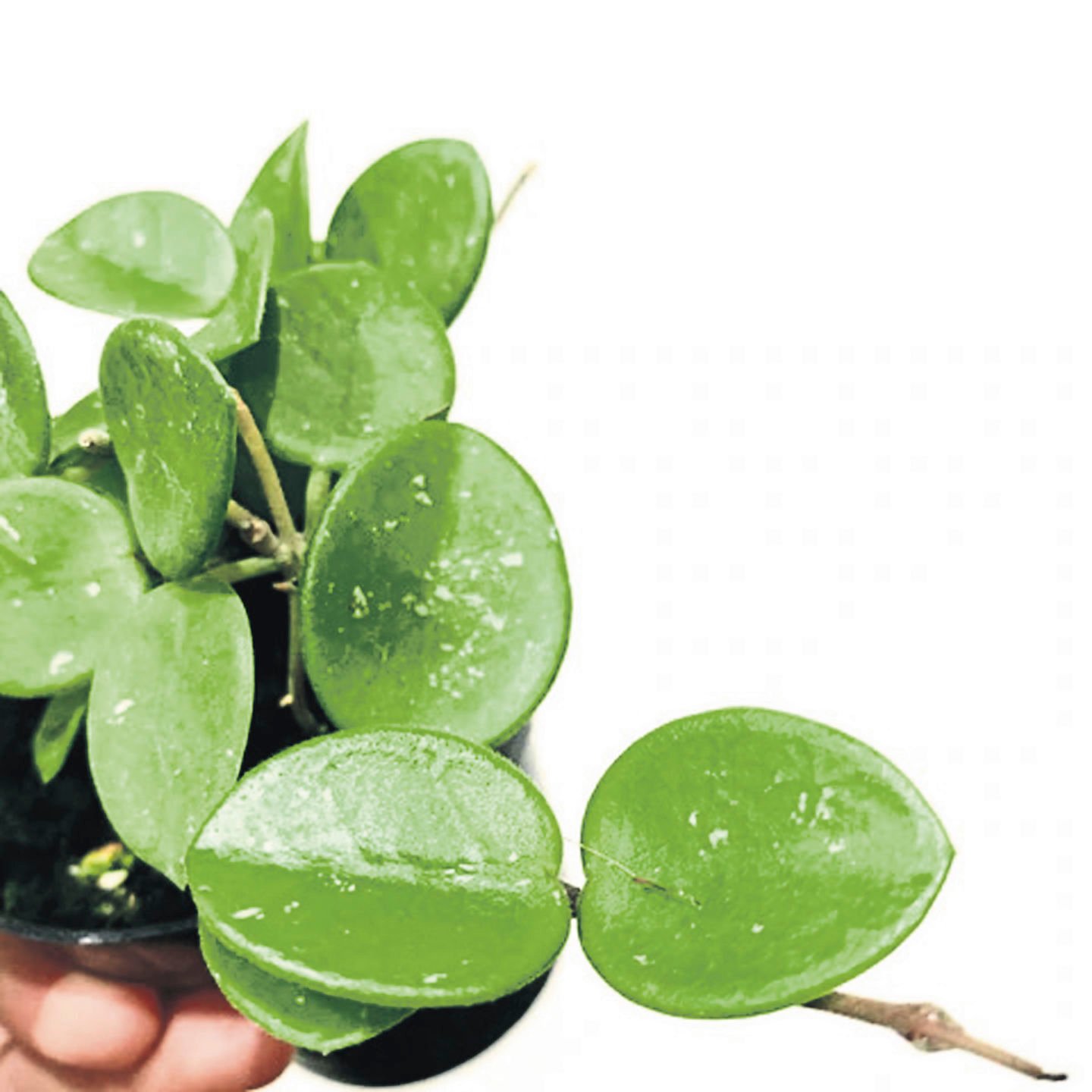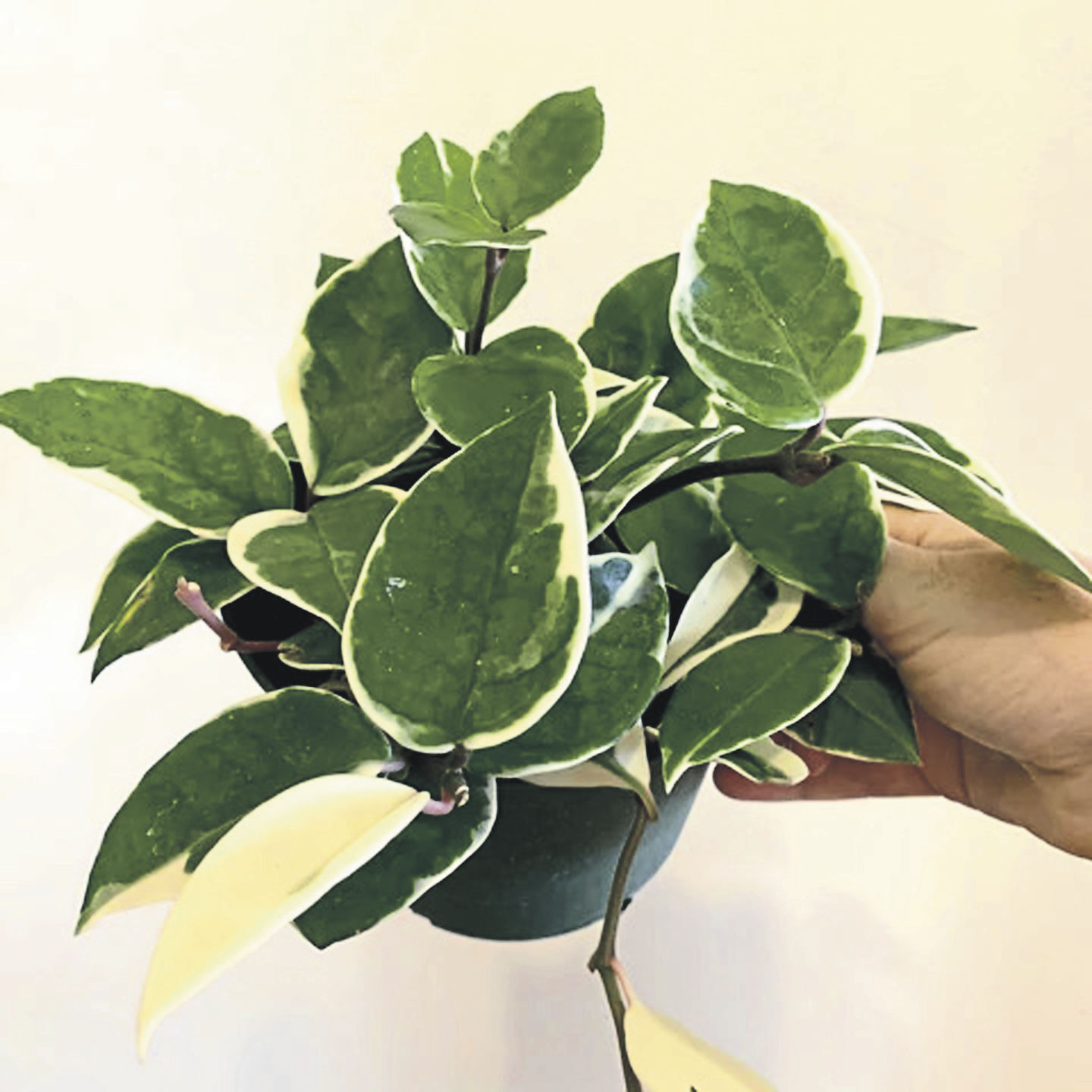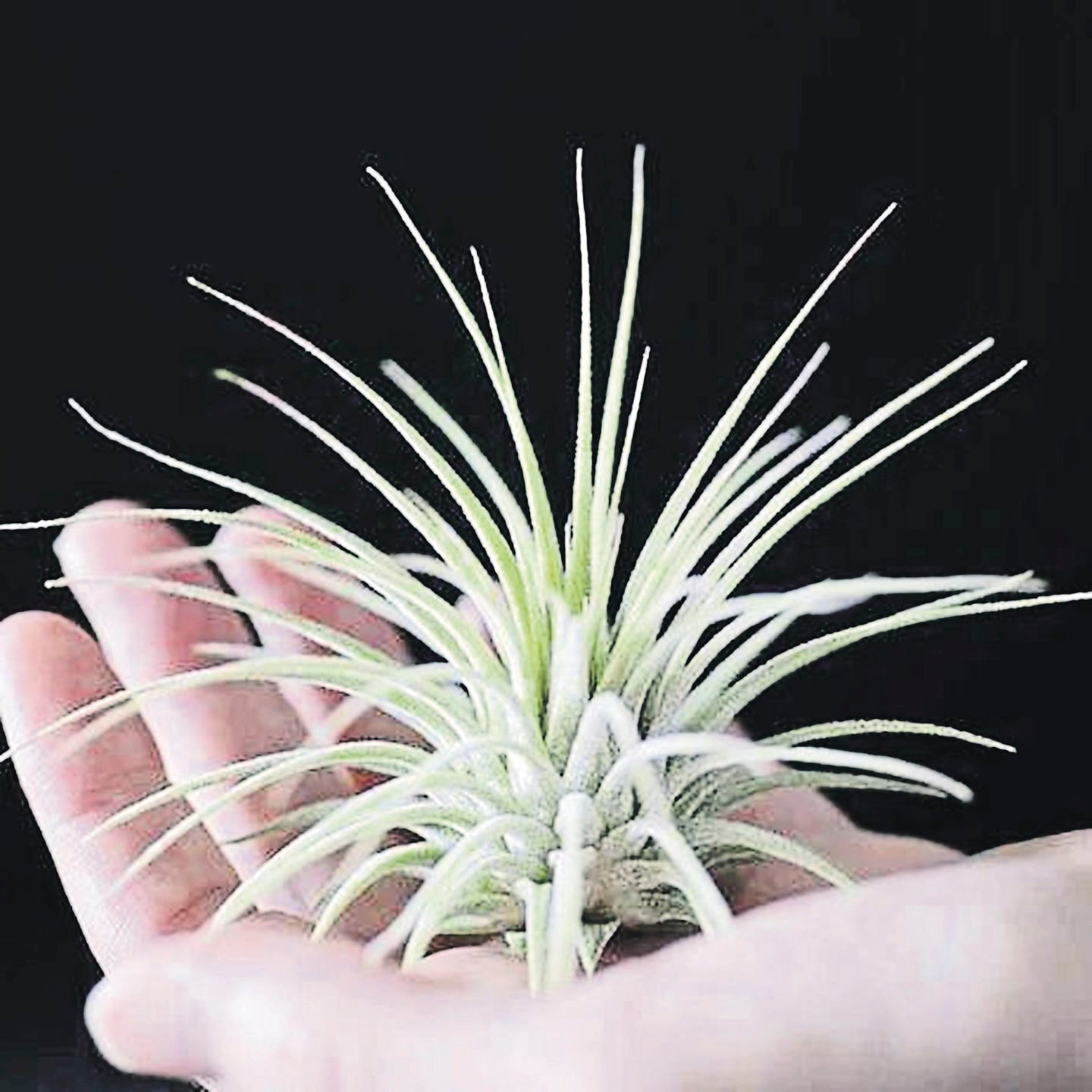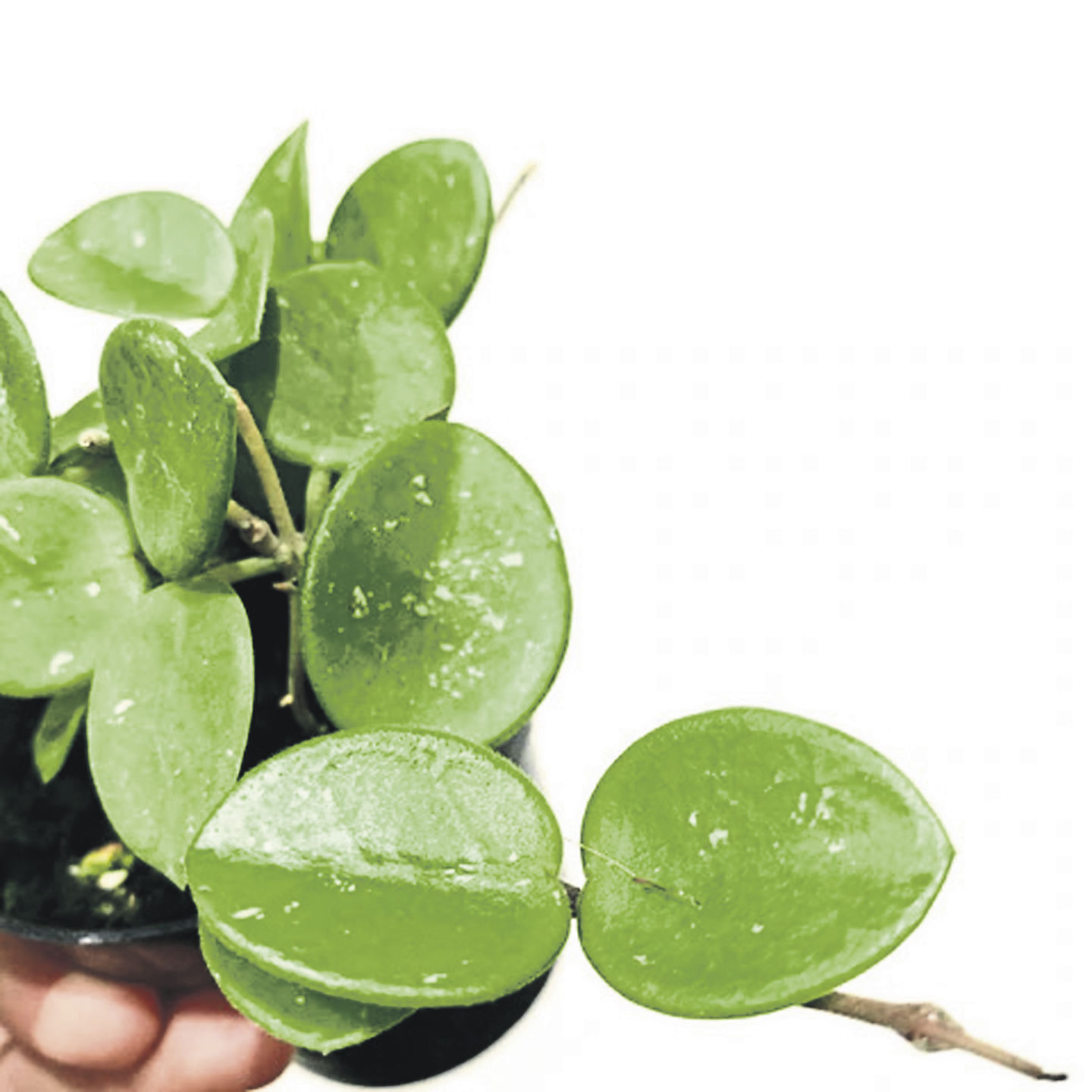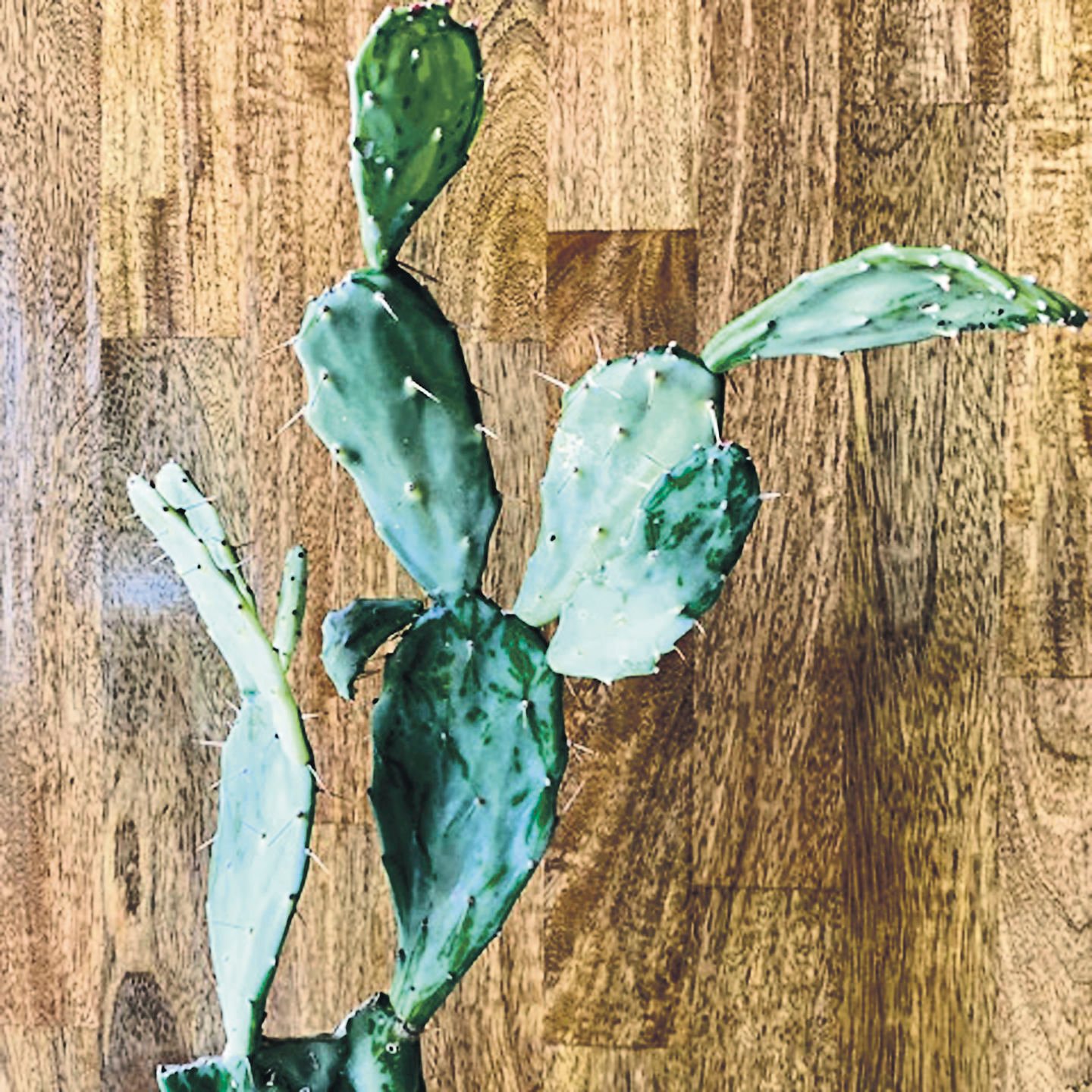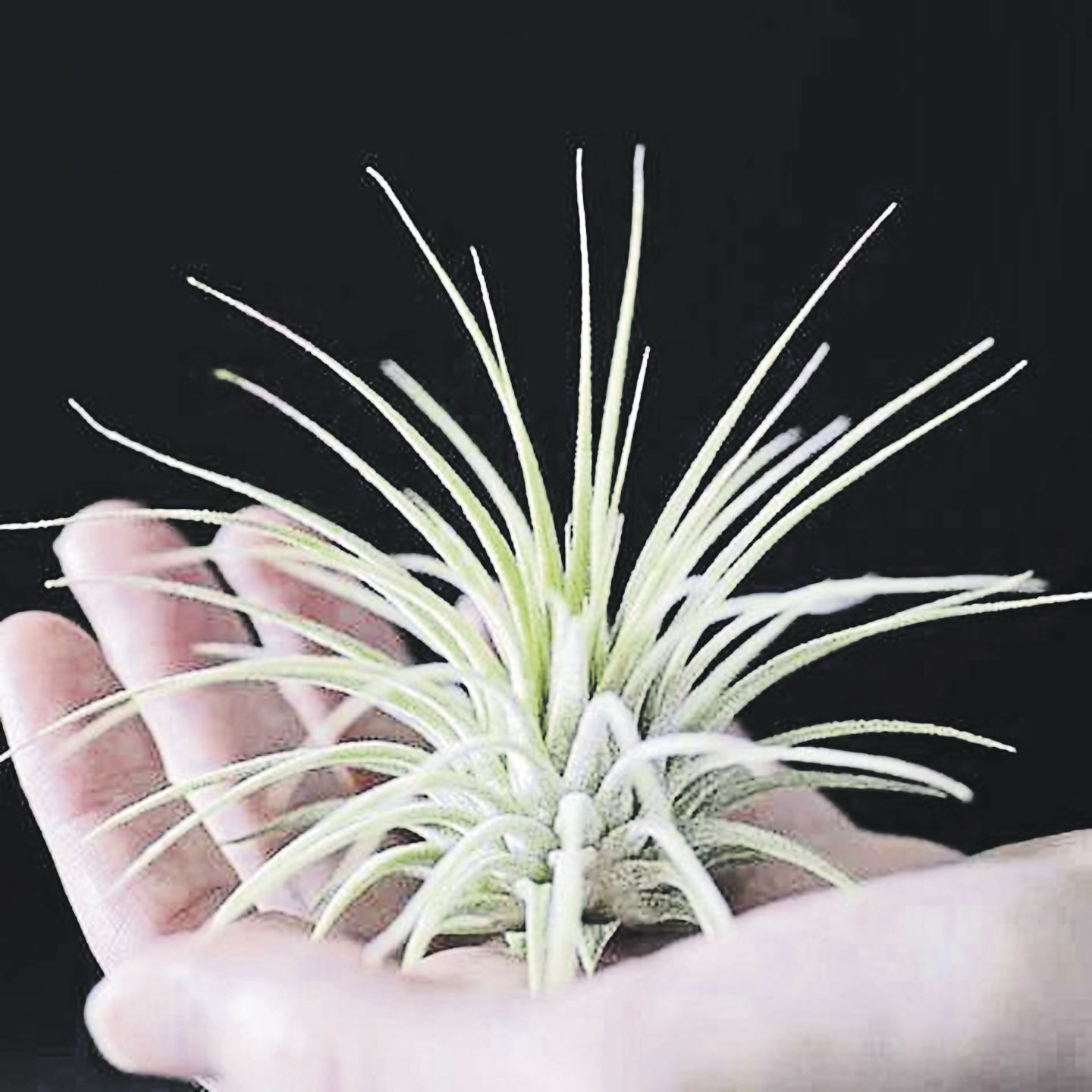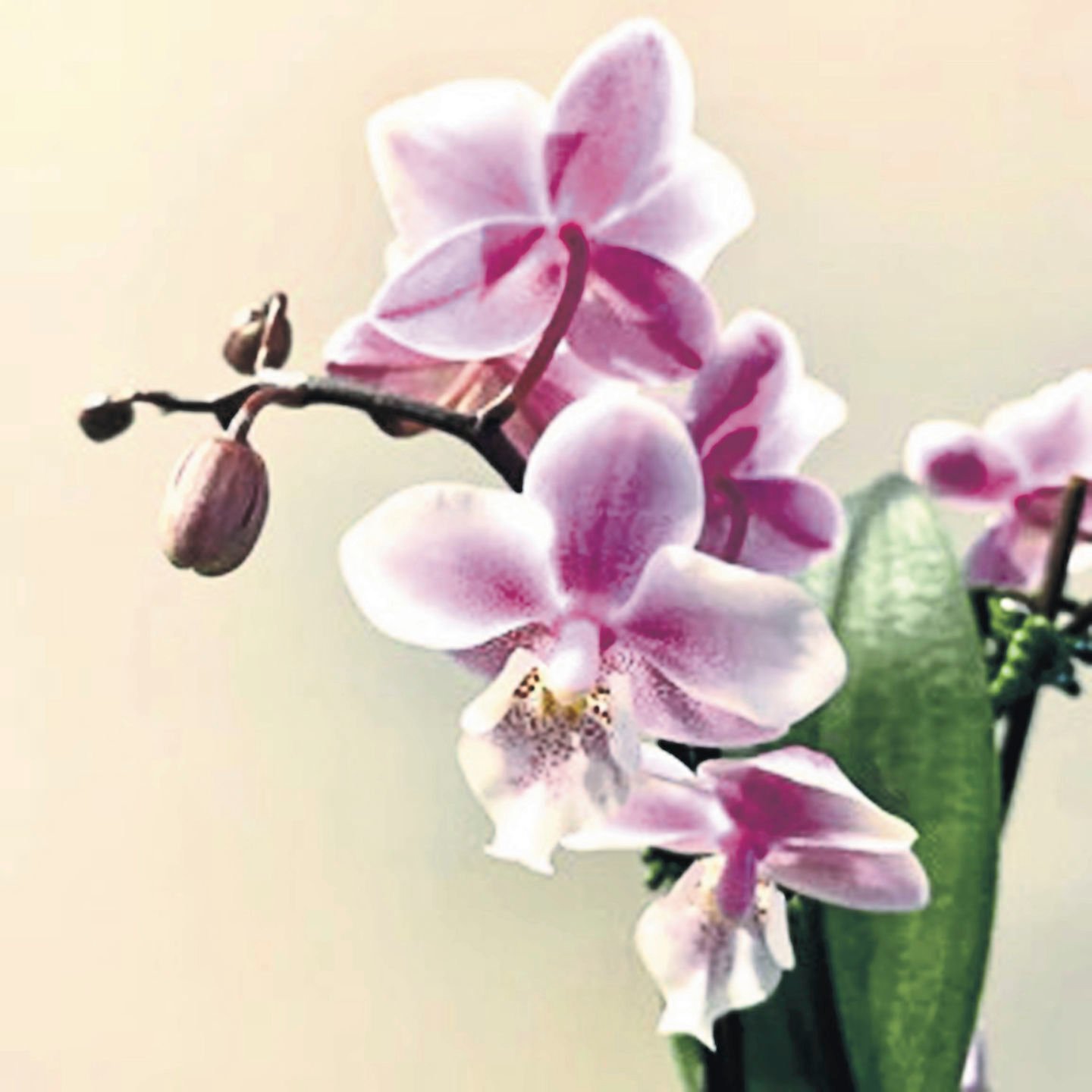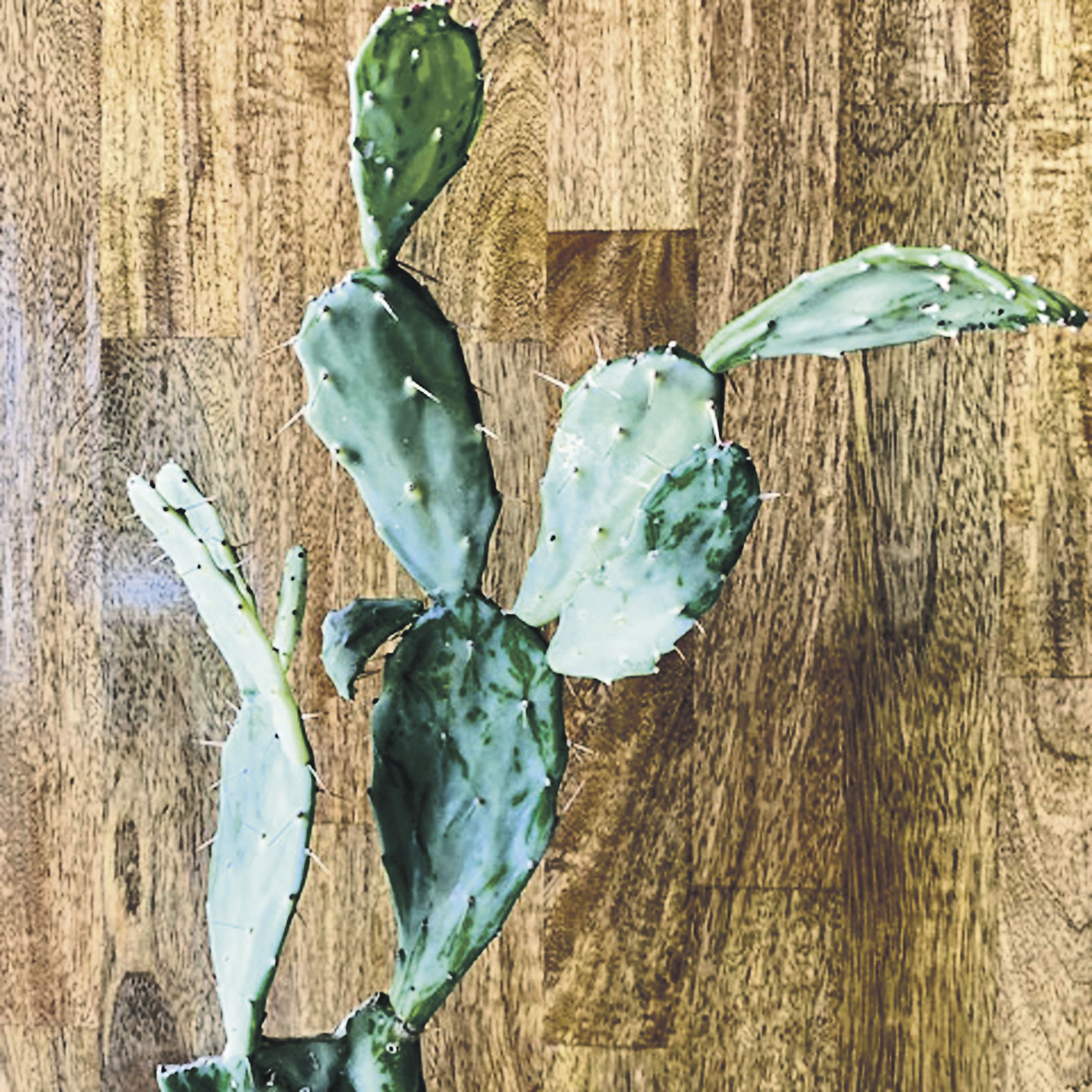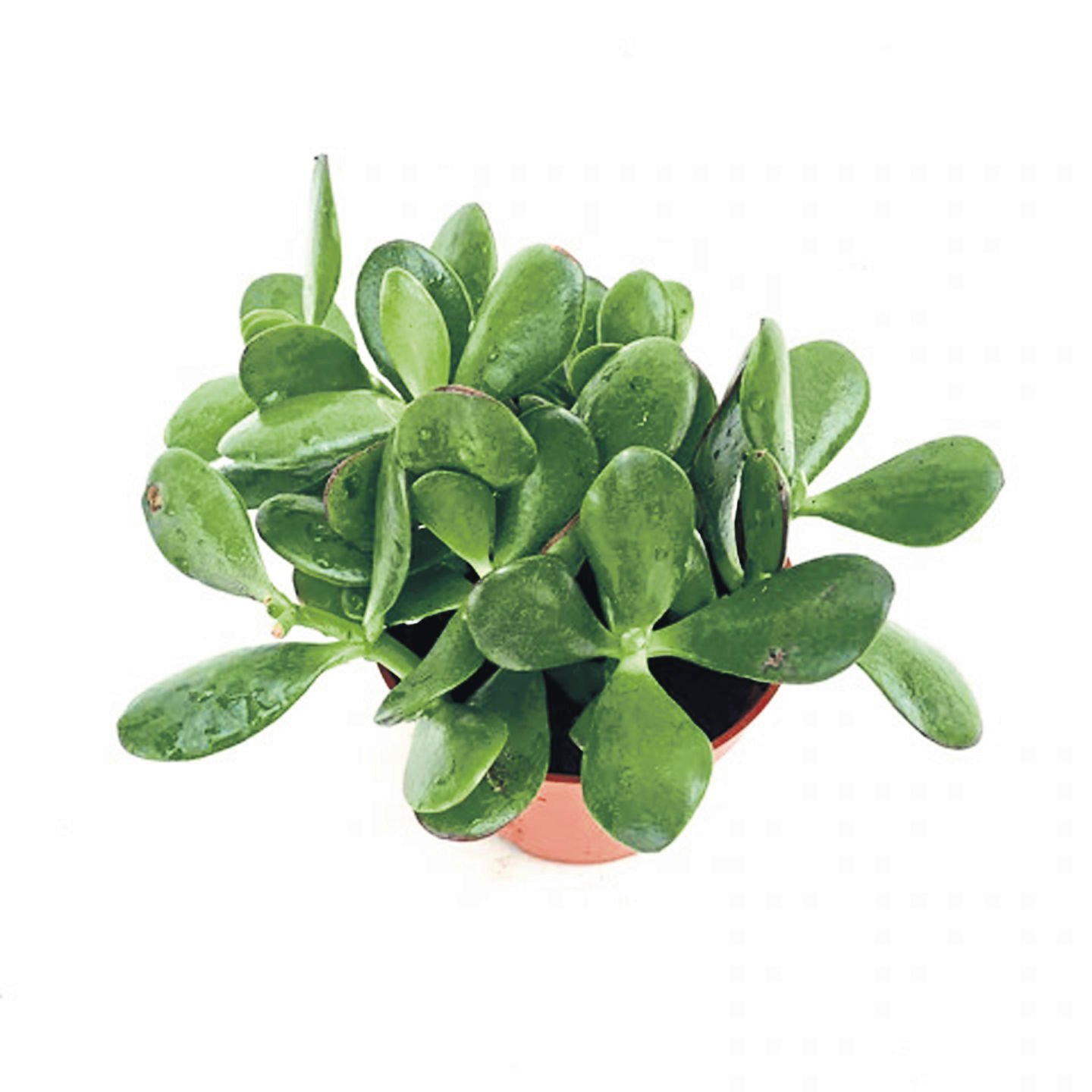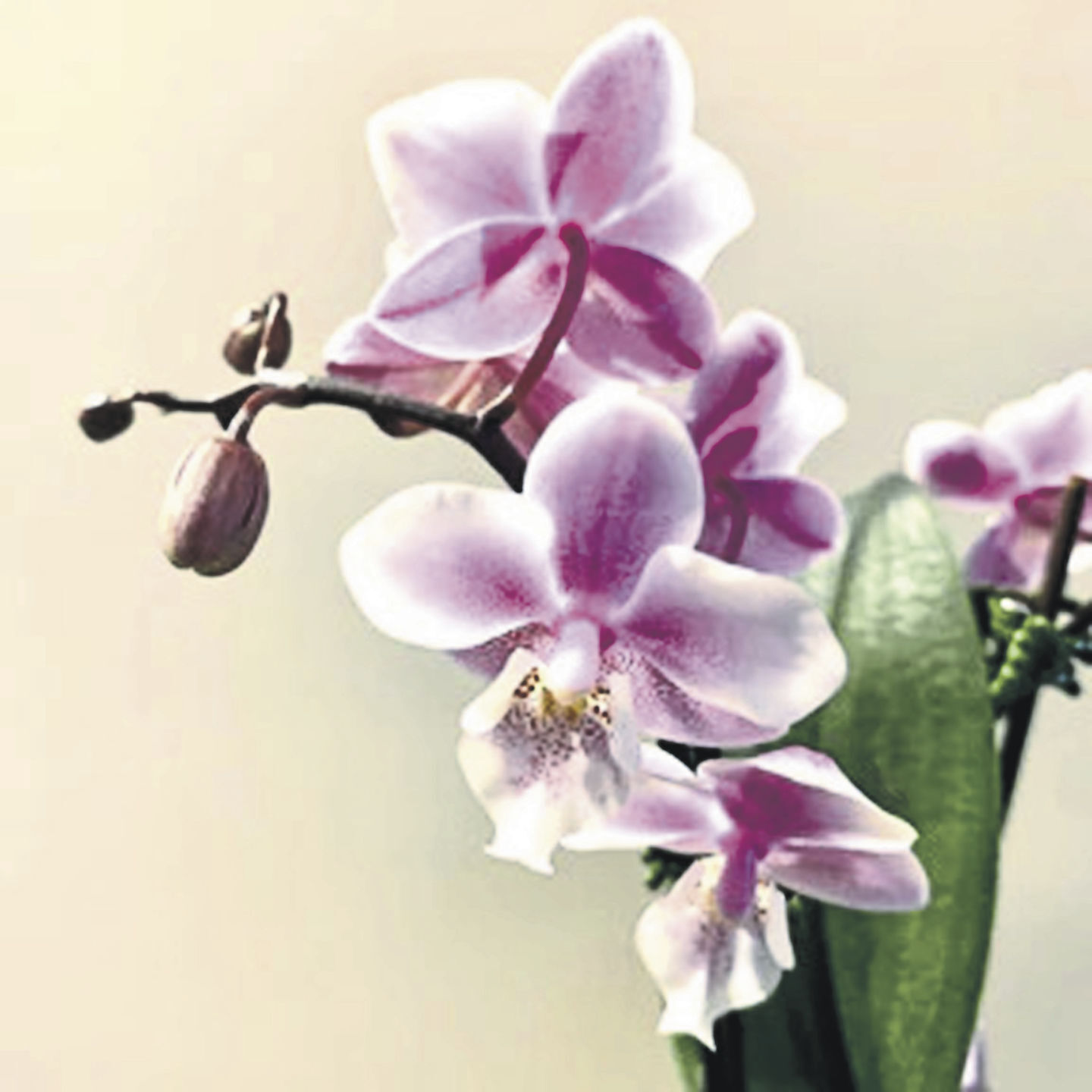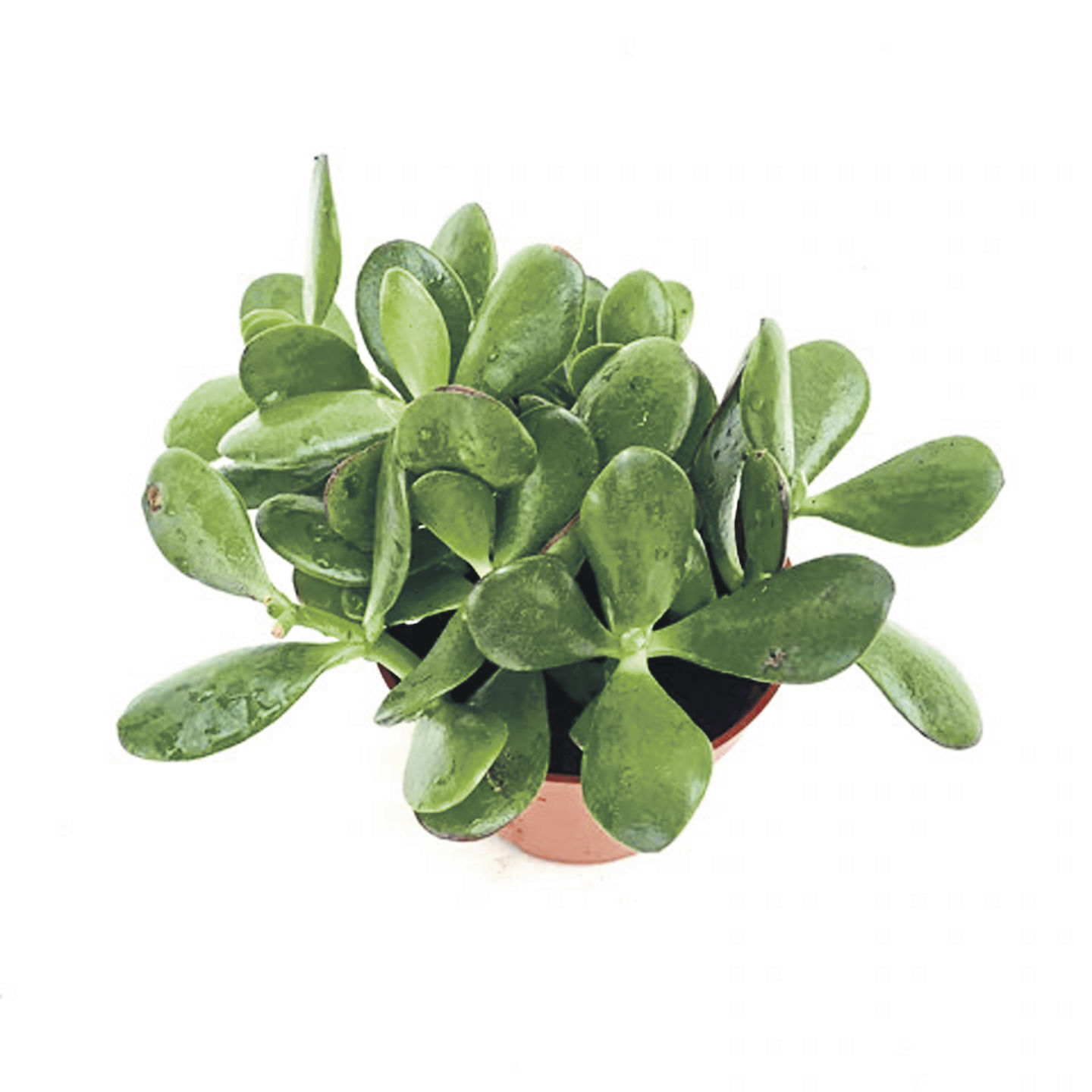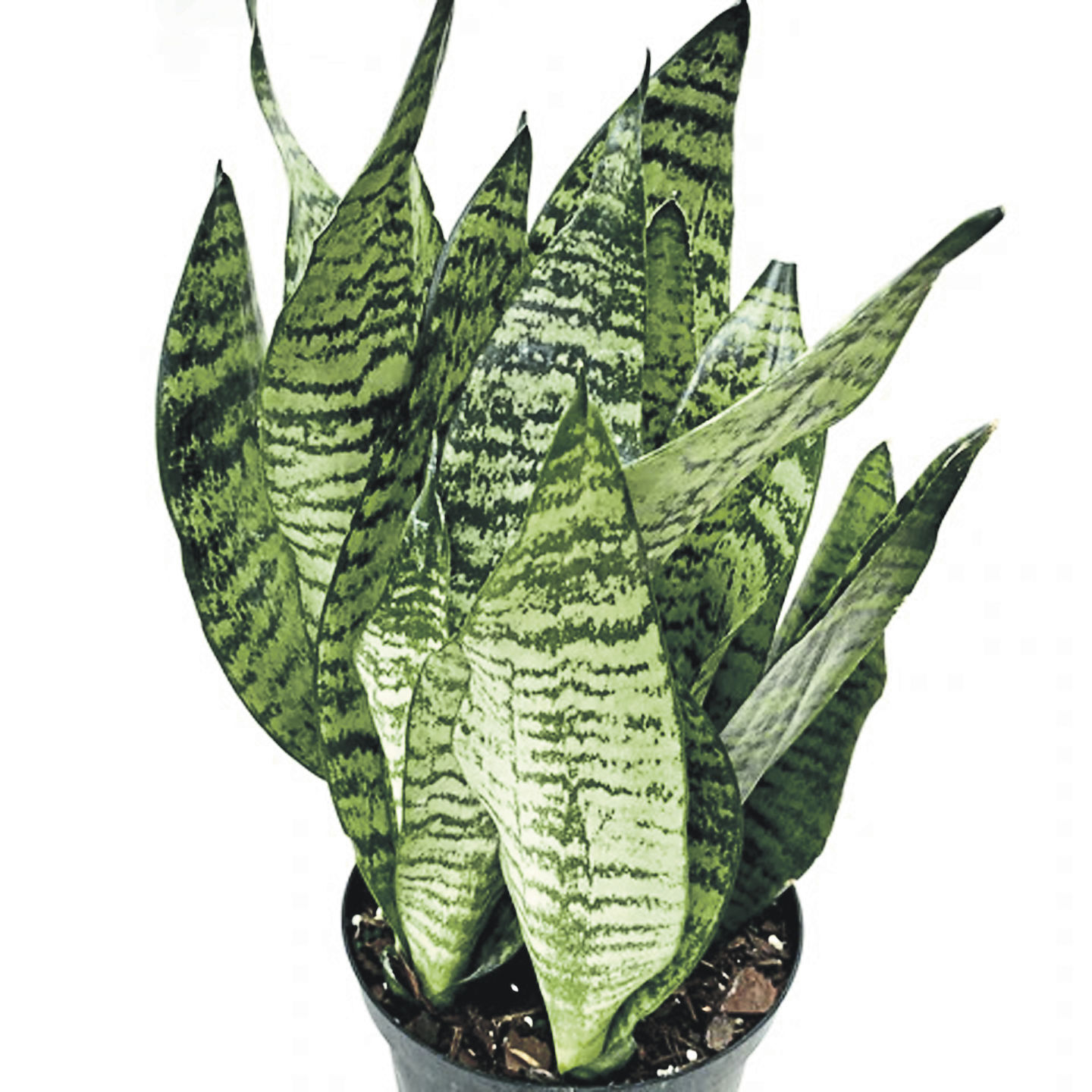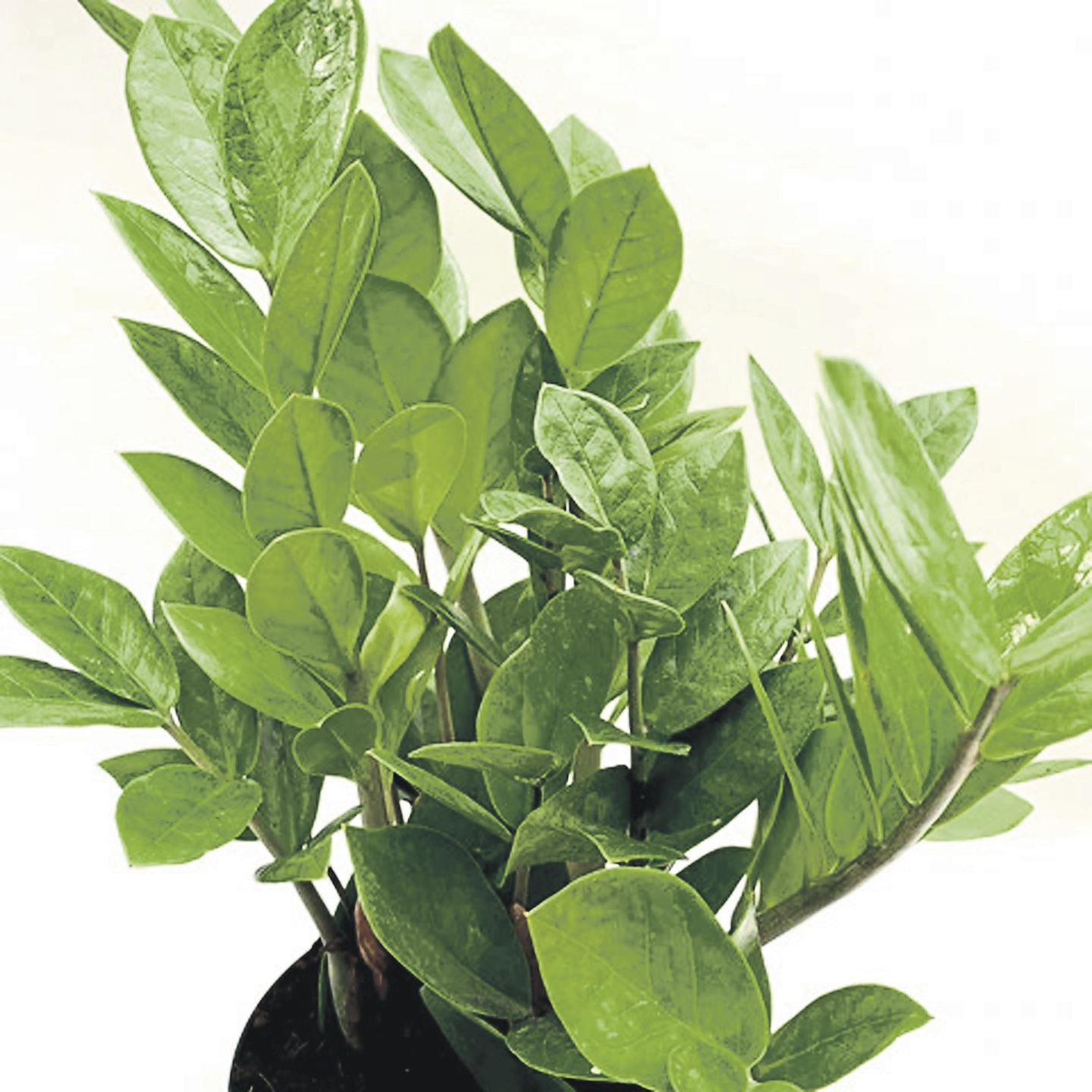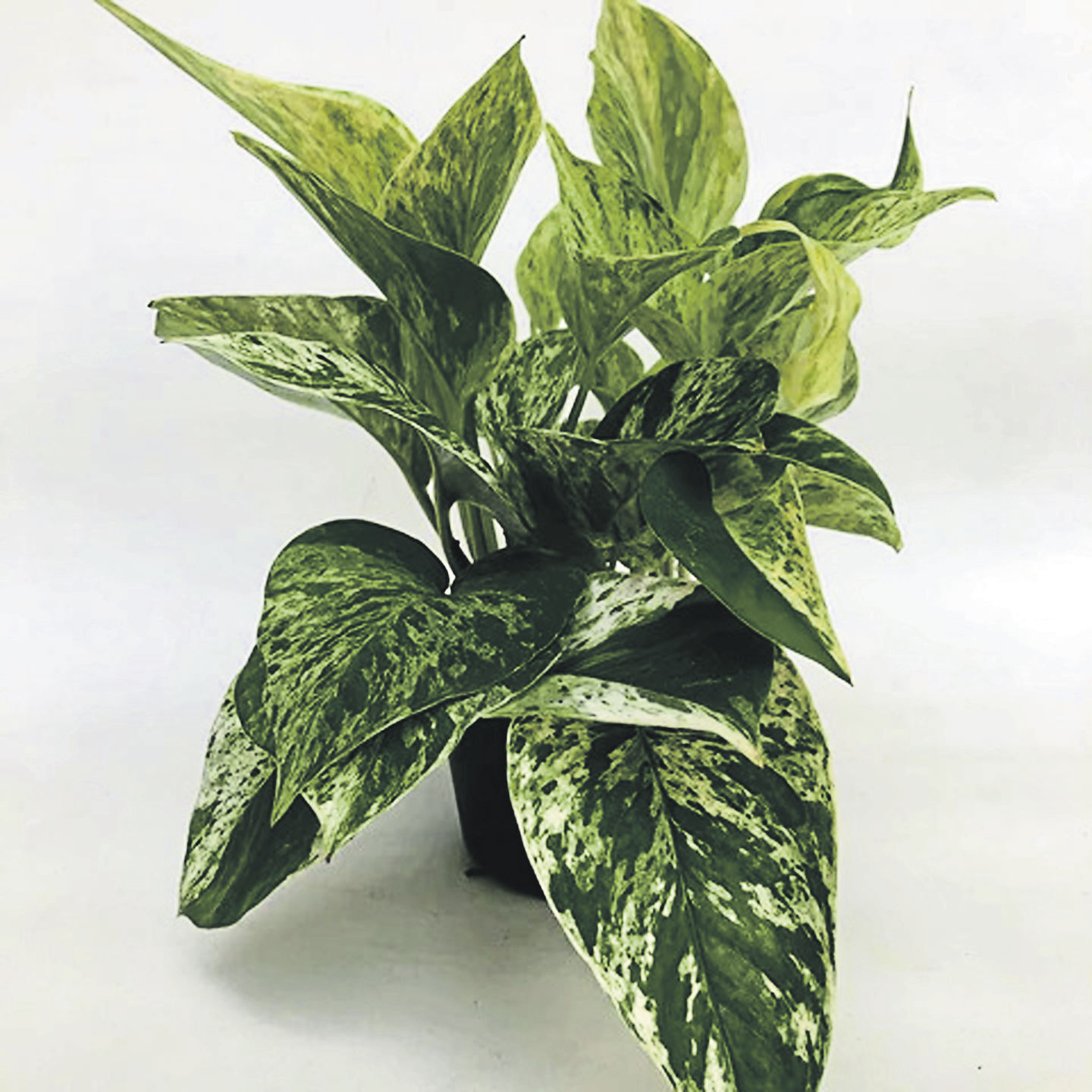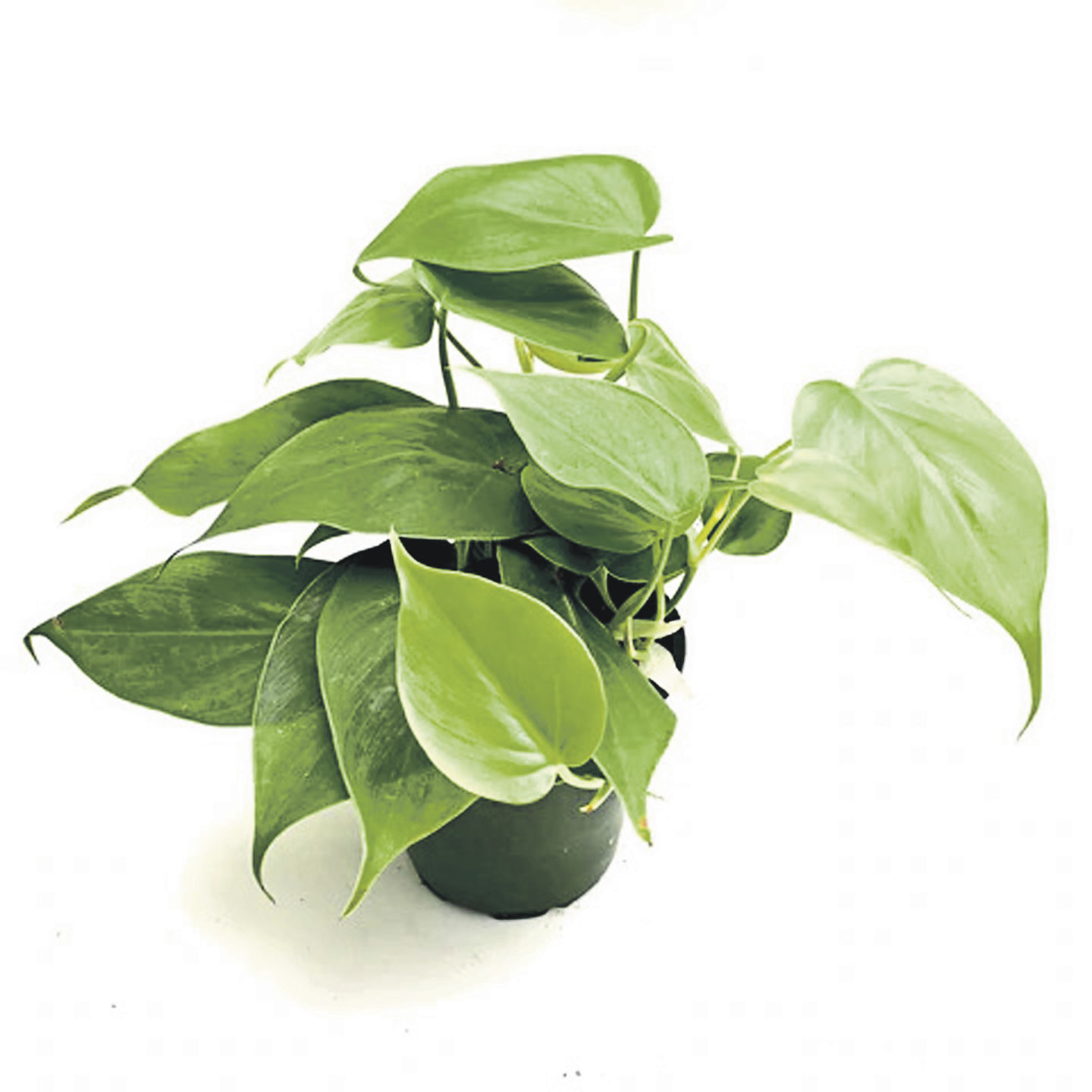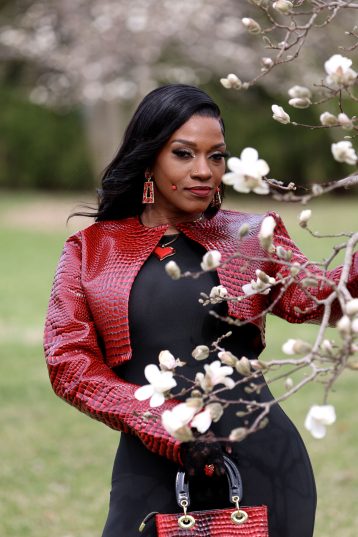If you have an inability to make plants grow, count yourself among those who have a “black thumb.”
Even if you love plants (and who doesn’t?), you might have decided you just lack the knack to keep them alive and given up.
But all is not lost.
Laura Klavitter, the plant expert behind Planted. in Dubuque, has good news for anyone who has ever self-identified as a plant killer: You can be successful in encouraging your house plants to thrive, surrounding yourself with greenery and happy foliage.
“There are definitely plants are a little more neglect-proof than others,” she said. “If you forget about them, you can still bring them back. And the key to successful plants is to follow a few rules. If you do that, it’s easy.”
Sansevieria
Known by many common names — mother-in-law’s tongue and snake plant are a few — this group of plants comes in all shapes, sizes, textures and colors.
“These are native to Africa, so they enjoy a good dry out period,” Klavitter said. “And they have a much higher tolerance to different lighting conditions. We say low-light tolerant, because no plant truly enjoys being in low light indoors, but there are some that will tolerate it better than others.”
Moving a plant even just a few feet can affect how much light it receives, and some plants are more sensitive to that than others. But sansevierias are hardy houseplants that will forgive some neglect.
“They’re very slow growing and they can tolerate less light,” Klavitter said. “But they can also be very happy in a southern facing window.
ZZ Plant
ZZ Plant is another native African plant that is very drought-tolerant, so if you forget to water it for a bit, it won’t die.
“They actually have water storage organs that look like little potatoes,” Klavitter said. “They store extra water.”
While ZZ plants also are low-light tolerant, they prefer brighter light and grow to about 24 inches tall, making them ideal floor plants or to keep you company on your desk.
Pothos
Whether it’s a marble queen, a neon, a satin or another variety of pothos, these plants won’t let you down.
“There are lots and lots of varieties of these,” Klavitter said. “You can really go down a rabbit hole collecting a specific kind of plant.”
Klavitter recommends pothos plants for beginners who might want something for a bookshelf or that might be more of a hanging or cascading plant.
“Usually, porthos people will try to catch them like Pokemons,” she said. “So that can be a lot of fun for somebody to do when they say, ‘I want something easy, something that’s going to be drought tolerant or will at least let me know when it needs water.’ These are excellent for that.”
Philodendron
Another hanging-type plant that is easy to care for is the philodendron.
“Once again, somebody could lose themselves collecting different versions and varieties of this plant,” Klavitter said. “There is the cordatum, which means heart and has heart-shaped leaves. There’s the Brazil, the lemon-lime. There are a lot of varieties.”
Philodendrons like indirect light. Putting them in a south-facing window wouldn’t be a great idea, but setting them a few feet back from the window will make them happy.
“These are excellent for kind of showing through wilting that they need water,” Klavitter said. “I don’t recommend that people stress their plant out every single time to the point where there’s a physiological response to needing something, but it’s a good indication. And they’re so forgiving that you can bring them right back.”
Dieffenbachia and Lady Palm
If you like your plants big, dieffenbachia or Lady Palm is for you.
“These are more of a jungle floor plant,” Klavitter said. “Very easy, very forgiving.”
Dieffenbachia prefers dappled filtered light, but the lady palm is low-light tolerant.
“The lady palms were very popular back in the 1970s,” Klavitter said. “They fell out of popularity for a long time, but now, they’ve come back because they’re so reliable and tough. They’re one of the few palms that don’t have special humidity or watering requirements.”
With large plants, Klavitter said to be prepared to offer some structure and support as it grows, such as a decorative ladder.
Hoyas
Another easy indoor plant with some exotic twists, hoyas are easy to grow, don’t require constant watering and are tolerant of lower humidity levels.
“People like to collect hoyas,” Klavitter said. “There are a lot of different options — dangling, cascading and those that will climb if given a support.”
Klavitter often recommends hoyas to beginners because they’re very tolerant of a good dry out between watering and because they can become family heirlooms.
“They’re going to be handed down from generation to generation because they’re so long-lived,” she said. “There are lots of different colors and leaf shapes and flower colors. They’re very popular, and people will spend thousands of dollars on hoyas that are rare and unusual.”
Air plants
Air plants make great accents in a tabletop Zen garden or other decorative accessory. And they’re easy to maintain.
“You can mist them once in a while,” Klavitter said. “What we do with ours at the shop is just put them in a bucket of water for five minutes every few weeks, then shake them out.”
Cacti and succulents
“Jade plants are very forgiving,” Klavitter said. “That’s what I recommend for beginners who want a succulent. They’re a little more tolerant of their watering schedule and a bit more tolerant of their light as well. If you overwater them, they’re not going to keel over right away.”
Klavitter said most people want the trendy rosette succulents, but they’re a bit more tricky to grow.
“Crazy-growing succulents is not what you want,” she said. “You want to see new leaves in the center, but you want it to stay flat and tight. You don’t want height. And that’s harder to get with these types of succulents.”
For cacti, Klavitter recommends either a Christmas or a prickly pear cactus.
“Cacti are dependent on day length,” she said. “The Christmas cactus is great because it’s one of the few cacti that aren’t from the desert. They’re native to Brazil, so they’re more tolerant of moisture and less light.”
True to its name, it will bloom right around Christmastime.
The prickly pear cactus, with its flat stems and edible fruits, is another cacti that is good for beginners.
“You can cut off the flat stems for re-planting, and in a few years you will get fruit,” Klavitter said. “It can be a lot of fun.”
Orchids
Contrary to popular belief, orchids are the perfect house plant for beginners.
“They are the easiest thing in the world,” Klavitter said. “You just have to follow the rules.”
Most people think an orchid is dead once it’s finished blooming, but its resting.
“They put all that energy into blooming, and they may bloom for three or six months straight, sometimes even longer,” Klavitter said. “Then they rest.”
She said the secret to successful orchids is in the roots. If you’re looking to buy one, be sure it’s in a clear pot so you can look at the health of the roots.
“Look at the roots,” Klavitter said. “If they’re white, it’s time for watering. If they’re still green, then they’re still hydrated. If they’re brown, you’ve got a root rot situation.”
She said that for all plants, moving them gradually between spaces will help you sort out the right place for them to be.
“If you move them from inside to outside in warmer months or within your house from one window to another to adjust the light they get, do it slowly,” Klavitter said. “We aren’t happy abruptly moving from one place to another, and plants don’t like it either.”
Planted. is located at 245 W. First St. Shopping also is available at planteddbq.com.
Michelle London writes for the Telegraph Herald.

